This Christmas season Cake Artists from diverse corners of India came together to to pay homage to the skill and artistry of sugar creators worldwide to form a group called Sugar Angels India: A Sugar Artists Initiative.
The Confectionary Artists have embarked on this shared journey, each contributing their unique flair to make this a vibrant group through collaborations and workshops to support each others businesses.This would be an artistic platform for experimentation and the exchange of innovative techniques.
This collaboration happened quite by chance when through an online interaction on social media, the artists joined a common Christmas Themed Event to showcase the beauty and creativity of the Sugar medium. The creator of this group, realising that many sugar artist were coincidently from the same city, saw it as an opputunity to come together to showcase the incredible diversity within the world of Sugar Artistry.
Coming together like this is an effort to pushed the boundaries of traditional cake design.
It began with meticulous planning and coordination, as artists exchanged ideas and inspirations through digital platforms. Some artists specialise in fondant sculpting, while others excelled in intricate piping techniques or innovative flavour combinations and various sugar mediums.
They plan to showcase their talent each month with a relevant theme and broadcast it on social media. There interaction would also involve frequent group meets and various up-skilling workshops to grow together as a community. Sugar Angels India is a testatment to the collective creativity of cake artists and aimed at bringing the Cake/Sugar community together.
We connected with the creative force behind this group, Ancy James, a Journalist and Sugar Artist at Ancy’s Sugar Art Academy, Bengaluru. She brought together some powerful narratives of these wonderful Sugar Artists collective specially for our readers. Each individual Artist’s backstory is a testament of how Sugar/Cake Art has the power to connect and inspire.
With Inputs from Sugar Artists Srijani and Jully Freddy.
Read on as members of Sugar Angels India: A Sugar Artist’s Intiative share their incredible journey into Cake Artistry
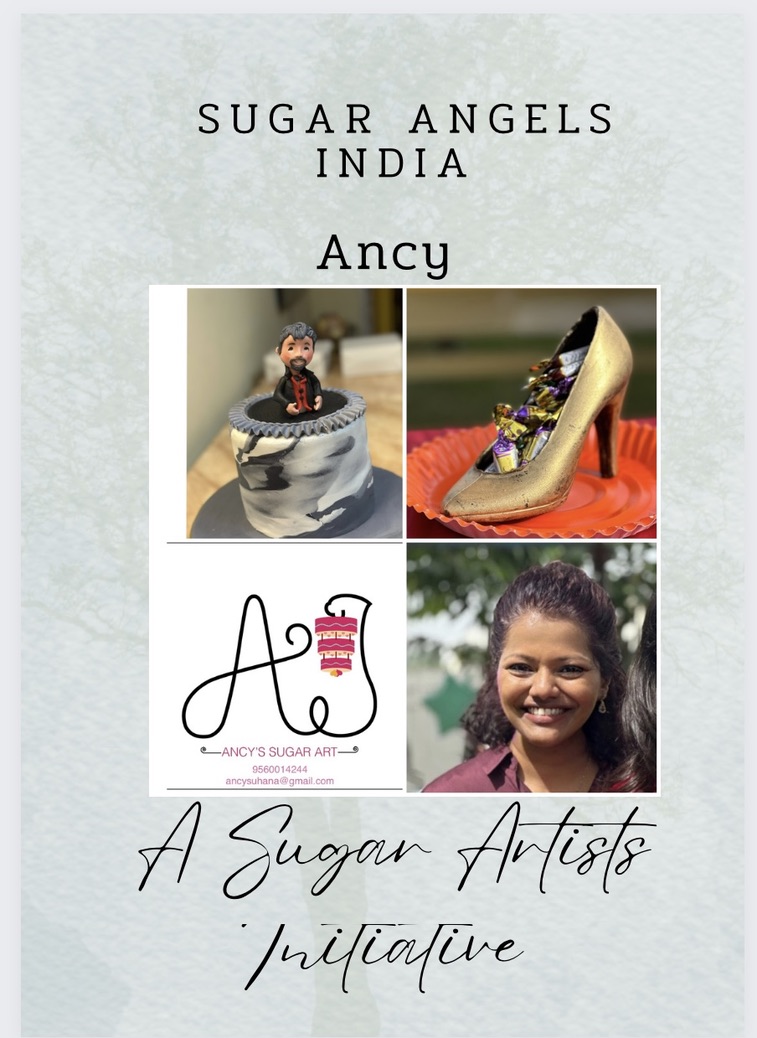
Ancy James
Sugar Artist/Chef Trainer, Ancy’s Sugar Art
Fb: Aancy james
Instagram: james_ancy
Email: ancysuhana@gmail.com
I read this quote sometime back “..everything in life that matters , requires risk..” It lies at the source of my back story of my journey into the Sugar world. My first experiences with baking came at home with my mom. Baking was our favourite ritual of the holidays . Later I started accompanying my dad in getting our annual Christmas plum cakes baked and spent many long hours learning the recipe and patience required for baking. Both my parents are proficient bakers and Masters of flavour. I was a Television producer for 17 years till my daughters ill-health made me leave my corporate job and consider doing my own business in order to have some sense of discipline in my working hours. At this phase of my life being a Master of my own time was crucial to me. Over the years I had been getting rave reviews about my Signature Christmas plum cakes, recipe handed down by my parents. It seemed like the ideal time for me to learn it professionally in the form of a culinary diploma. I also used this period to also get some certifications of some classic wedding cake techniques from international artists who were travelling to India at that time . I successfully ran my business in New Delhi, India for 2 years doing many customized birthday and wedding cakes . I also designed my signature hanging chandelier cake design in the year 2016, floral displays , 3d carved cakes and 3d royal icing cookies. Unfortunately a year after that I got diagnosed with depleting bone health and I understood that has been the main reason for my recurrent body pains and fatigue. I used this time to write as a reporter writing profiles and interviewing Master Sugar Artists around the world for a bakery magazine and continued being a part of the sugar and cake community . I told their stories of how and shared their niche styles of creating Sugar Art. It was also this year where I had enough of the hospital visits for my back pains and soon I started working out and later running marathons to get my energy levels in check and make my bones stronger . I became a fitness enthusiast and a marathoner in the last 3 years. That year with having lost 12 kgs and regained my bone health and energy levels. I also join as a Chef trainer for one year at a culinary institute teaching their diploma course . With the pandemic lockdowns my family had to shift to Bangalore for my husbands work in 2020. Now with this dynamic group, “Sugar Angels India: A Sugar Artists collective “, I feel we have a small family of likeminded sugar artists who can support and motivate each other to consistently keep creating Sugar Masterpieces . The goal is in keeping our ideology based on inclusivity My own goal is to keep improving every month and become a consistent artist and push my artists boundaries with each month’s challenge . I have a vision not just for the Bangalore Sugar/Cake community to be filled with inspiring and kind individuals who keep charming the community with their cake creations. I also hope to learn a lot from my most talented fellow Sugar Artists and build a strong community.
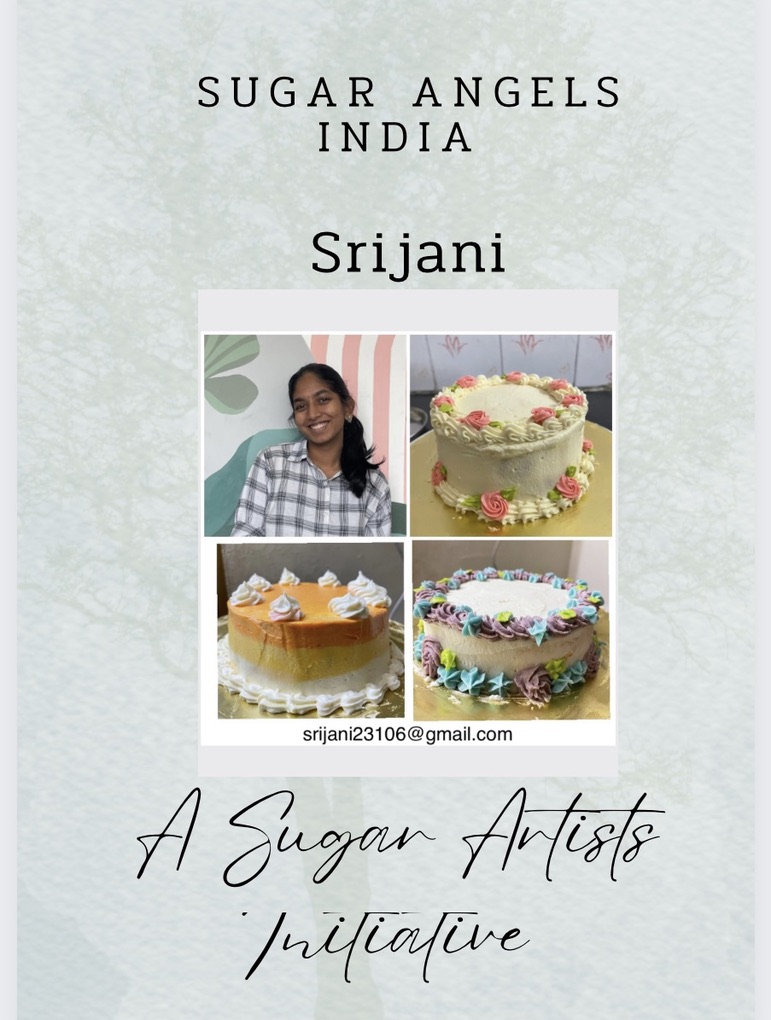
Srijani Vengala
Instagram: Srijanivengala
Email: srijani23106@gmail.com
Hi! I’m Srijani, a 17-year-old self-directed learner who loves baking. I take the responsibility of learning, I learn what interests me in different ways, in my own pace, way and style along with my cohort in aarohi community. Baking has been my hobby since I was 10. Back then, I’d make about 4-5 cakes a year, but now I bake that many in a day!
I got into baking by watching fun cake decorating videos on YouTube. When I turned 16, I felt the pressure to find a passion. I have lots of interests like cooking, writing, reading, making reflection games, painting, traveling, dancing but baking is on top of the list. In the past year, I went deeper into baking and even started my own blog and Instagram page. I’ve baked lots of cakes, cookies, cupcakes, bread, and much more. I explored about each ingredient with series of experiments
I’ve learned a ton by doing research, talking to other bakers, going to events, doing internships, doing projects, attending workshops, reading books, setting up stalls, and, most importantly, baking every day. YouTube has been my main teacher, and as I learned more, my love for baking grew too. Learning to bake is a journey that never ends. We always have to update and upgrade ourselves. This journey of learning to bake on my own not only gave me lots of skills but also shaped who I am today.
I specialize in baking different theme cakes, biscuits, royal icing and cookies. In the plan of setting up my own home bakery. Let’s see what this journey unfolds.
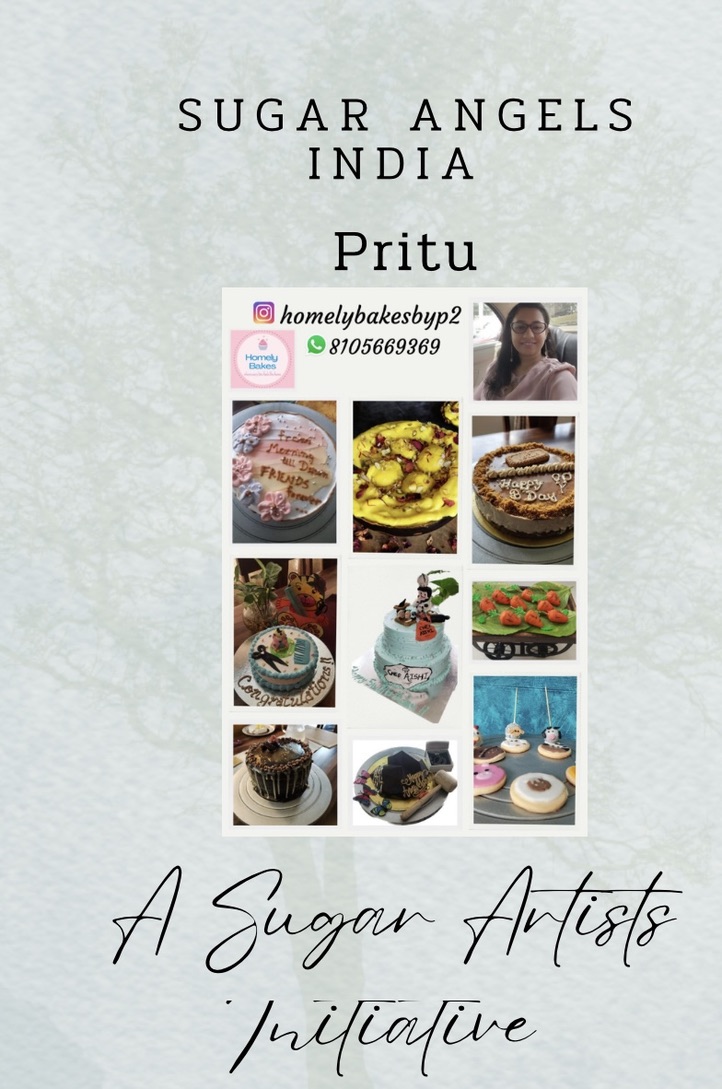
Pritu
Fb: Pritu Tandon
Instagram: homelybakesbyp2
Email: pritu.cse08@gmail.com
? Sharing Sweet Moments with Pritu’s Delights from “Homely Bakes”! ?✨
Come step into my kitchen, where the comforting scent of homemade treats tells a story of family, care, and the simple joy found in every bite. I want to invite you into the heart of my home, where my passion for baking began as a humble solution to the everyday struggles of a family with unique tastes and dietary needs.
A Family’s Sweet Journey: Baking with Love and Purpose ??
Life at home with kids, diabetic parents, and a vegan husband meant navigating through a maze of tastes and preferences. Store-bought treats were a luxury, and I found solace in my kitchen, armed with flour, sugar, and a dash of love. Baking started as a solution, a way to offer something special to those I hold dear.
It wasn’t about extravagant creations but the small, heartfelt gestures that come with a homemade cookie or a slice of cake. Baking became my daily ritual, a way to show love and care through the simplest yet most cherished bites.
Wholesome Indulgence: Baking from the Heart ??
In my kitchen, sweetness is redefined with a unique cake technique that embraces the goodness of whole wheat and fruits. I believe in using less refined sugar, opting for the natural sweetness of jaggery or dates. The magic unfolds as I adorn each creation with premium whipped creams and milk products(dairy/non-dairy), ensuring a delightful treat that not only tastes good but also feels good.
These treats aren’t about following trends; they’re about sharing the love and joy that a homemade slice of goodness can bring. Whether you follow a vegan lifestyle, are health-conscious, or simply love a good treat, my creations are designed to bring a sense of comfort and joy to your table.
A Life Beyond Baking: Tech, Art, and Wellness ??
Beyond the clatter of pans and the hum of the oven, I’m a tech enthusiast with a background in IT. I’m just a home chef who loves to simplify life’s chores with a touch of innovation. Small apps here and there, making daily tasks a little easier, all with the goal of more time for the things that truly matter.
And then there are the quiet moments—drawing with my daughter and taking leisurely walks. These aren’t grand adventures; they’re the small, everyday joys that make life sweet and simple.
So, come on in and join me in this journey of cozy kitchens, shared smiles, and the joy of simple, homemade sweetness. Let’s create memories, one bite at a time. ?✨ #CozyKitchenChronicles #HomemadeJ
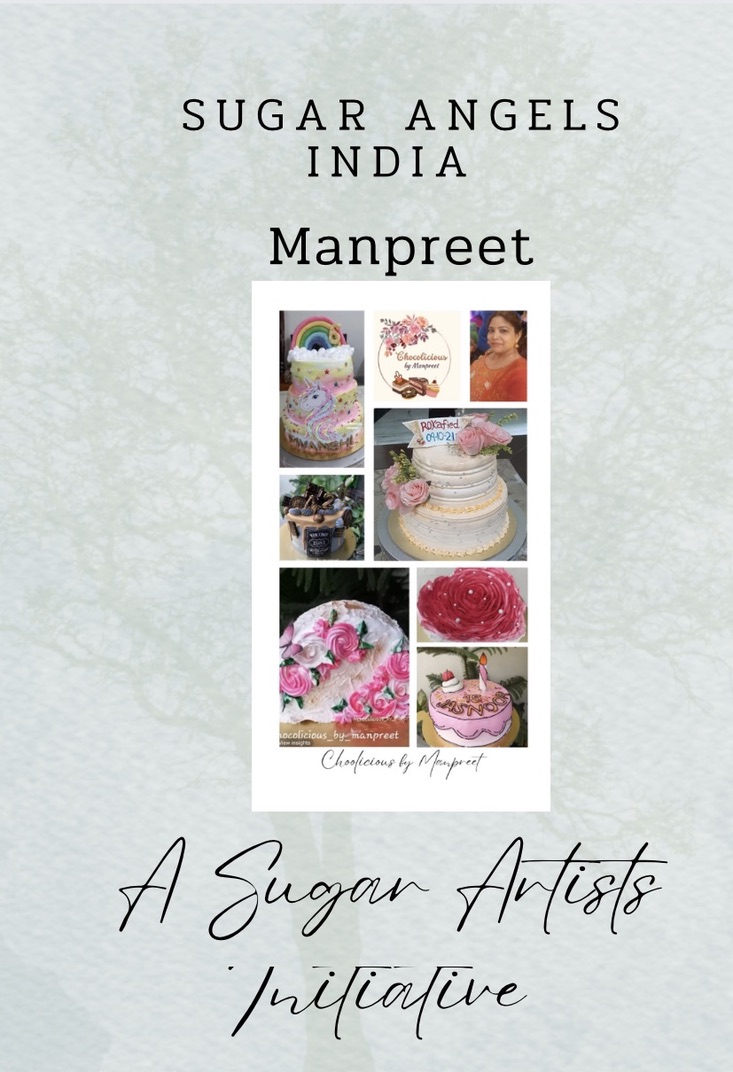
Manpreet Kaur
Fb: manpreet170619
Instagram: chocolicious_by_manpreet
Email: manpreet170619@gmail.com
Hi, I am Manpreet Kaur from New Dellhi
Initially, I started Baking for my family as a hobby. Once, one of my friends asked me to bake a cake for her father’s birthday , I thought of giving it a try thats how I took my first order and all appreciated it and that’s how my baking journey begins. It’s been almost 4 years of baking experience now. Now baking makes me happy and my cakes make others happy.
I enhanced my cake baking and decorating skills by attending short courses which edit to my learning process and I started executing them in my orders.
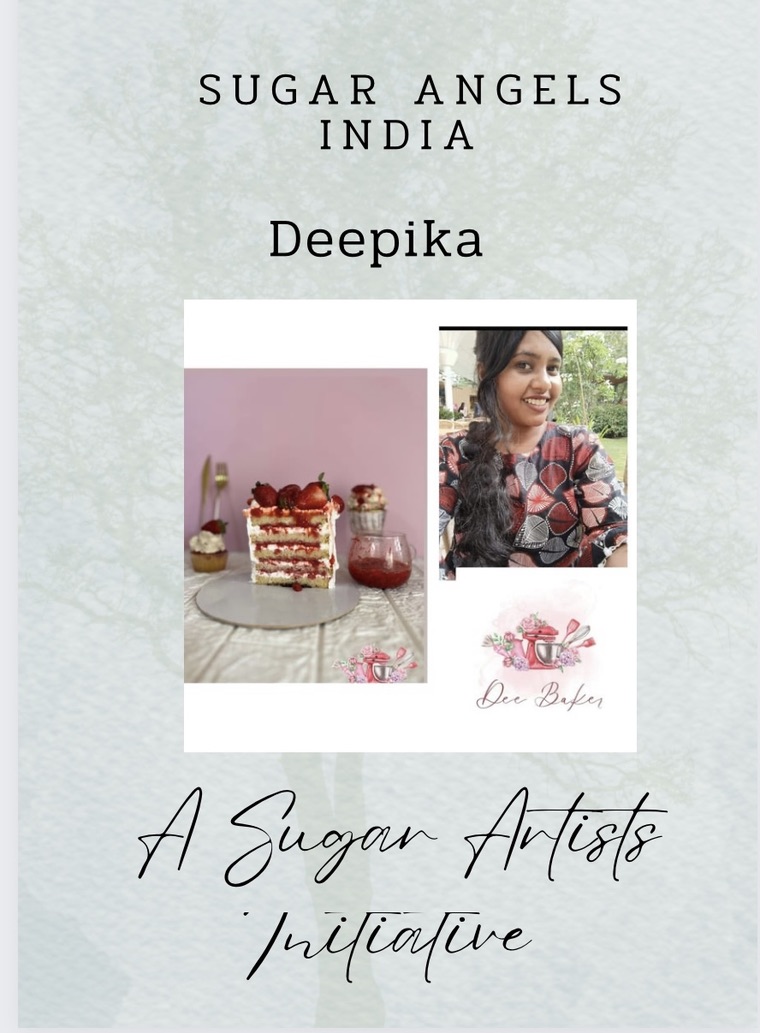
Deepika
Fb: Dee Baker
Instagram: dee_baker
Email: deebakerbakes@gmail.com
Baking has always been my heart’s calling, an avenue where I could unleash my creativity and bring something new into existence. I’m not just an engineer by degree; I’m an engineer turned baker, merging the precision of designing circuits with the artistry of crafting delectable cakes.
My journey into baking was a natural progression, fueled by a genuine love for the process. The transition from circuits to cakes may seem unexpected, but for me, it was a seamless blend of technical expertise and a passion for creating something beautiful. This unexpected fusion of skills has proven to be a unique advantage, infusing my baking endeavors with both precision and artistic flair.
One of my proudest skills is my piping technique – a game-changer in the world of cake decoration. It’s a seemingly simple yet transformative method that can turn even the most basic cake into a stunning masterpiece. I’ve honed this skill with meticulous attention to detail, ensuring that each creation is a work of art that leaves a lasting impression.
Apart from baking for my business, my free time is synonymous with more baking. It’s not just a hobby; it’s a lifestyle. I find myself constantly experimenting with new recipes and exploring innovative techniques. The kitchen is my creative haven, and I’m always striving to make myself better in this field. My goal is simple: to give only the best to my customers, and I’m willing to master everything that will make that aim a reality. This relentless pursuit of improvement is not just a professional aspiration; it’s a personal commitment to delivering not just products but experiences that linger in the memories of those who savor the magic of Dee Baker’s creations.
Baking isn’t just a profession for me; it’s an ongoing journey of self-improvement and a way to express my artistic inclinations. My unique blend of engineering precision and baking artistry sets me apart, and I view every challenge as an opportunity to enhance my skills. Free time means more baking, more experimentation, and a continuous quest for perfection.
In my world as Dee Baker, every cake is a piece of my heart. It’s not just about the ingredients; it’s about the dedication, innovation, and, above all, love that goes into each creation. Baking is more than a culinary pursuit; it’s a form of self-expression that captivates the senses and leaves a lasting imprint on the palates of those fortunate enough to experience the magic of Dee Baker.
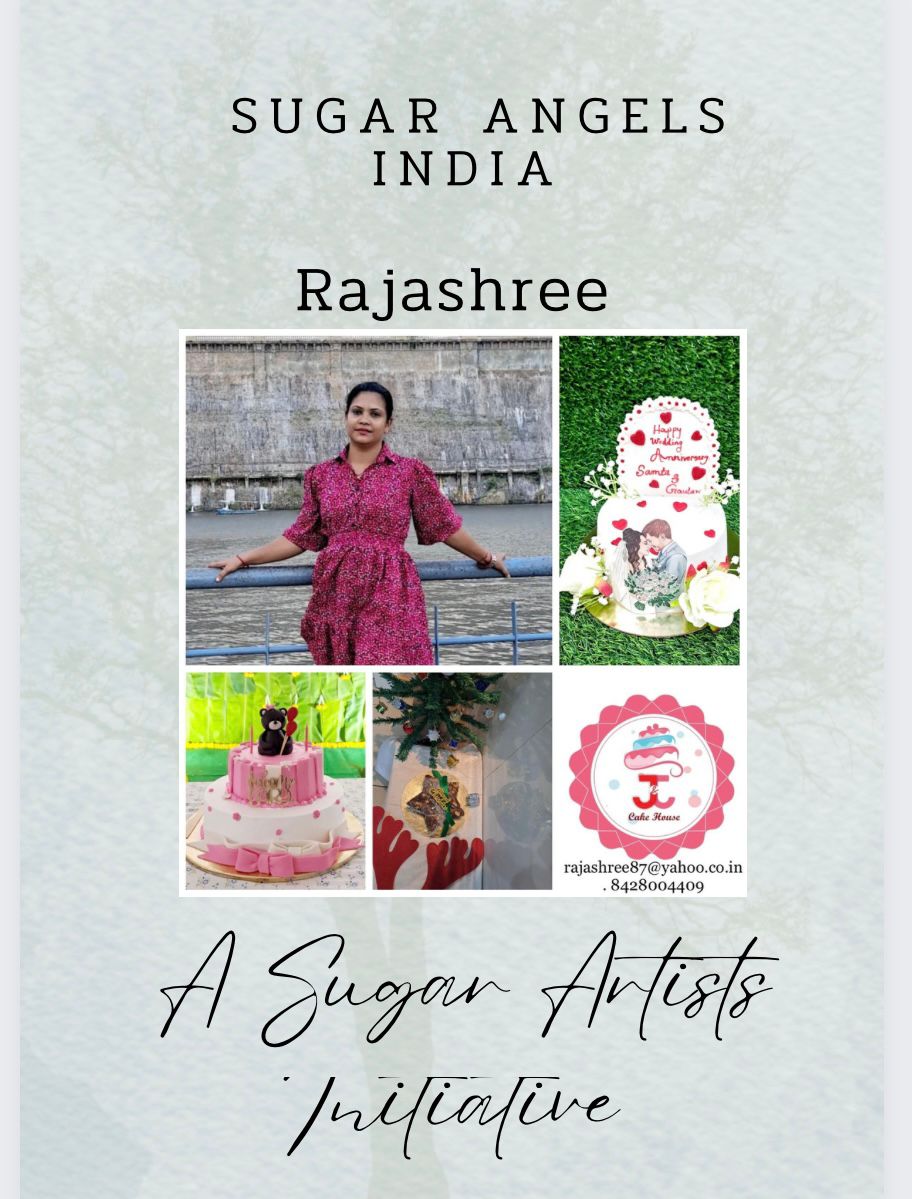
Rajashree – J&J cake house
I love Baking now my passion and I’ve always enjoyed it. I wanted to do something on my own, something that I enjoyed. When I started baking for my family and friends, everyone loved it. Their feedback encouraged me to do more of it. That is how J&J cake house was born.
I used to decide pricing based on many factors like the material cost, time and effort, amount of customization, design aspects of the cake and delivery.
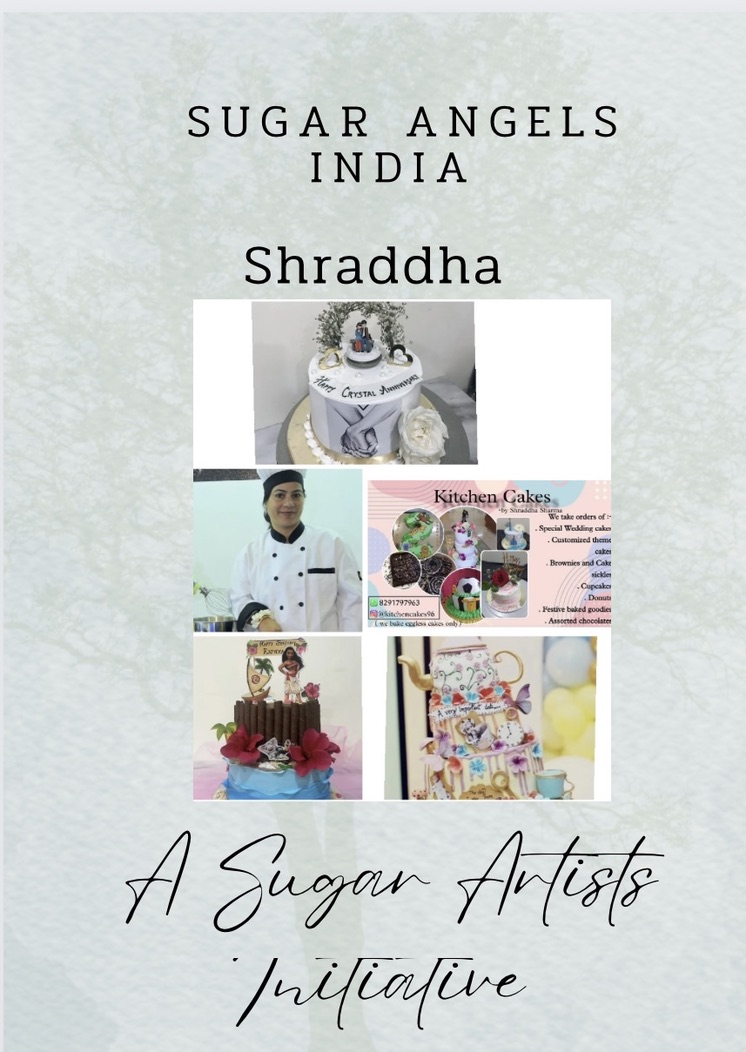
Shraddha Sharma
Instagram: kitchencakes96
Email: Shraddha.sharma@smgi.edu.in
From a Molecular Biologist to a A Biology Lecturer i never realised that a creative baker hidden inside me.I was baking cakes just for my family and friends for many years.All thanks to my friends who motivated me to take up baking as a profession.During lockdown when people were hesitant about buying cakes from outside it was my turn to take up my hobby as a profession.
I started my baking profession with full boom during lickdown and appreciation of my work motivated me to devote more time in baking.Love of my clients always kept pushing me more towards baking when I was still working as a biology lecturer.
I am a self learned baker who turned her passion in to profession.
I am a proud mother of two kids, Biology Lecturer since last more than a decade and still impress people with my creative cakes and other baked items.I love to sing devotional bhajans and motivate people towards spirituality.
Often people ask me that how do manage with your job, kids and baking?
I smile and say …”Jab aap kisi kaam ko shiddat se chahte hain toh sari kaynaat aapko wo kaam kerne ka time de hi deti hai “
What kept me baking was the appreciation by my clients…many a times people told me that you are PhD and from medical background why are you doing this work…trust me this is something which works as a medicines for me. Baking is not only a source of earning gor me but it’s a way by which I get so much of mental peace.When people don’t stop saying thankyou thankyou for my work all my hard work gets paid.
I love baking nothing can stop me doing that.❤
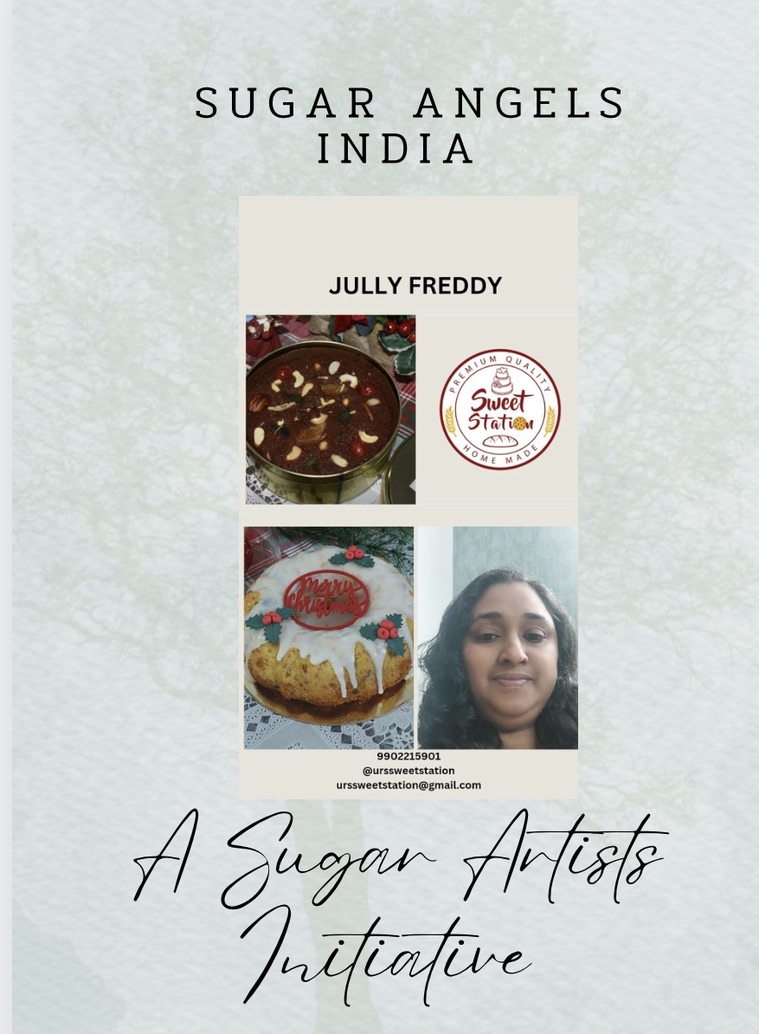
Jully Freddy
Fb: sweetstation@Delicaciesfromhome
Instagram: urssweetstation
Email: urssweetstation@gmail.com
Sweet Station Sweet Station’s story is a tale of resilience and passion. Its founder, armed with a postgraduate degree in MCA, transitioned into the realm of motherhood, setting the stage for a unique journey. Despite facing challenges in pursuing a traditional career, the love for cooking and baking remained a constant source of inspiration. Supported by the unwavering encouragement of family and friends, the dream of establishing a career in the culinary world began to take shape.
The initial steps involved revisiting the basics, honing skills, and seeking knowledge from professional chefs. Basic baking courses provided a solid foundation, gradually building confidence. With faith and perseverance, the dream materialized into Sweet Station—a haven for homemade, homebaked, and handcrafted delights, perfect for all celebrations.
Sweet Station takes pride in crafting flavorful and delectable bakes, distinguishing itself by steering clear of artificial flavors and store-bought ingredients. The commitment to using natural, quality components ensures a taste that stands out.
Beyond merely satisfying taste buds, Sweet Station holds a deeper commitment to societal well-being. A visionary move saw the introduction of healthier options such as Wheat breads and Millet breads. This stems from a profound sense of responsibility towards providing families with wholesome food choices.
The ultimate goal for Sweet Station extends beyond being a mere bakery; it aspires to be the go-to destination for all your healthy baking needs. The vision is clear—to offer a comprehensive solution for those seeking not only delicious treats but also mindful, nourishing options. With dedication, perseverance, and a touch of divine grace, Sweet Station continues to grow, embodying the fusion of passion and purpose in every creation.
Sweet Station is set to strengthen its wings by partnering with Sugar Angels—a like-minded team sharing a common vision. Sweet station eyes at getting a mutual assistance and support also having a mutually business relationship going ahead.
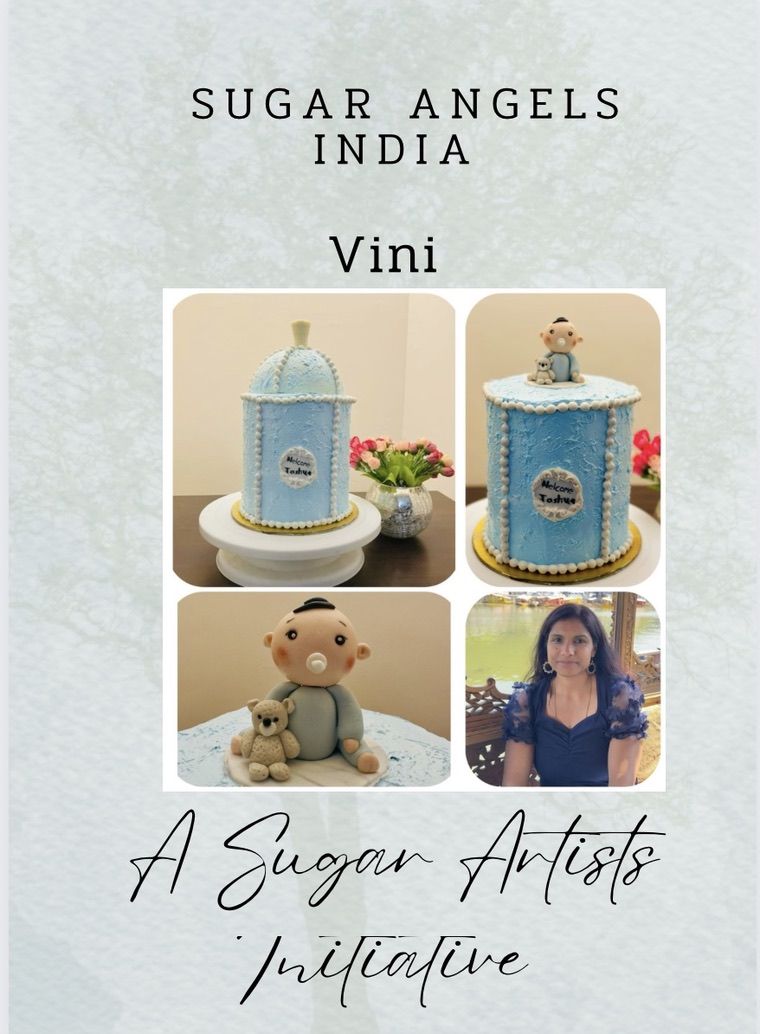
Vini Philip
Instagram: vinscakecrush
Facebook: vini philip
Email: viniwin07@gmail.com
We are all busy meeting our life needs on daily basis.There is no much room in life to nurture any hobbies that you already have or to discover a new exciting hobby to try specially when you are an IT professional and a mother of two kids and also living in a city where your life and time both stuck in traffic.The Pandemic was the time, when really I and for that matter many of us would have found their new likings which eventually would have become their hobby turned into passion. It did n my case indeed, but not to the extent that I choose to leave my current IT job .
So I grew interest in baking during pandemic , by started baking decorative cakes for my kids’ birthdays , as getting cakes during lockdown was not possible . I grew up watching my mother trying out all different delicacies for us and one among them was cake, she used to bake amazing ones . And probably pandemic gave me the opportunity to put those memories into action . When I initially started, all neighbours appreciated the efforts. And finally when I started getting requests for orders, I was thrilled to take up those opportunities to explore the sugar world even more closer. After every cake, the smiles and word of appreciation that I used to receive, gave me a strong push to come up with something better next . Internet is a World Wide Web of ‘Gyan’(knowledge and experiences), all you have to do is look for right information, keep learning and put into practice. I always enjoy doing unique design every time, putting my full heart and soul into making those sugar art pieces.
Each time I bake, I feel a spark of joy in my soul. It feels like, I am born to mix flour and make magic from it.
As I am into full time IT job, it is not possible for me to drive full time parallel baking business alongside . I do take orders occasionally as time permits.
I wish to see this passion of mine growing into a bigger dream with all your support . Please visit the insta handle @vinscakecrush, surf through the content and leave your likes, comments and share the word to support me in this sugar world journey.
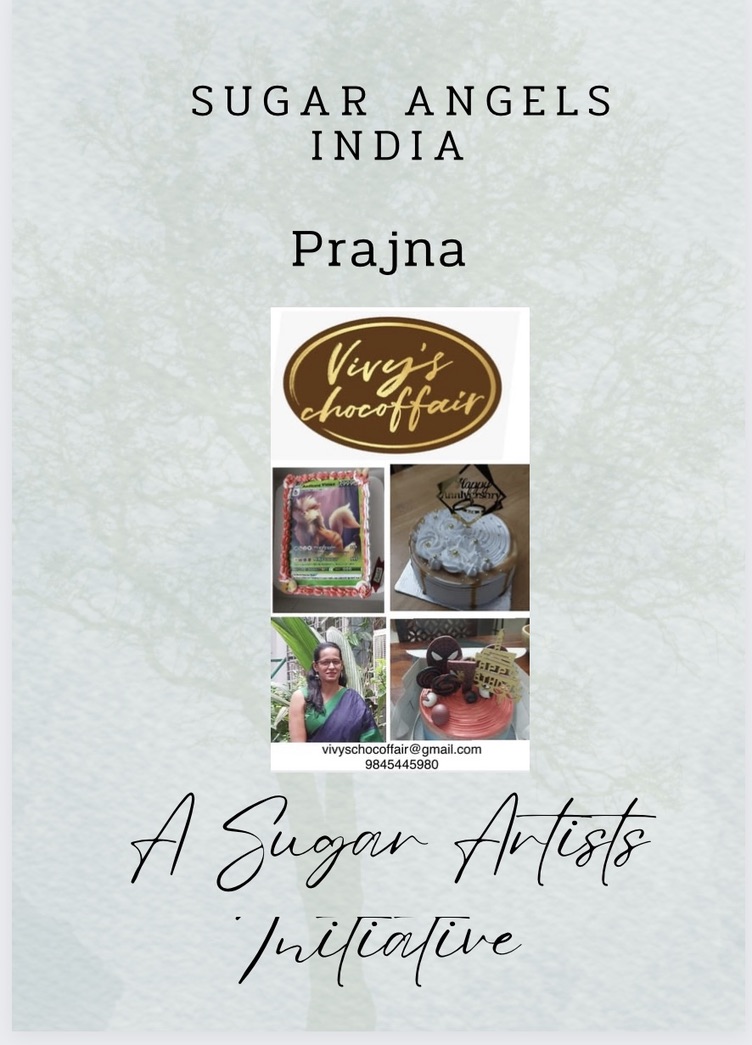
Prajna
FB: Prajna Halambi
Instagram: prajnakh
Email: prajna.kh@gmail.com
Bakery products are always my favourite and now my kids also like those, be it cakes, biscuits, breads or puffs.Growing up i always thought that baking was difficult and only done at bakeries since i had not seen anyone in my family baking. This was until Usha athae ( my maternal uncle’s wife) bought a homemade chocolate cake for my 10th or 11th birthday ( can’t remember exactly ). It was amazing to me and my brother and we loved it, it was nothing like the ones we ate from the bakeries and also it was eggless. We always thought that cakes were made only with eggs and we can’t make one at home as we are vegetarians. So this cake from my athae opened up the possibility of baking at home and that too eggless. Looking at our love for cakes, my mom learnt from my athae on how to bake, and my dad bought an oven ( the old bajaj oven which is round in shape) for my mom. From then on my mom would bake us cakes and butter cookies very often. My school friends would always go gaga about the chocolate cake baked by my mom.
Strangely i never tried to bake all those years growing up and even after my marriage. Though it was always in the back of my mind, I used to push it away thinking that investing in an oven was not worth it and I would not use it so much. Fast Forward to 2014 with my two boys growing up I thought that I should learn to bake for them. I invested in an otg and started looking for eggless recipes online and trying them out. Some of my bakes turned out good and some were disasters. Nevertheless I learnt from my mistakes and worked on improving myself. First time I tried baking for my elder son’s birthday, though my frosting was not up to the mark but kids loved it. It made my day. From then on till date I bake a cake for my boys birthday every year. Apart from that my close friends trust me and order cakes on all occasions. With the constant support from my family and friends I am taking small steps towards baking as my profession.
Before covid i used to bake cupcakes in large no for schools through a friend who had a catering business. It all stopped with the lock down. With my husband’s encouragement I started taking some online courses from reputed chefs from the industry to improve my skills and knowledge.
This was also the time I officially launched vivy’s chocoffair. Apart from being a passionate baker I am also a chocolatier.I craft my own bean to bar chocolates from the cocoa beans from our own plantation in coorg. All said and done, Vivy’s chocoffair is taking its baby steps and I am learning and growing as a baker. Now being a part of Sugar Angels by Ancy from Ancy’s sugar art is like taking one step away from my comfort zone and stepping into a new world of baking , which will help me grow as a baker and make new friends in the process.
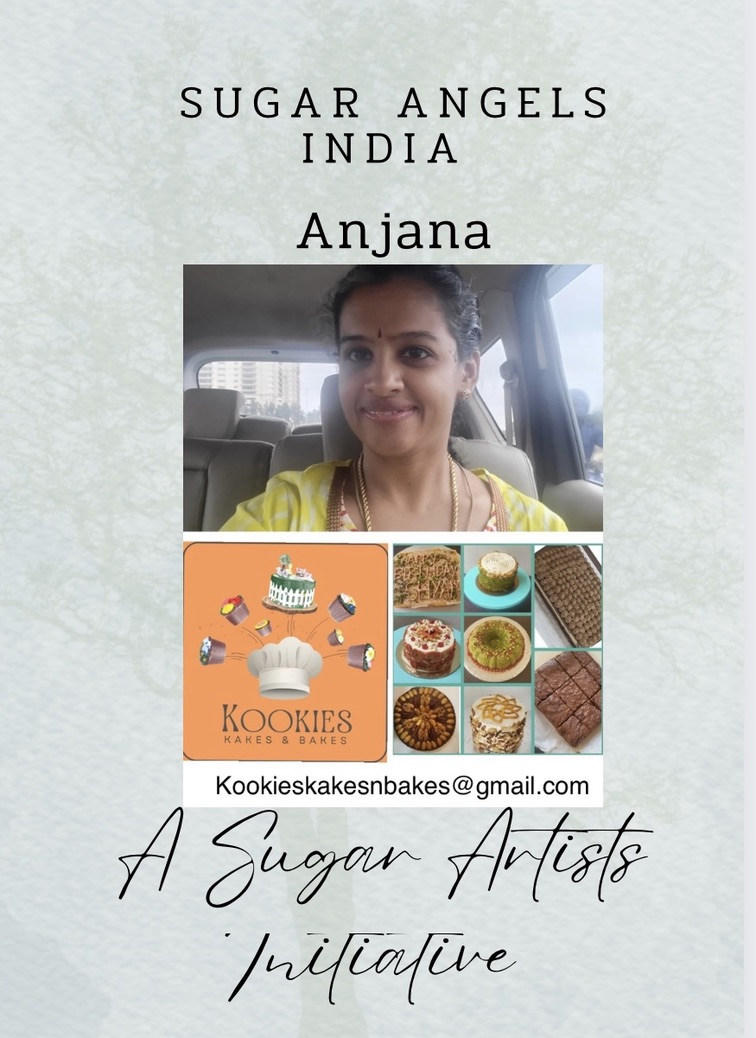
Anjana Madhusudhan
Instagram: Anjanamadhu271109
FB: Anjana Madhusudhan
Email: kookieskakesnbakes@gmail.com
“Until my brother and I were 10 years old my Mom used to make cakes for our birthdays and also having a sweet tooth baking piqued my interest. My 1st foray to baking was through Fondbites School of Sugar Arts in Velachery, Chennai with Ms Subhashini Ramsingh. I graduated from The Institute of Culinary Education, New York with a Diploma in Baking and Pastry Arts (Dec 2016 to Oct 2017) & an Advanced Cake Decorating Programme (Feb 2018 to May 2018). While the Baking and Pastry Arts Program focused on baking and science behind the bakes the Advanced Cake Decorating Program focussed on various techniques of decoration like piping with butter cream and royal icing and structural cakes. As part of my externship worked for 3 months in Roots Steakhouse, Morristown, New Jersey(Aug 2017 to Oct 2017). Did a variety of cakes like a chocolate tower cake, carrot cake with cream cheese frosting and various other bakes. Once I graduated worked at Carlos Bakery from Jul 2018 to Jan 2019. Made a variety of bakes like doughnuts, cupcakes, Danish, apple turnovers, croissant, fondant topped cookies. Made various fillings such as apple pie, french cream, lobster tail, whipped cream and chocolate mousse. Having come back to India, found a lot of my family and friends preferred egg free gelatin free bakes so the conception of Kookies Kakes and Bakes came to life. My 1st bake once the inception was for a friend. Made a Kashmiri Kahwa Cake (Recipe courtesy Chef Smriti Iyer of Smriti’s Special). Subsequently made a lot of different cakes for friends and family and other bakes. In Feb 2023 had a stall in Phoenix Mall, Velachery and sold Brownies and Dessert Bars (Apple crumble bar, Almond crumble bars, Biscoff bars and Caramel Cashew bars). Had a good response and it was nice to hear what people liked and preferred and also what people are looking for in a baked item. In Oct 2023 I had prepared 50 hampers for Diwali (10 for friends and the balance for a corporate office). It consisted of the following items: 1. Karachi Biscuit 2. Jeera Ajwain Cookies 3. Masala Granola 4. Pistachio and Almond Bar 5. Brownie with a cookie crumble 6. Dates filled with nuts and Praline This in particular taught me the importance of planning in advance and what are all needed to plan for a Hamper. While the baking portion of the hampers was easy to do, this experience taught me how to have proper communication with client, the quantities of goodies needed for the hampers and the different genre of individuals I had to interact with to get the hampers together. It truly was a learning curve for me. So to stay updated in the field of baking have attended both online and offline classes from renowned Chef’s such as Smriti Iyer, Zulekha Badar, Karthika Shravanti, Zareen Shaukat, Gauri Kekre, etc , each giving their perspective in the baking and arts field. My goal to start the business was to use the funds to provide cakes/pastries to children and families in villages and rural areas.

Sujatha Kiran Kattishettar
Instagram: zepellin_treats
I am an IT professional and last worked with Oracle. IT can be a very taxing career over a period of time. In addition to that, there were health issues at home. Thus I quit my IT profession in 2018. Why I got into Food Business? Working as an IT professional was a means to earn money, but making different varieties of food was always my passion. I could always decide on a good menu. As a young girl, I would always suggest to my mother what goes well with a dish. My mother was a perfectionist in whatever she cooked. Together we cooked a delicious meal. In 2019, I, together with my sister in law, started making Indian traditional food. She introduced me to her friends and gave them samples of what I made. Then, towards end of 2019, Covid happened. I stay in a big apartment complex, so with hotels and eateries getting closed, it opened a big opportunity for people like me. I supplied breakfast and lunch. My realisations: Professional shortcomings. Need for a set system. Identifying what to make when. Looking for suppliers of raw materials. Over came professional shortcomings by doing short term online courses. Setting a system is an ongoing process. Today after nearly 4 years, I humbly aim to keep the Indian traditional festival foods available.
● Baking: I keep my cakes simple as decorating them is my weakness. So I make simple, tasty Christmas cakes, Mawa cake, pound cake, coffee cake etc. However, I bake Lasagnes veg and non veg, Spinach and mushroom pie, Gingerbread cookies.
● Chocolates: Started making chocolates for my son, but loved by most, young and old. I make chocolate walnut fudge, truffles, liqueur chocolates,etc.
● Being from Karnataka, I picked up most of the savouries and sweets from my mother, friends, relatives and the training company, Alippo, for festivals like Makar Sankranti, Holi, Ugadi, Ganesh Chaturthi, Dassera, Diwali, Christmas and New Year.
● Then the occasional specialities ordered by my friends and neighbours like Enchiladas, Quesadillas, Falafel sandwich, Various types of cheesecakes (Tiramisu, the most popular of all) for small parties at home.
● Another point I would like to make, my savouries and sweets have gone to Australia, UK, US, Sweden and Canada, when people travel to these places. Covid gave a lot of opportunities, like there was a baby shower happening in US, so they wanted me to send some treats to their relatives in India, so they could have it during the zoom ) meeting. People buy these savouries even to gift their friends and relatives in Bangalore instead of store bought sweets.
● My USP: All orders made only after order is placed, thus assuring freshest dishes.
● Most dishes can be ordered all round the year , except where ingredients are seasonal. Other Interests: Packaging: Always on the lookout for attractive packing materials. If need be, I make my own packaging boxes as well.
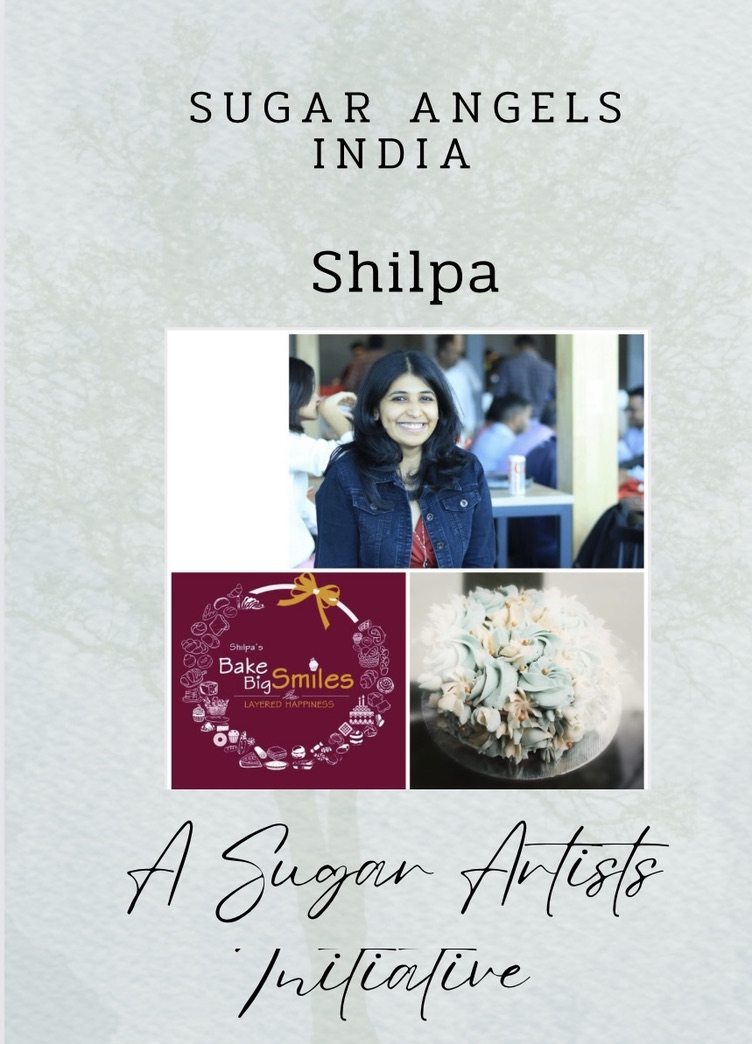
Shilpa Sajan
FB: Tiramisu
Instagram: mittu436 Email:shilpas673@gmail.com
In my school days, a group of four girls, including myself, stumbled upon the joy of baking on a lazy Sunday. What started as a casual weekend activity soon turned into a delightful venture as we began creating cakes for neighbors’ birthdays. Our diverse team, each with unique talents in decoration, baking, greeting card design, and social media management, quickly gained recognition.
Shik
Our journey took an unexpected turn when a talented artist from the neighborhood joined us, sharing her decoration techniques. This collaboration sparked a creative fire, leading us to venture into selling cakes, complete with personalized greeting cards, using the power of social media.
As college life unfolded, my passion took a back seat, only to resurface when I started working. Baking muffins and banoffee pies for colleagues became a heartwarming experience as their appreciation fueled my desire to explore this culinary path. Slowly, my focus shifted to crafting niche delights—muffins, small event cakes, and banoffee pies—each creation a testament to my evolving love for the art.
Though dreams of a grand bakery persisted, life’s responsibilities often redirected my path. Yet, within my small corner, I’ve built a world where I sell not just baked goods but moments of pure happiness. Join me in this journey of Bake Big Smiles, and let’s create lasting memories through the simple joy of food. ?
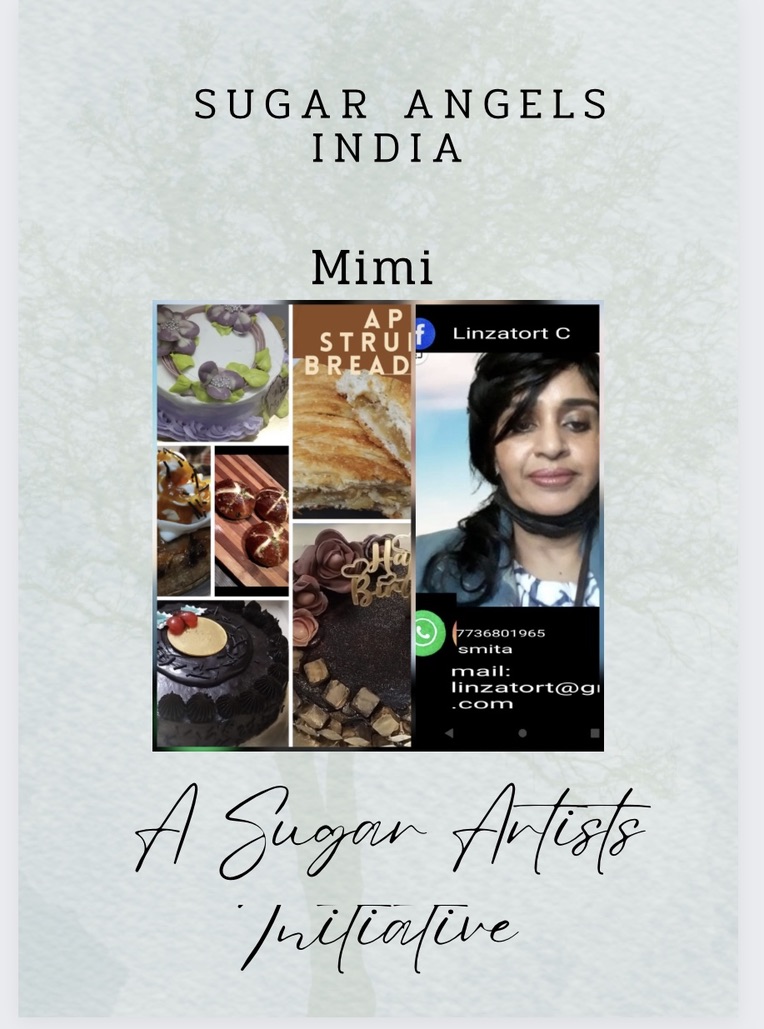
Mimi
Gmail: Linzatort@gmail.com
FB: LinzatortC
Baking makes me happy, and my cakes make others happy. Spreading joy is immensely gratifying.
Cooking was one of my passions and I always had a sharp sense of taste but to me, baking was intimidating, something only to be attempted by bakeries. Though I helped my mom to make the Christmas cakes, never did I think about icing cakes.
During my stay in Uk I attended a baking course which made me think of baking to be an accessible and interesting line of culinary skill which I fell in love with
Started baking for friends and family and the appreciation received encouraged me to take it up as a business. Over time I honed up my skills and added healthy bakes to my repertoire of bakes
Every order is a chance to learn and customer satisfaction is my prime focus delivering quality
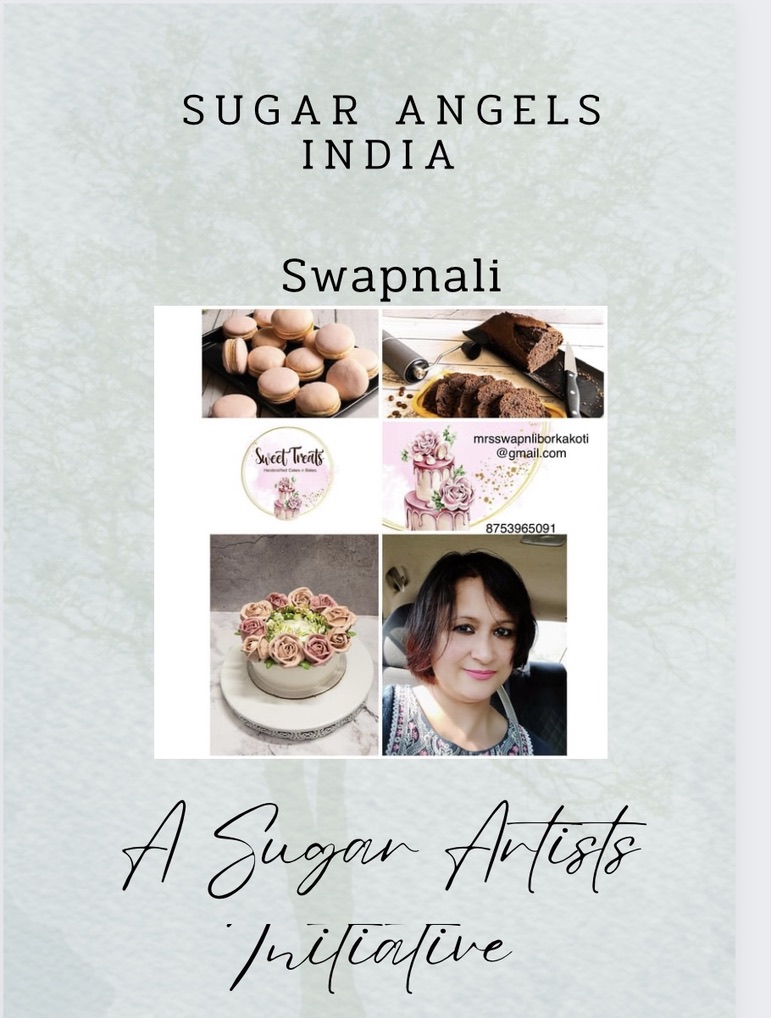
Swapnali Dutta
I am from a lovely place in Assam, calemailled Guwahati. I am a Master in Science with a B. Ed degree. I had been a teacher for almost 10 years, I owned a coaching centre too. My husband has a transferable Sjob. So I gave up my job to join him and keep moving from place to place every 3 years. We have 2 kids of 16 and 10 years. My husband has got a very demanding job and can’t spend much time with them. So I decided not to do any job and stay back at home to take care of them which I did happily with utmost sincerity and dedication.
I always had a passion for baking and now that the kids are quite grown up, I am taking my hobby seriously. I used all these years to learn and upgrade myself and kept making small investments in buying cake tools and other items. Now I am fully equipped to gear up my hobby to a full fledged business. I am taking up orders now and I am so happy that people are liking goodies. I am getting loyal customers. I make wonderful cakes, cupcakes, tea cakes, muffins, brownies, cookies etc but I am yet to explore the field of bread and bun ( dough) baking.
My journey has started from my small kitchen but my dream is to take my business to a greater platform, I would like to have a chain of outlets for Sweet Treats – that’s the name of my business. I would also like to start a baker’s hub to sell some amazing bakers’ tools, equipments and other raw materials. I will be happy if I am able to give employment to a few people.
But my most sought after dream is to start an Academy—a patisserie institute( I am a teacher inside, you know)once I get myself sufficiently upgraded. That will be my contribution to the society which will help me to empower the people.
So that’s my story and my dreams. I will strive hard to achieve them.
Thank you all for reading my story so patiently.
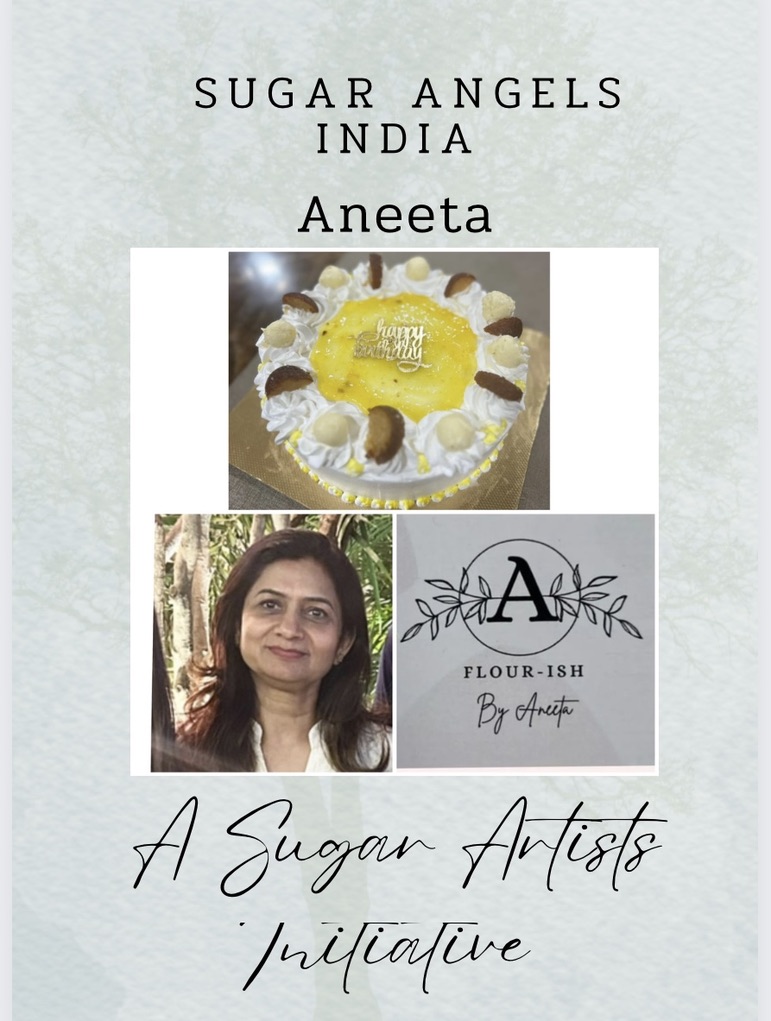
Aneeta
Instagram: flourish_by_aneeta
Email: aneetavchopra@gmail.com
Flourish by Aneeta is not just a home baking venture; it’s a heartfelt journey rooted in my passion for baking. Starting this venture at 58, when most people retire, I aimed to challenge the belief that age limits pursuing one’s passion. Originating from baking for my family, who really pushed me and motivated me to grow my passion, I yearned to offer healthier options and redefine the idea that age is just a number.
Elevate your celebrations with our signature monogram cupcake platters and diverse cake offerings, each crafted with an unwavering commitment to taste and quality. Delve into our exclusive collection of healthy bakes -Anee eggless, gelatin free, sugar-free, and ‘no maida’ – tailored for fitness enthusiasts and those mindful of well-being. Our range extends to pet-friendly treats and Jain-friendly options, embracing diverse dietary preferences.
Looking into 2024, our vision is clear – reaching more hearts with our products, promoting healthy indulgences, and unveiling fresh, imaginative designs. Join us on this flavorful journey!
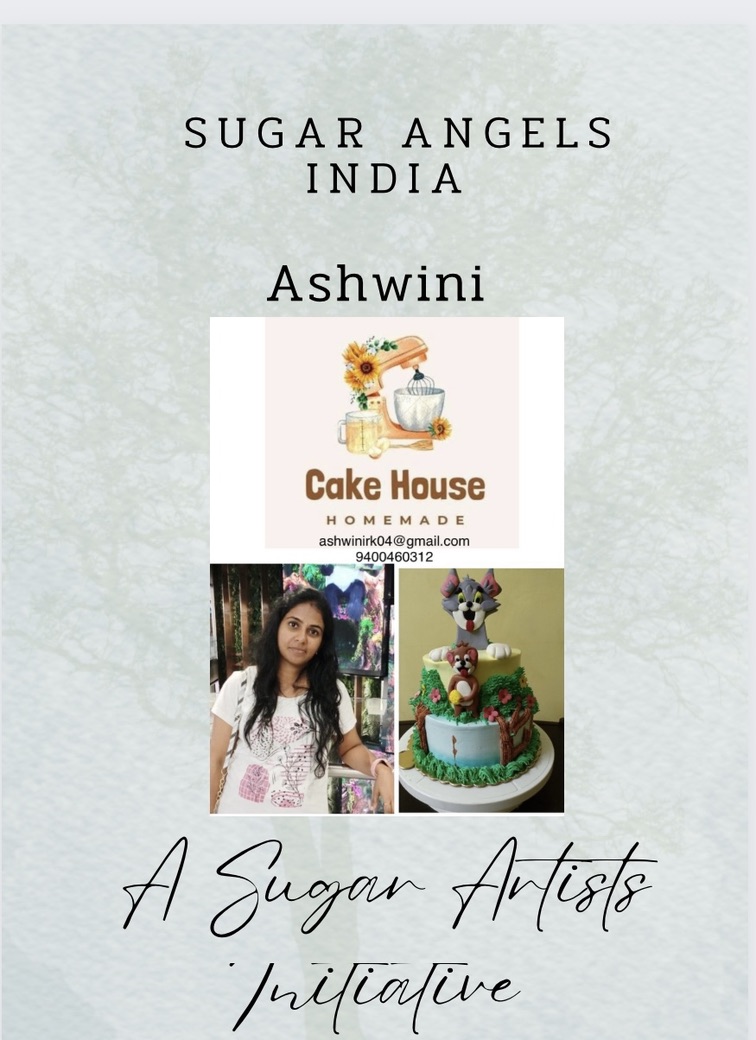
Ashwini
Fb: cake house
Instagram: cake_house_bnglr
Email: ashwinirk04@gmail.com
I run a home- based baking business called cake house and I have many years of experience. and in this time period I have made more than 100 cakes. Especially I like to make cakes for childrens they give me some customised cakes ideas which I love to do. I felt interesting on this platform is. I liked to bake cakes and and many more. And baking was my passion but now it is my profession. and I will tell us you all a little bit about how started out this. I wanted to do something on my own and like something I enjoyed. When I started to bae cake to my family and friends everyone loved it. Their feedback encouraged me to do more of it. That is how the cake house was born. And slowly people saw my work and orders kept coming. And the thing is we have to believe our self and my family has always been very supportive for what I do. My family was my encouragement for my work and slowly I started to make cakes for my friend and all and their feedback was awesome. and I started a face book and a insta page. and finally a google website. and I am very happy about by decision to start this business. and home baking is a awesome experience for me. I use a quality-based item and I use a hygine way to make cakes. I love to make challenging cakes that many children like to give me. So that was my journey. And I will be very happy to serve you a delicious cake I will be waiting for that. So be believed and trust yourself and start whatever you thing right. and stay tuned.
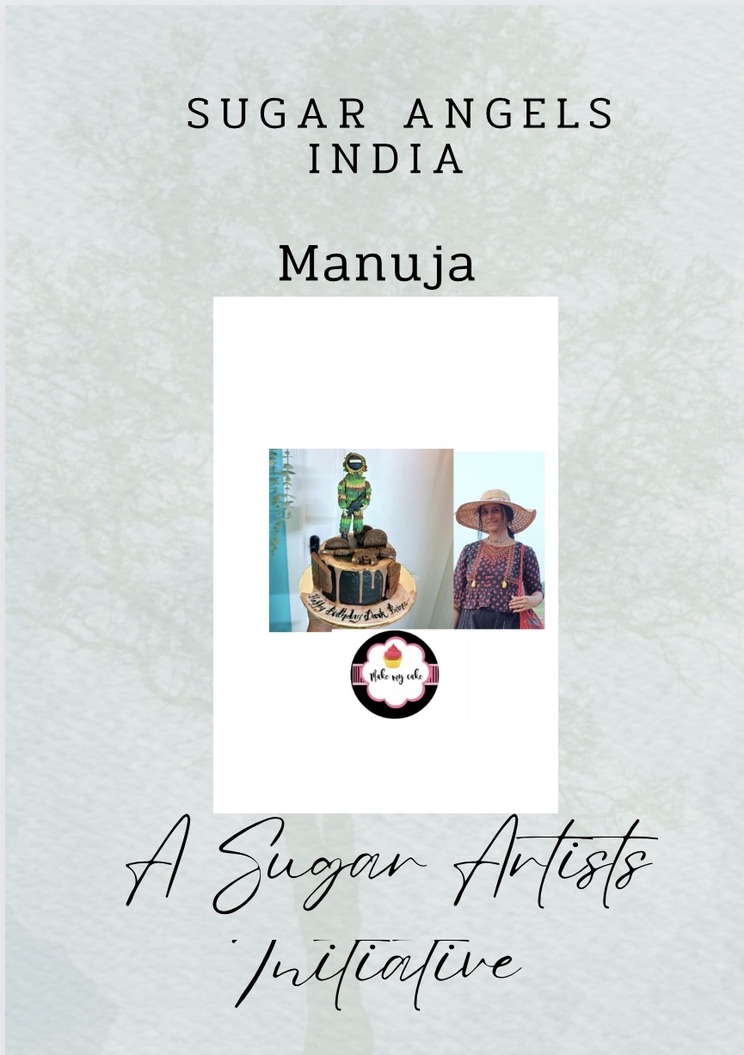
Manuja
In the vibrant heart of Bangalore, I’m Manuja—a former lecturer turned passionate home baker. My love for baking has been a lifelong journey, rooted in childhood fascinations and nurtured through unexpected turns.
Right from childhood, I loved cakes, often gazing at bakery products during shopping trips. The tantalizing smell of bread baking lured me towards the bakery kitchen, intentionally making it my preferred study spot. I eagerly awaited the person selling cookies and bread on a cycle every evening, a simple joy that fueled my growing passion for the world of baking.
My journey into home baking began when a dear friend and colleague suggested that I turn my love for baking into a venture. Encouraged by their support and fueled by the excitement of receiving my first few orders, I embarked on this sweet endeavor. The joy of turning my passion into a business was both humbling and exhilarating.
While residing in Germany for a little while, I delved into the world of European cakes and experimented with various icing techniques, often using a plethora of berries. Our Indian friends abroad loved these creations, creating a delightful fusion of flavors that resonated with both cultures. It was a period of exploration and learning that enriched my repertoire.
The most unexpected but vital chapter in my baking journey unfolded when I received an unsolicited yet most required offer—to work in a reputed patisserie. This experience, although unplanned, added significant weight to my culinary expedition. It was during my time in the patisserie that I truly realized baking was my calling.
Working amidst the whirring mixers, tantalizing aromas, and the meticulous artistry of the pastry chefs, I found my niche. Those moments in the patisserie became the most cherishing ones in my baking life. The structured environment and exposure to diverse techniques not only refined my skills but also deepened my passion for the craft.
Being creative right from childhood, my commitment to perfection extends beyond taste to the visual aesthetics of my creations. My cakes, cookies, and pastries are not just delicious; they are works of art. Inspired by the beauty of life, each creation is adorned with vibrant hues, showcasing my artistic touch.
As I continue this delightful journey, I am eager to explore more of the artistic side of baking. My aspiration is to push the boundaries of creativity, experimenting with new flavors, techniques, and designs. I believe there’s always more to discover in the world of baking, and each creation is a step towards unraveling the endless possibilities that lie within the artistry of this craft.
In a city that never sleeps, my kitchen stands as a testament to the enduring power of slow, artisanal craftsmanship. With every batch, I aim to share the love, tradition, and innovation that define my unique approach to home baking, leaving a lasting impression on taste buds and hearts alike.
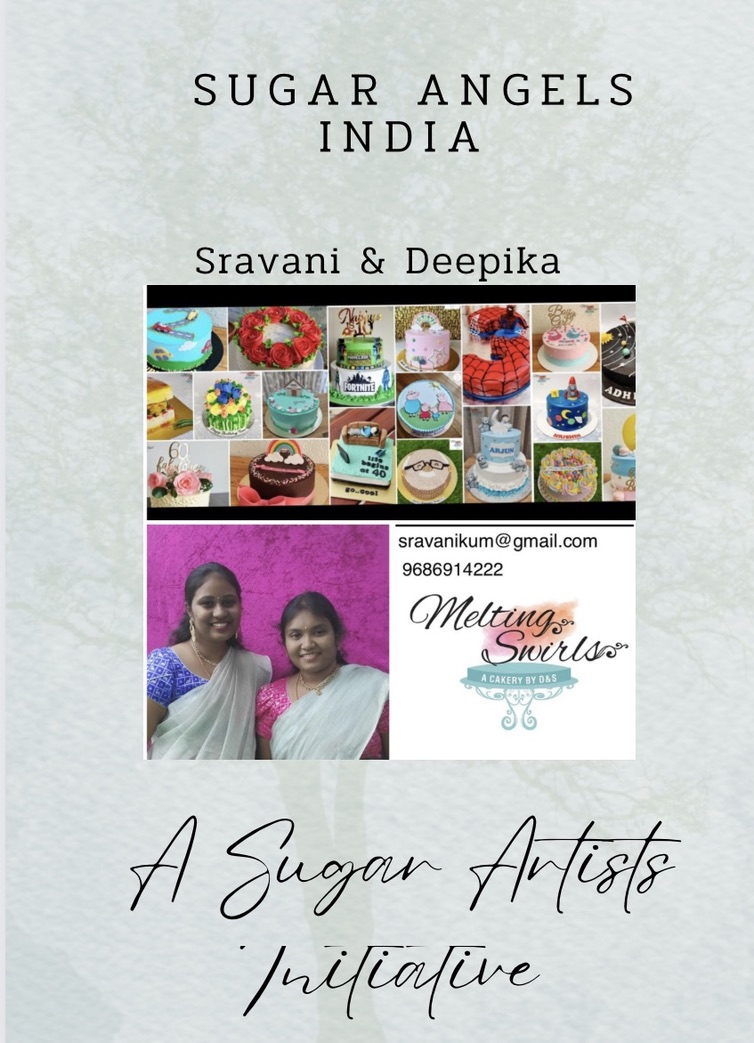
Sravani & Deepika
Instagram: meltingswirls_blr
Facebook: meltingswirls
Email: sravanikum@gmail.com
We are a team of 2 homebakers dedicated to customised cakes and desserts for all your special occasions.
We are currently operating from Bellandur, Bangalore.
We both share a common interest in bakinga and have been quite interested to persue a home bakery since a long time. Finally in 2017, when i quit my 10yr IT career, this dream has come into action. We both attended a few workshops and started practising all the recipes. Later, we put up small sales in the apartment and things just took off after that, there have been few orders only at the beginning, but the number just grew year by year and here we are ….
Have been listed as one of the top 50 Homebakers of Bangalore 2022-23 by Homebakers.co.in
We bake for all occasions and needs. Starting from themed birthday cakes, teacakes, healthy bakes and even muffins for school distribution.
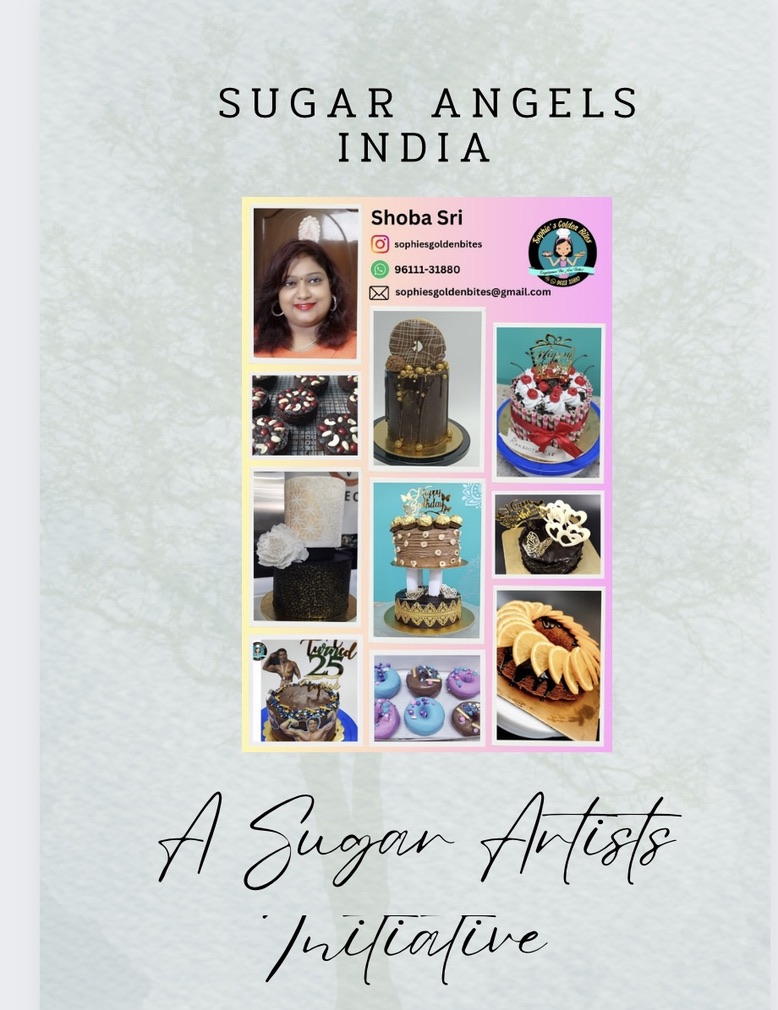
Shoba Sri
Instagram: sophiesgoldenbites
FB: SophiesGoldenBites
Email: sophiesgoldenbites@gmail.com
Sophie’s Golden Bites is my baby initially I had named it Doodle Bakes. I always believed in the saying ” Everything happens for a reason & creates a purpose in life” & this has always happened with me
My friends & my customers say I make the best chocolates even the confectionery with same sheen.
I entered baking world as a chocolatier in 2014 during a phase where my personal life was on a roller coaster ride and had tried to end my life. Slowly I found peace in baking, came out of depression, was working in a IT firm and baking was a hobby and became a passion majorly. I was baking mainly healthy bakes with wheat flour, oats, diabetic friendly etc., I used to sell Granolas & Nutri Bars for house hold consumption and for health freaks, Now I supply majorly for gyms & nutritionists. In 2020 I took a break from the 20yrs of IT job, took up my passion as a profession since then I am baking with Maida too and frosting cakes commercially. Recently I completed my Diploma in Bakery Training as a Topper of the Batch ? before completion of the Diploma I got hired as a Chef Trainer by HL Bakers School Hebbal where I am currently working.
I want to create a niche as the only Eggless Cafe or Patessiere in Bangalore with healthy options too. Planning to open a Cafe in the year 2024.
Looking forward for a big bang entry in the new year to acquire more skills to be a sugar artist and a chocolatier.
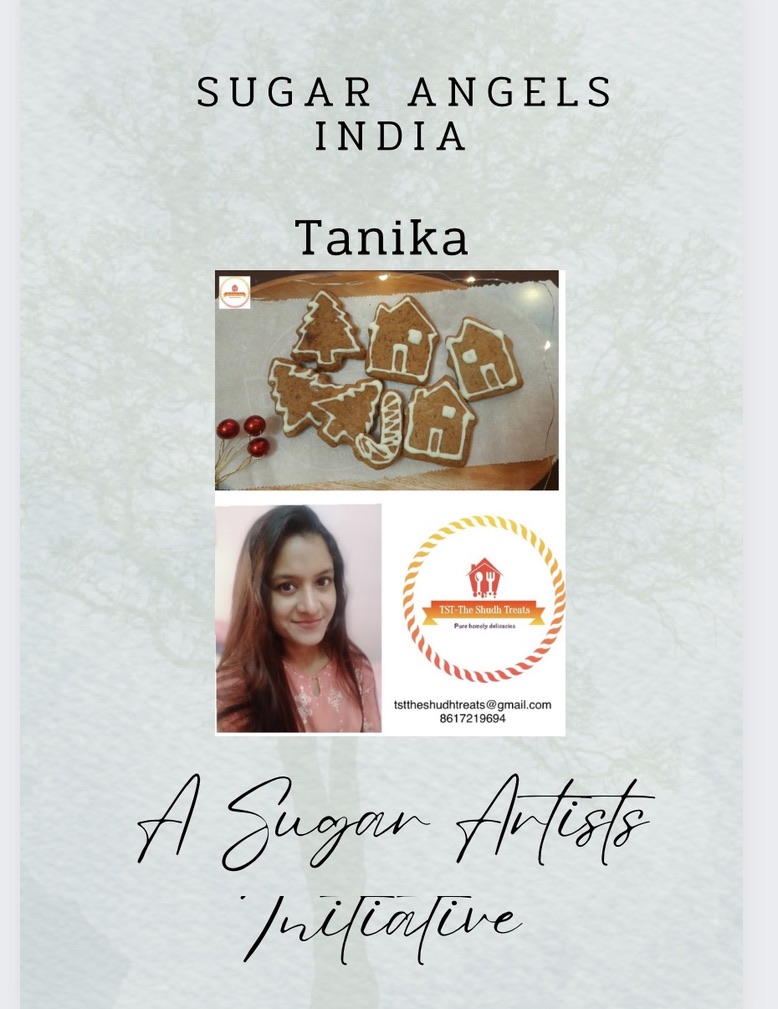
Tanika
Instagram: @tsttheshudhtreats
Email: tsttheshudhtreats@gmail.com
? Introducing Tanika: A Passionate Baker and Founder of TST – The Shudh Treats ?
Hello fellow baking enthusiasts! My name is Tanika, and by day, I navigate the corporate world in Bangalore. However, by heart and soul, I am a devoted baker, and I am thrilled to share my journey with all of you.
In the pursuit of turning my baking passion into a tangible reality, I proudly present my brainchild – TST, The Shudh Treats. TST is not just a brand; it’s a manifestation of my love for baking, a journey from the corporate hustle to the comforting aroma of a perfectly baked treat.
Recently, I achieved a milestone in my baking journey by obtaining my NSDC(Skill India) certification in Baking. This certification has not only sharpened my skills but has also added a layer of professionalism to my creations. Now, every cake, cookie, and loaf carries the mark of dedication and expertise.
While I delight in exploring various aspects of baking, my heart beats loudest for the art of bread making and crafting healthy bakes. But the story doesn’t end there – I am also an ardent fitness lover. The balance between indulgence and a healthy lifestyle is crucial to me. As I passionately whip up delightful treats in the kitchen, I am equally dedicated to maintaining a fit and active lifestyle.
In my world, baking is not just a culinary venture; it’s a form of worship. Each ingredient is chosen with care, and every step is taken with reverence for the craft. One of the aspects I cherish most is the art of innovation. I find immense joy in experimenting with flavors and textures, constantly pushing the boundaries of traditional recipes. Whether it’s infusing unexpected ingredients into classic bakes or creating entirely new concoctions, innovation is the heartbeat of my baking philosophy.
Looking ahead, as I continue to gain experience and hone my skills, my dream is to share this knowledge with others. Baking, for me, is not just a solitary endeavor; it’s a communal experience. I aspire to become a mentor and guide for budding bakers, imparting the art and science of baking to a new generation.
Join me on this delightful journey of flavors, textures, and the joy of creation.
Follow TST – The Shudh Treats for a dash of sweetness and a sprinkle of fitness inspiration in your life!
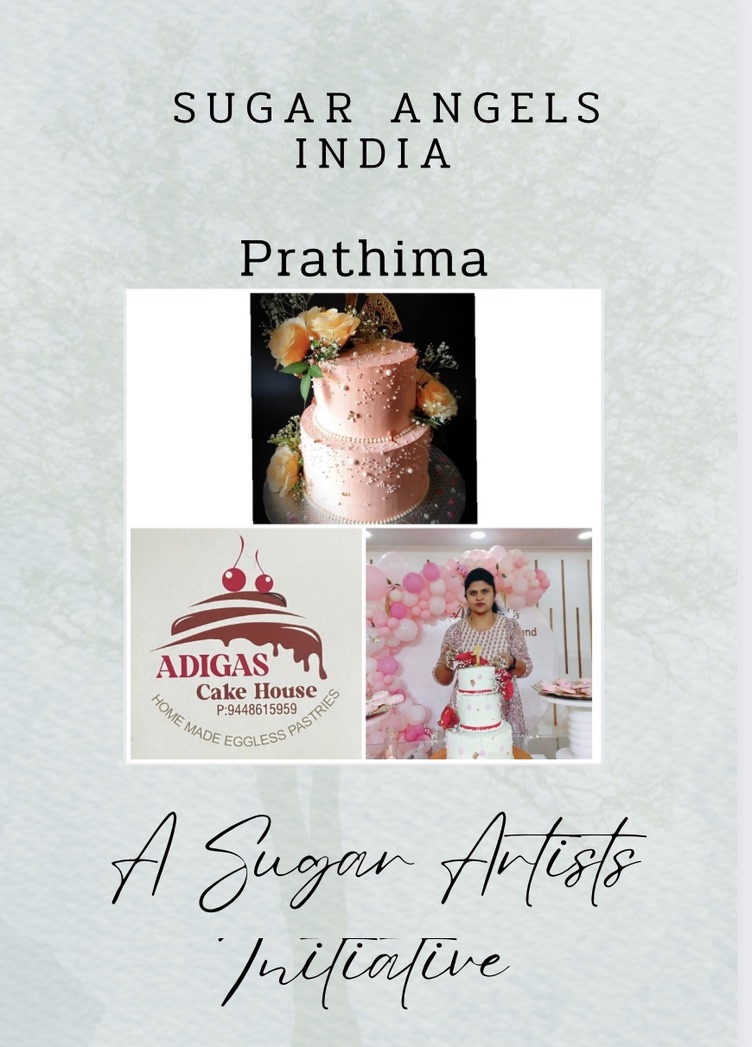
Prathima
Fb: Prathima Adiga
Instagram: Adigascakehouse
Email: Prathimaadiga@gmail.com
I was very passionate about baking from college days, and used to try baking cookies on kadai with sand. I learnt baking cookies from my grandmother. After I got married, my husband gifted me a 26lts small OTG. It was because of this gift I started experimenting with cookies, cakes, puff, and pizzas. Then I started working as a freelance chef in media and was on cooking shows for 18 years. I have completed more than 3000 episodes in ETV, Suvarna, ZTV and many other channels. With the help of a friend, I started selling my baking goodies to corporates and this went on for 12 years.
In 2016, I started with another one of my interests, growing chemical free food, i.e. rooftop gardening on terrace. I have been conducting sessions for Swadeshi Jagaran Manch and other groups all around Karnataka about composting and organic gardening. I have been recognised for Urban Farming and have won many awards in the field.
In 2018, I met with an accident which left me with a fractured right hand. It took me nearly 2 years to recover and nothing could stop me from baking. I use a part of my earnings from my baking to rescue animals and for their feed. I started my 2nd innings in baking during the pandemic and have continued my mission to win my friends, customers hearts through my yummy bakes.
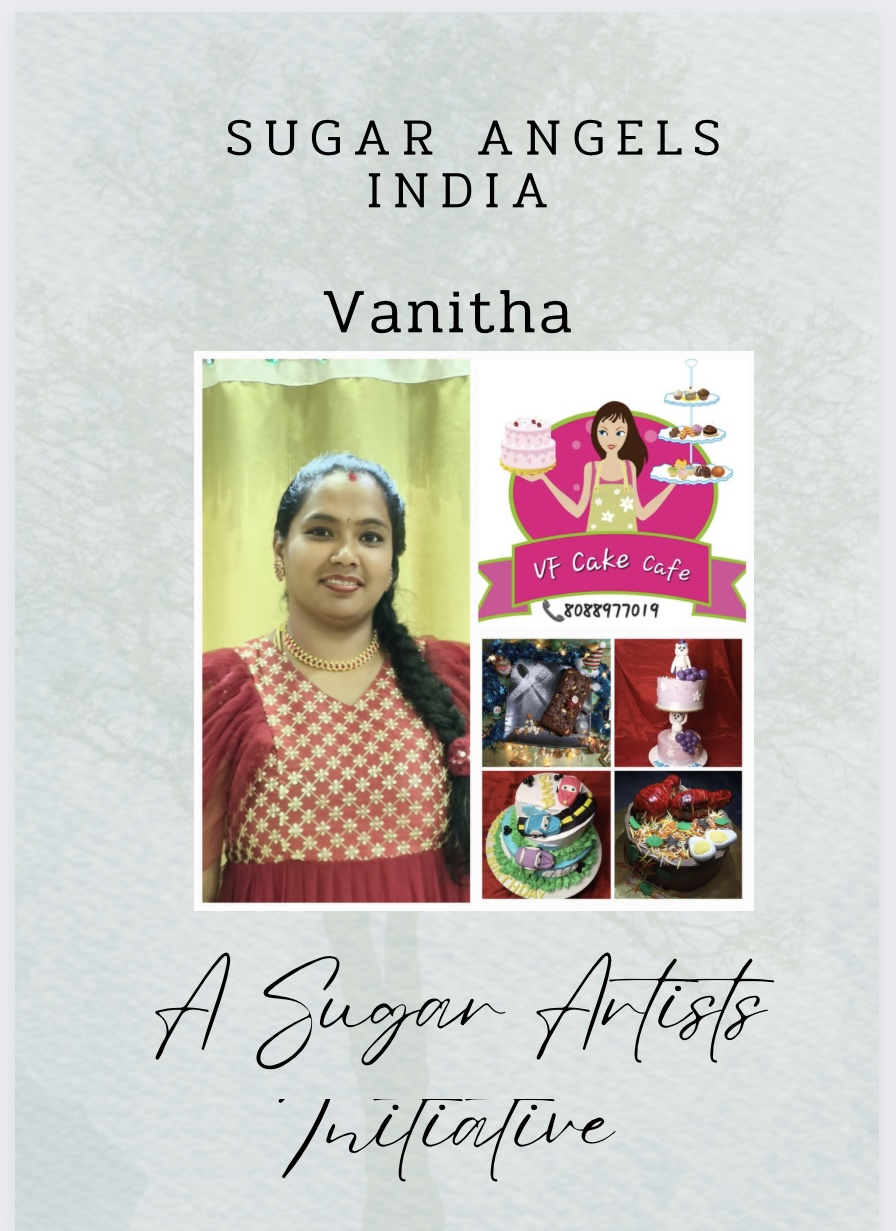
Vanitha
I am a Homebaker with FSSAI Certified. I was a working woman and to take care of my daughter I quite my job and then after couple of years my daughter watched some video’s and asked me to make those item that tries made me to enter in this baking business. My husband and family who motivated me to start up with a professional way .My brand name is VF Cake Cafe
VF means it as 2 meanings 1 is variety of Flavors n its my kids name in it veronica n fiona because they are the reason to get me into this baking field.
My simple tries of baking which gave me a unique taste in baking changed me into a Professional Baking
And I want to make this baking business into a healthy Way and I’m into it .
And My brand as a signature item it’s made out of completely healthy way It’s a cookies made out of drum leaf n it’s a little spicy n sweet cookies which is very good for health.
Enrich Every Movement of love in taste of Cakes and many more @ VF CAKE CAFE and make ur loved ones special with Homemade items.
I wish My passion grows up into a big success with all your blessings and Support.
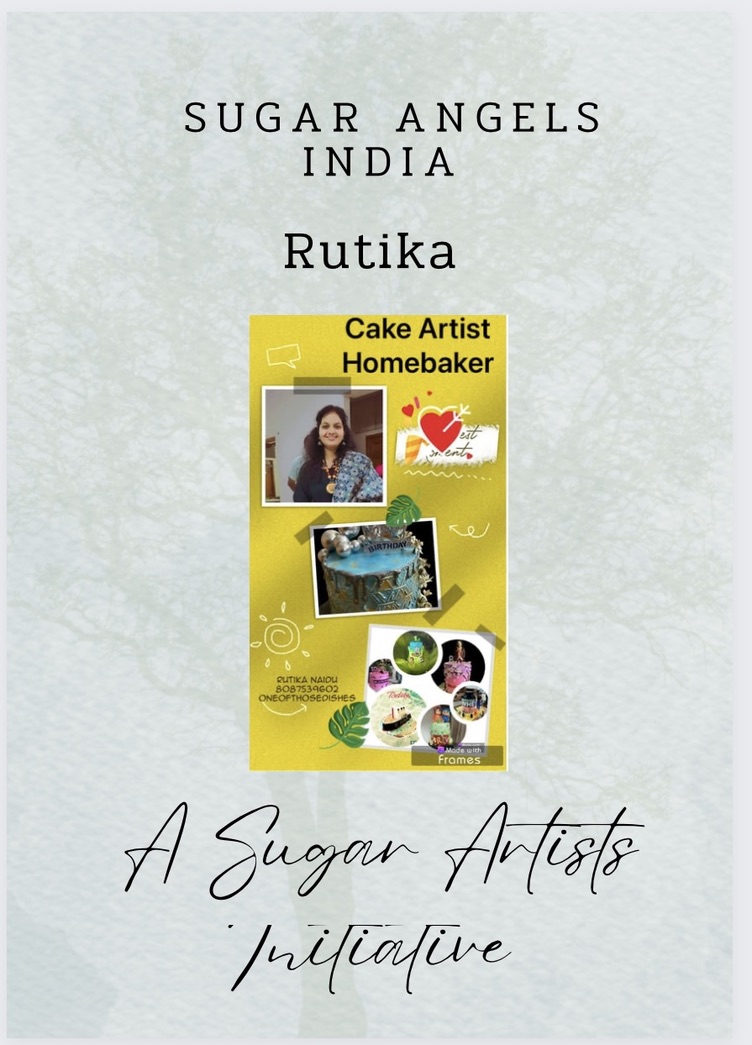
Rutika
I am a Homebaker and a YouTuber. I don’t know how the love for cake develop .I am fond of cooking and doing experiment and trying out new stuff as that develop due to the house party where my dad friends use to come and my mom cooks yum , and the cake she makes on every birthday craved me to start baking but when I watch television I loved cake shows I loved the hard work they put and make such masterpiece. I always thought (kese karte hoge wow kya talent hai logo main).But as days passed I thought to atleast give a try to join course for baking then I came across new concept of baking and icing.I remember I joined one baking class with my saved pocket money. When I learnt I thought to give it a try and so we need instruments n OTG and all other small small stuff.
That was then I started saving my pocket money and started buying small stuff. I was just 19-20. As OTG was out of my budget I asked dad for it and he gave me it’s was the 1 st I took my step into the real cake making (icing)and 1 st icing cake I made was for my grandmother’s birthday and everyone loved it. Slowly slowly days passed I made only during occasion as my family was not fond of whipped cream so I stick to my moms ghee cakes which up till now the best fruit cake. Then beside I and my twin sister use to make and experiment on food.slowly when relative come over lunch and dinner they use to love our food and slowly slowly everyone came to know that we are a good cook.
As days passed I completed my graduation in B.Sc biotech and PG in HR and Operation management I joined IT organisation in nagpur and then thought to move to Hyderabad for good opportunity.But then marriage got fixed and there also everyone started liking my food
It was then I started feeling happy when everyone loved my food and cake .That motivated me to do more .When my daughter was 2 I made cake which everyone loved from that onward my actual cake journey began . Now I use to bake on every birthday days and years passed every year the cake looked better than the previous year.
My mother in law motivated me to participate in cooking competition where I was selected among 300-400 contestant and I was among 10 to be selected for the final round .And I went to Mumbai and got featured in Colours Marathi .Thought I panic as it’s was my 1 st tv appearanceand I made mistakes.But then I started my YouTube journey .
Now for YouTube I use to dedicate lot of time and so to show some unique and to challenge myself I started baking structure cake on my own . I took challenges to make different and tried by dedicating whole day . As I am self taught I made lot of mistakes but this helped me to not repeat it but eventually I wasted my time and affort .
Still now I try to make something new that is challenge to my previous cake.
After all experience and mistake make you experienced .I still bake for my flat friends , relative and home .But trust me everyone loves my cake and they enjoy having it
Which motivates me to do and continue my work .
Lastly I want to thanks Ancy who took the initiate and motivated many bakers to be the part of such beautiful concept.
Do follow my account
It’s #Oneofthosedishes
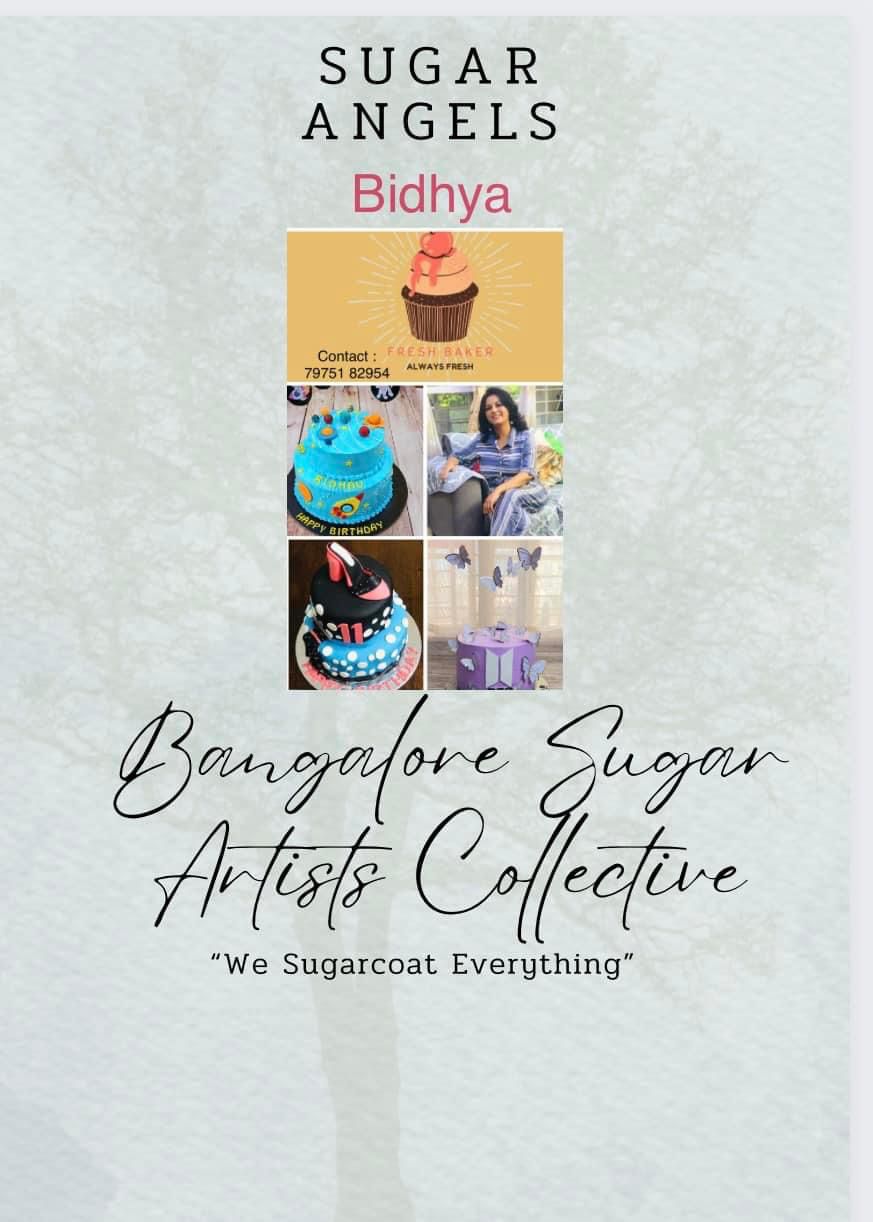
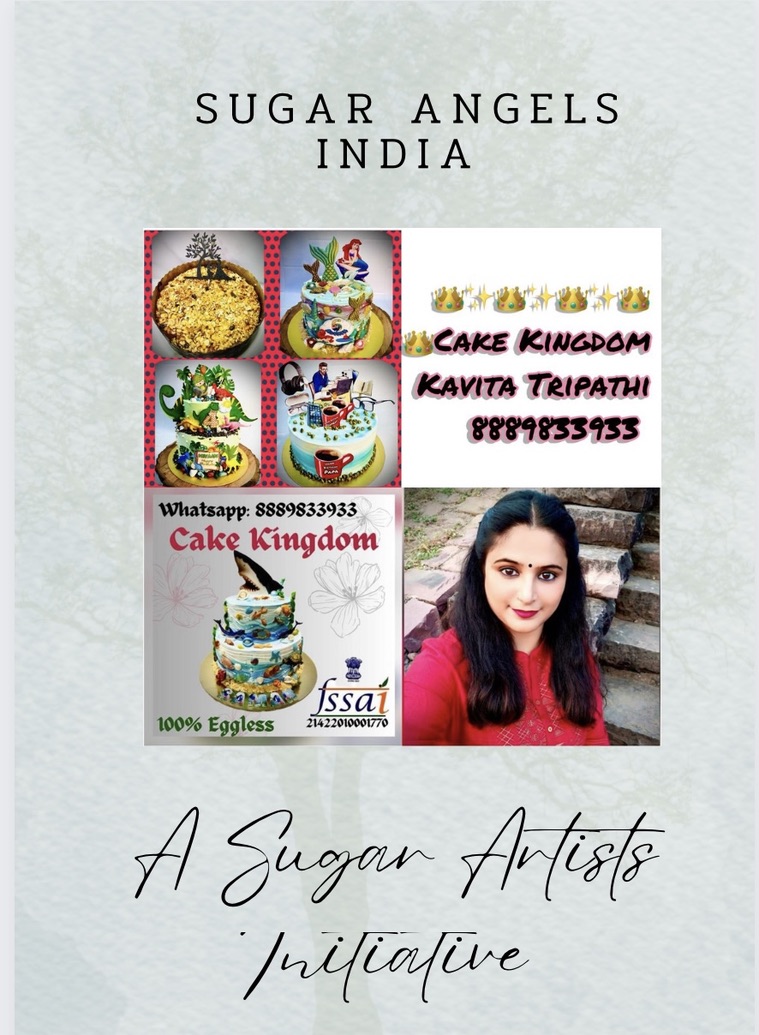
Read other stories:

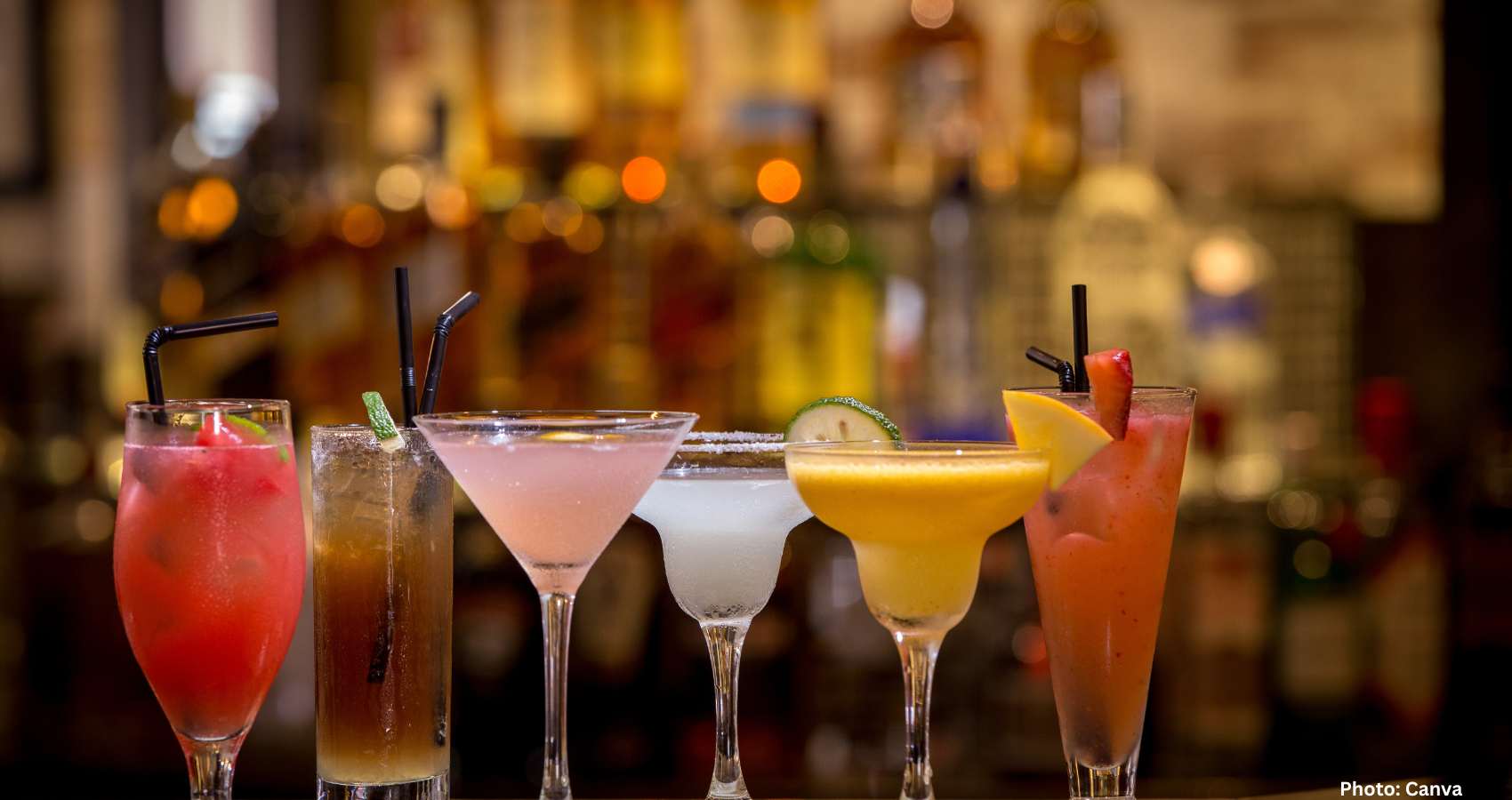
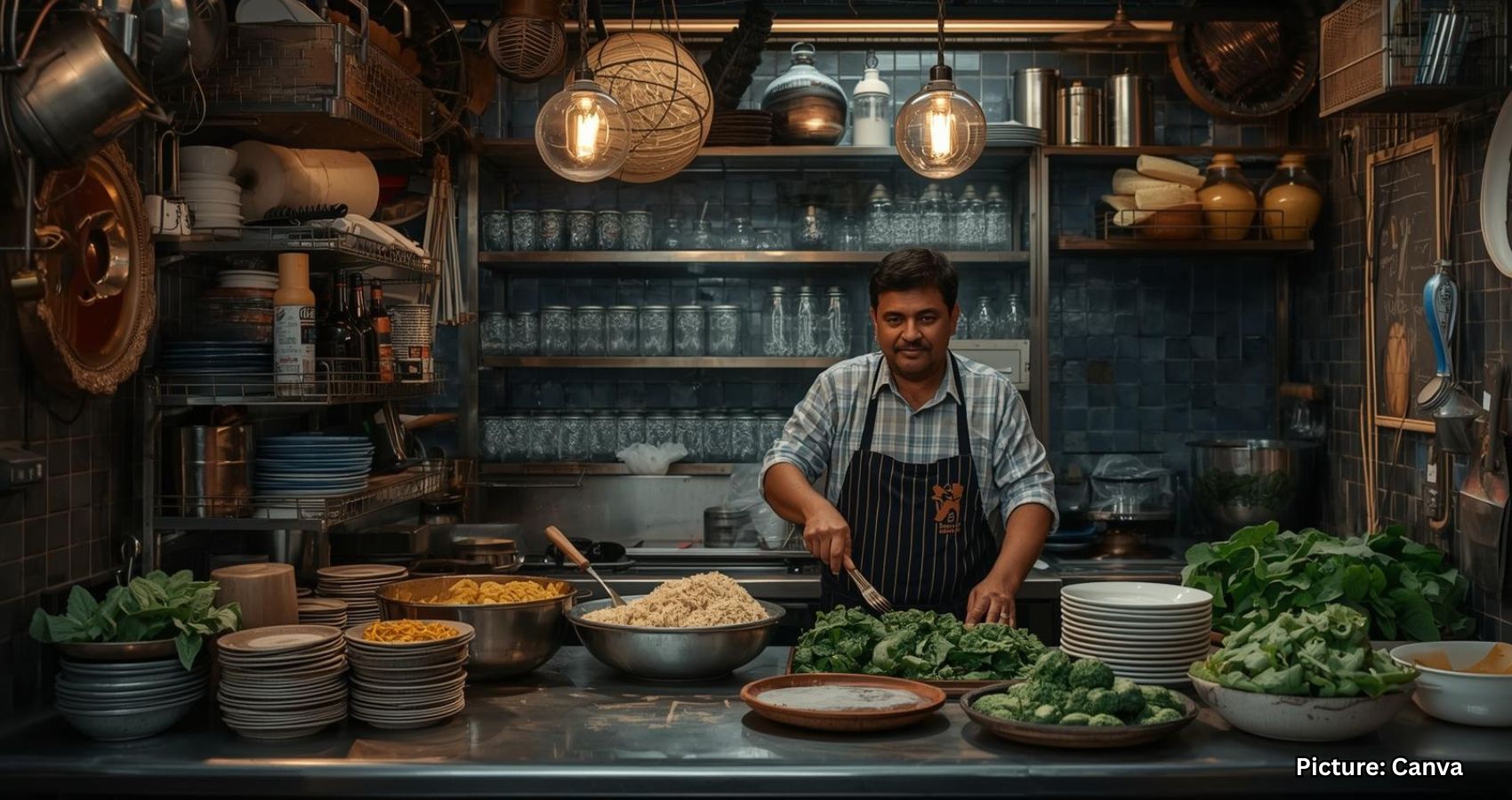
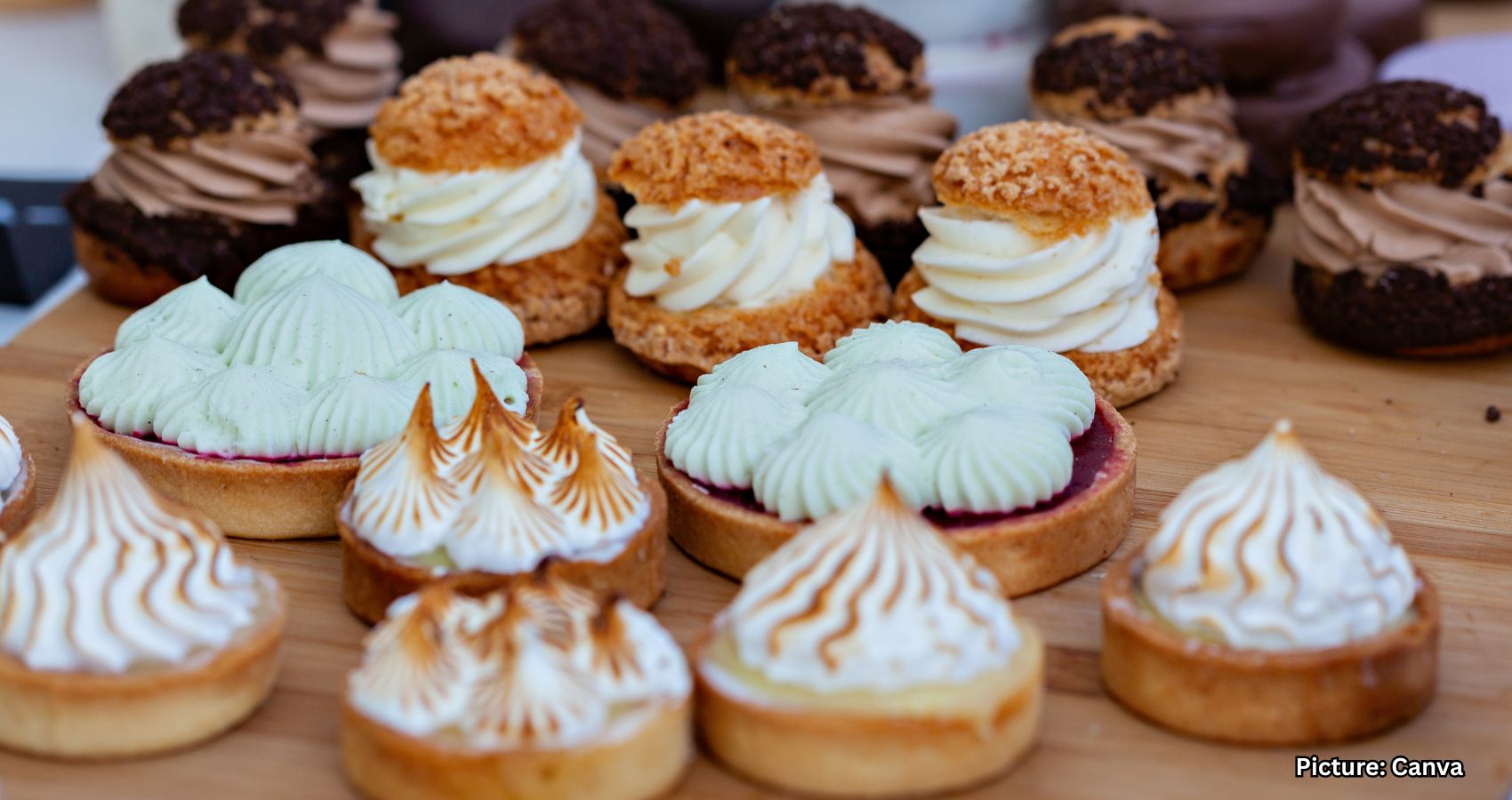
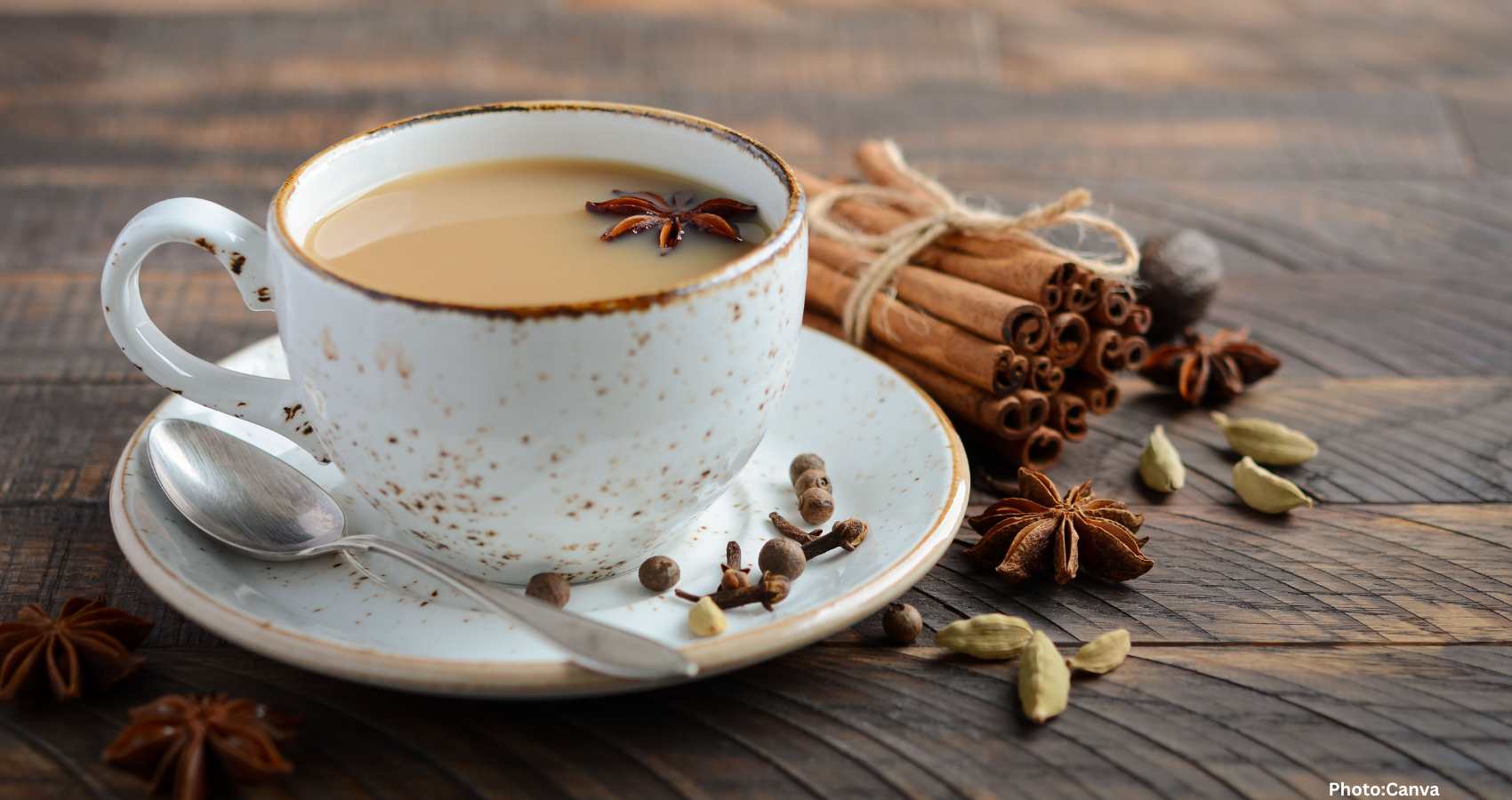

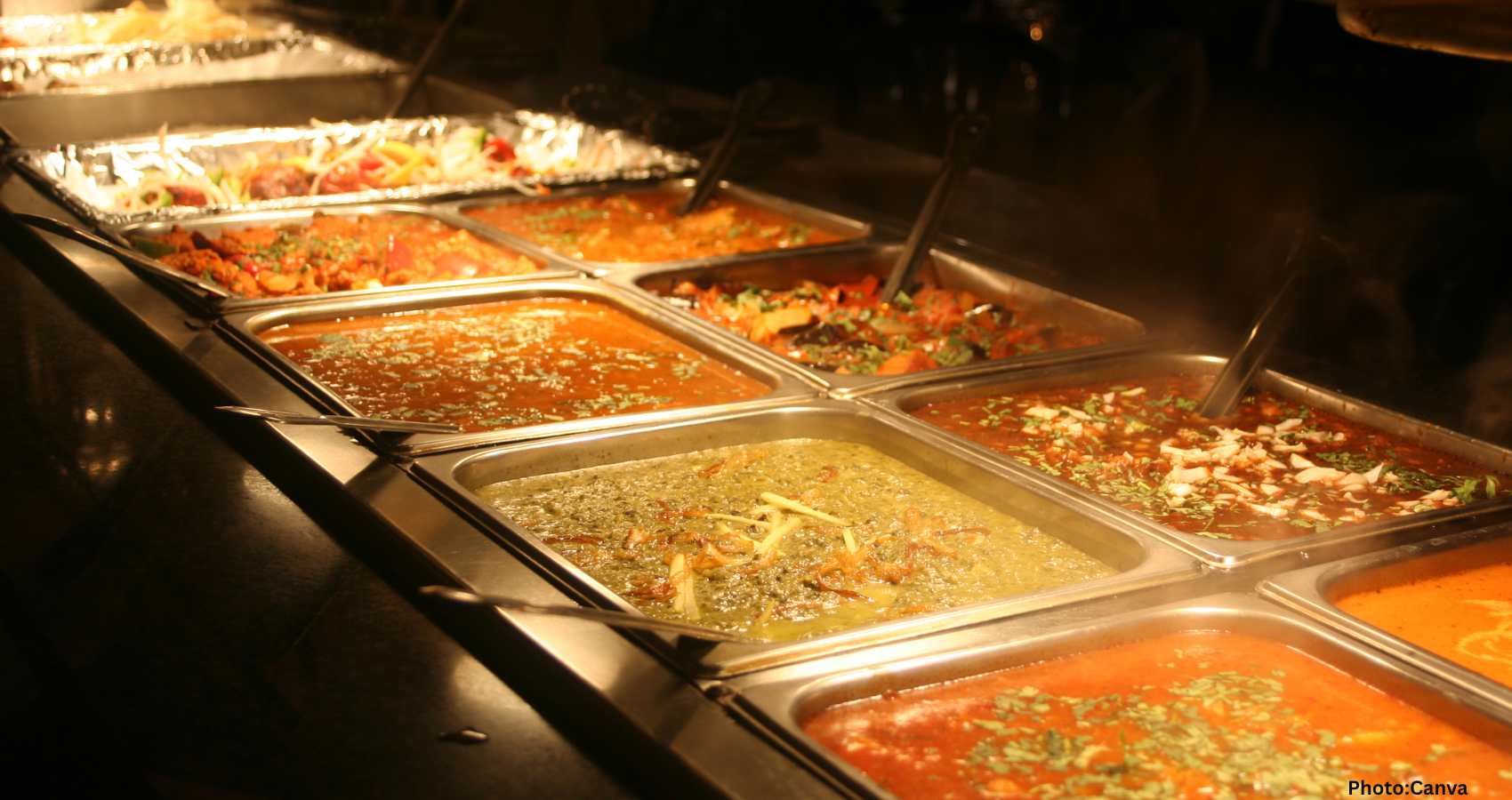

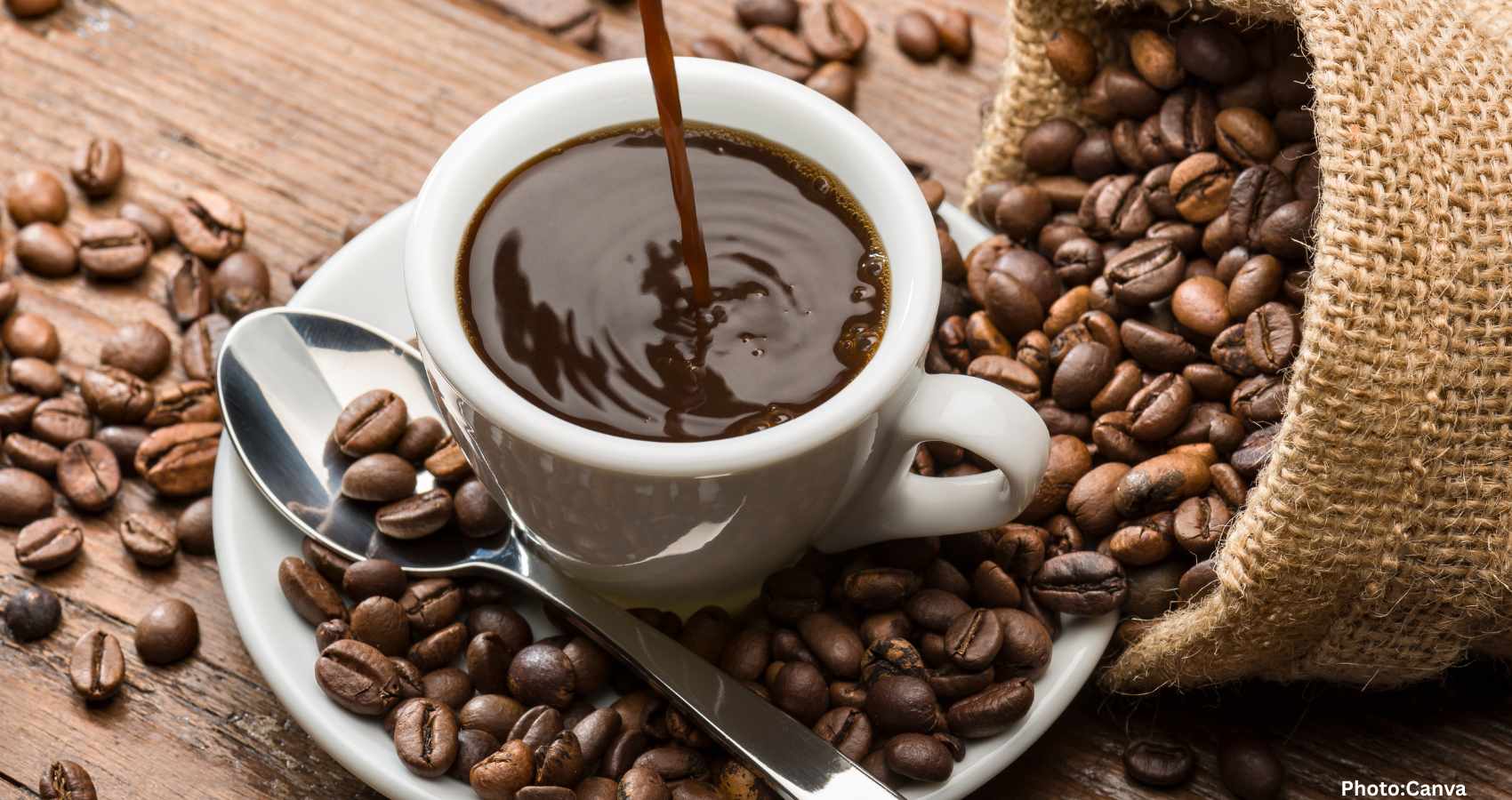


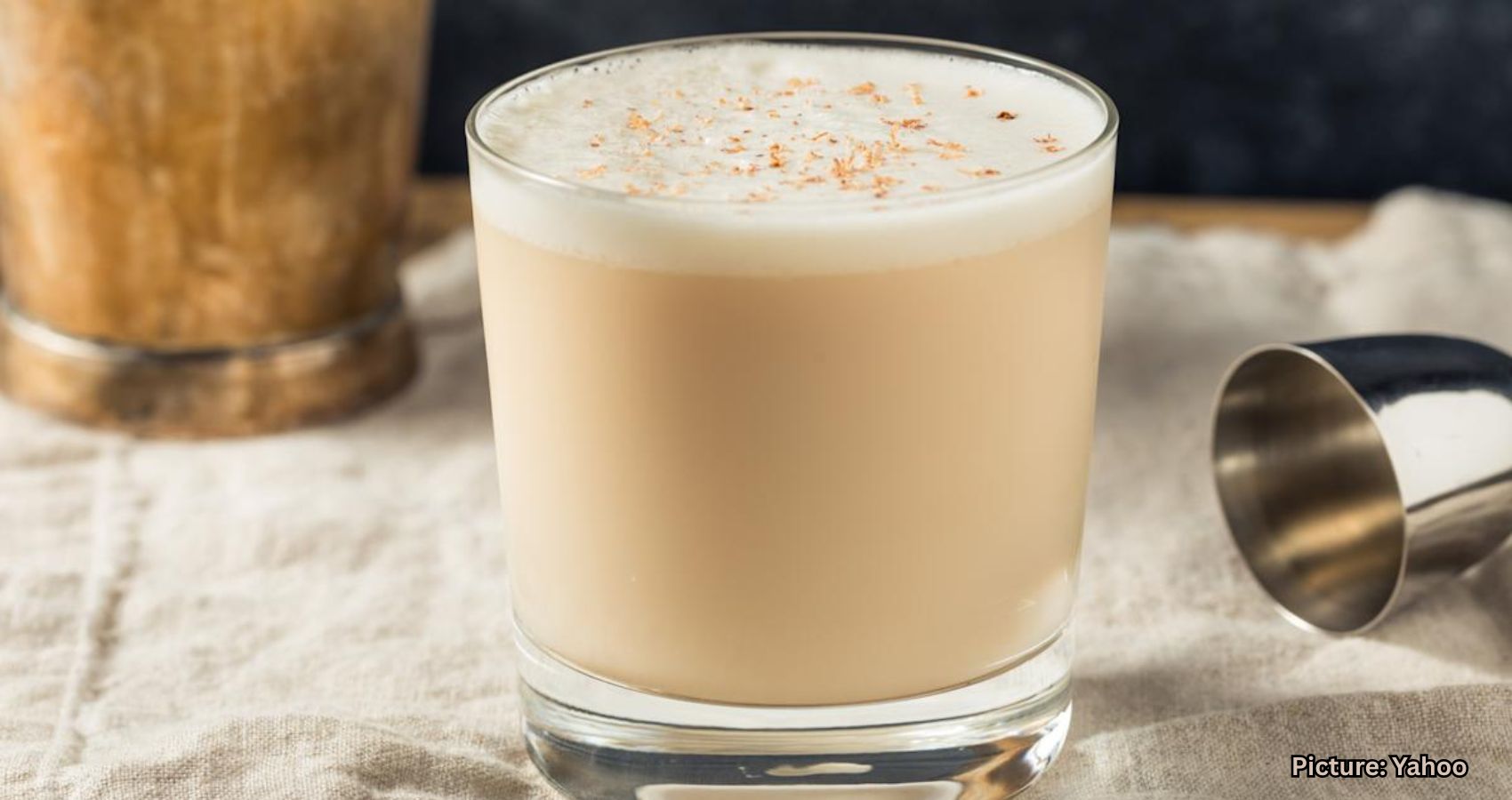

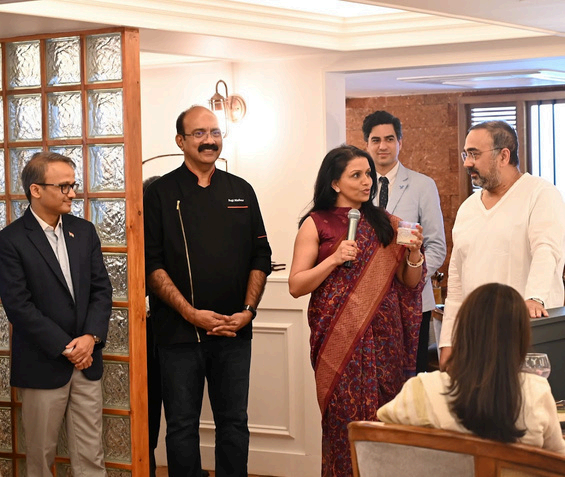











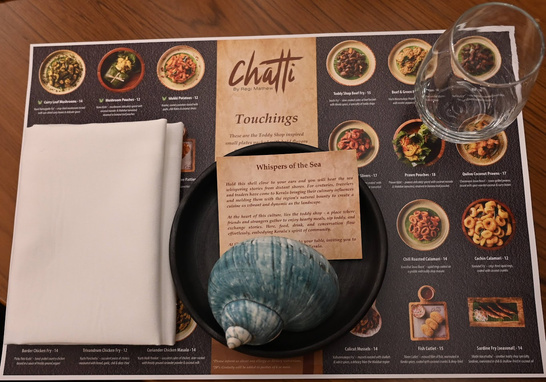


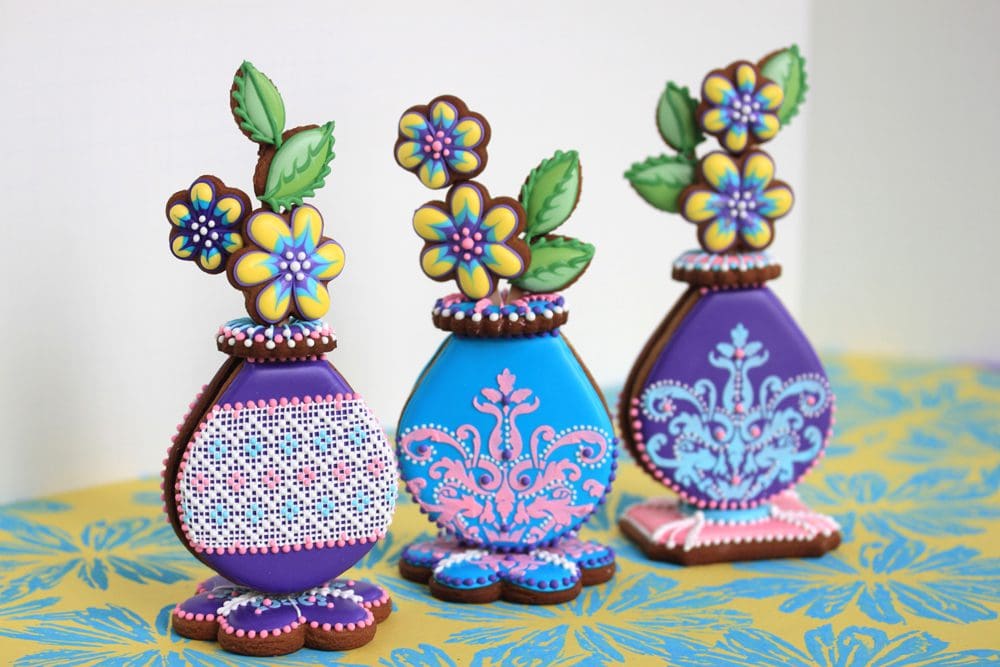

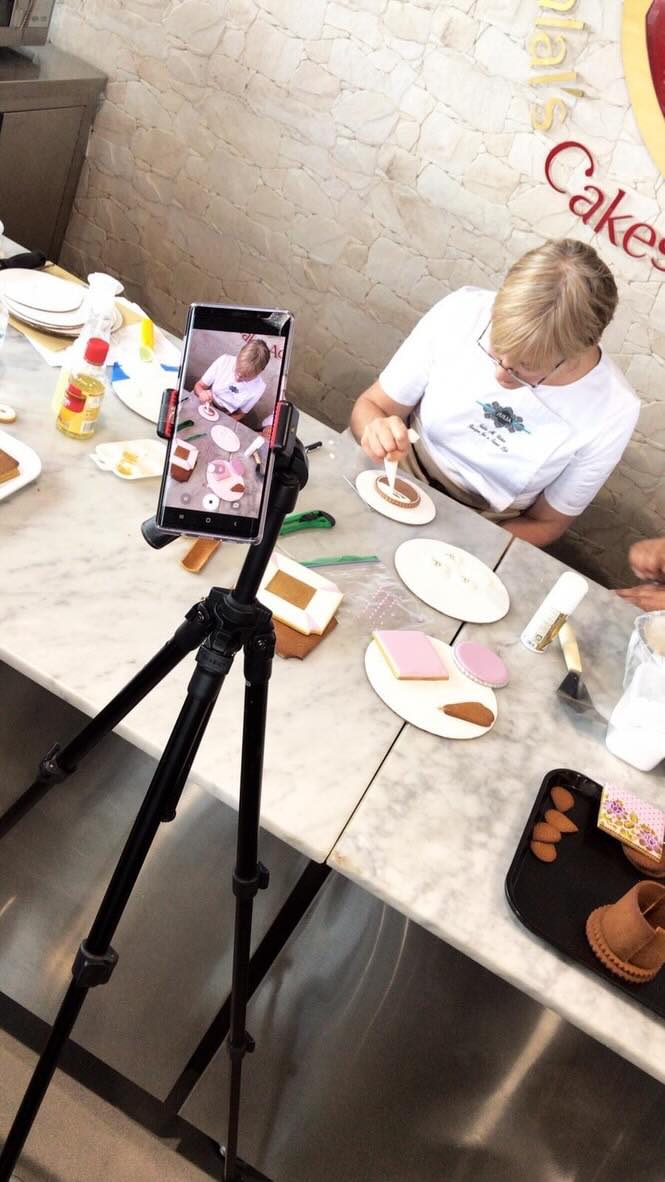
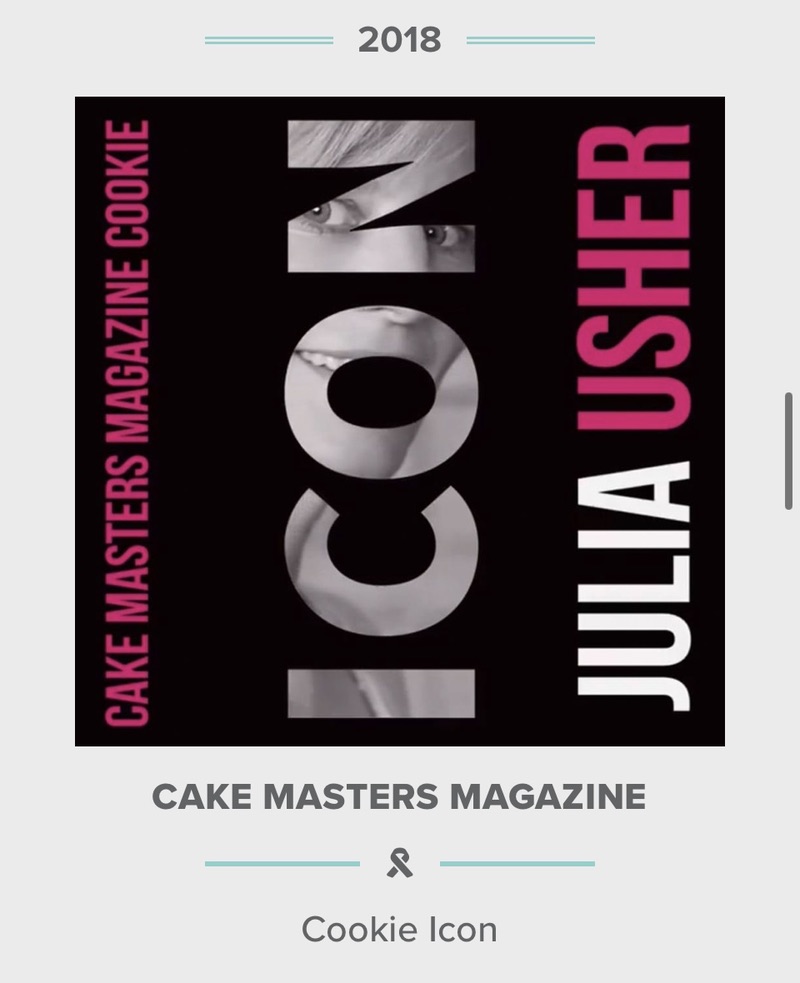


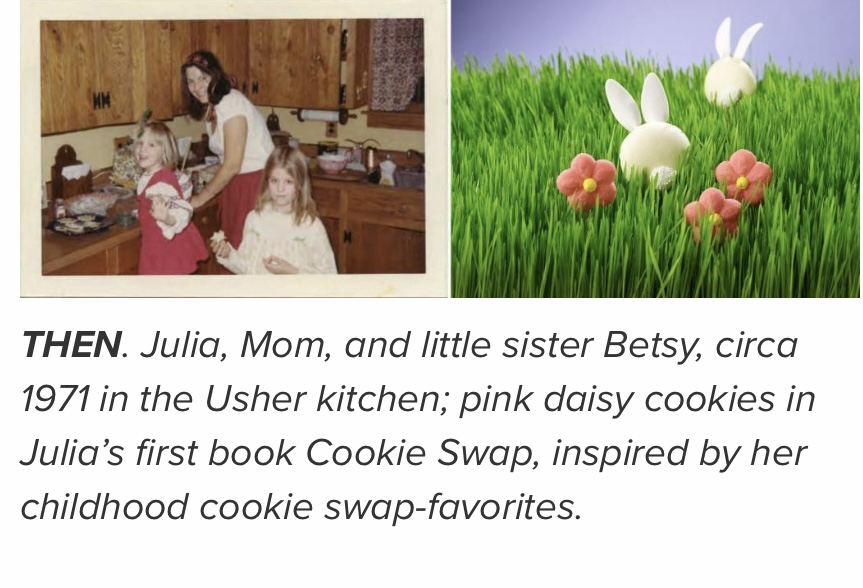
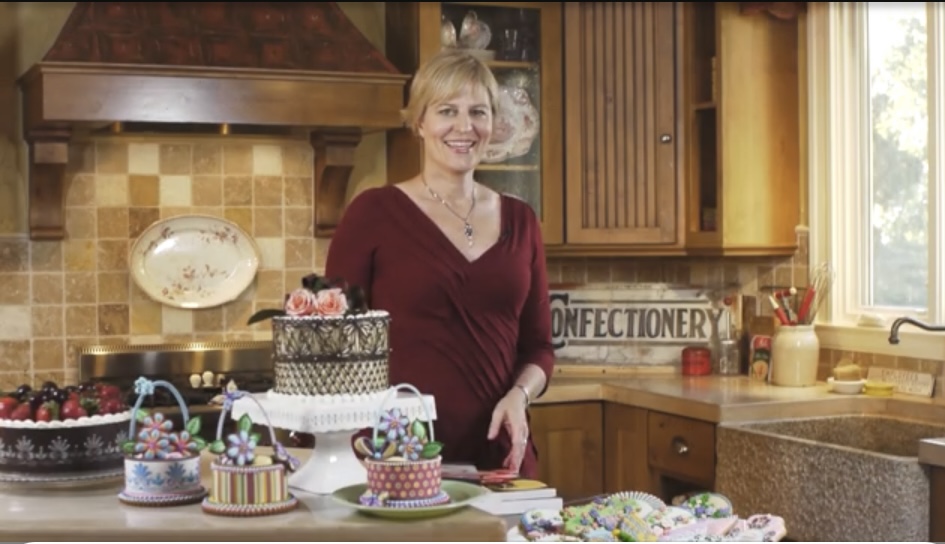




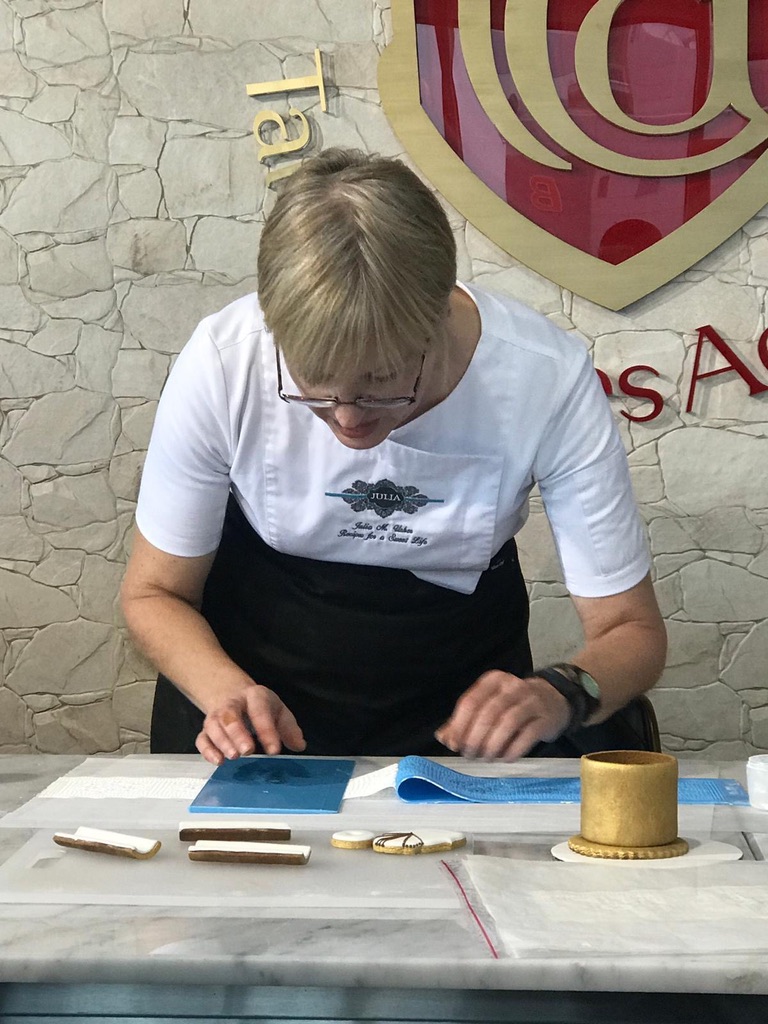




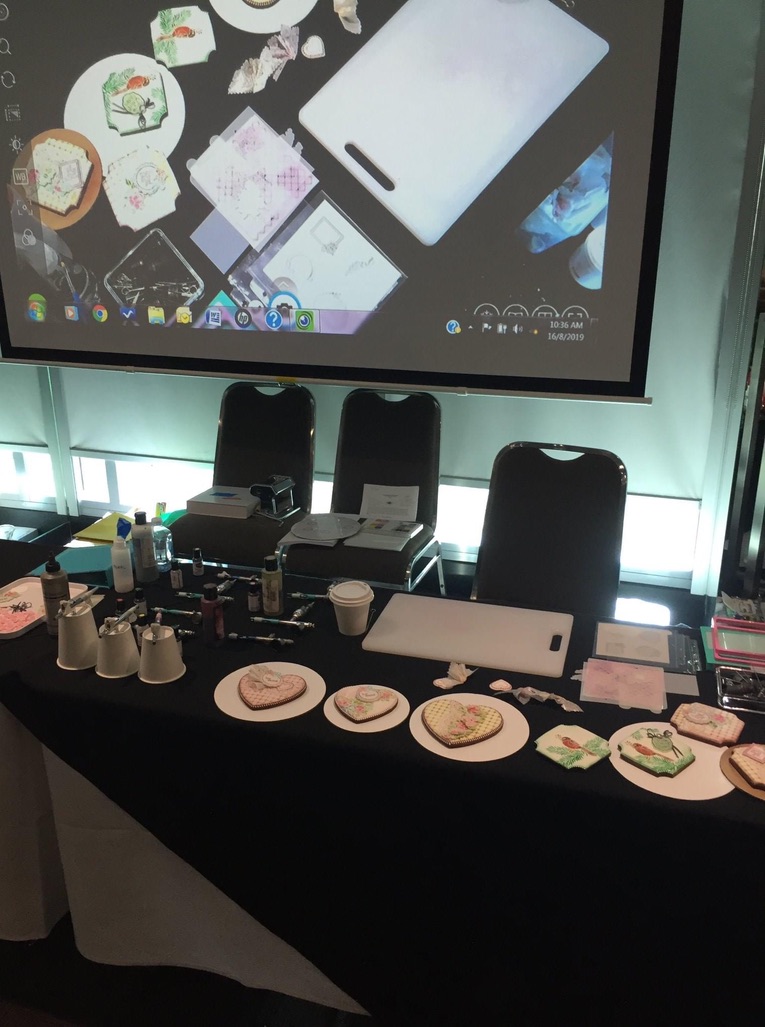
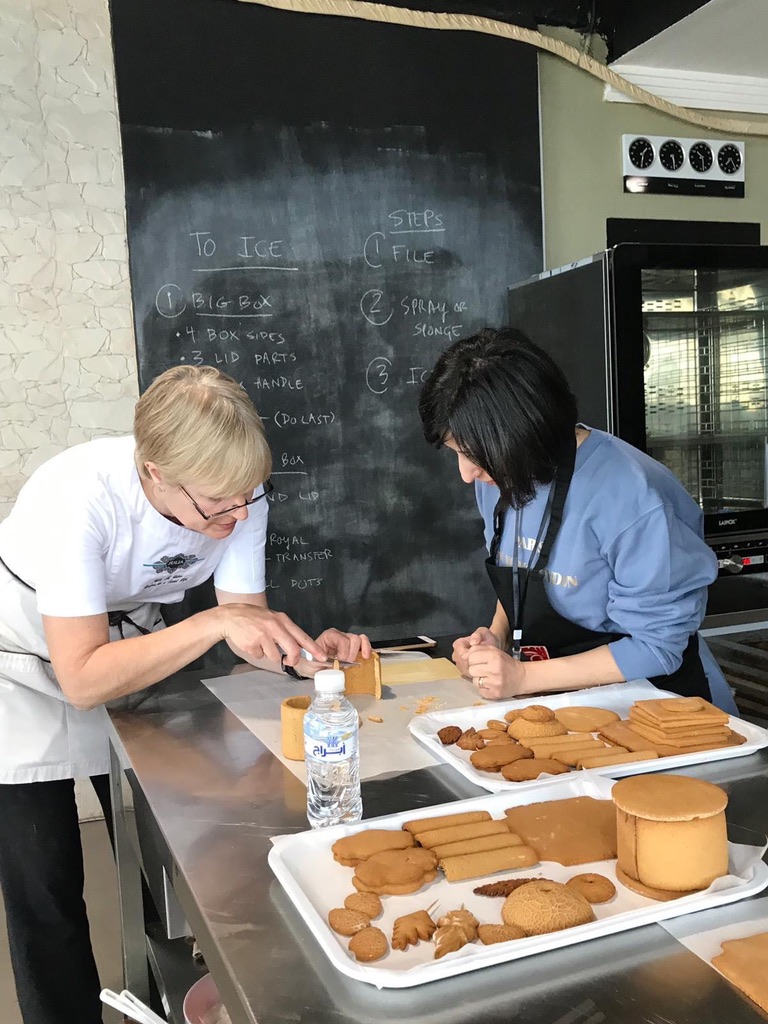
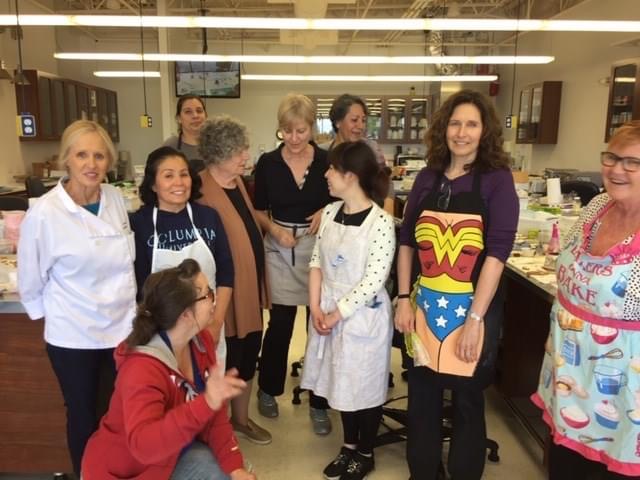
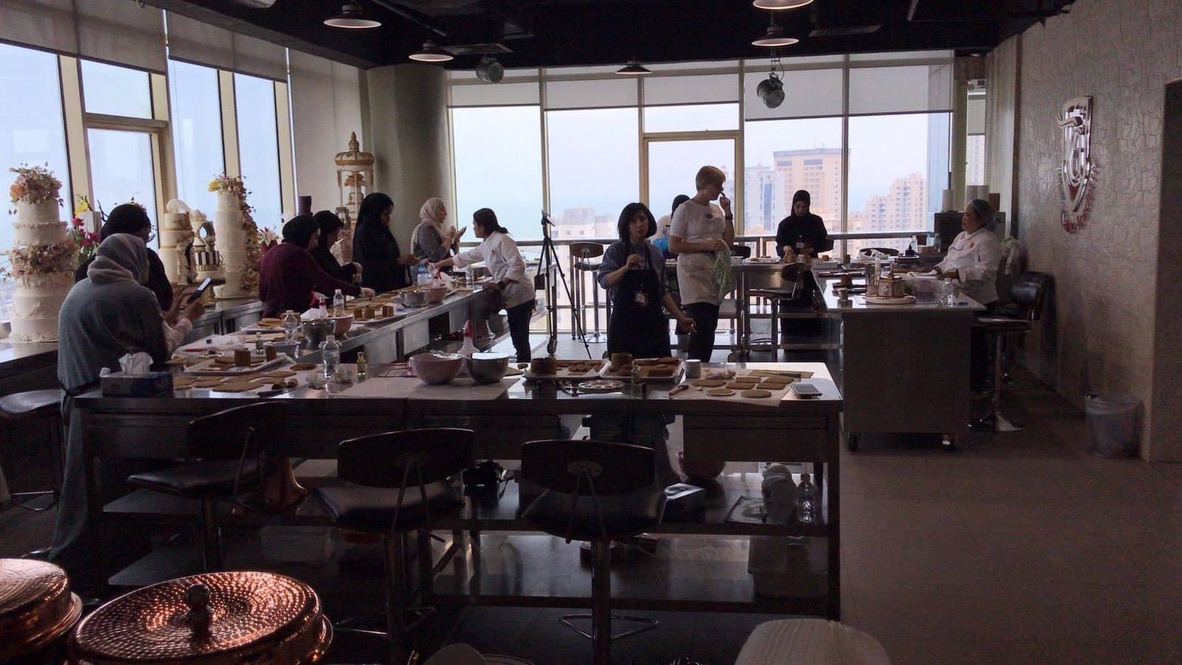
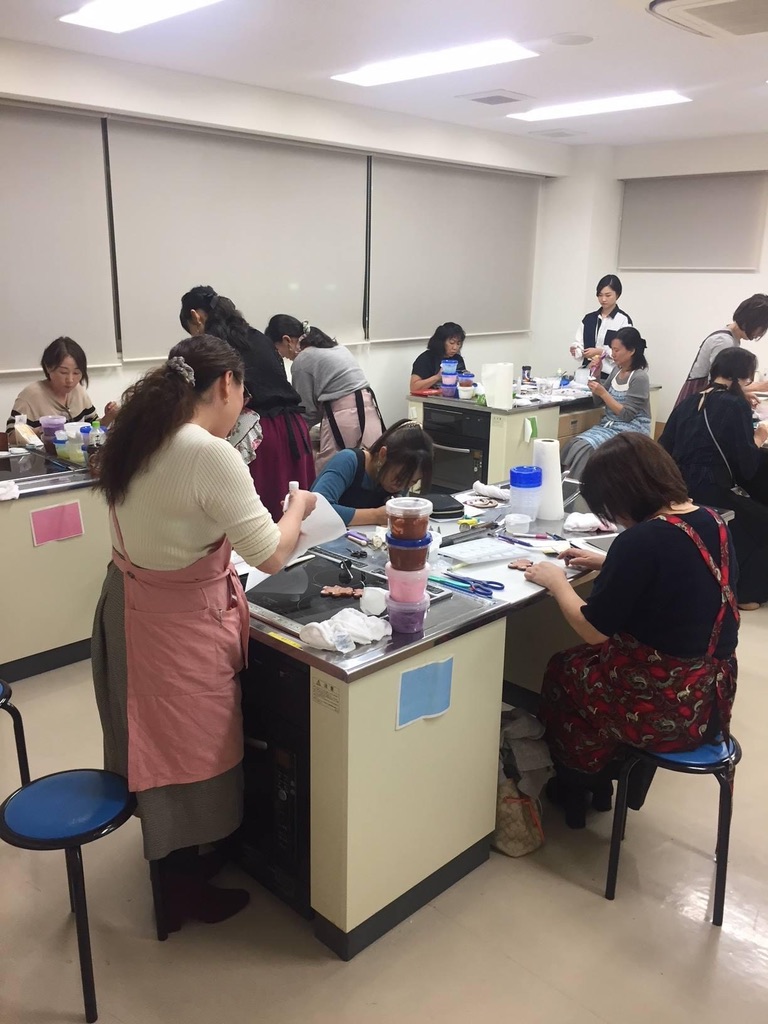
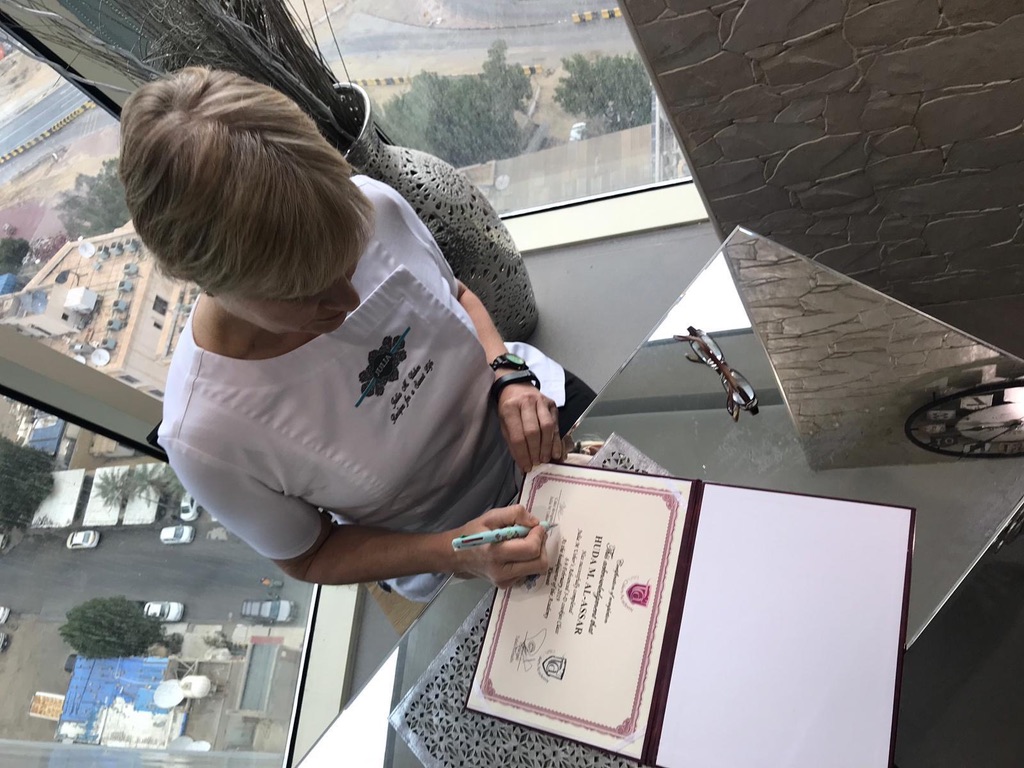
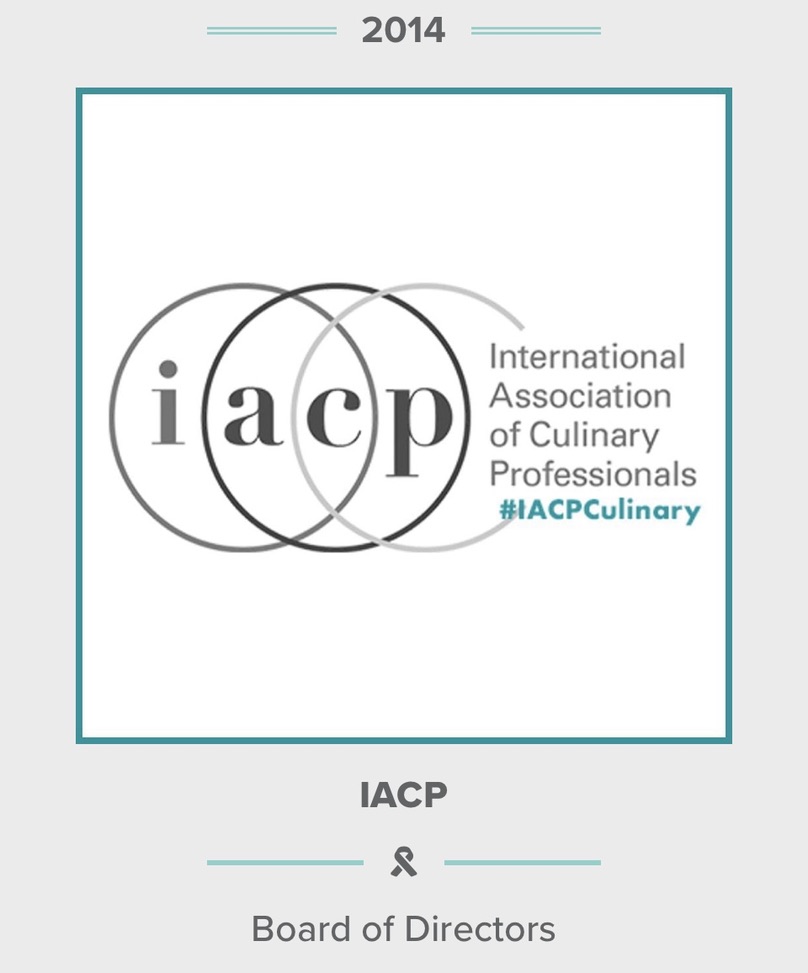
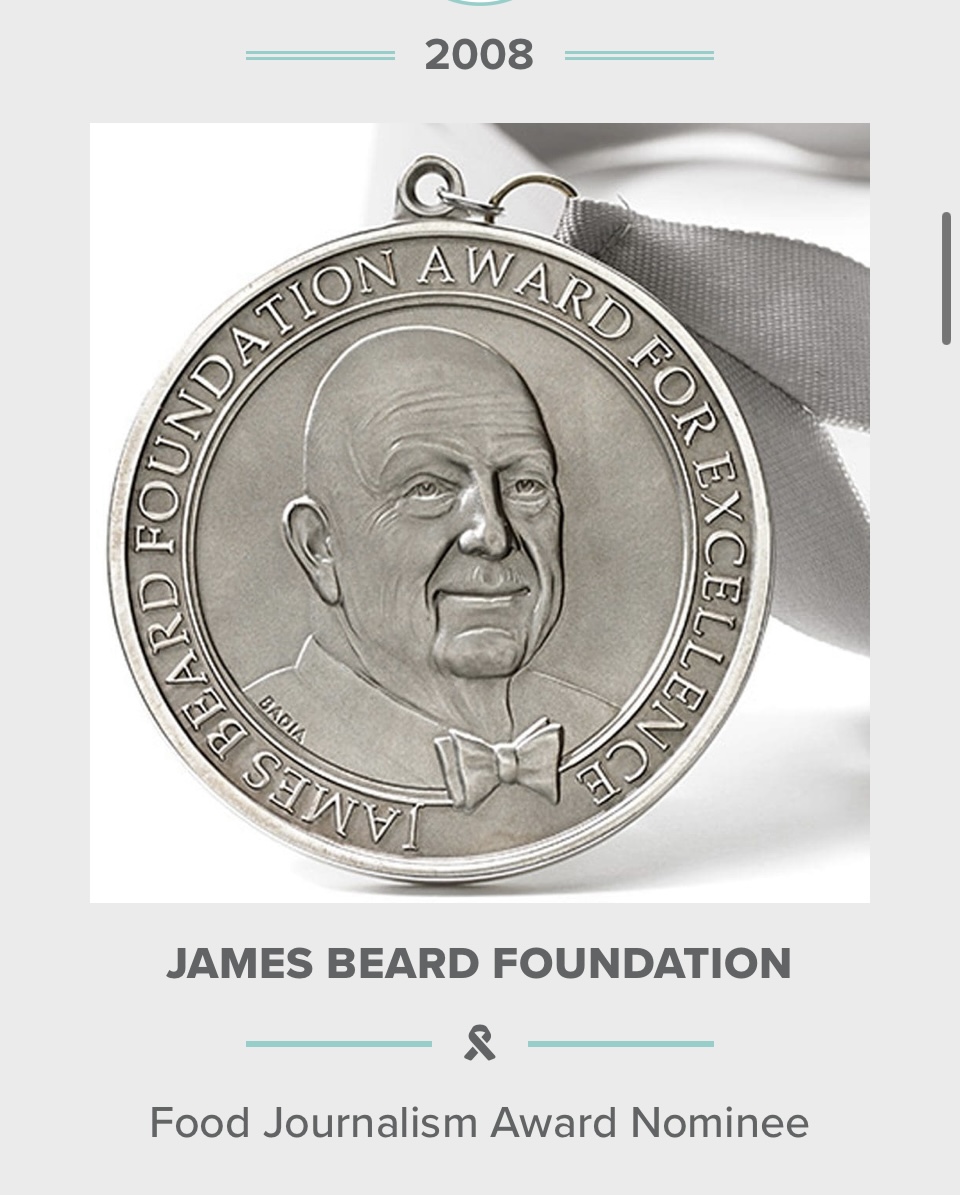
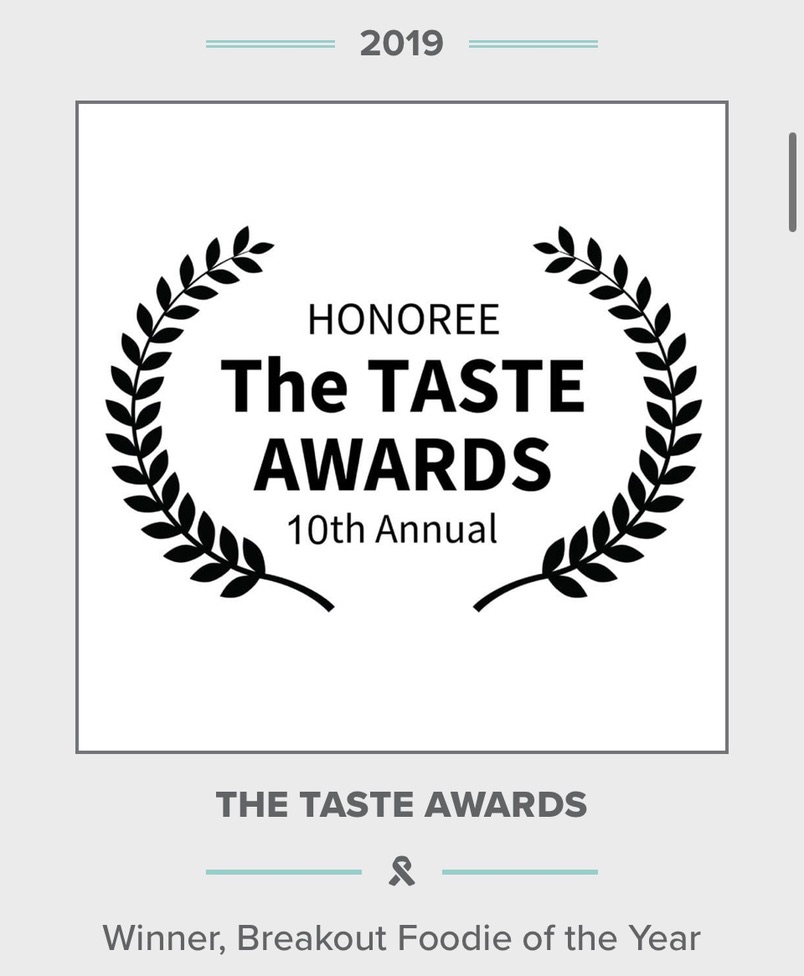
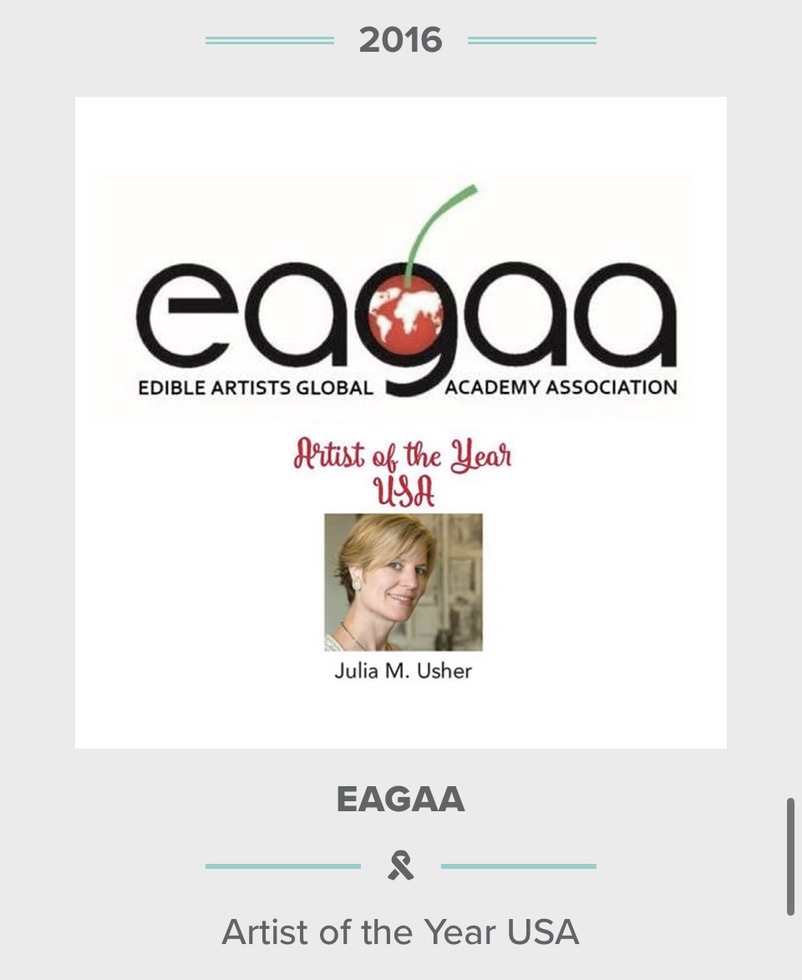
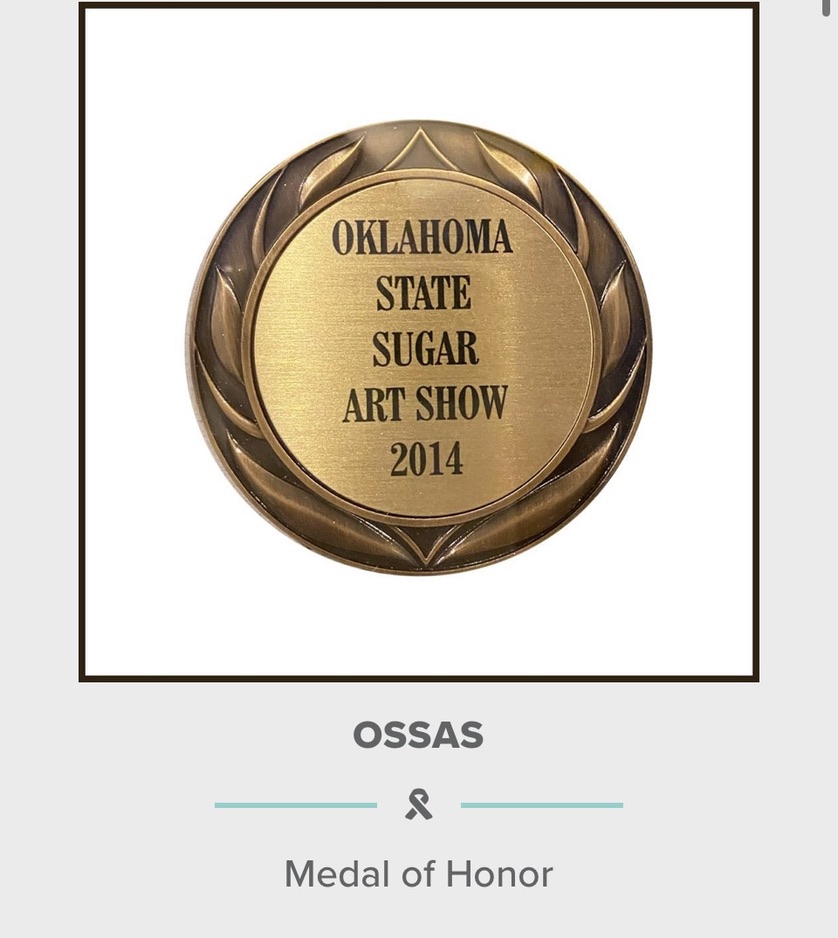
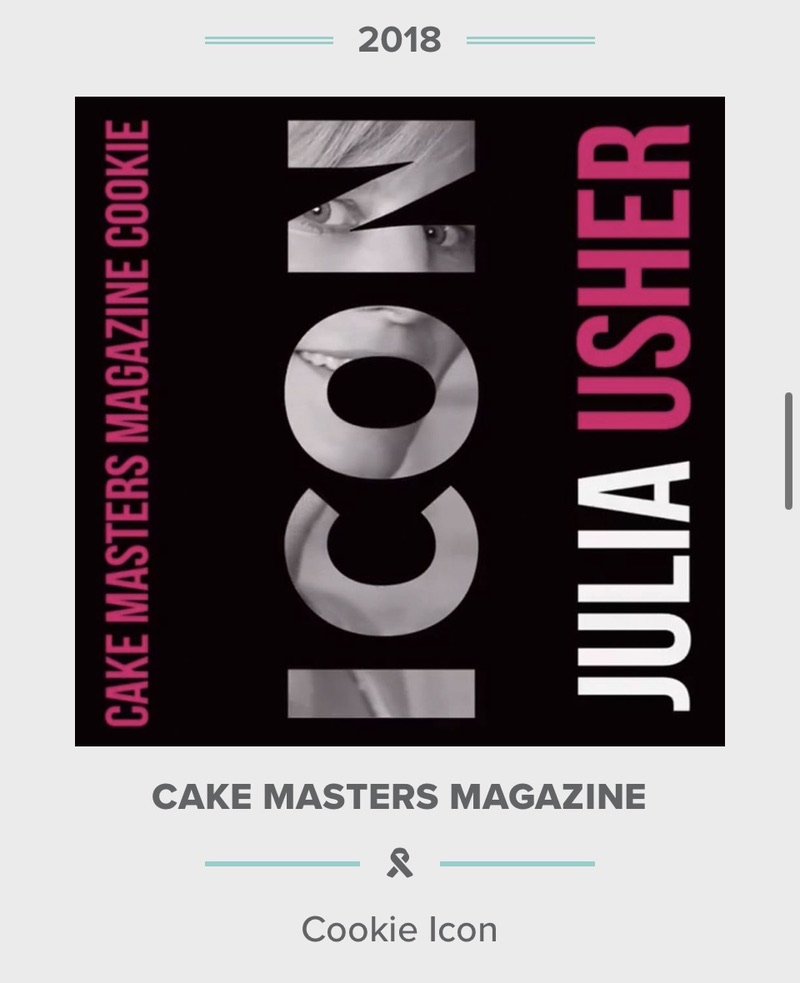

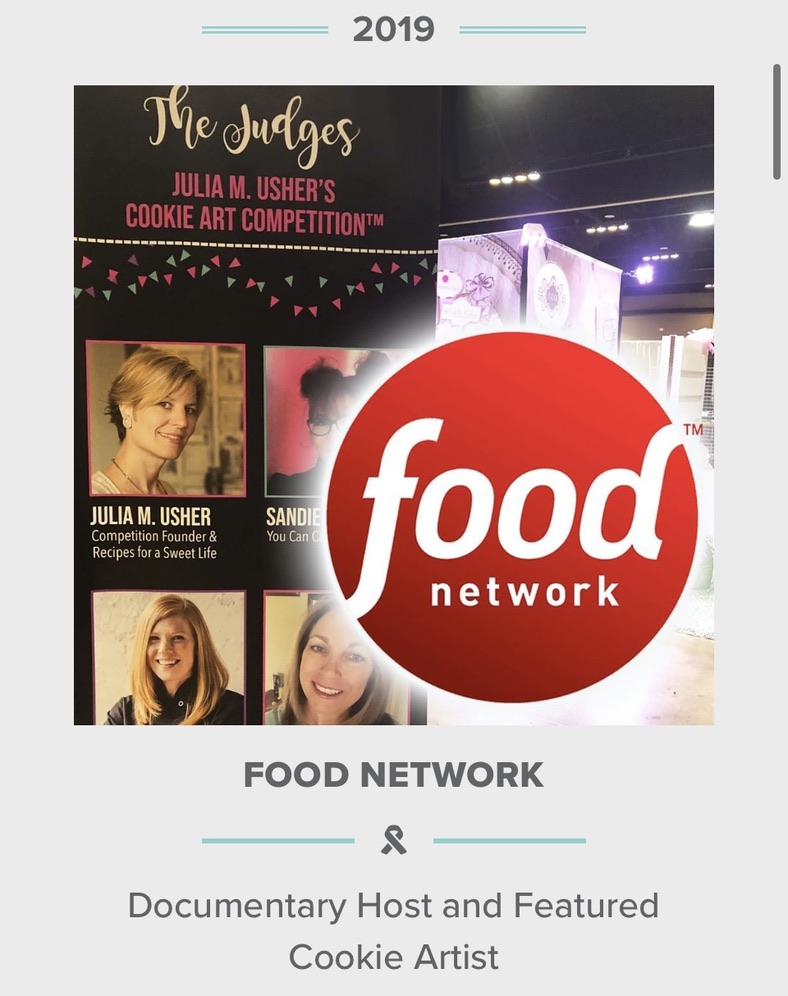

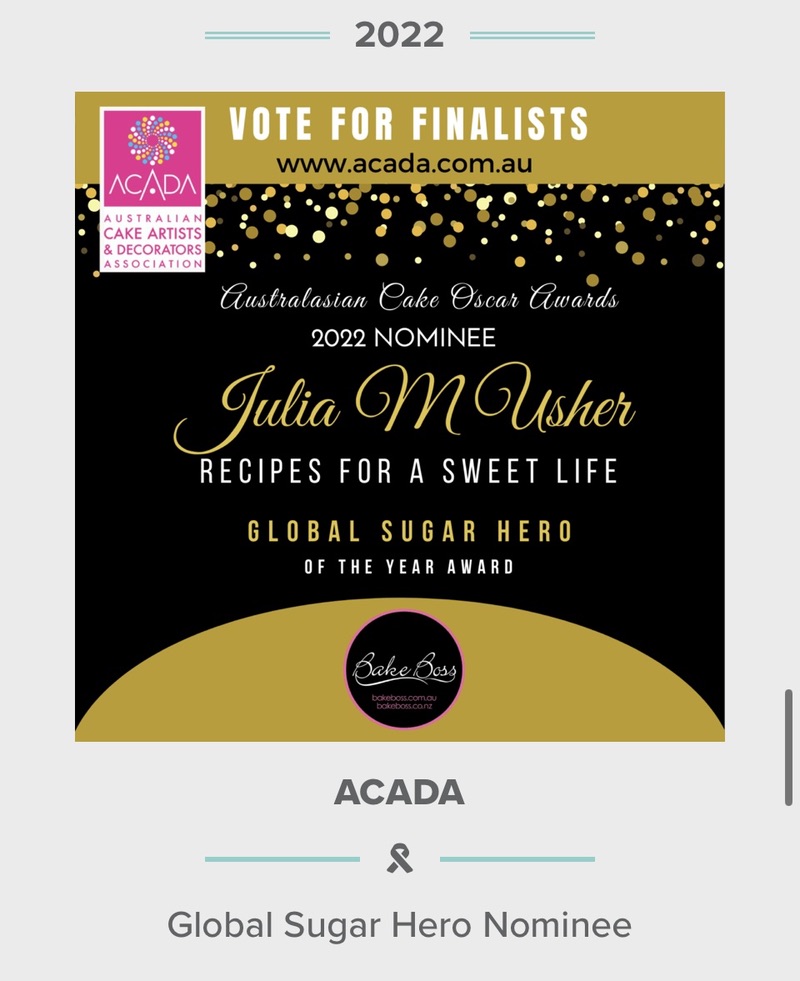


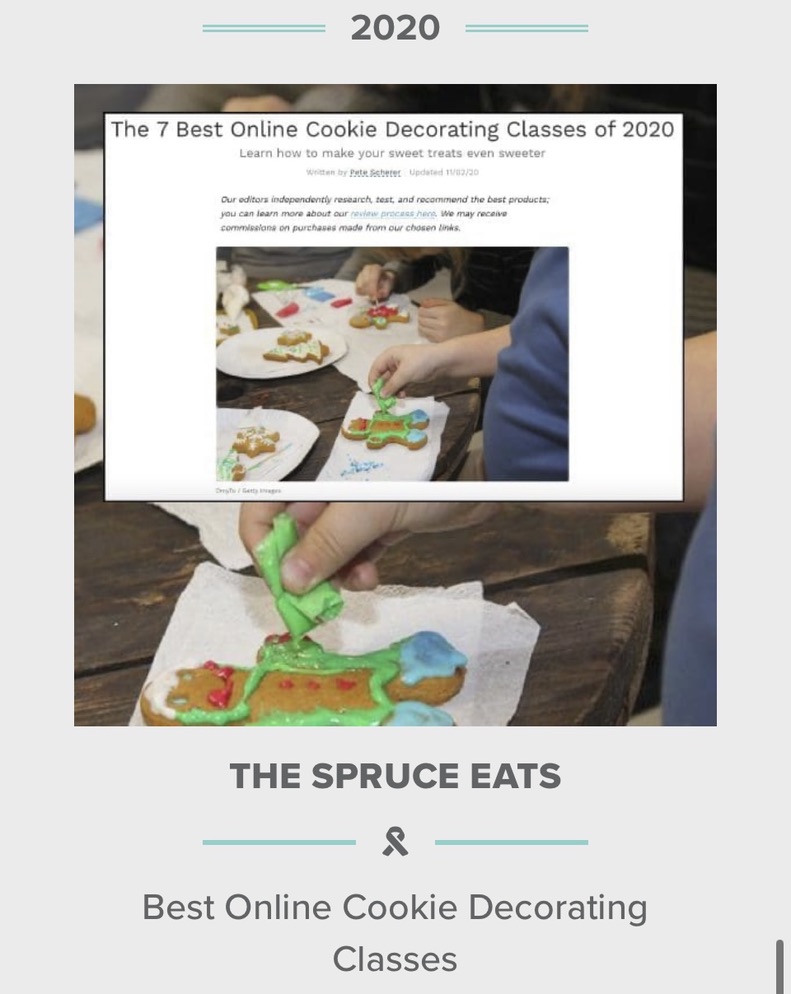





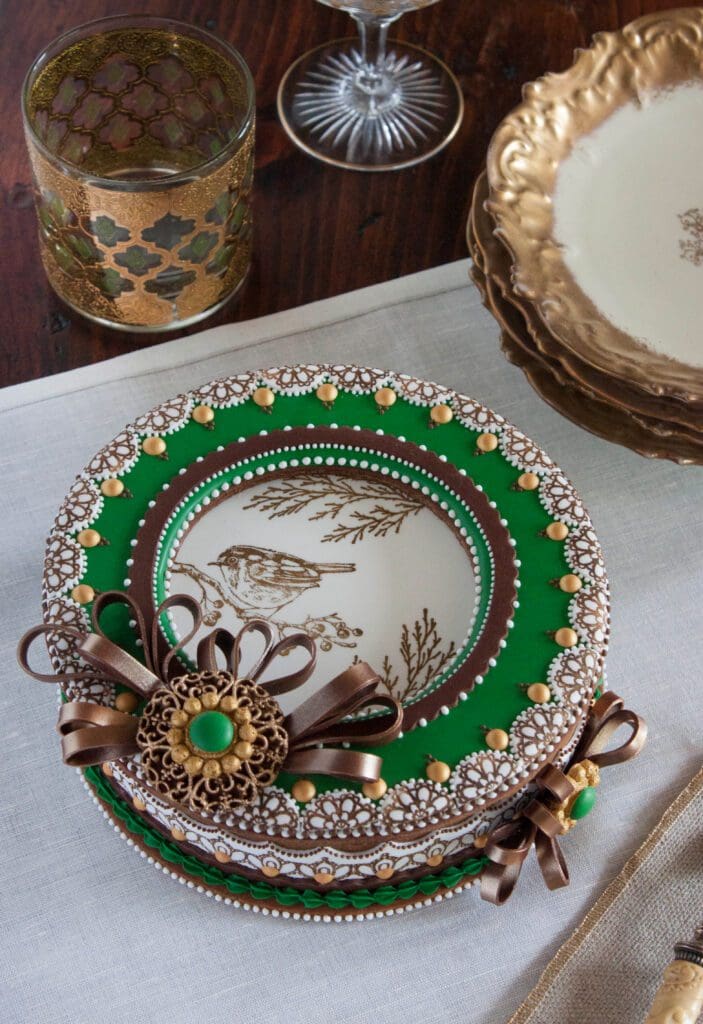


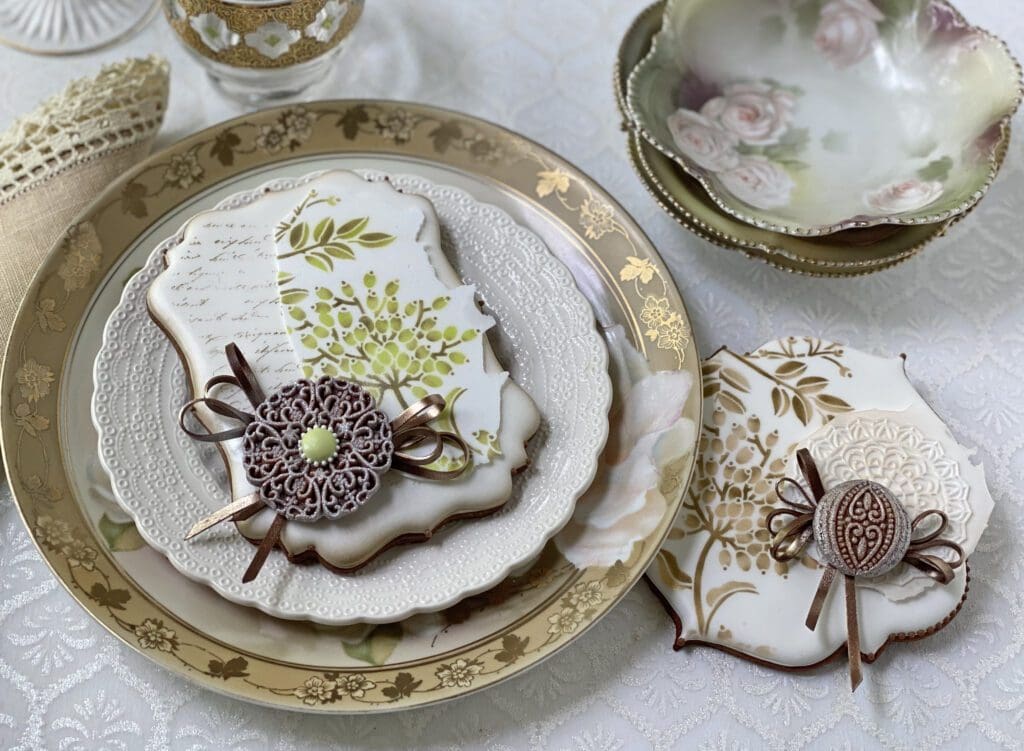







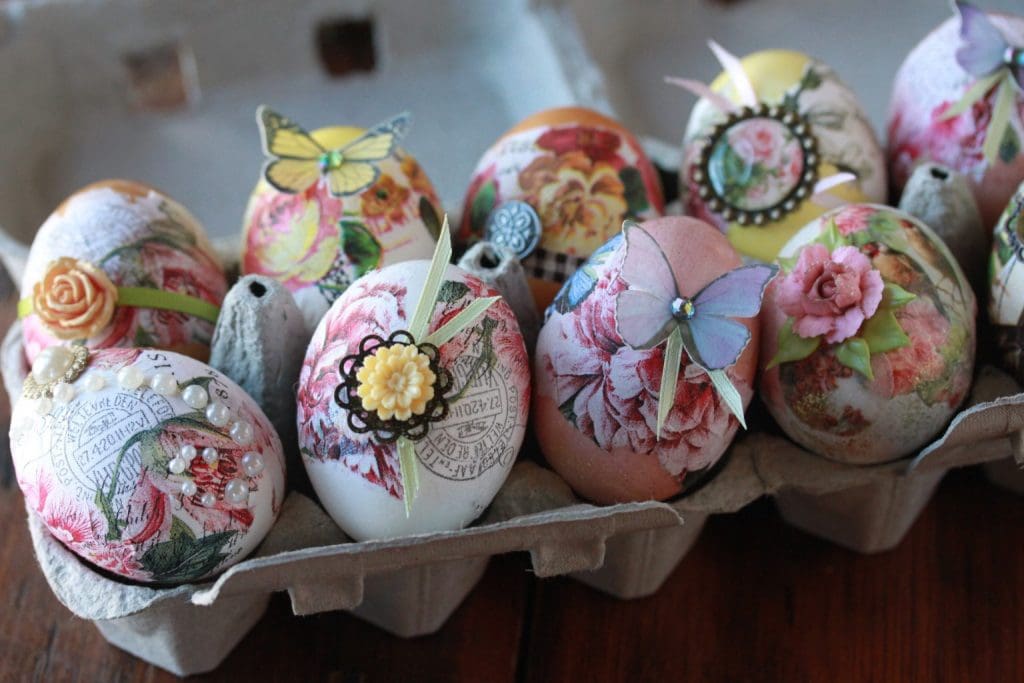




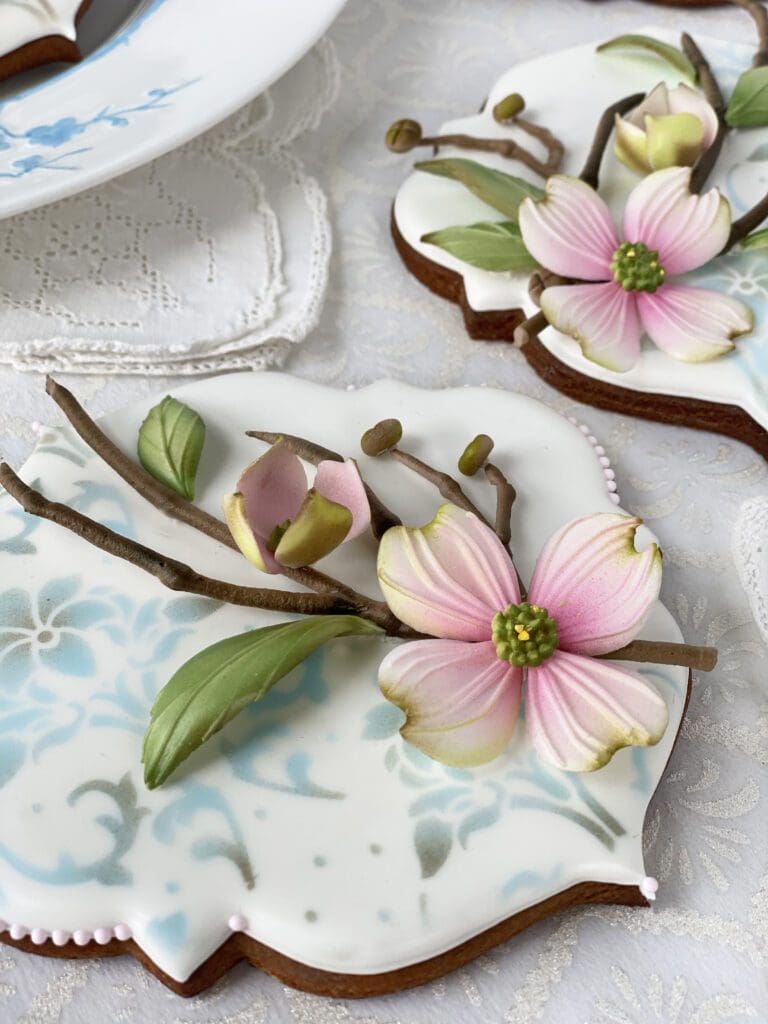


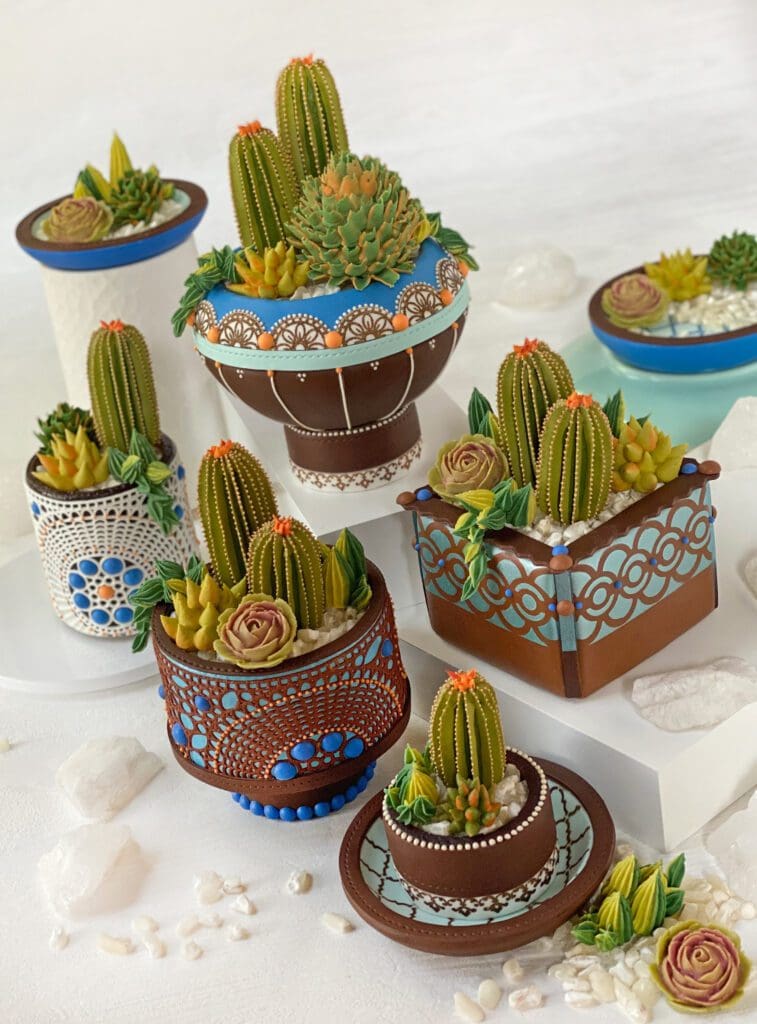

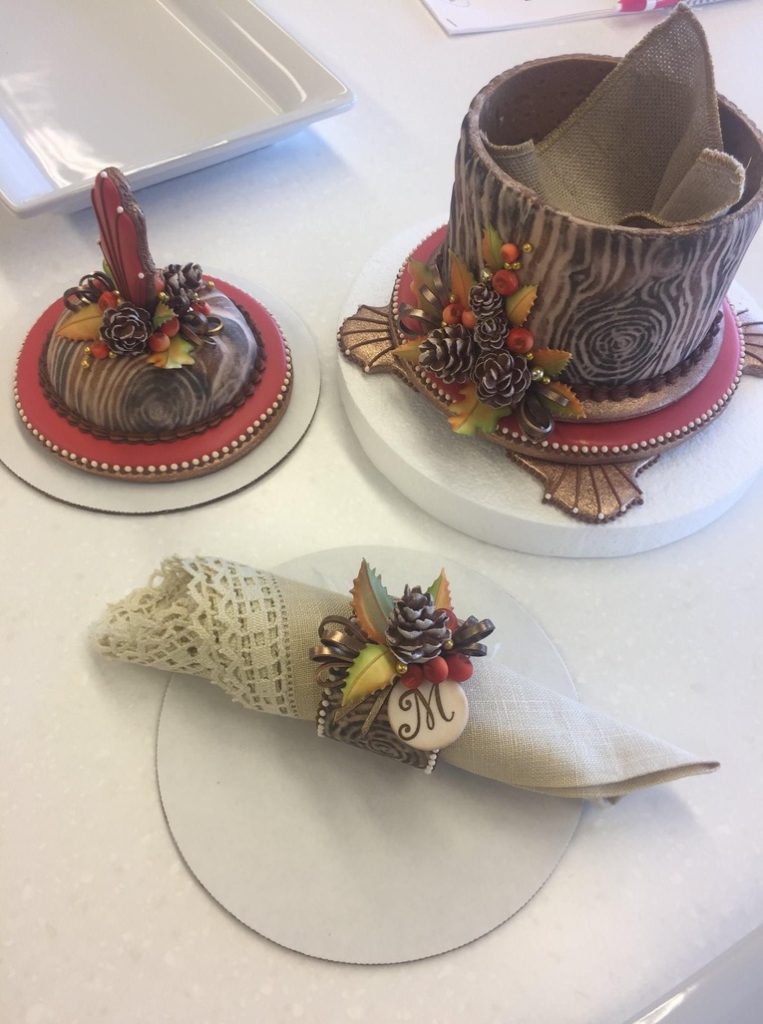






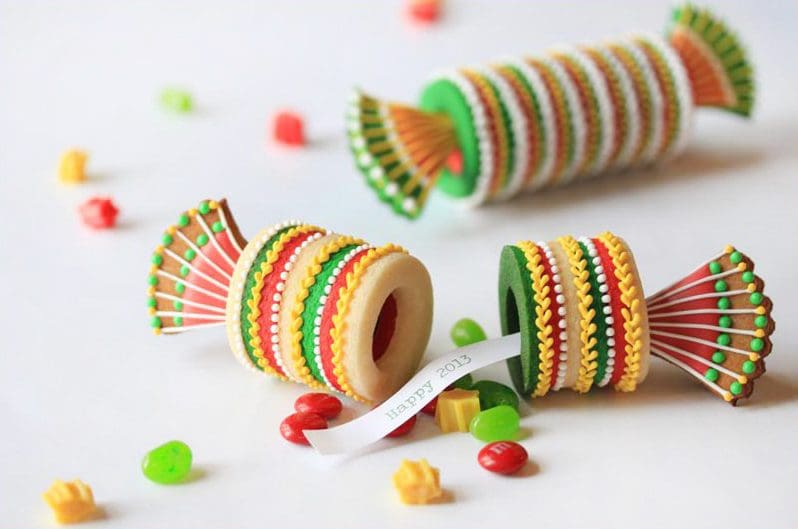
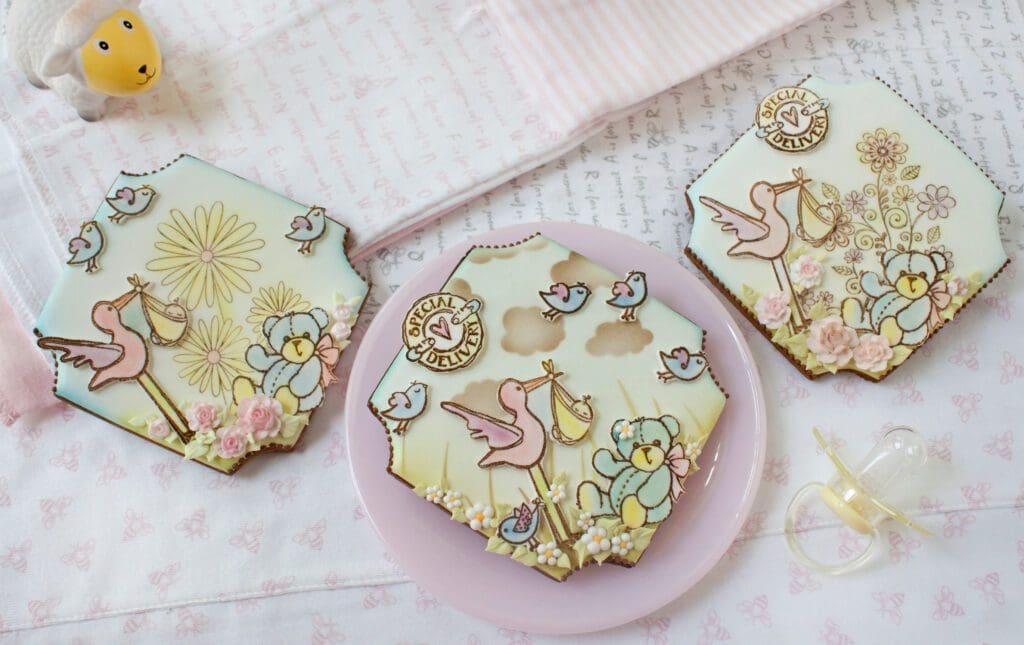



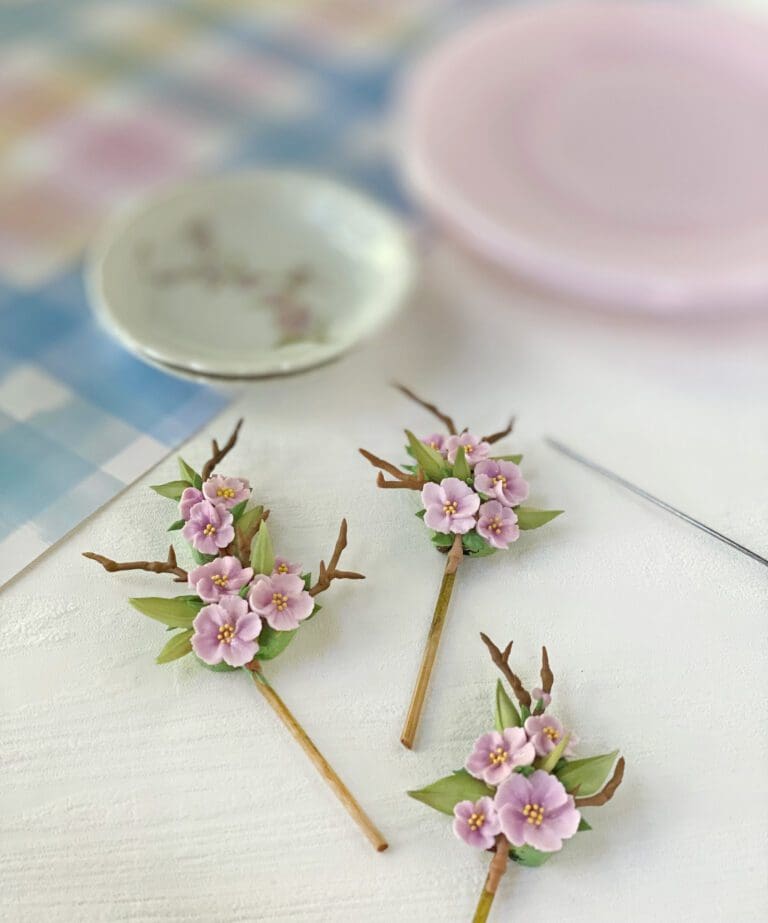


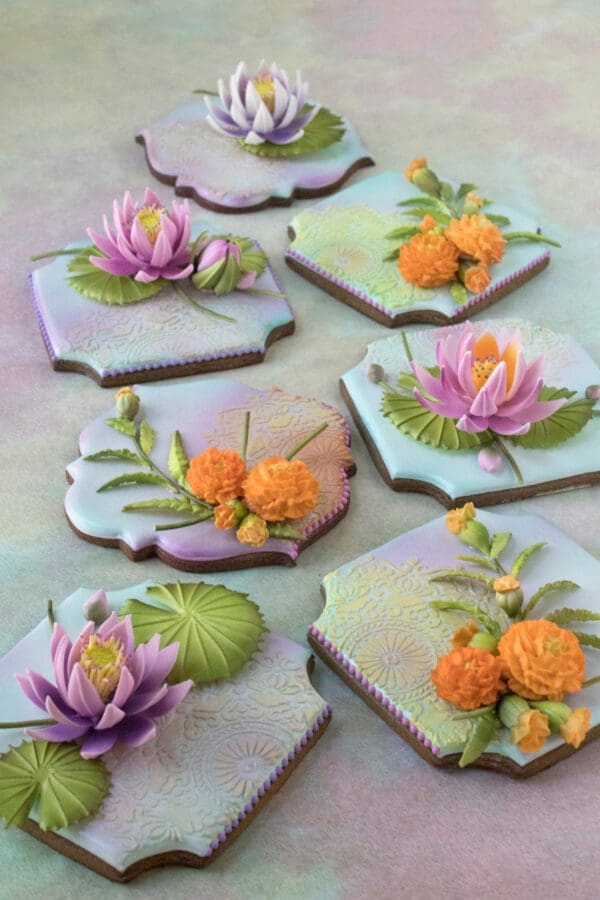




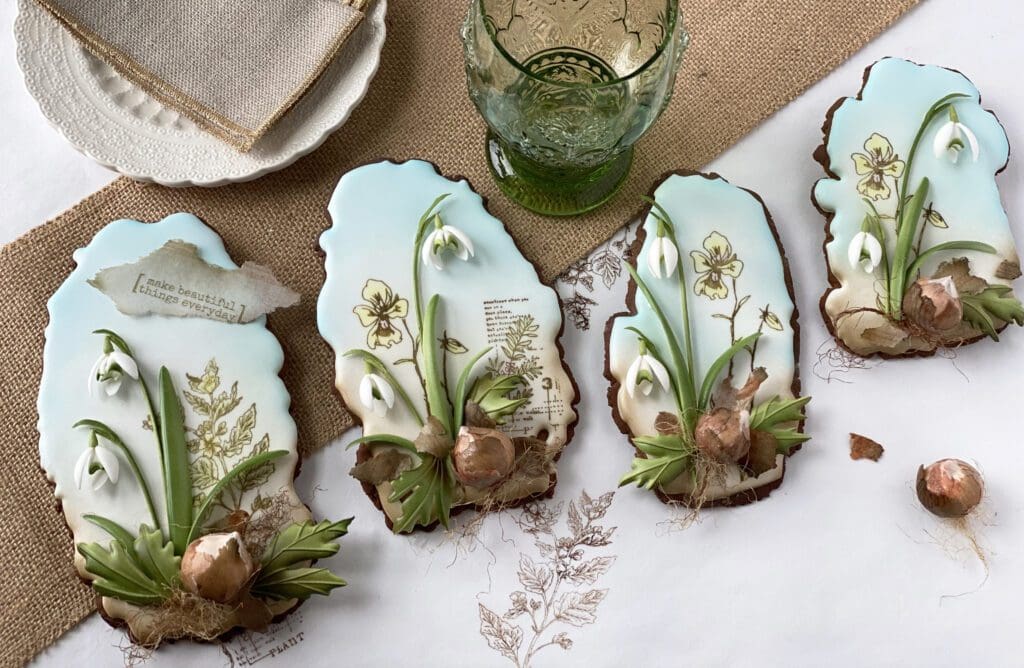

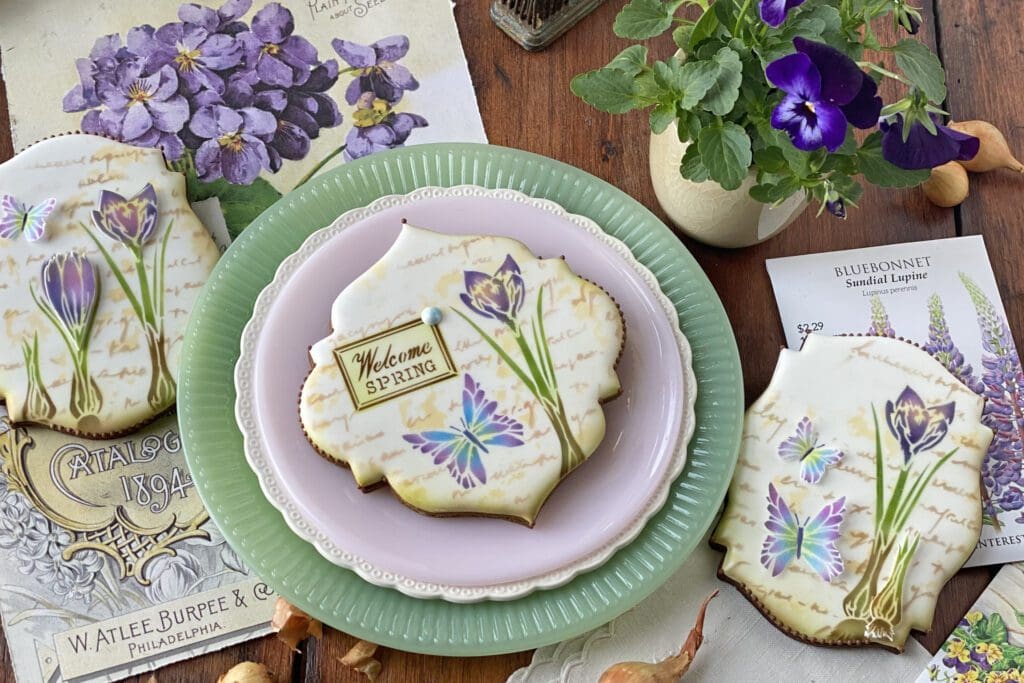







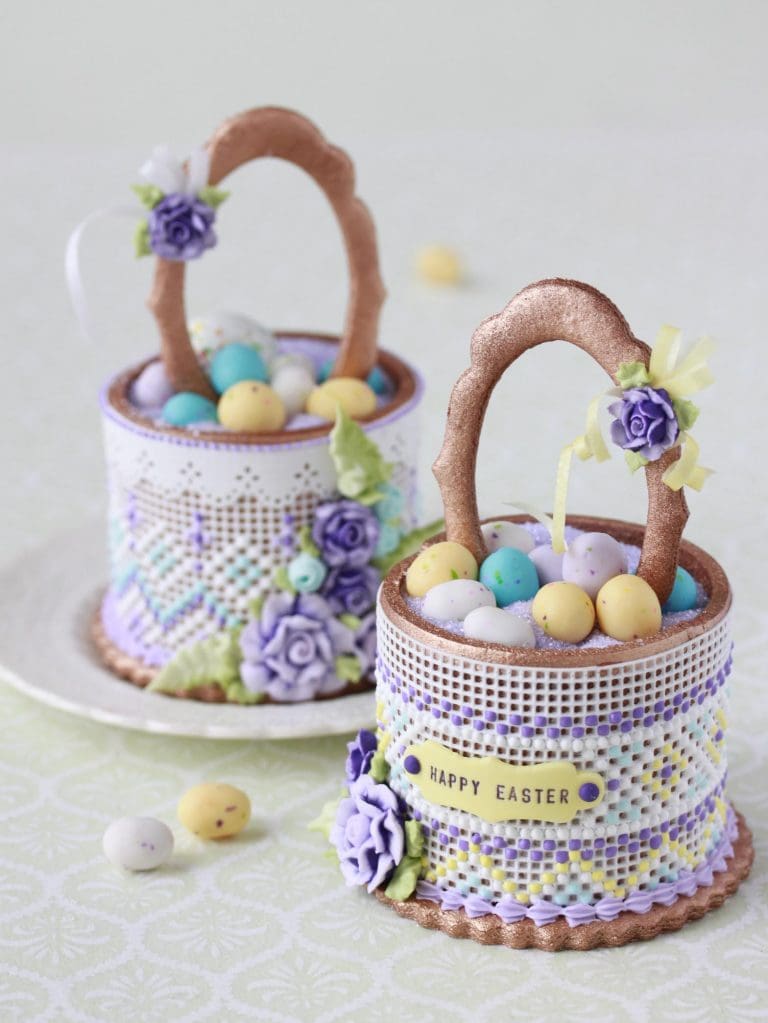





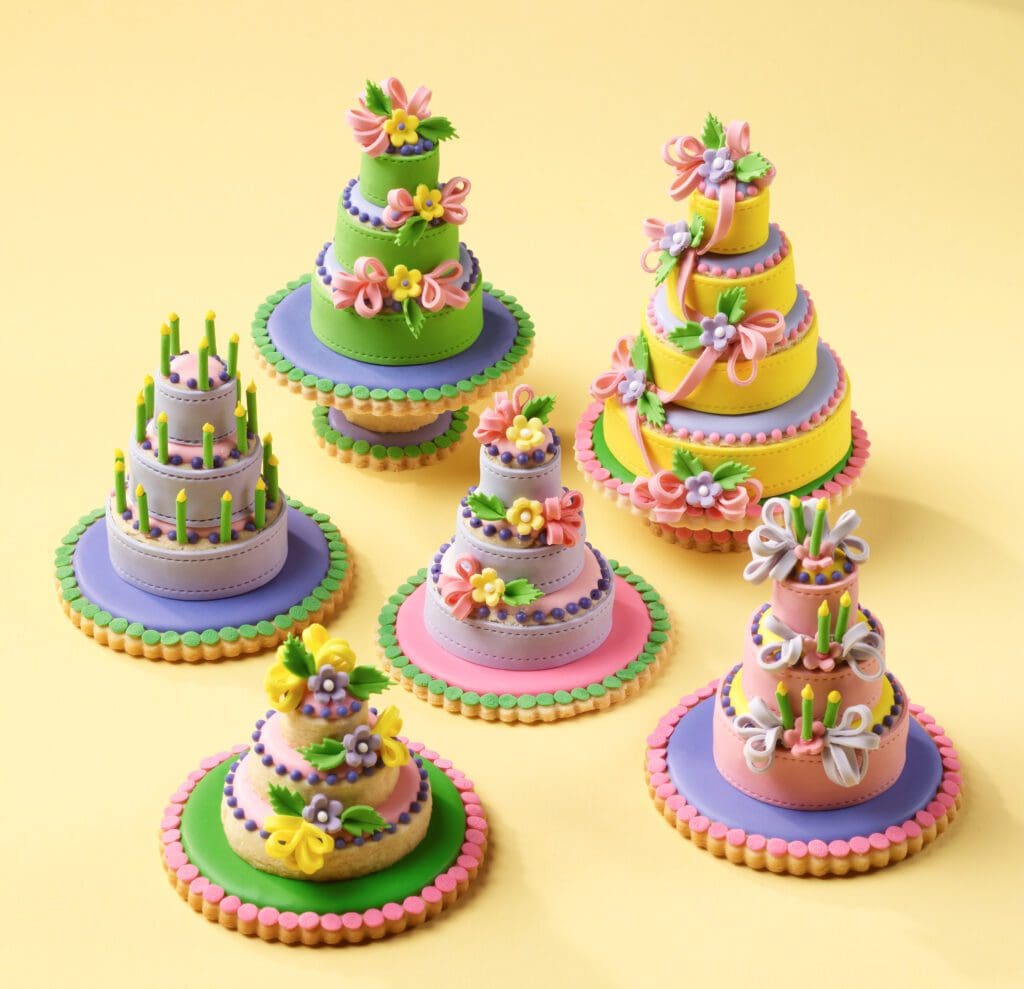


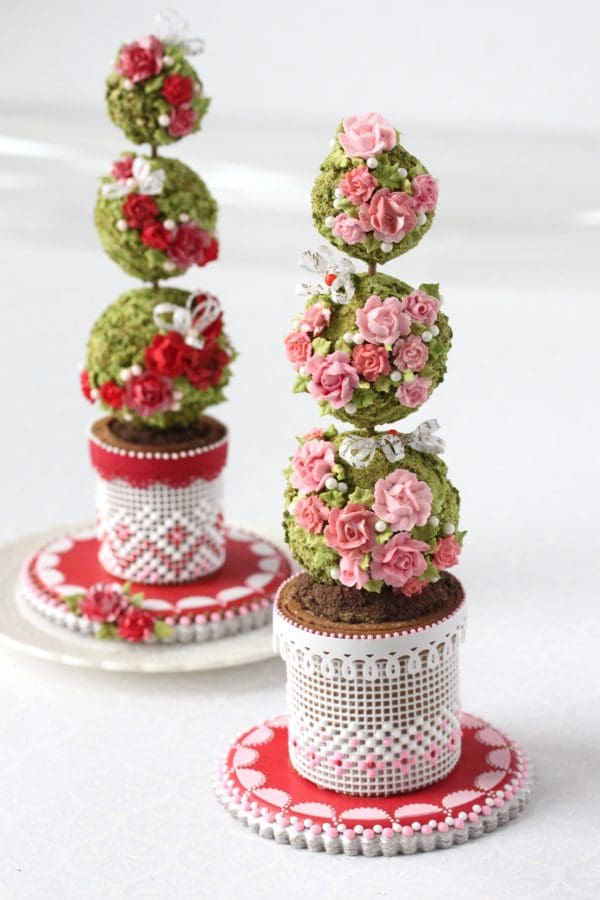



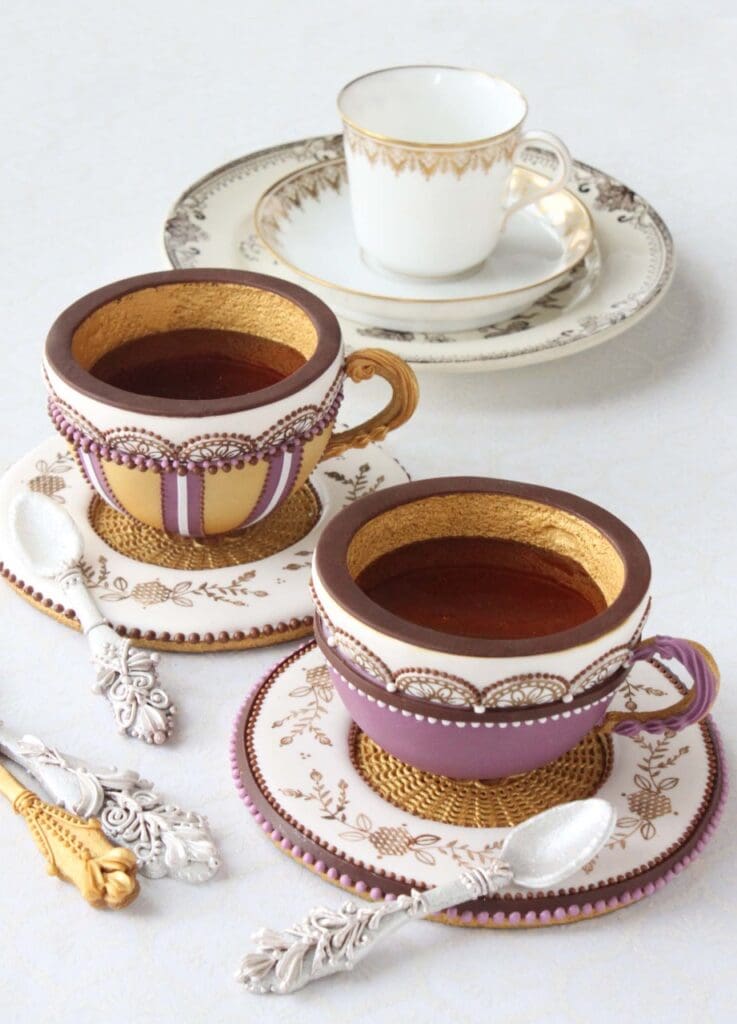

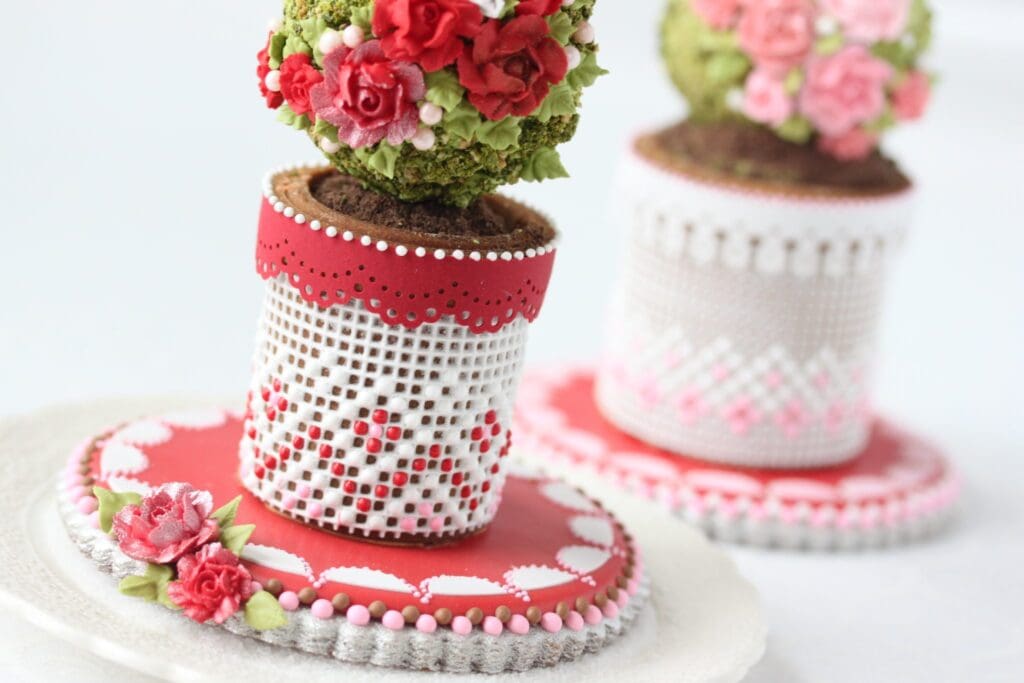



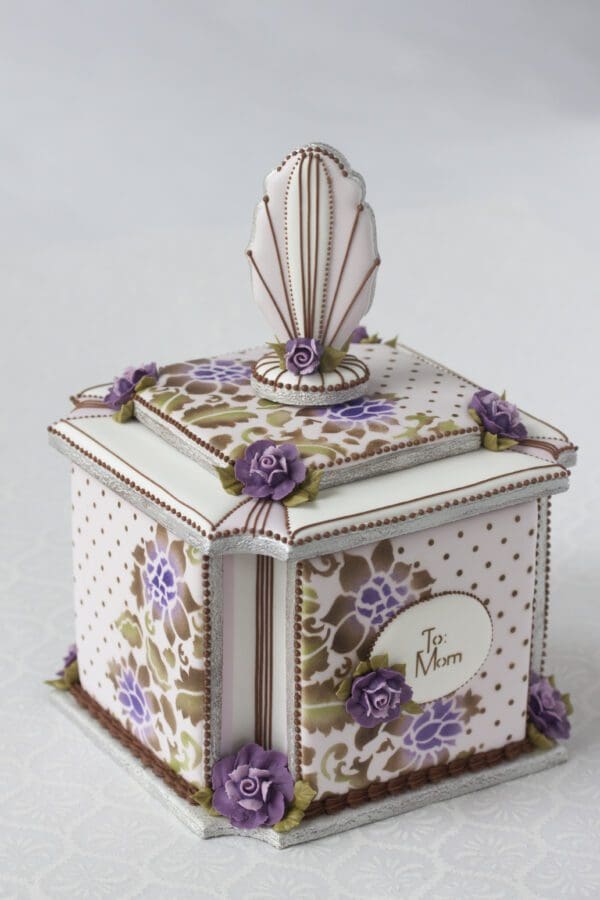


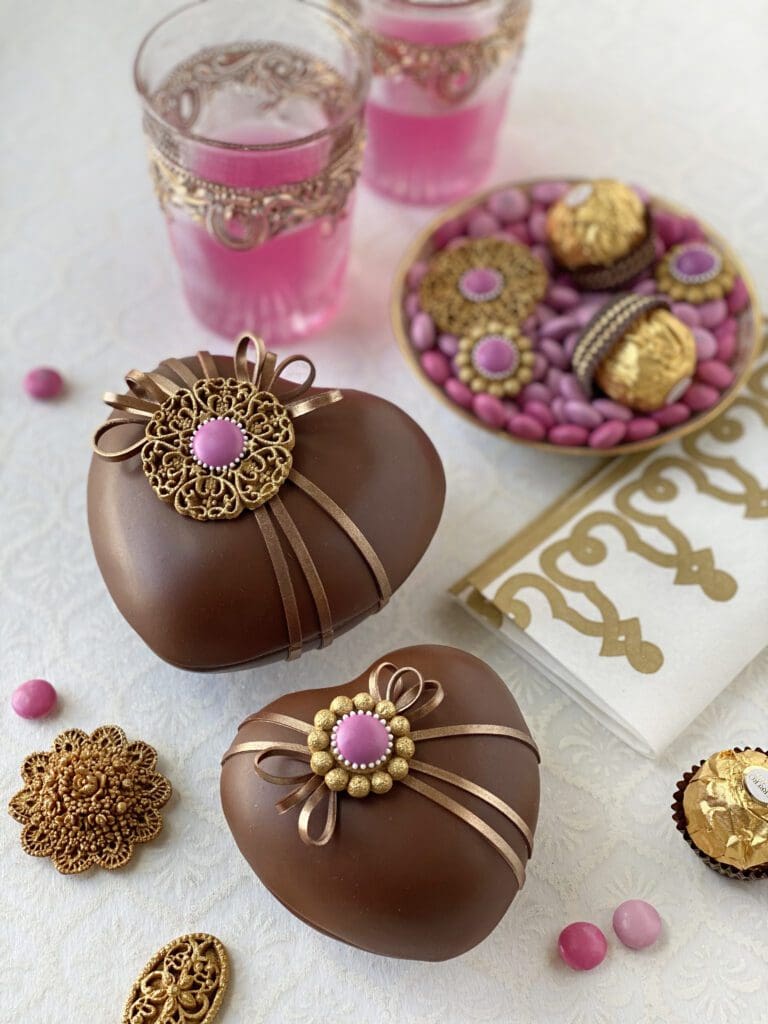
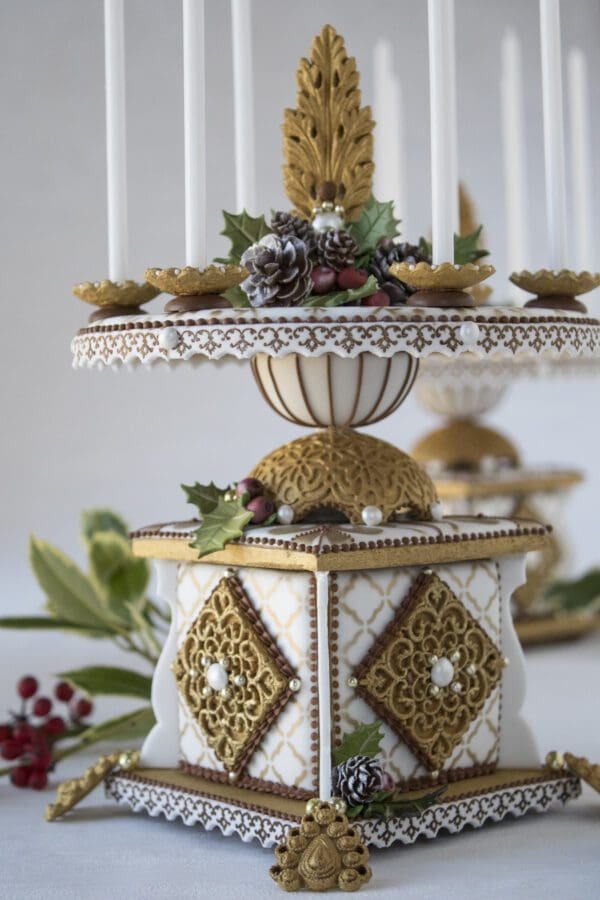



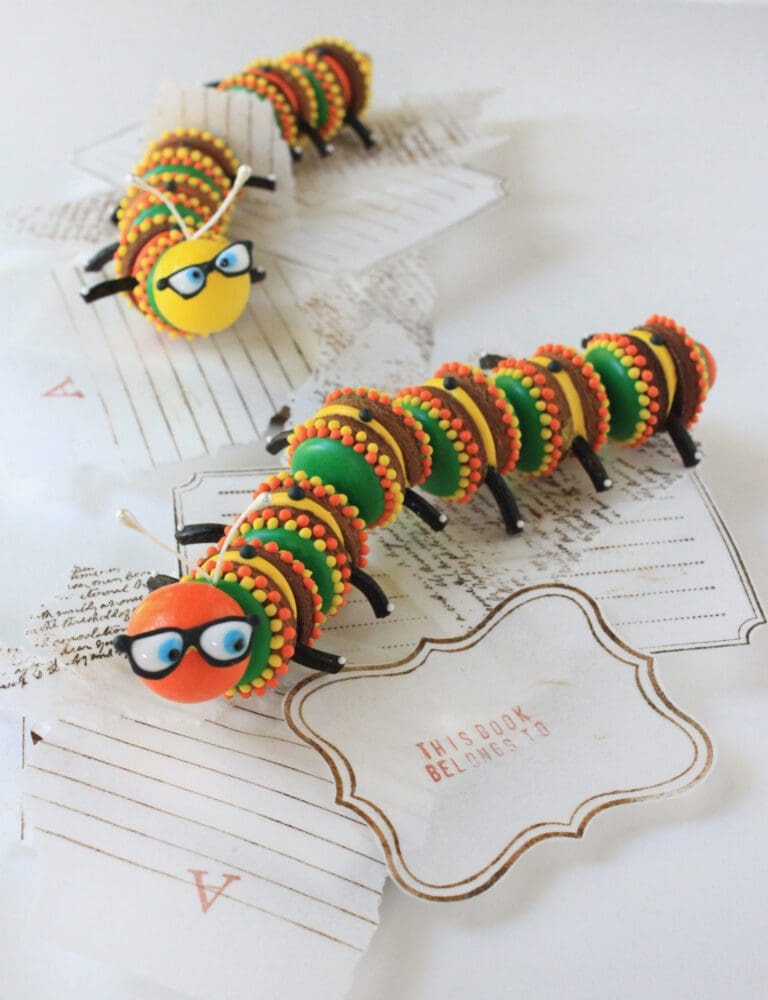
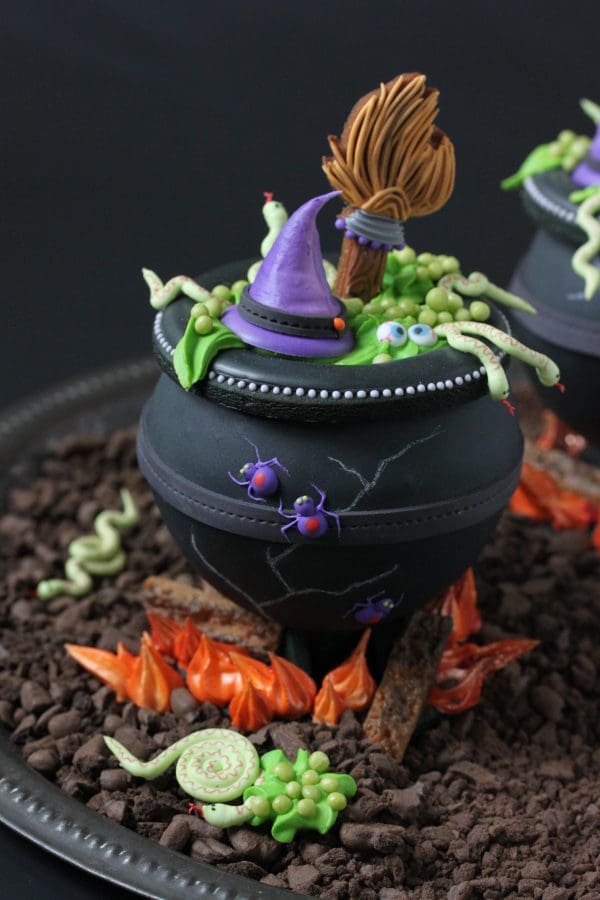
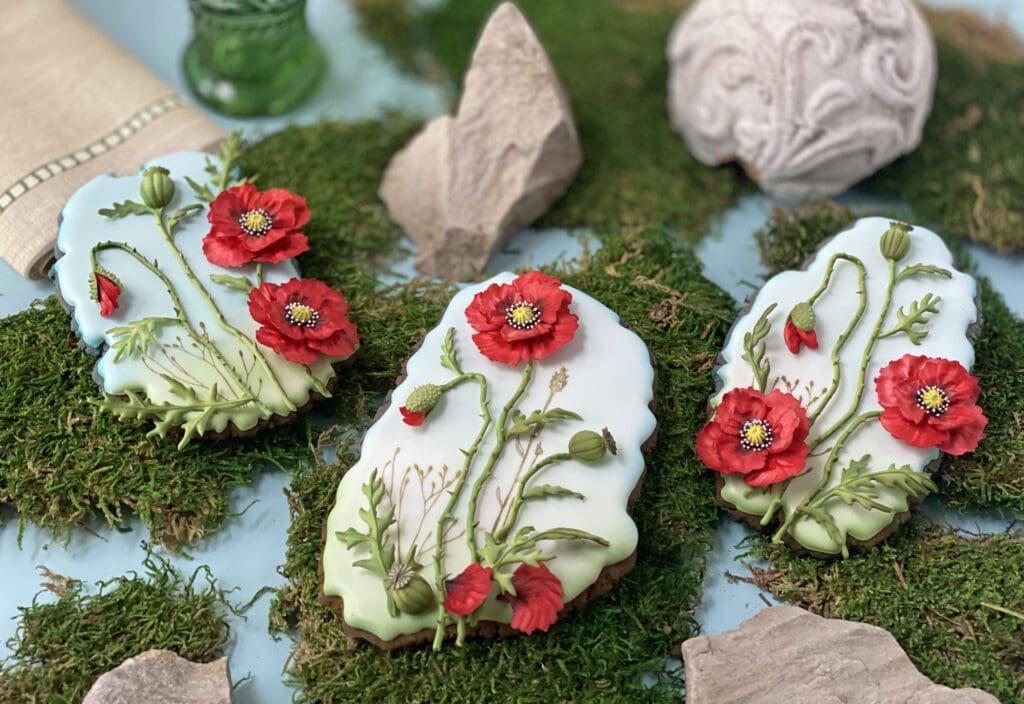
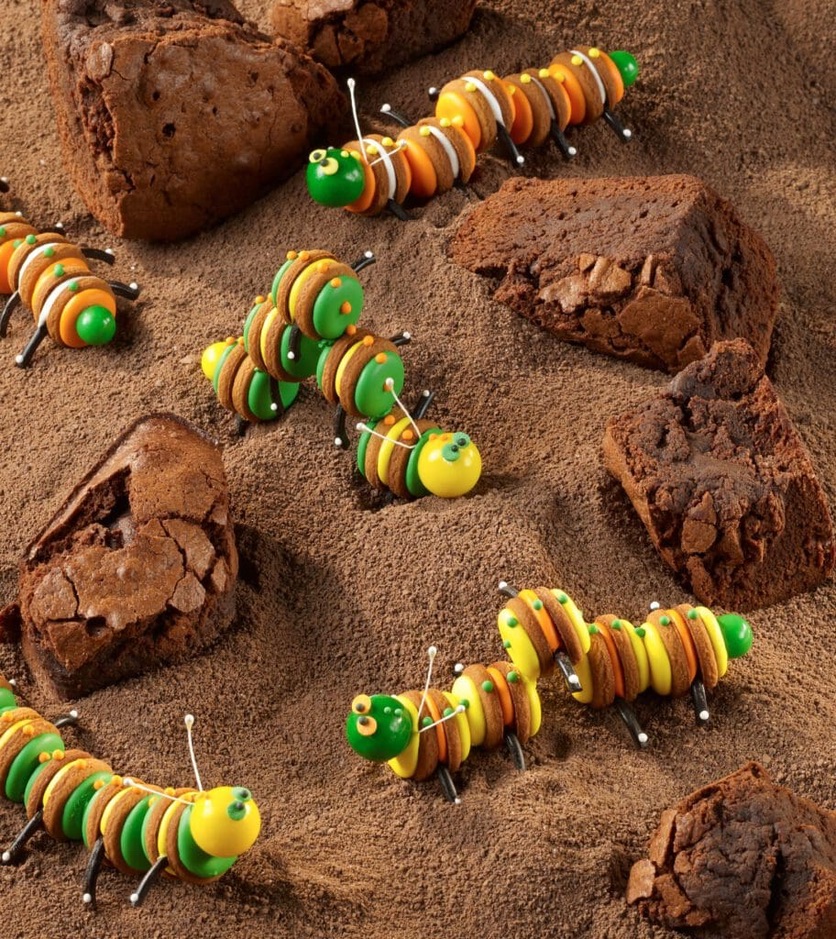
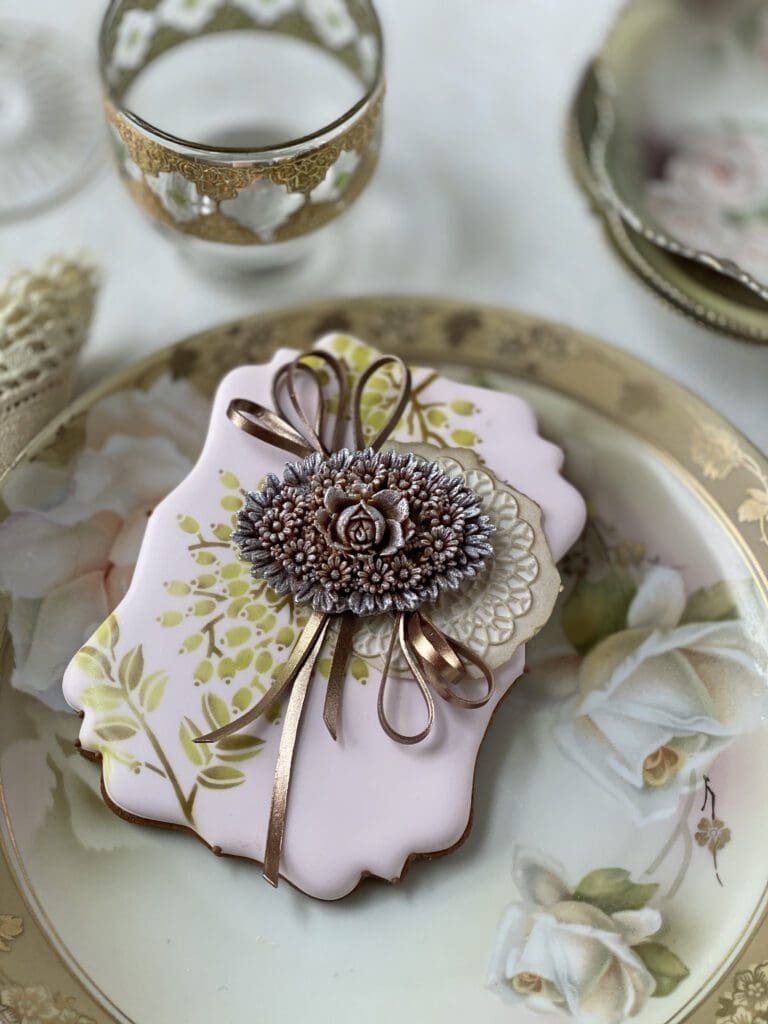




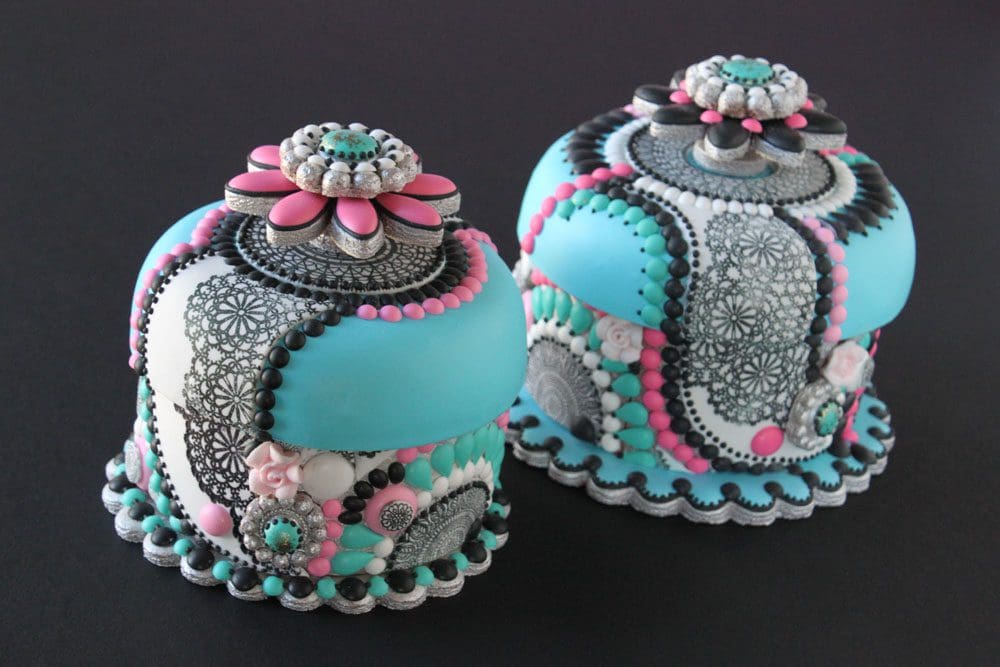



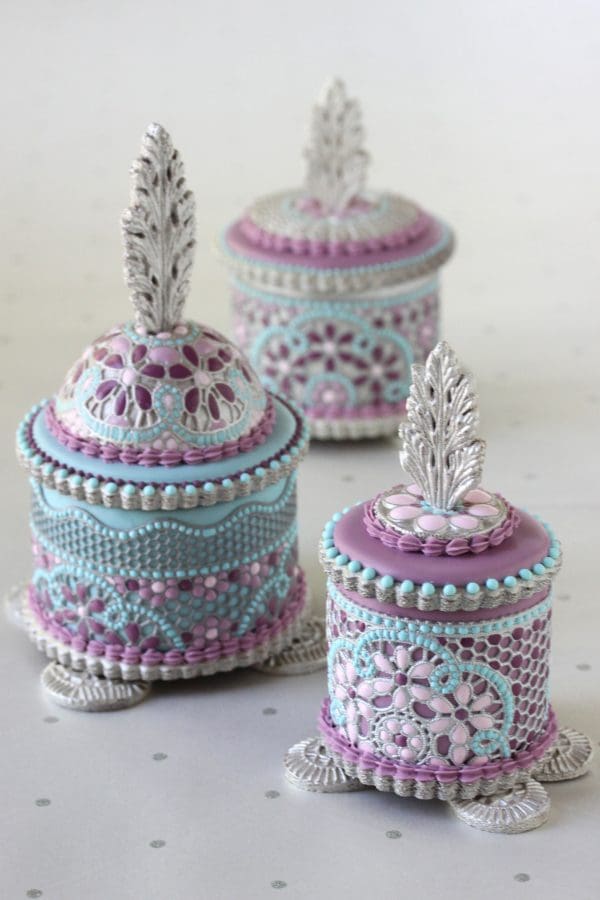


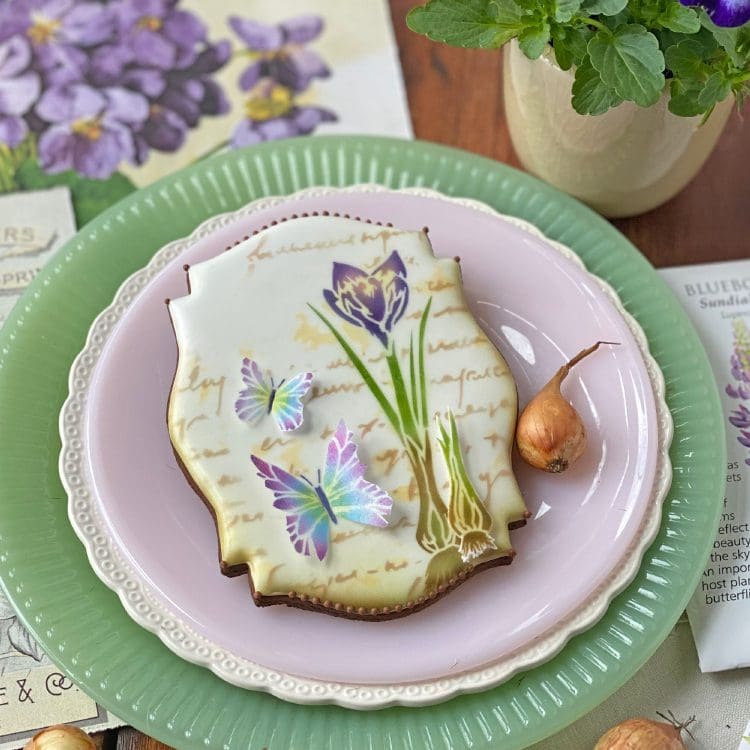
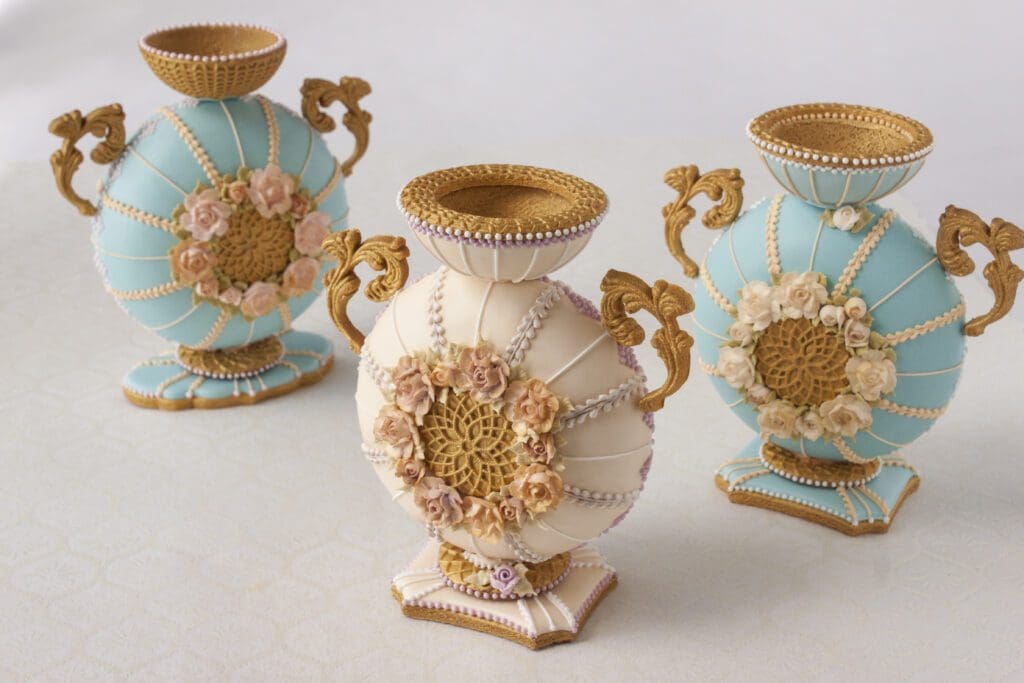
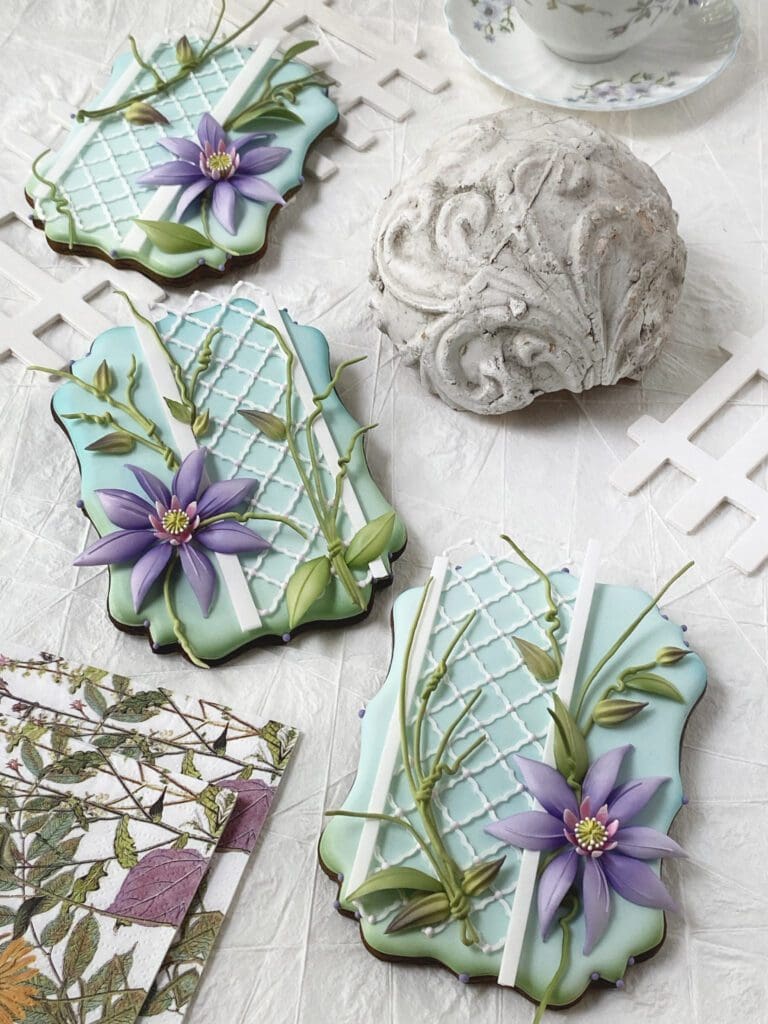







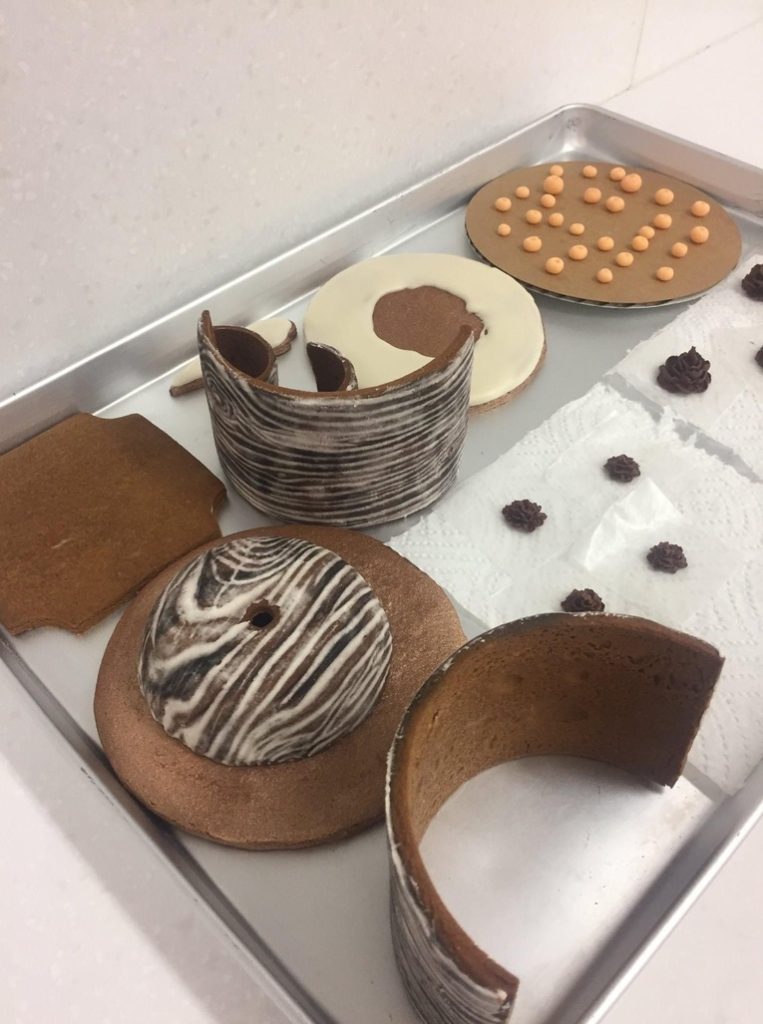


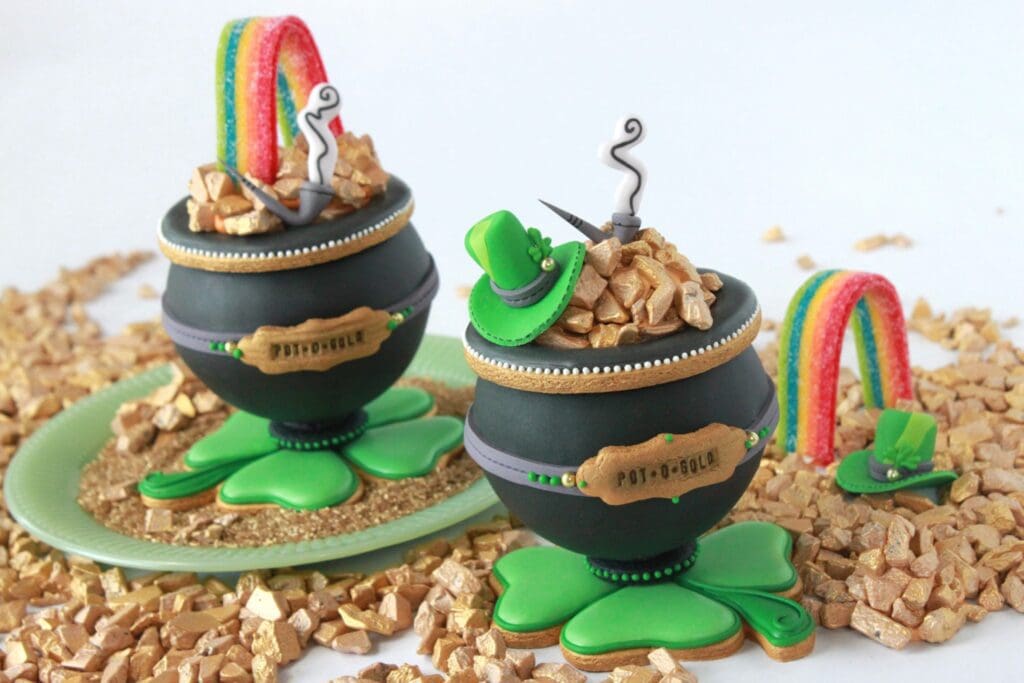





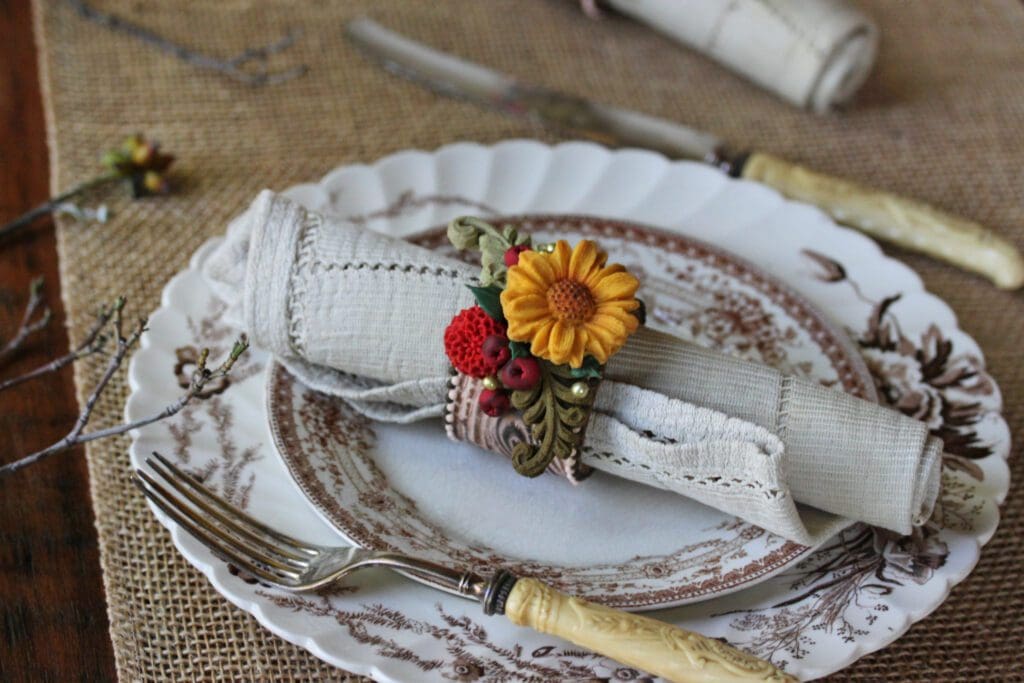
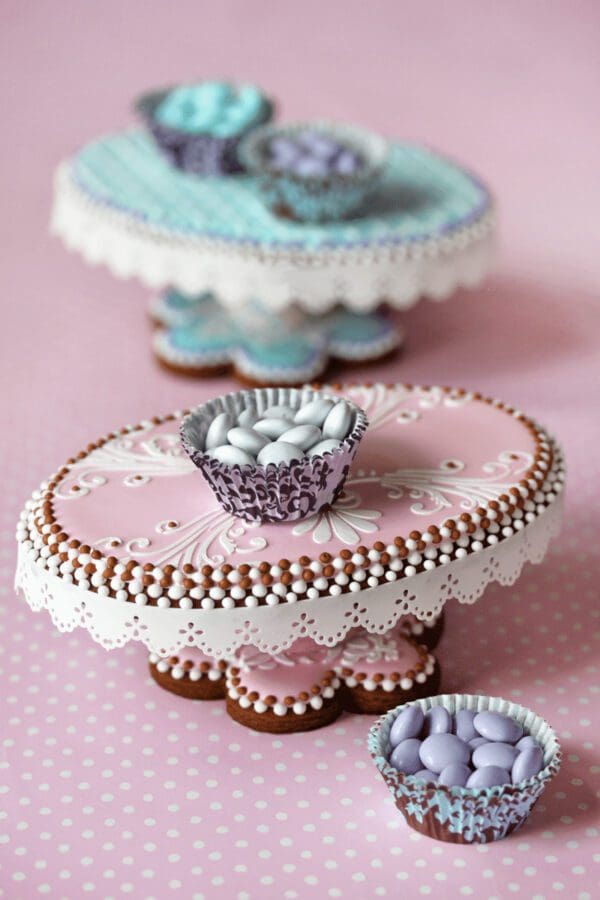



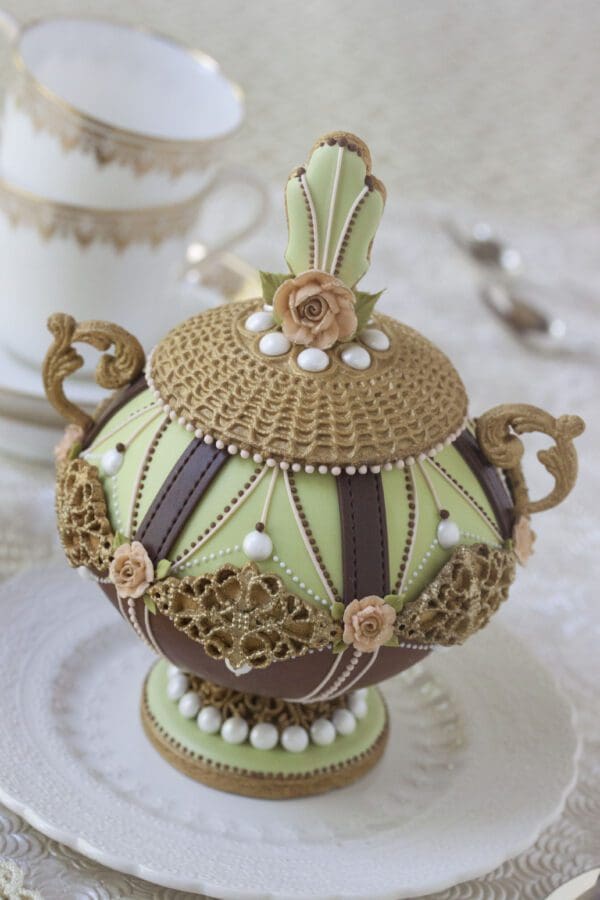
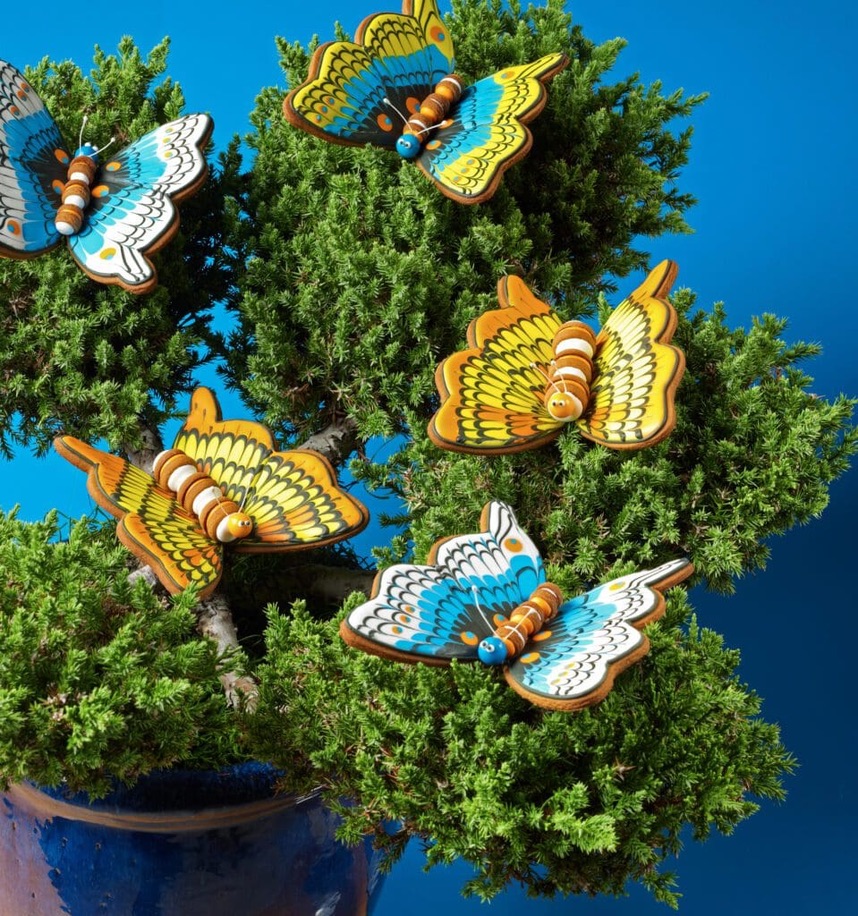












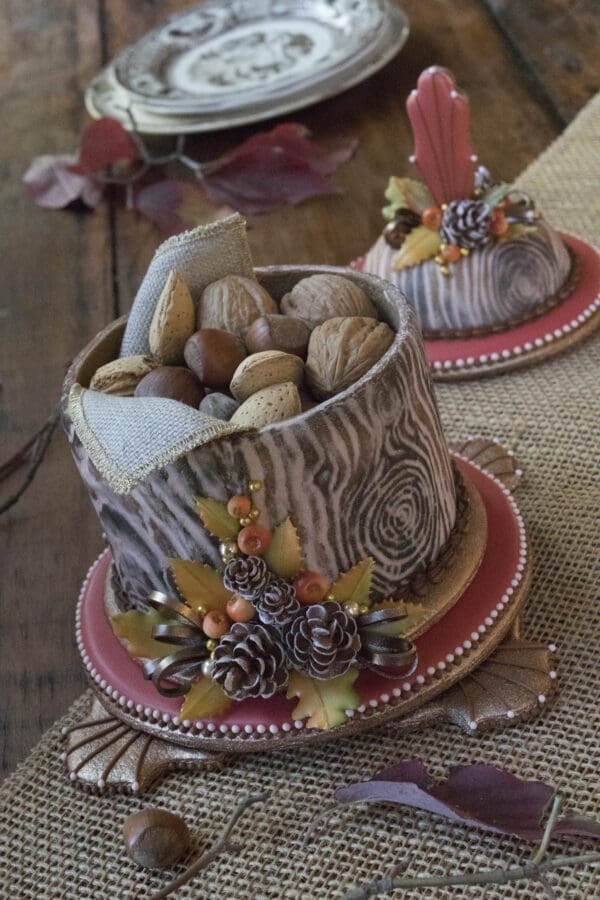
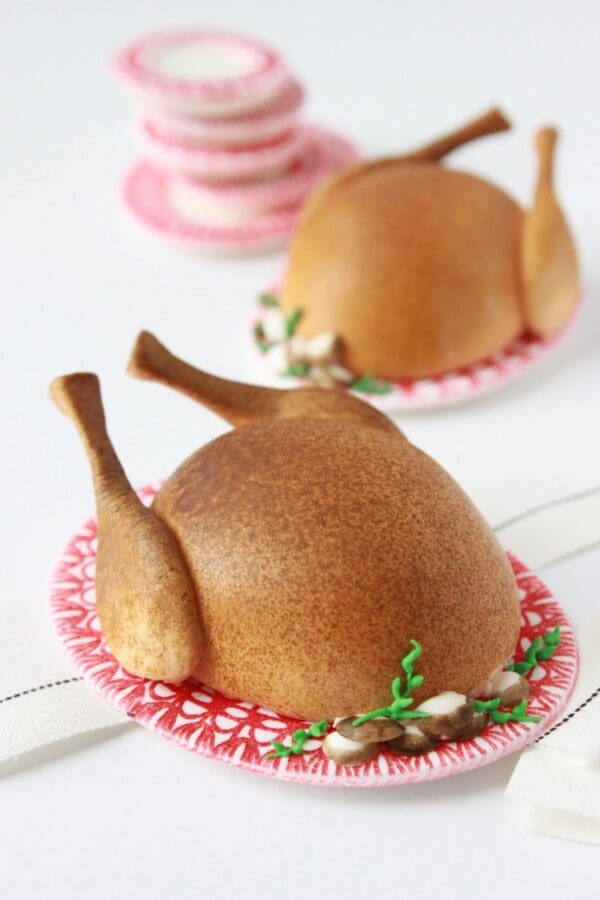

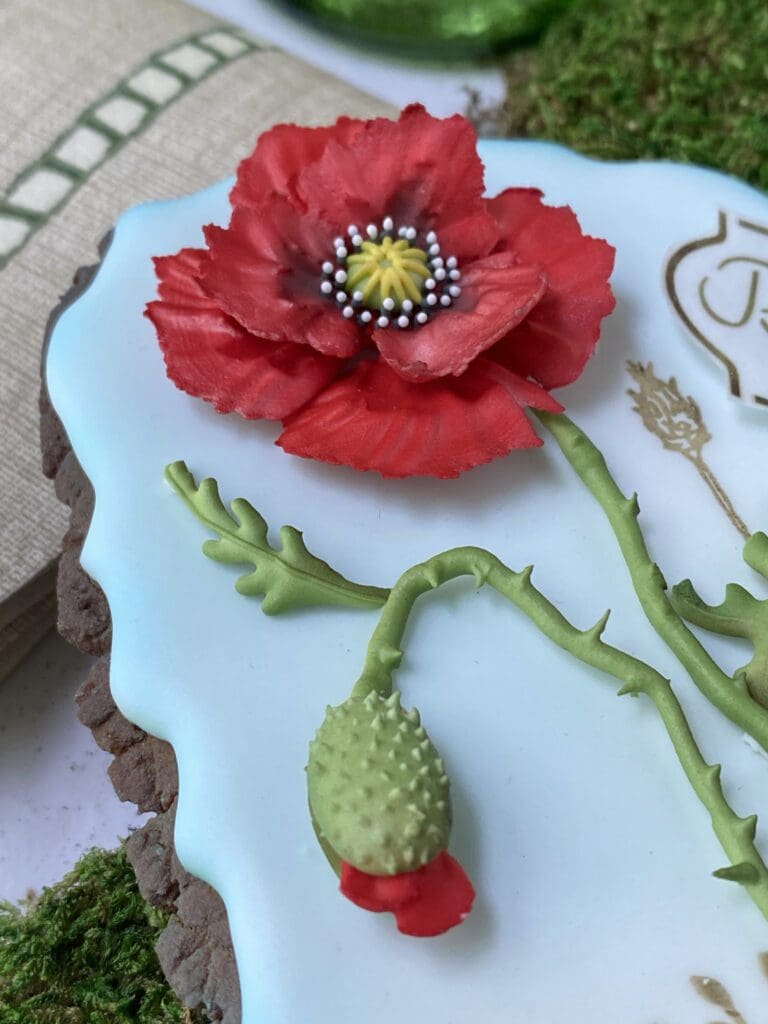
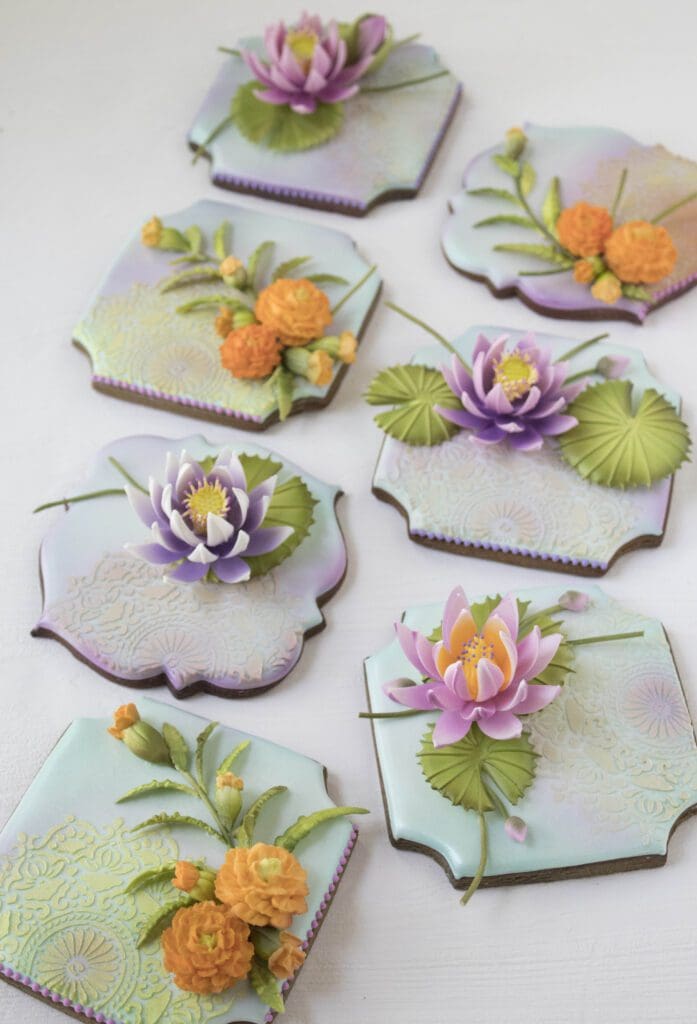


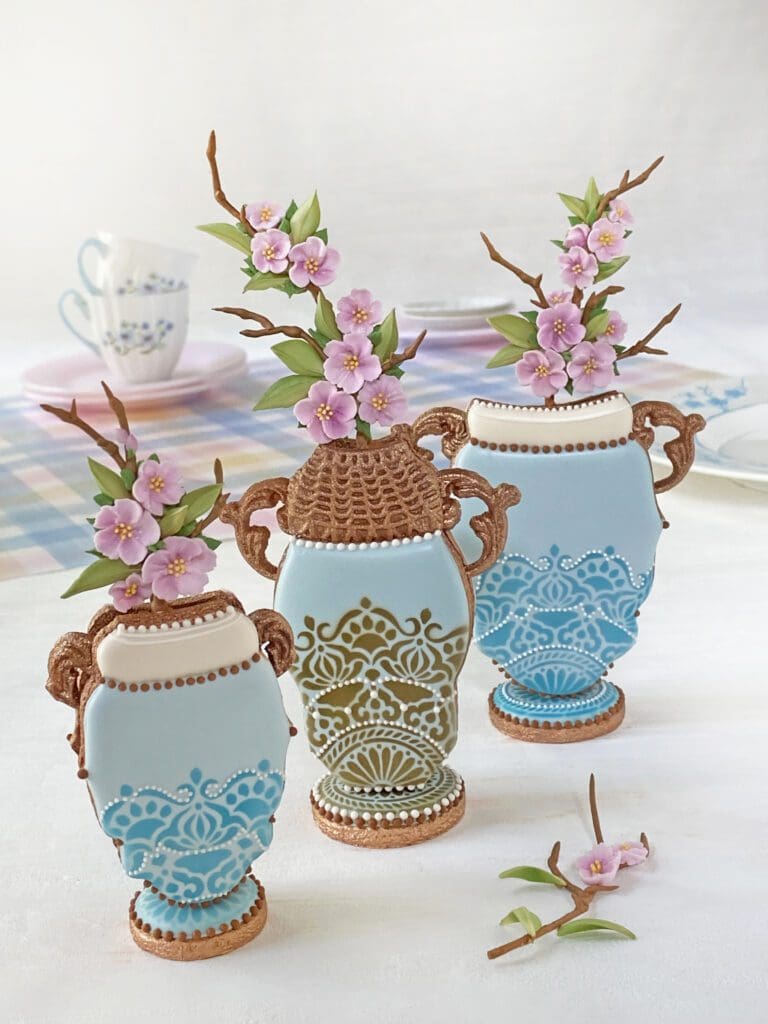
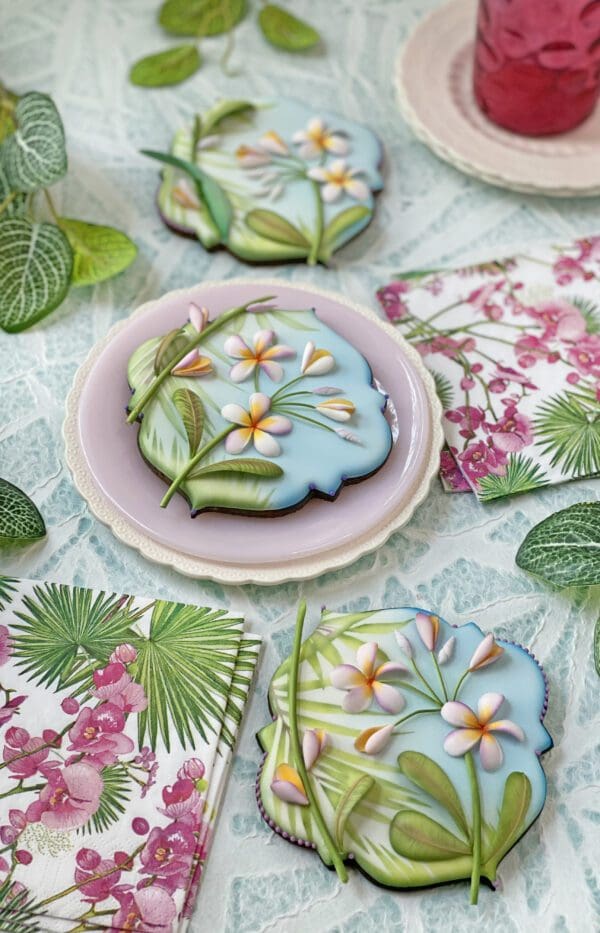


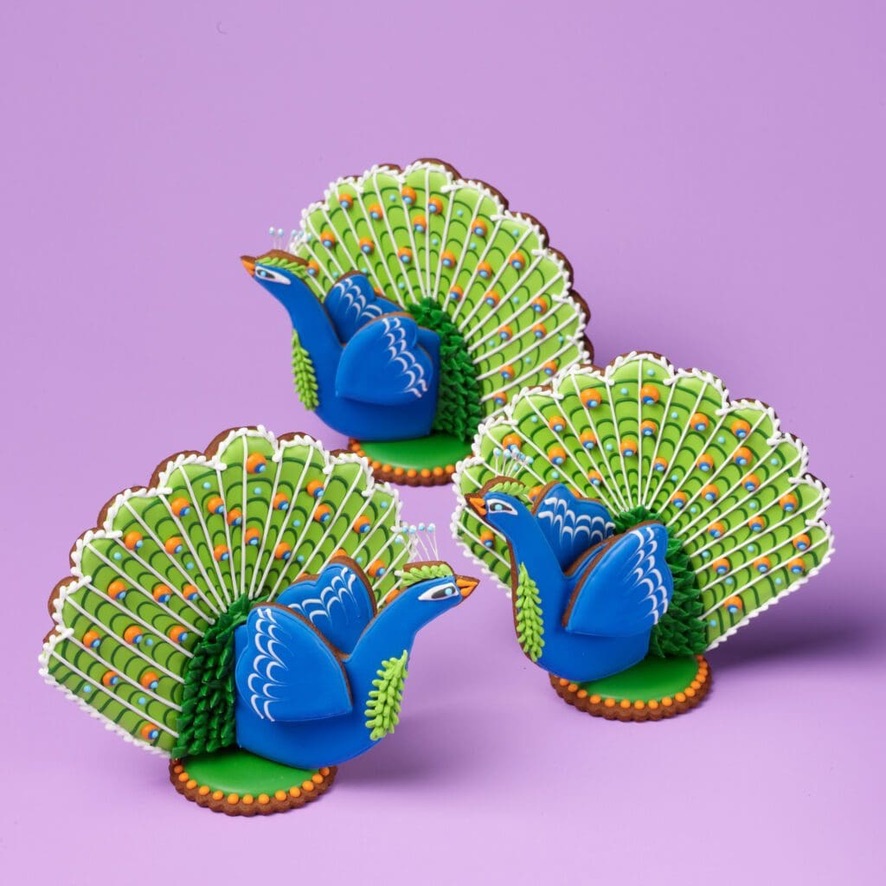




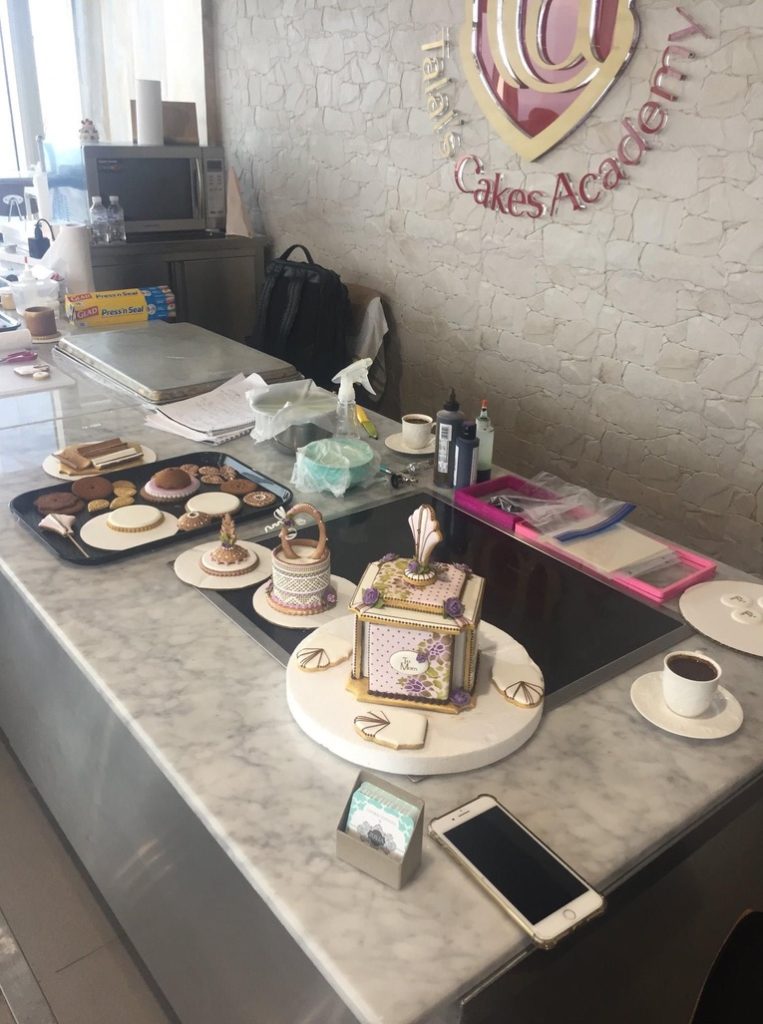


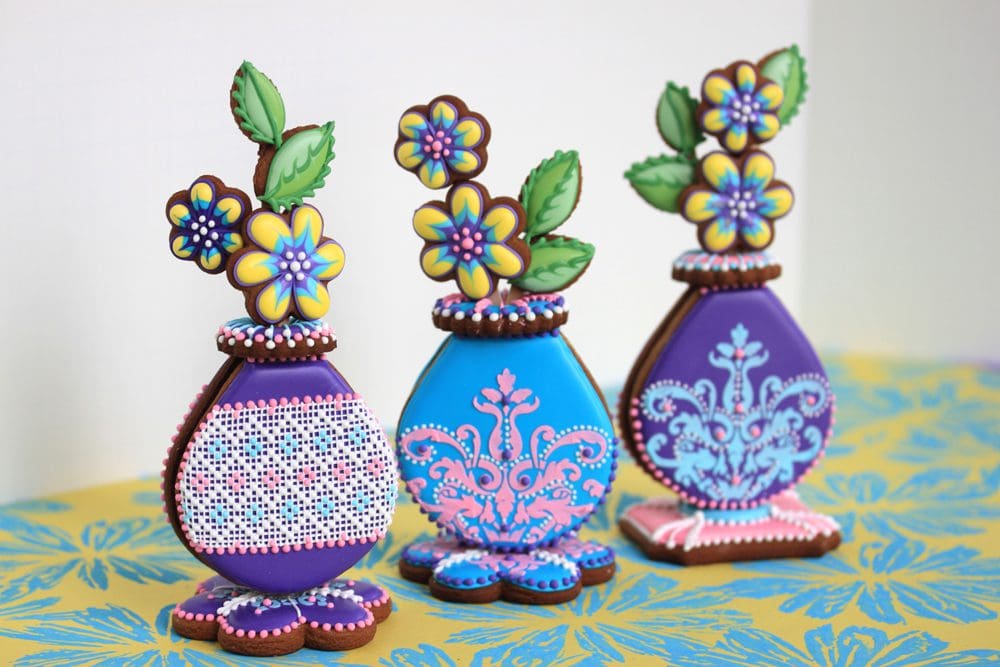

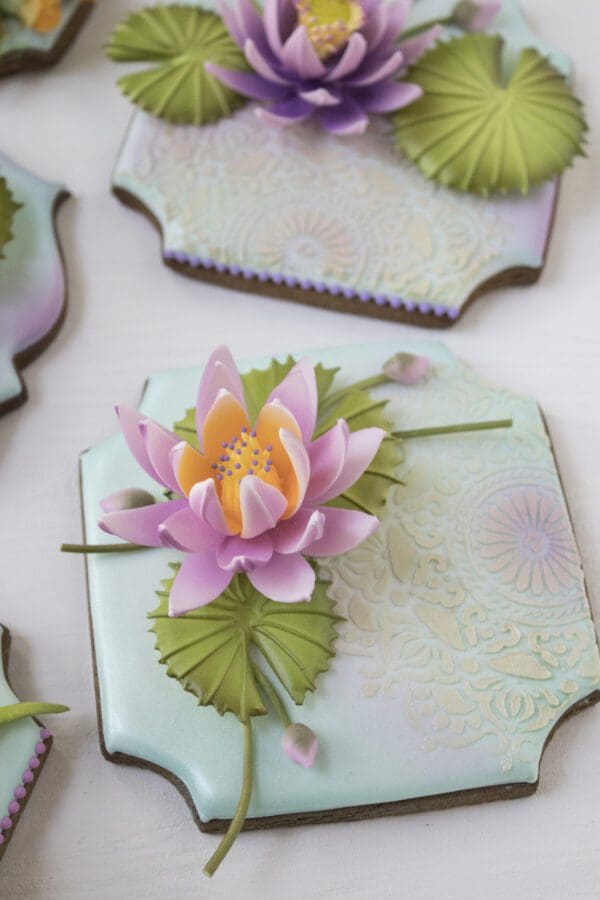

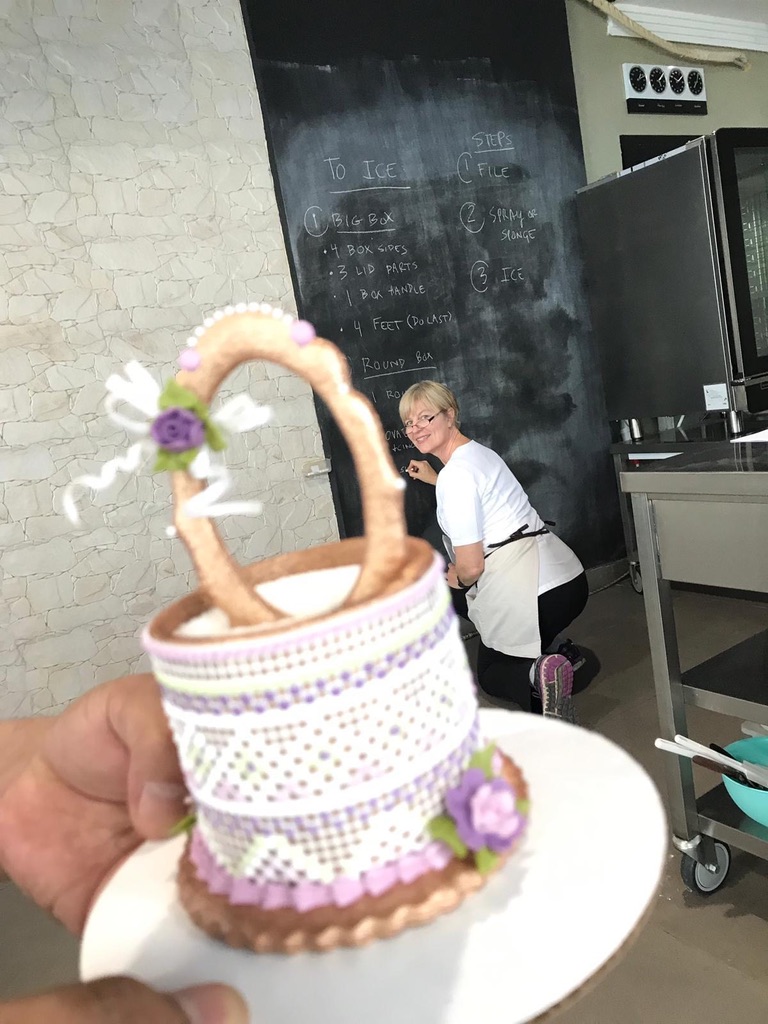

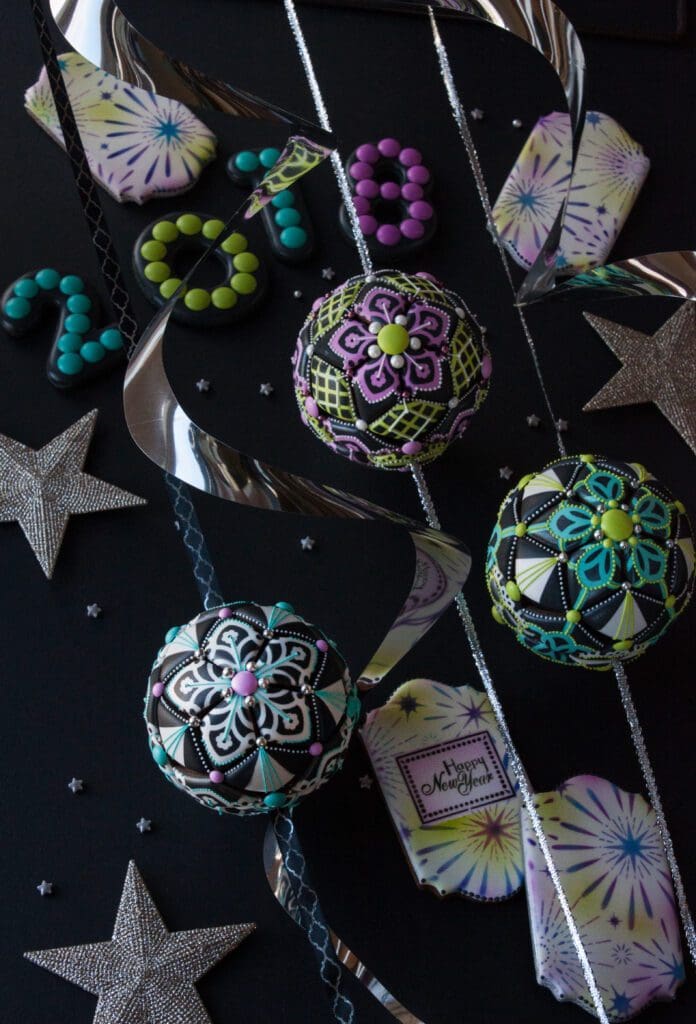

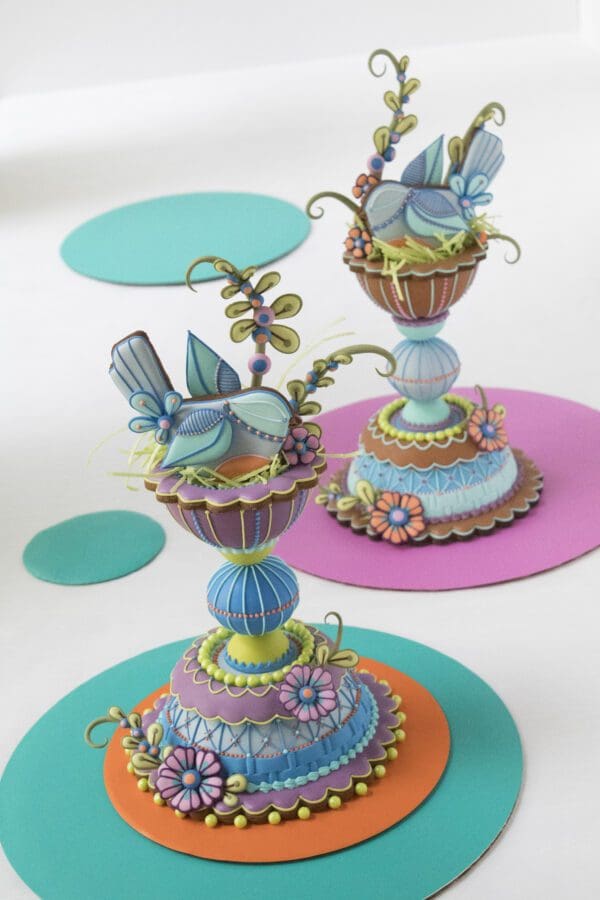


























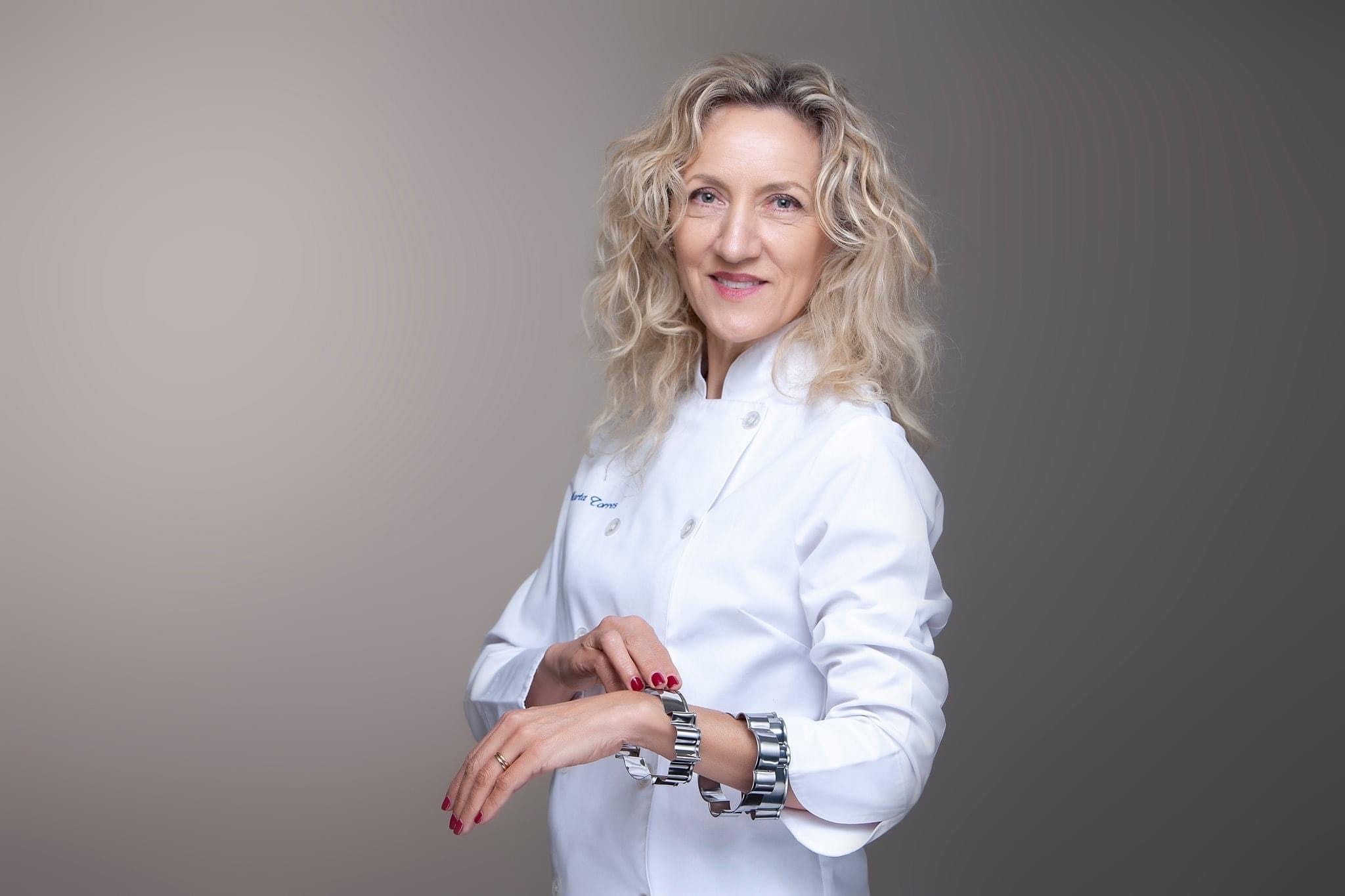




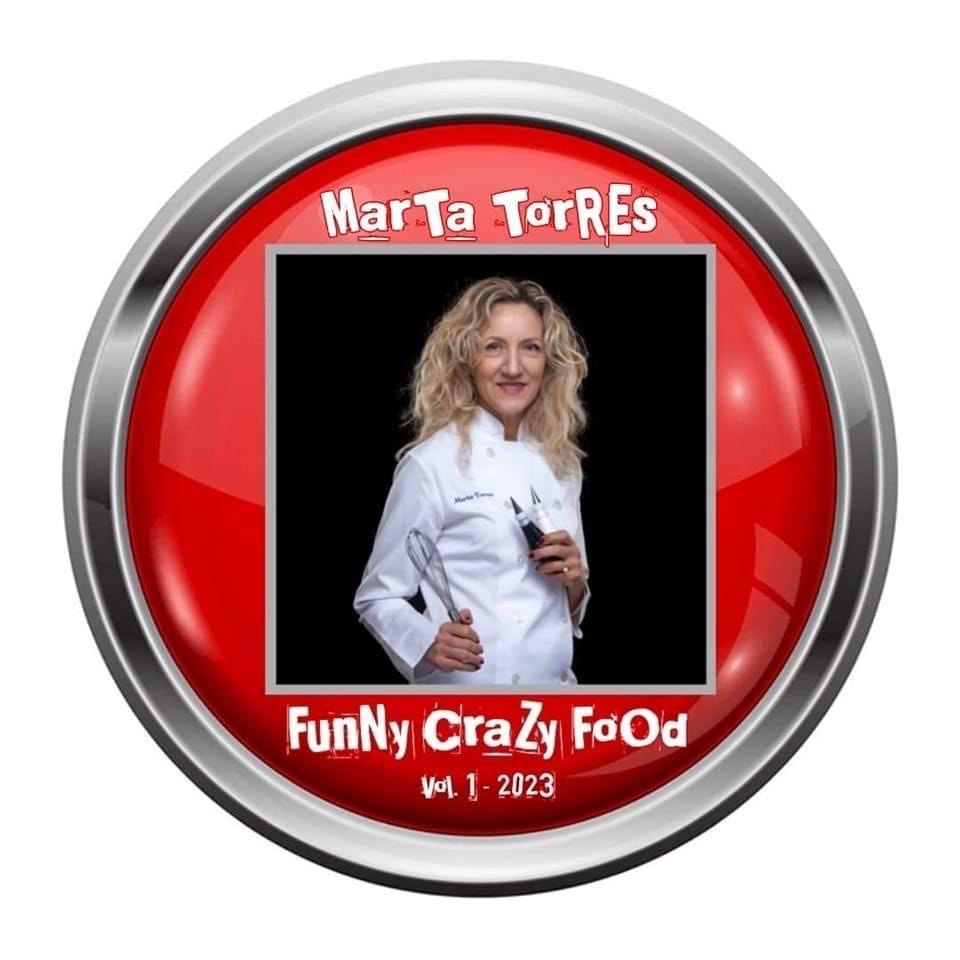



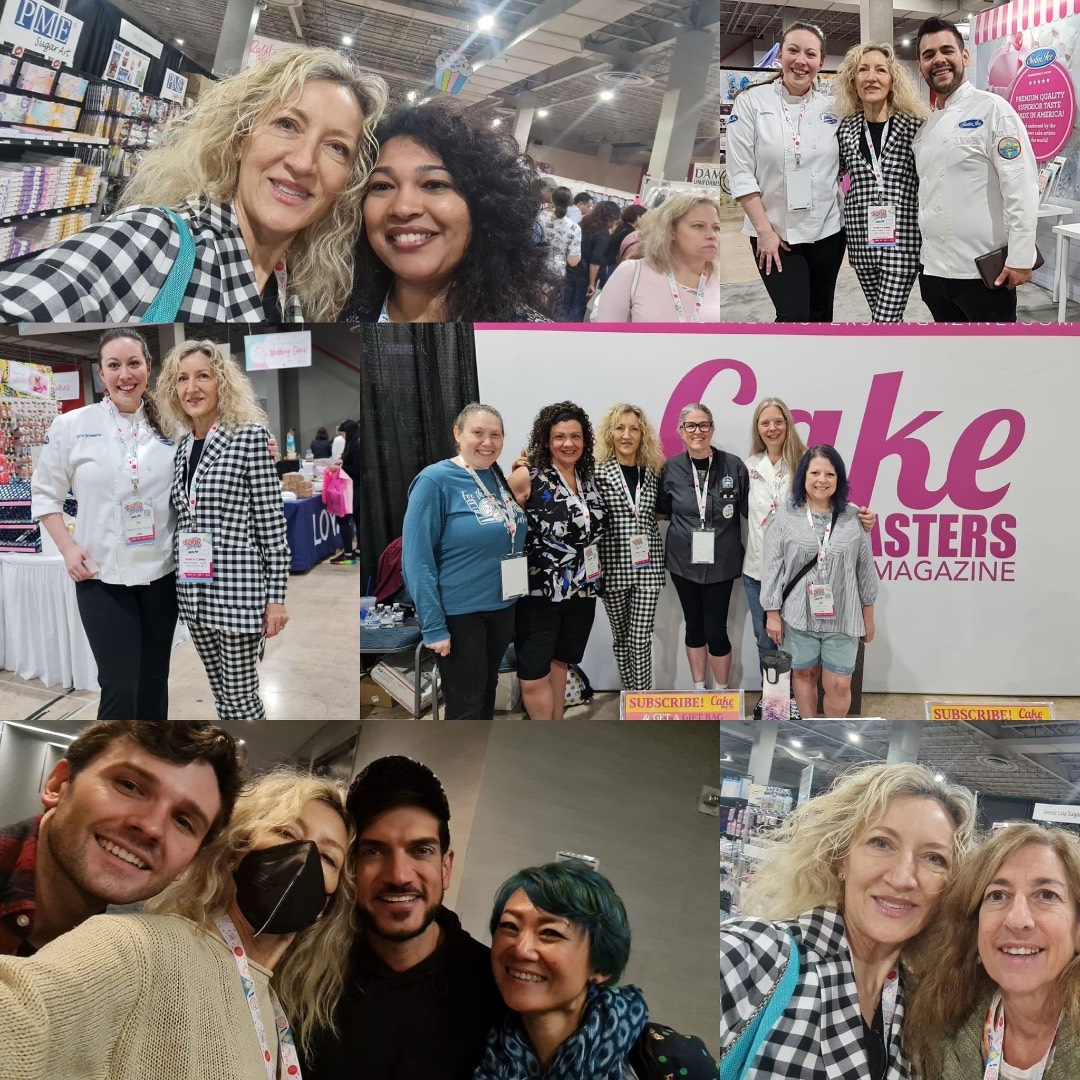









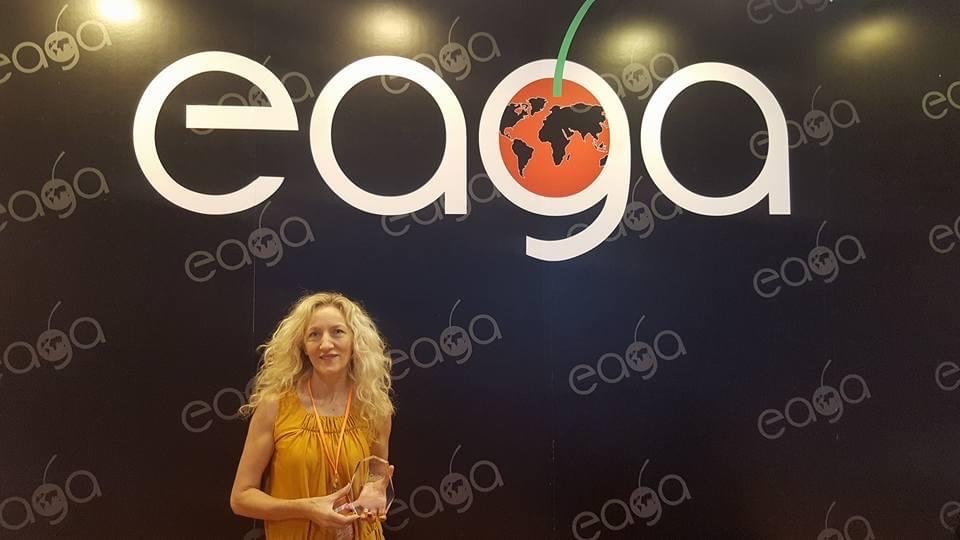
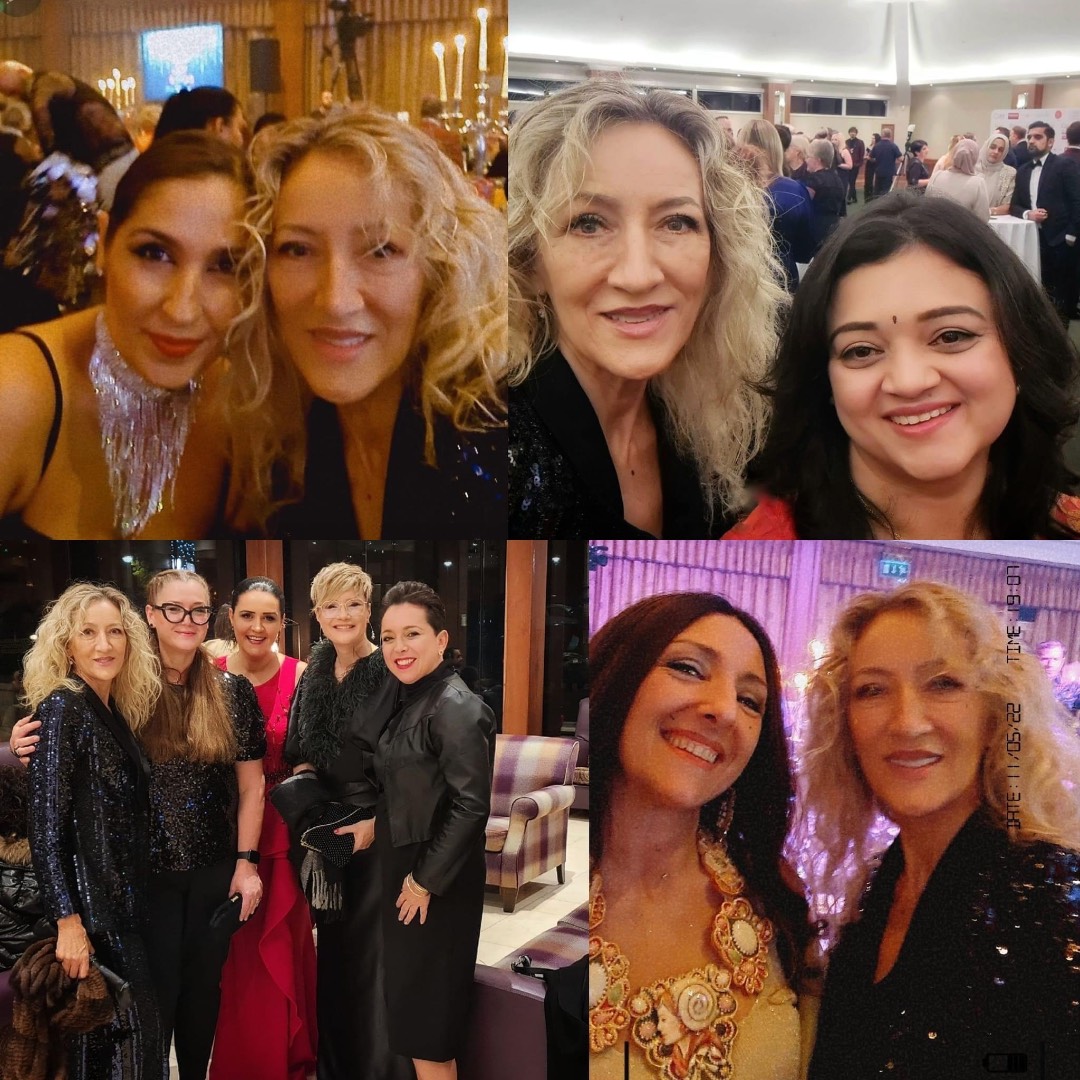

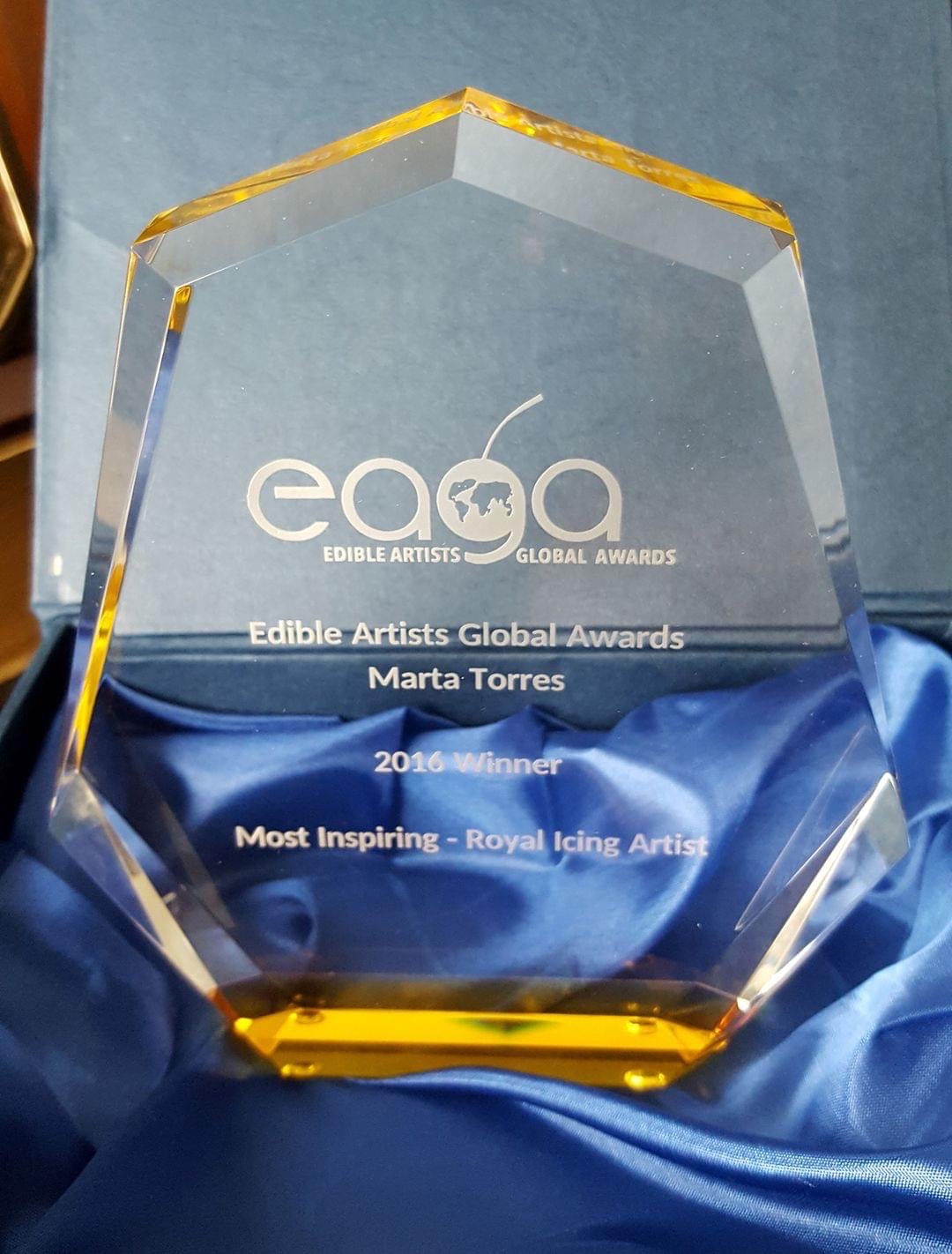
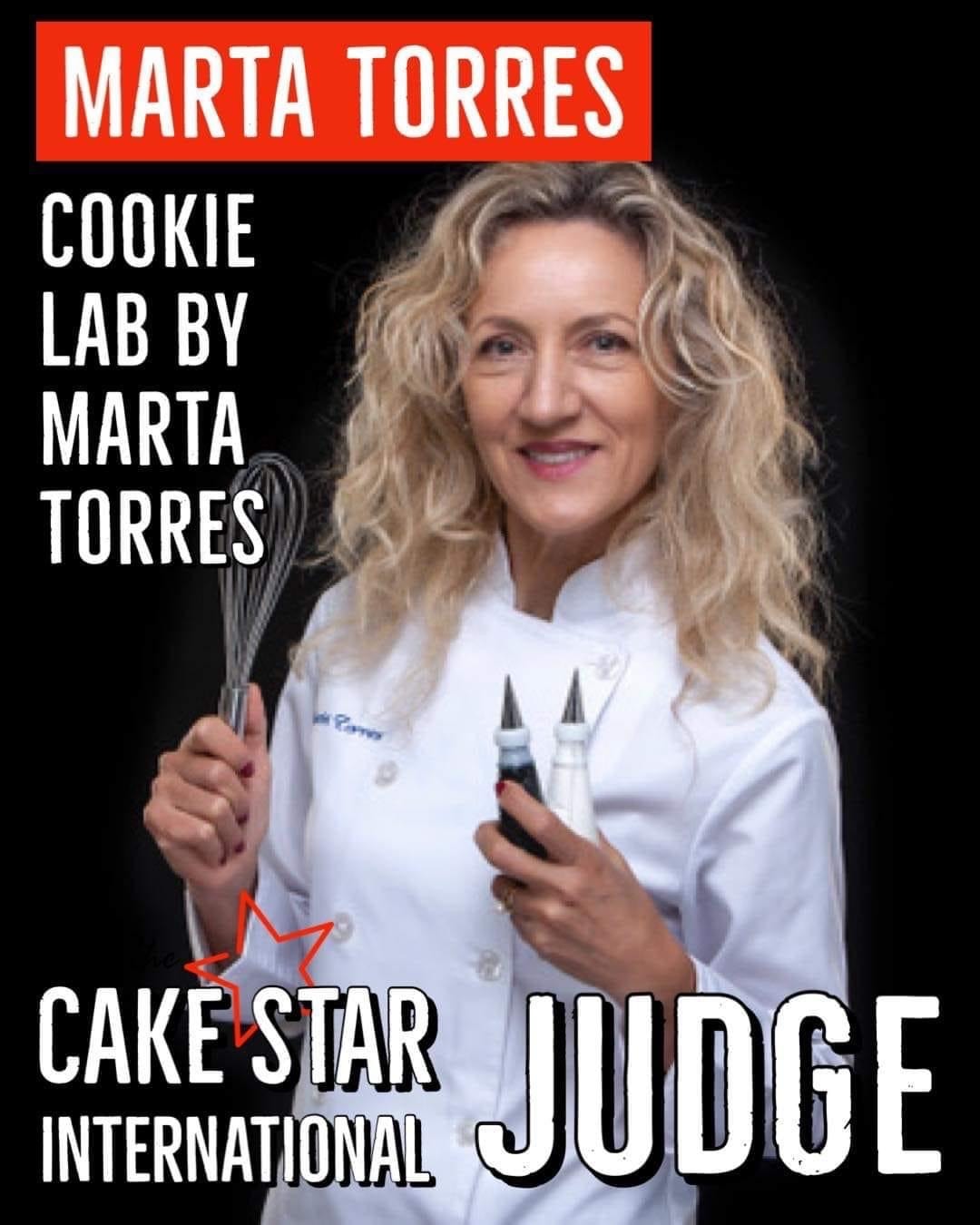

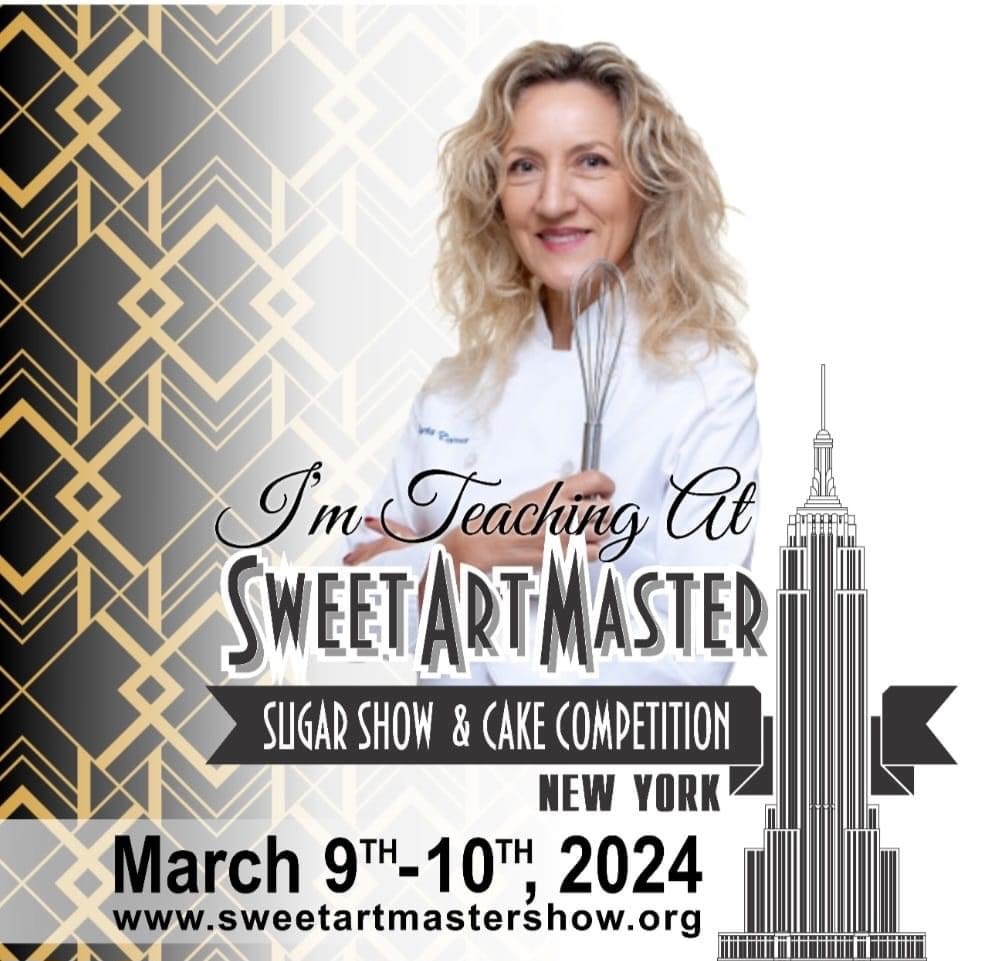
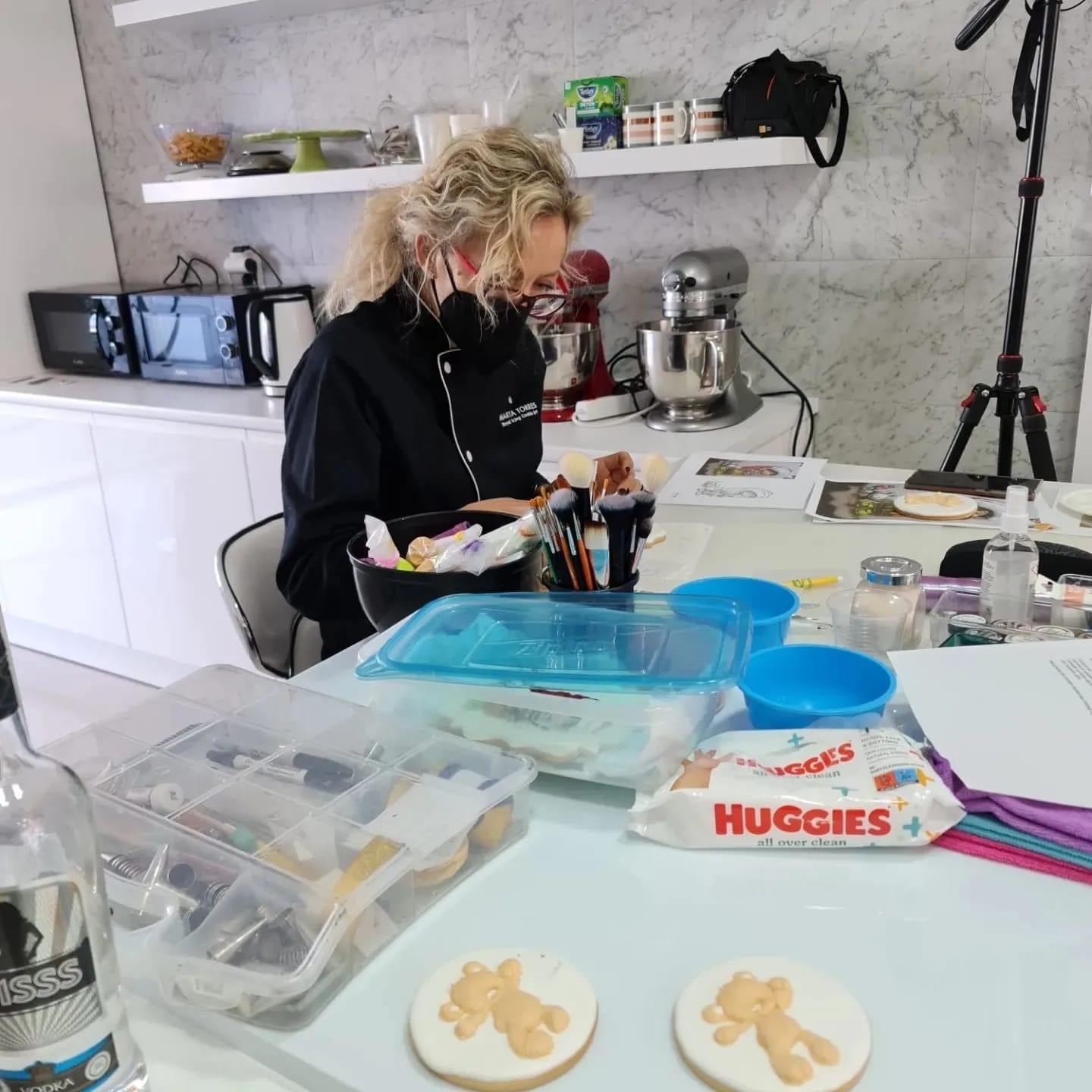
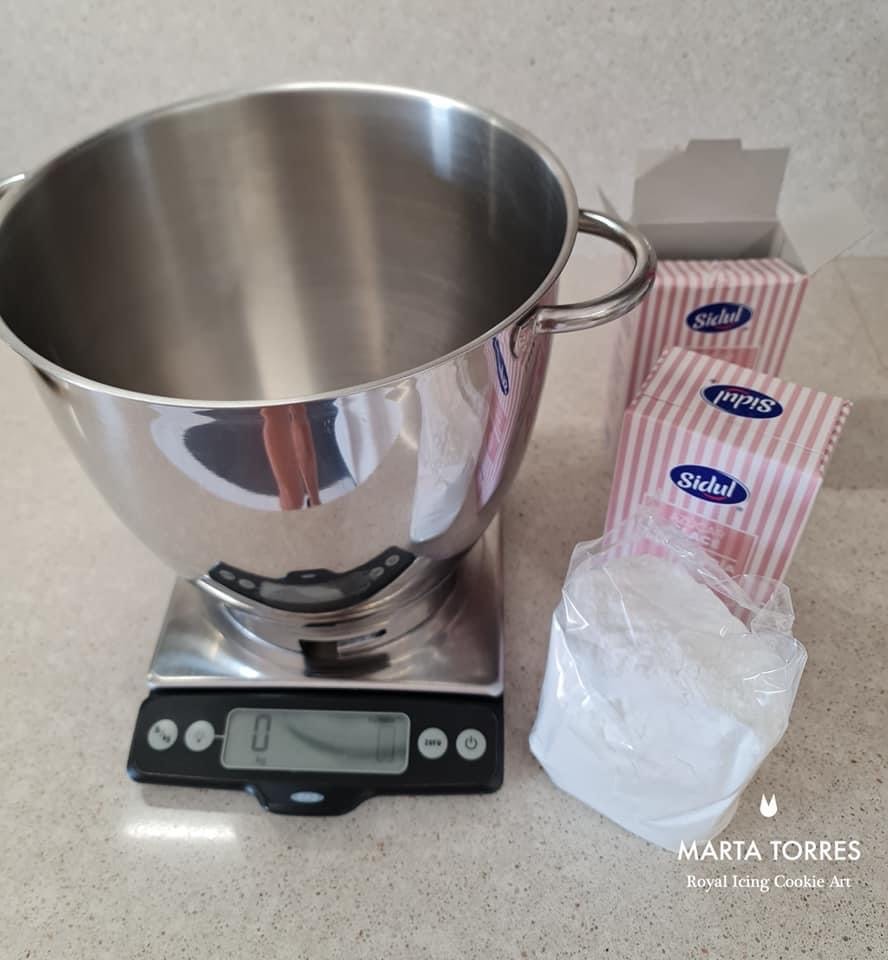
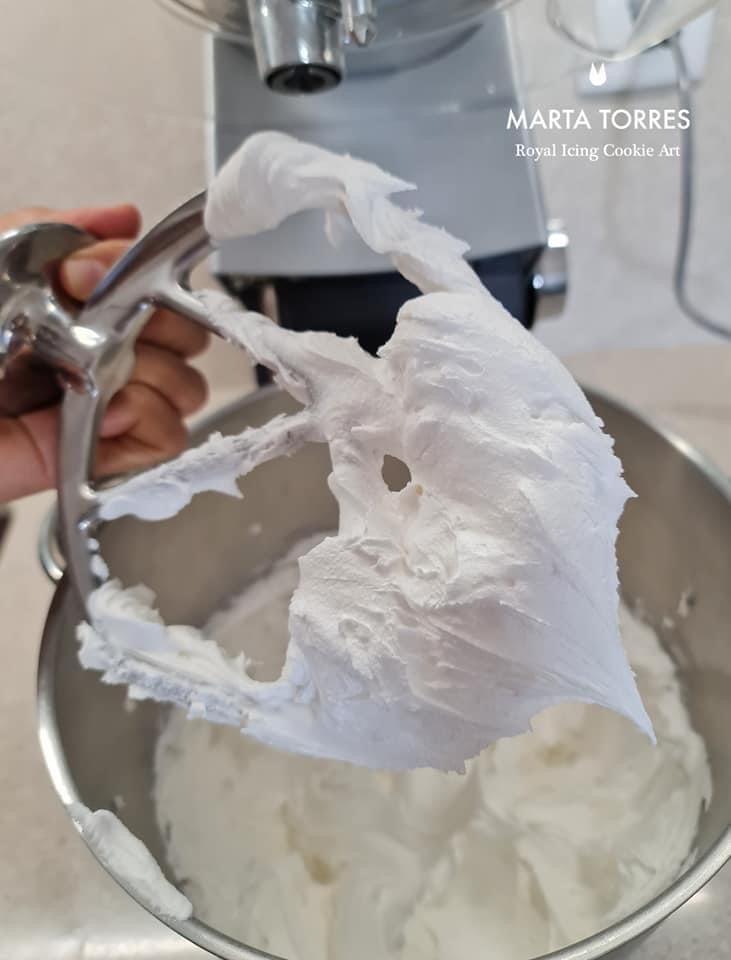
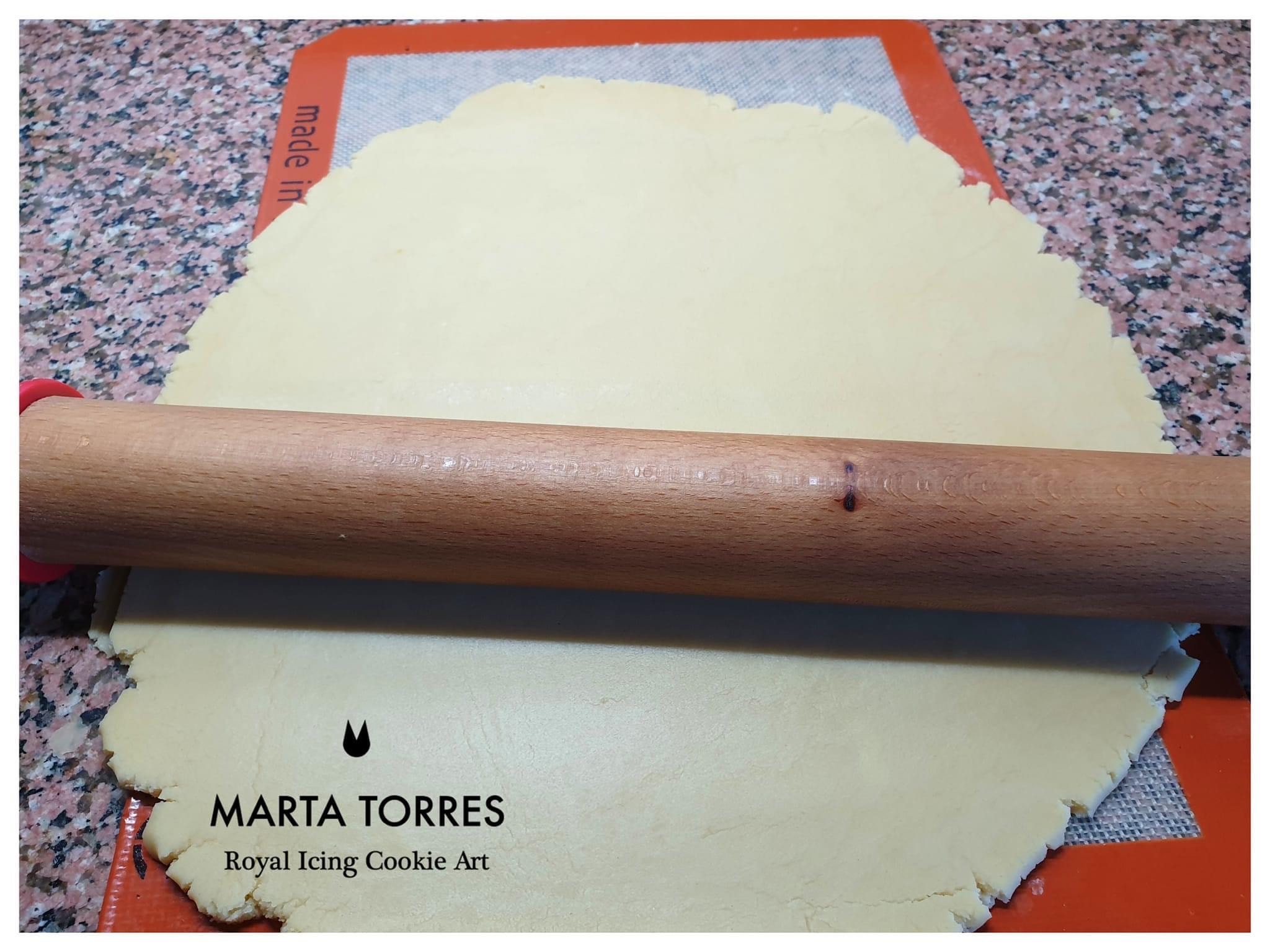


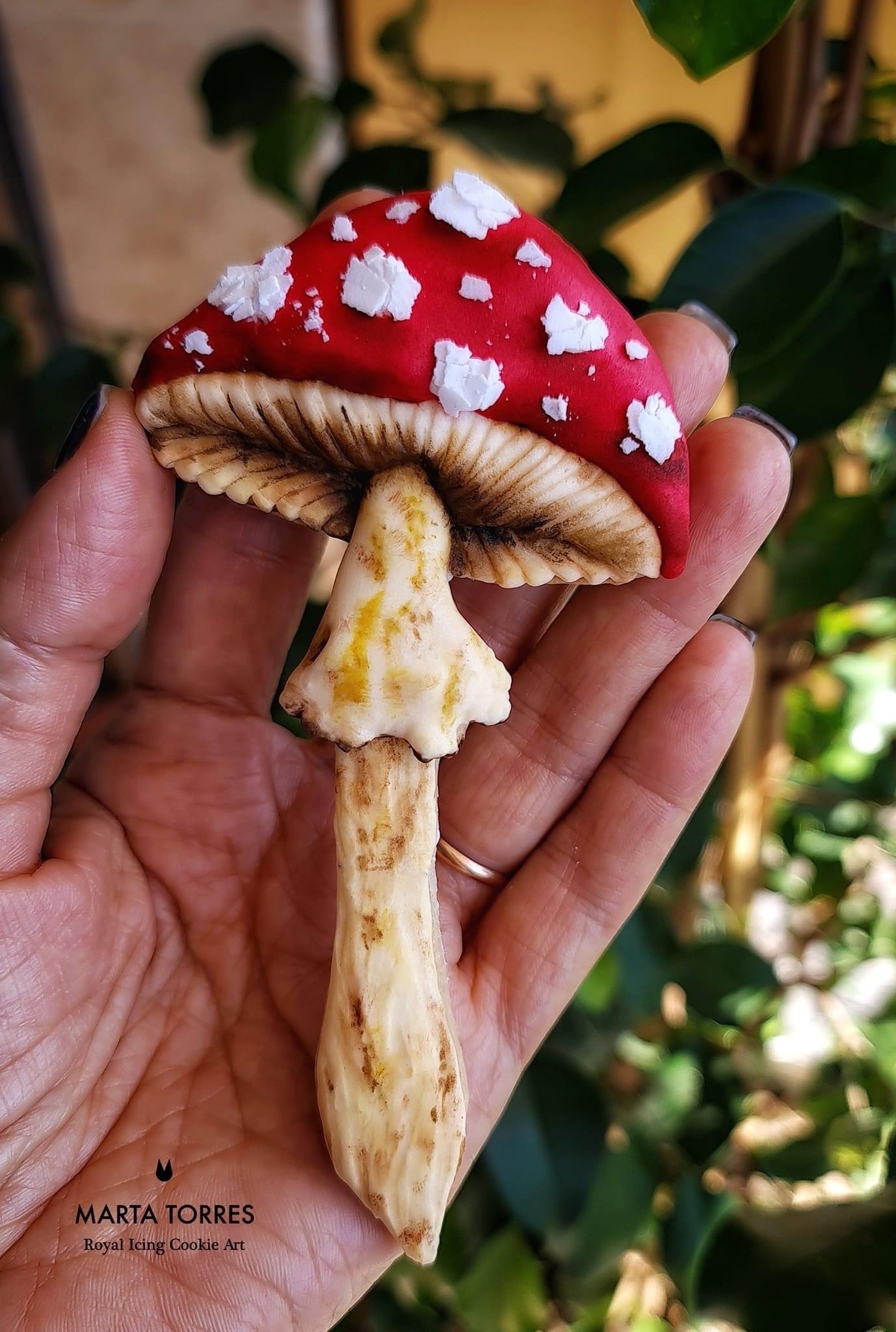

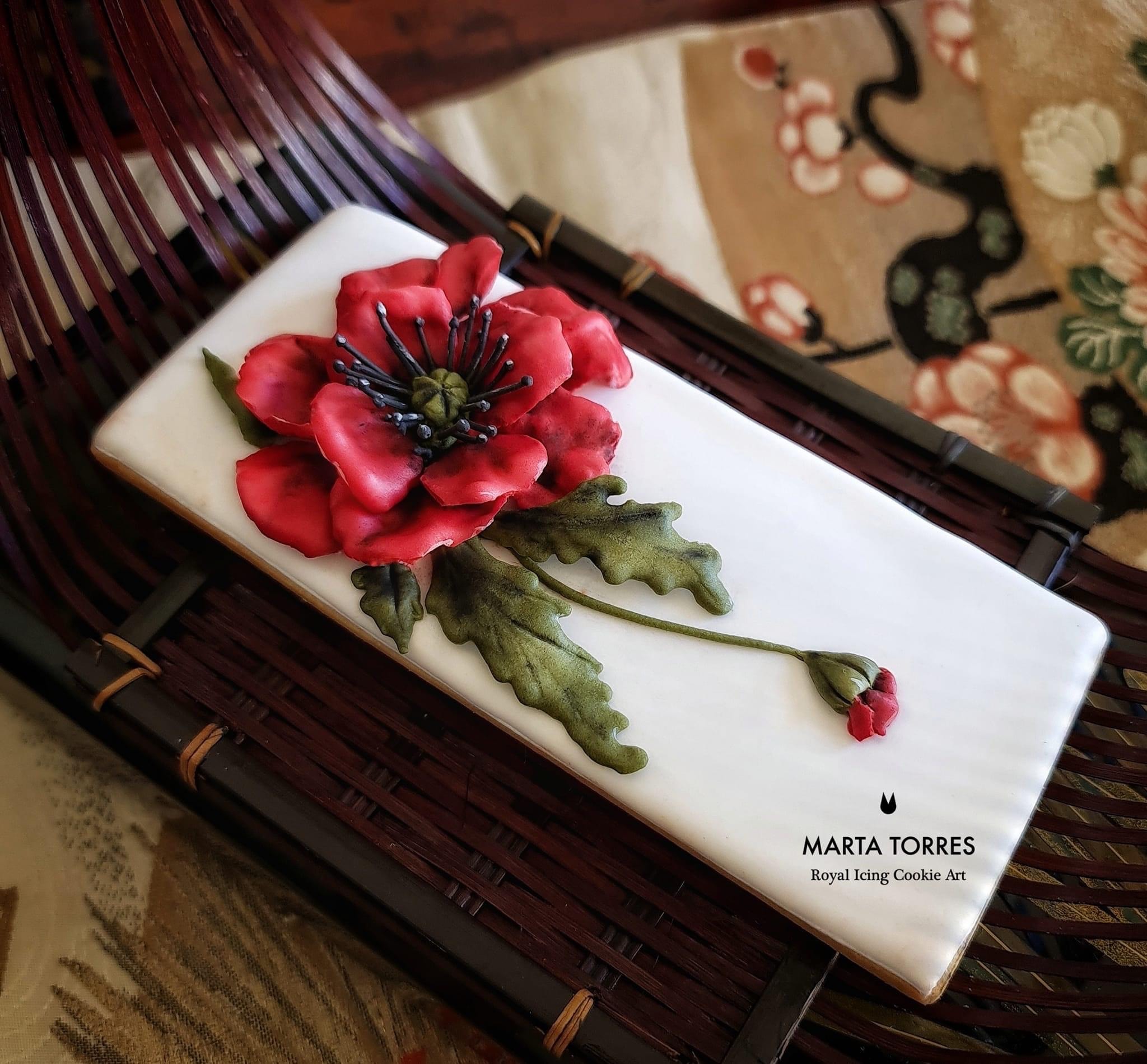
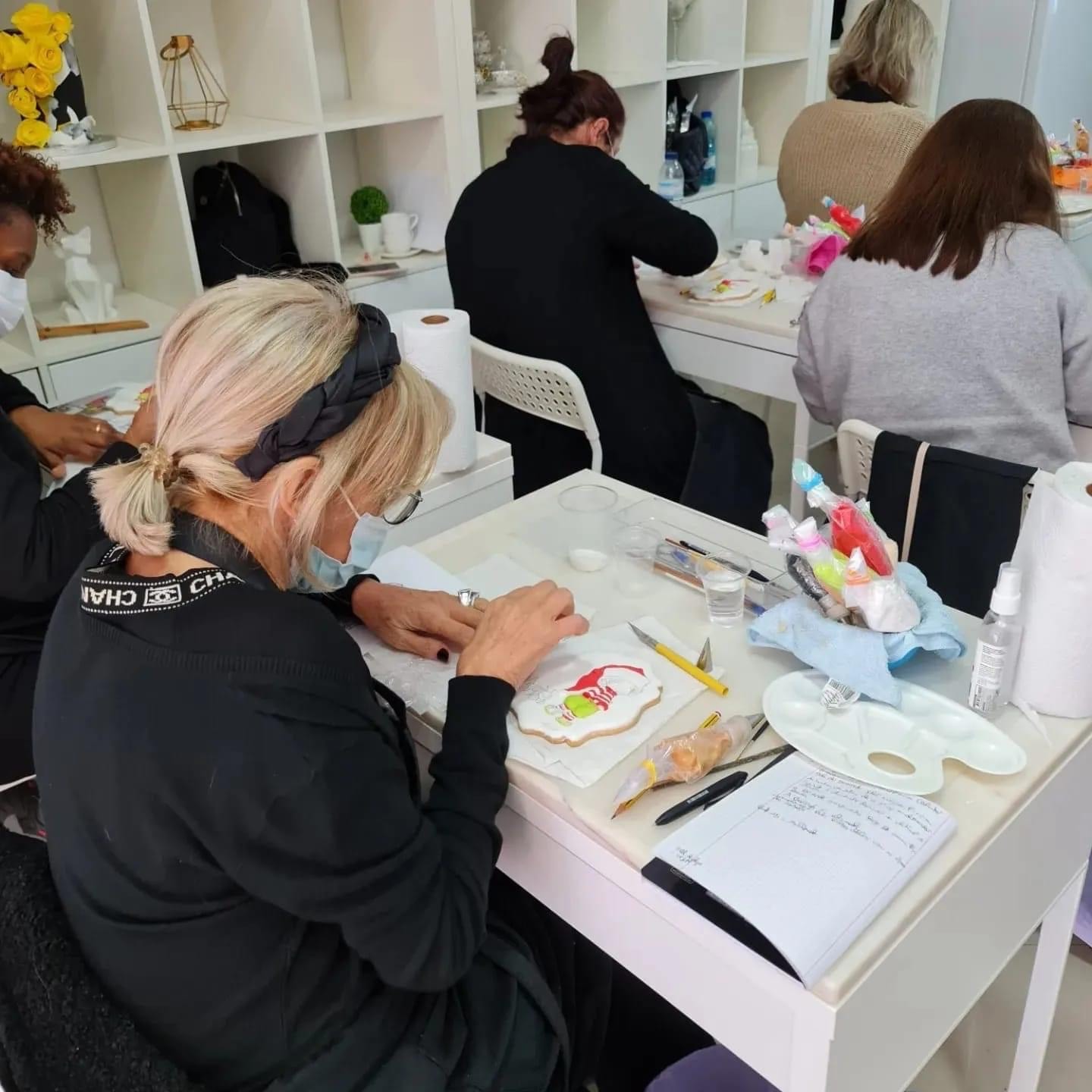
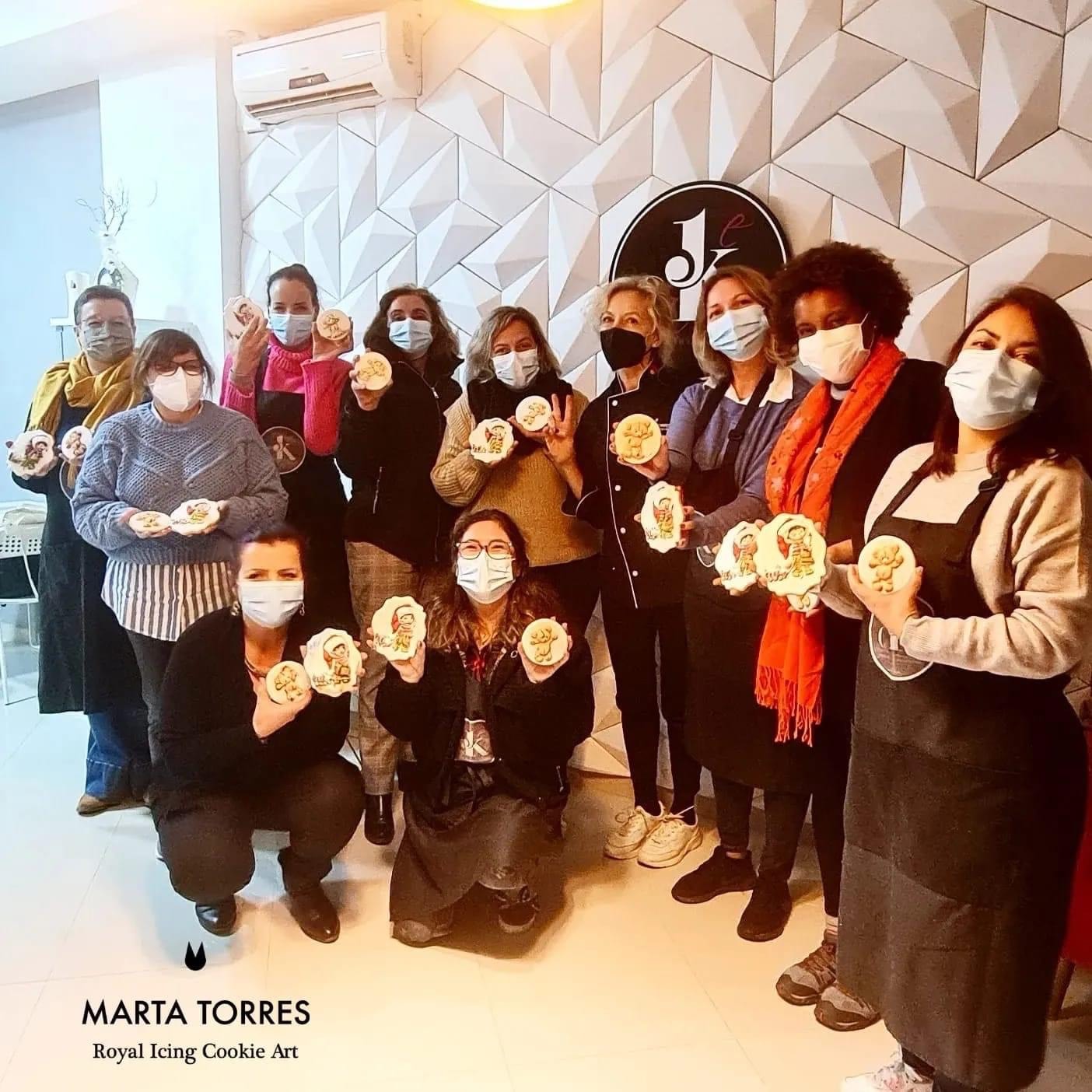
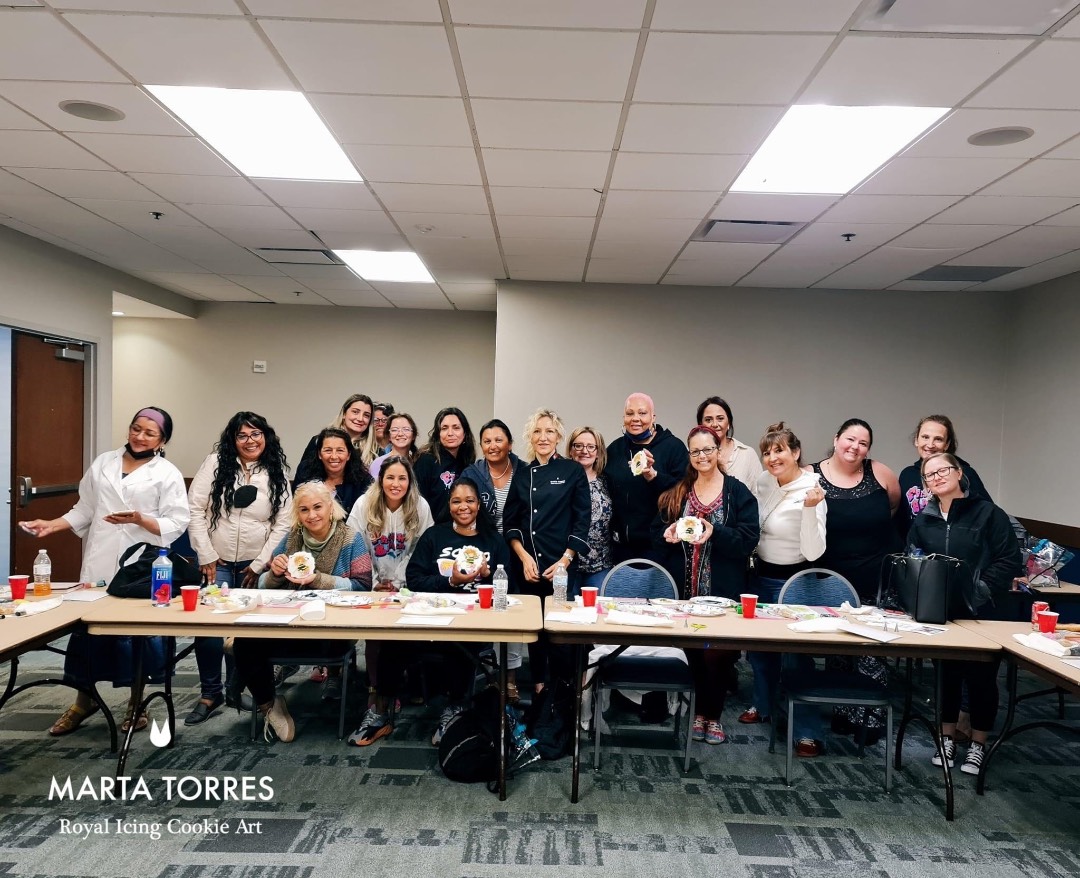

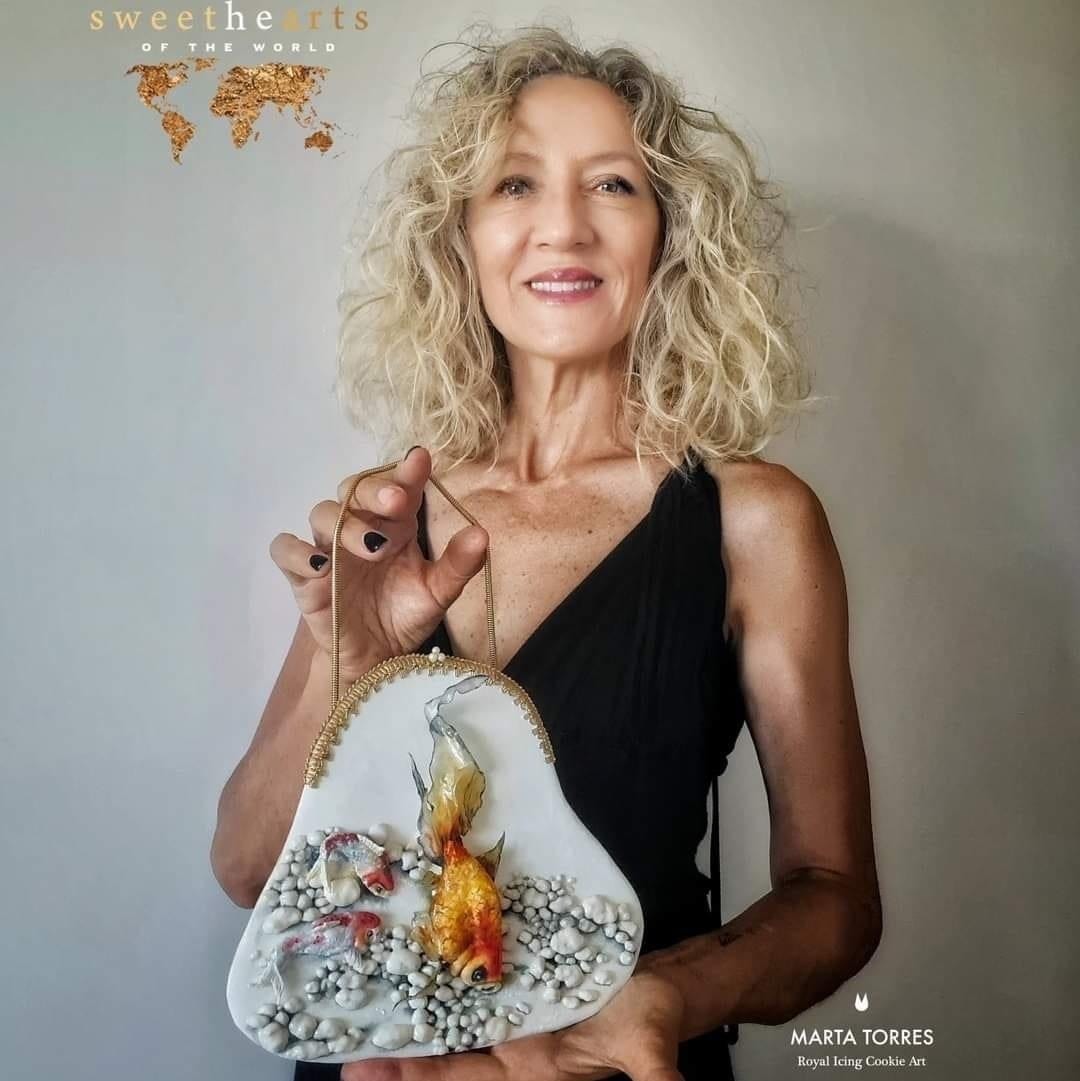





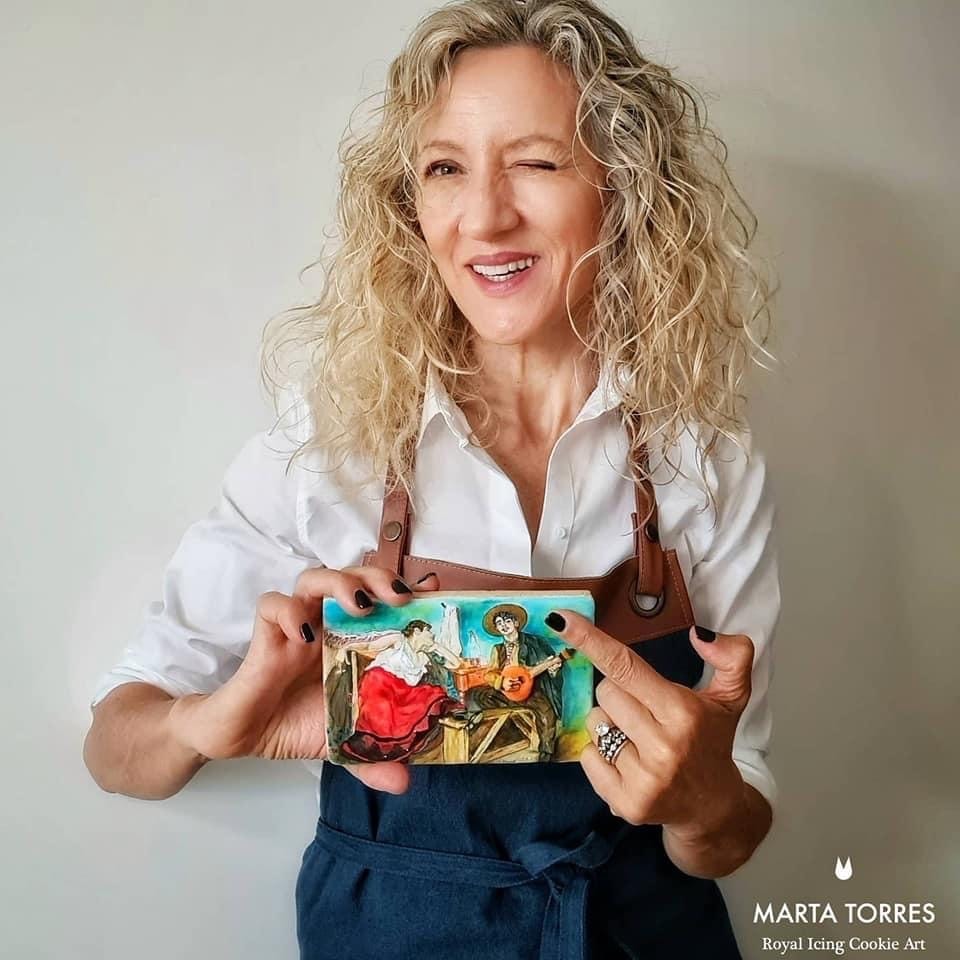

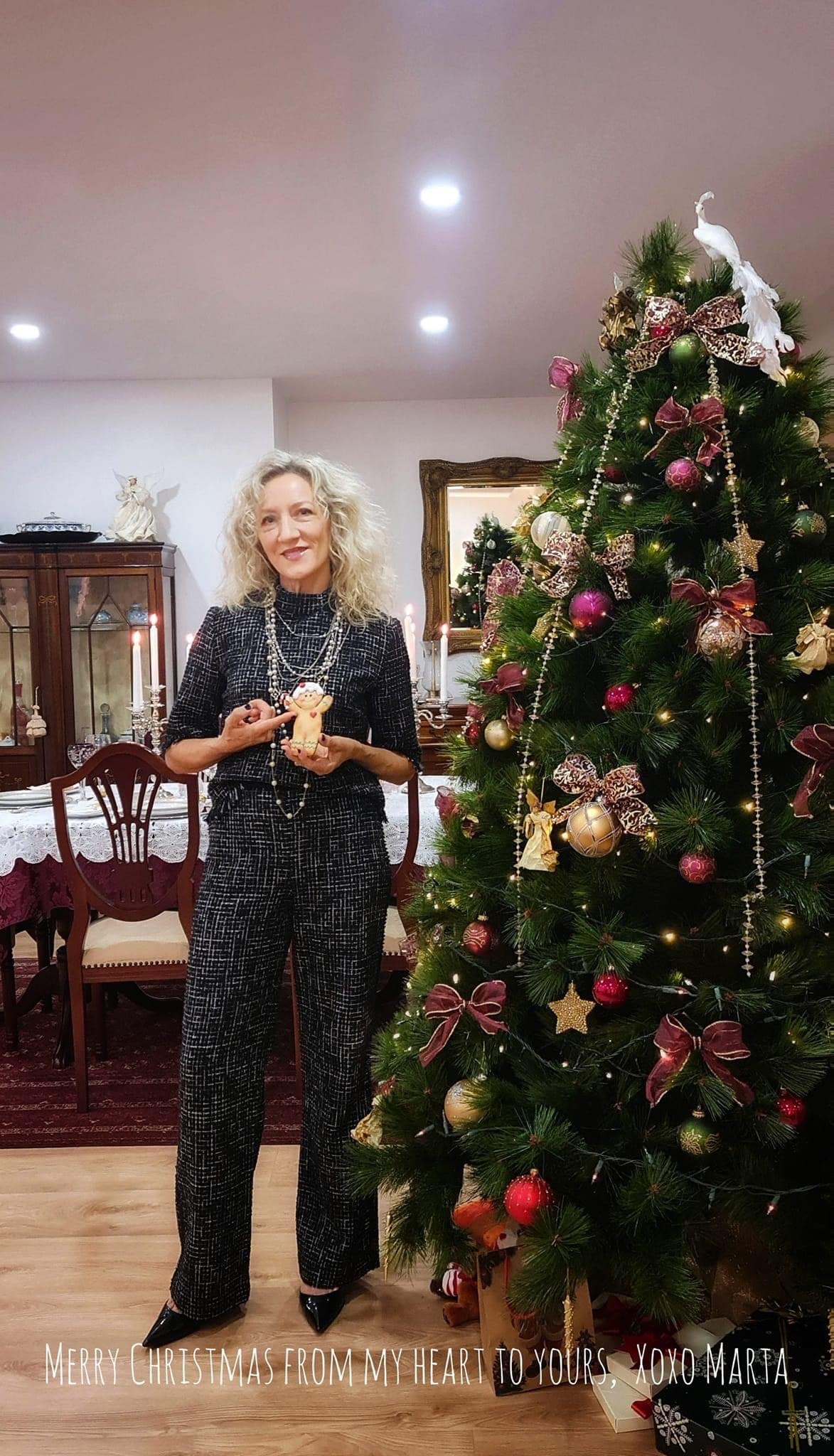

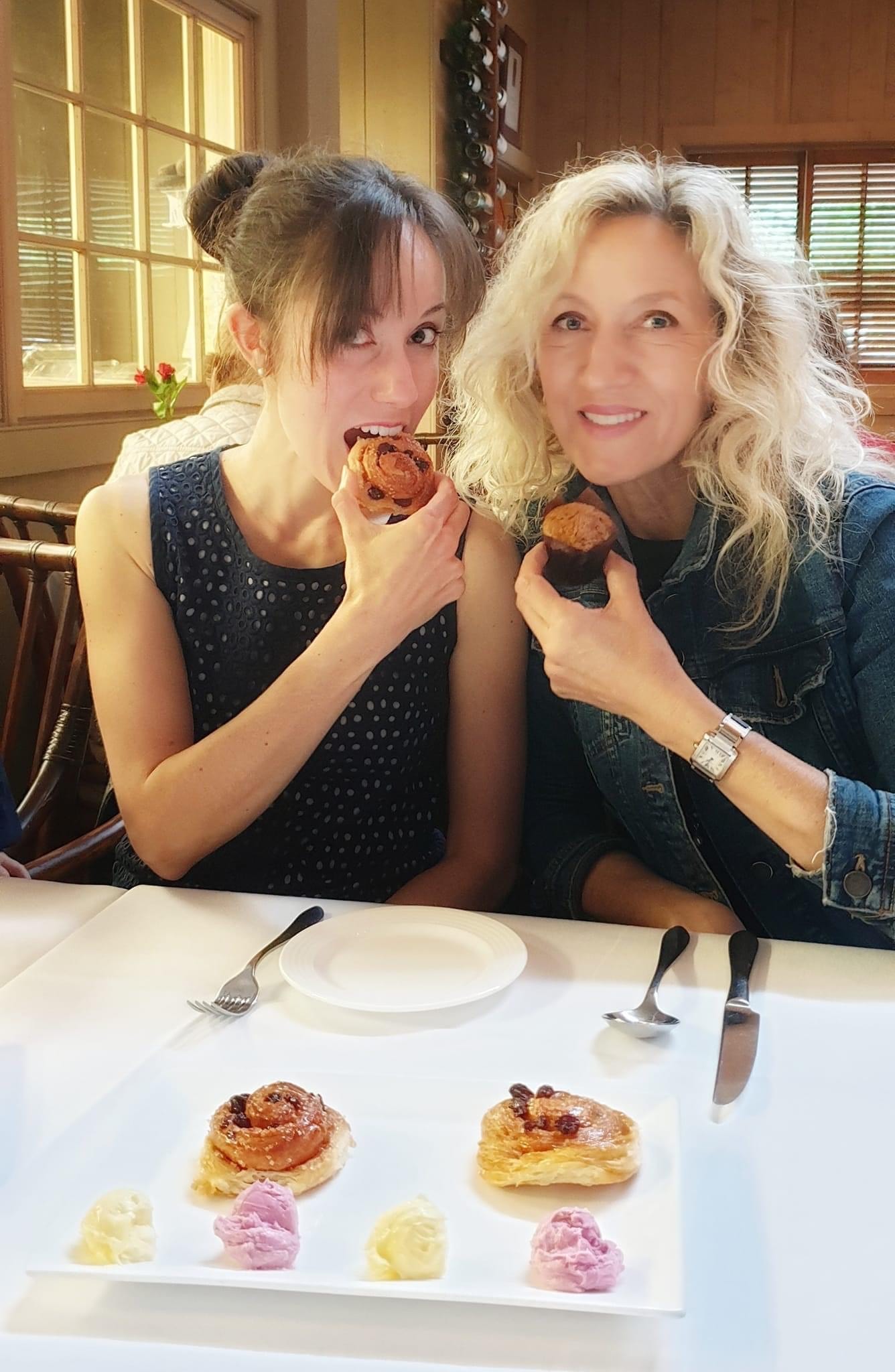


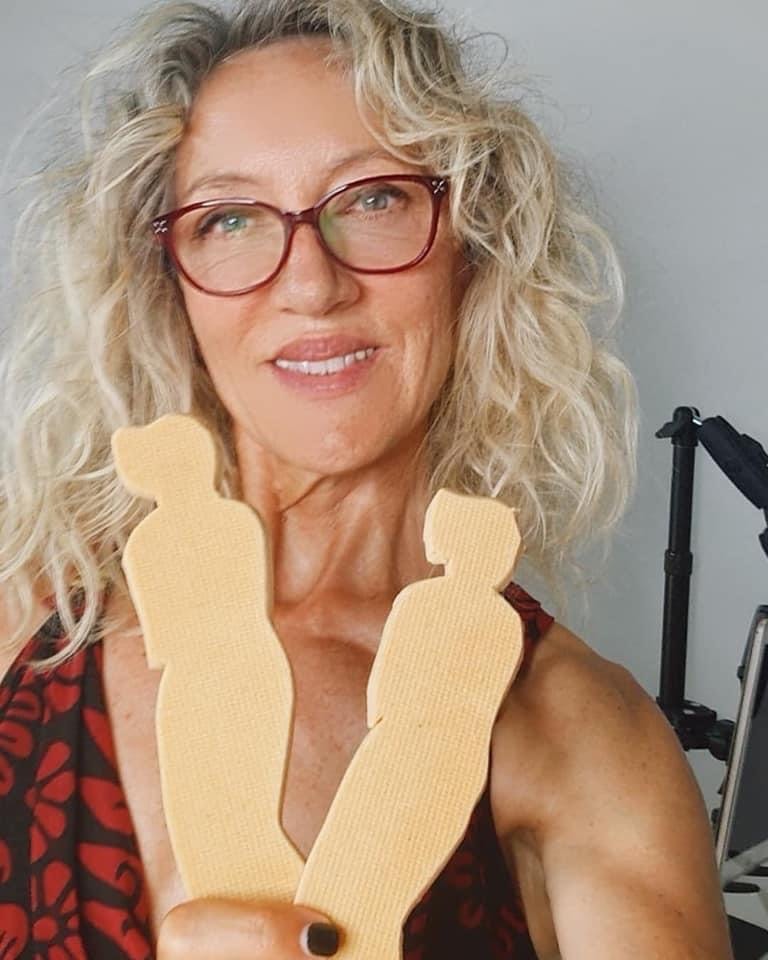
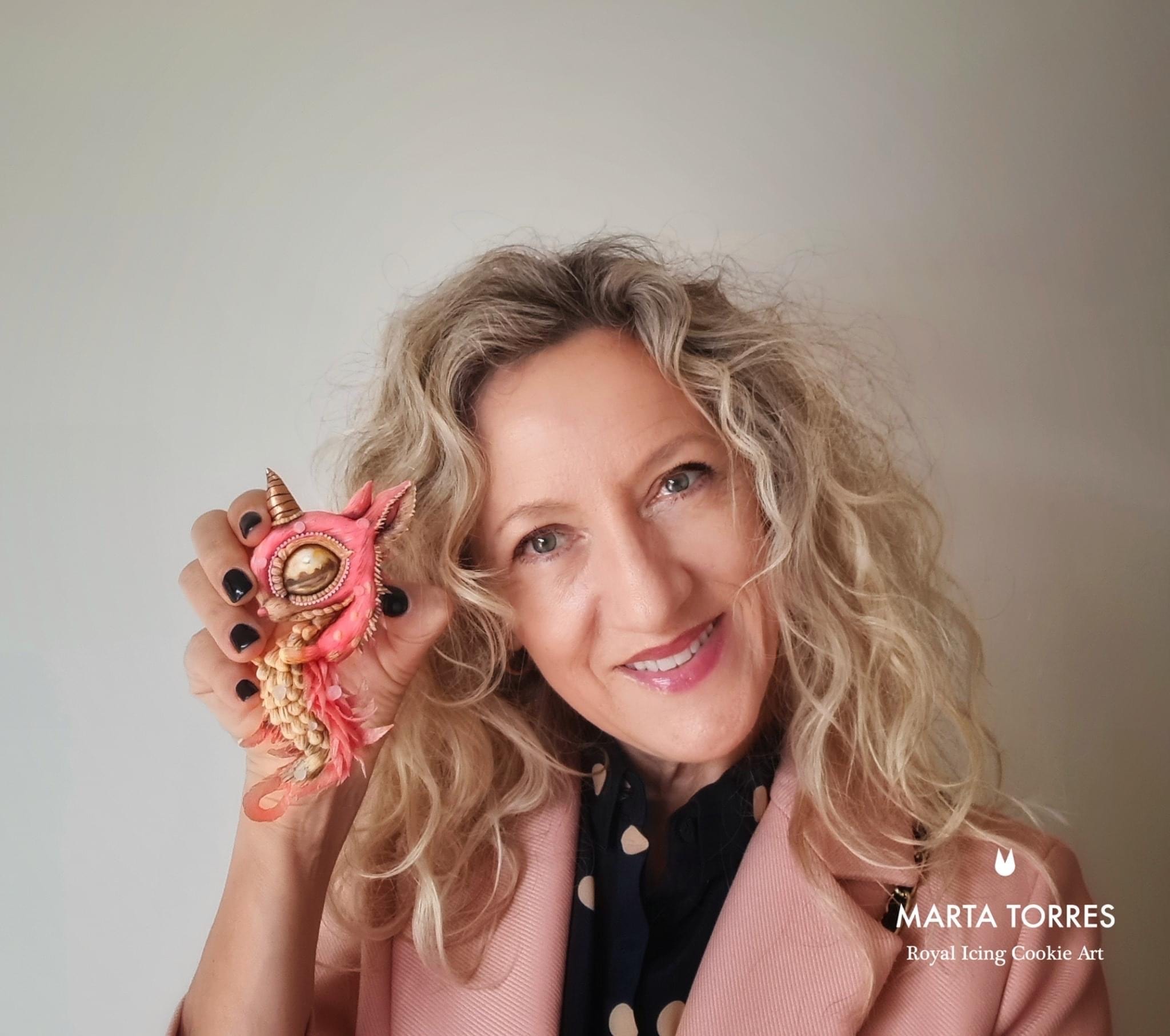

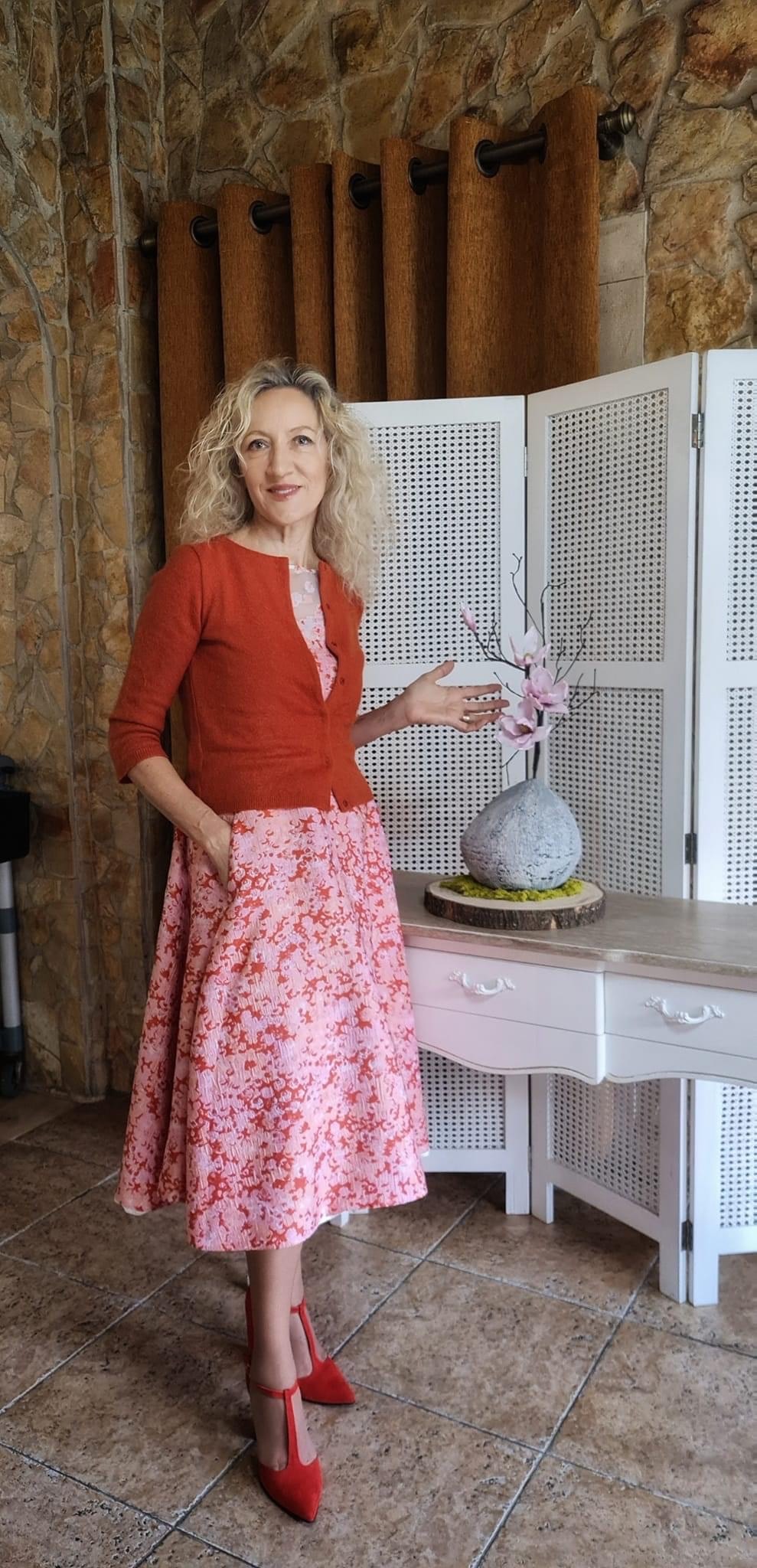


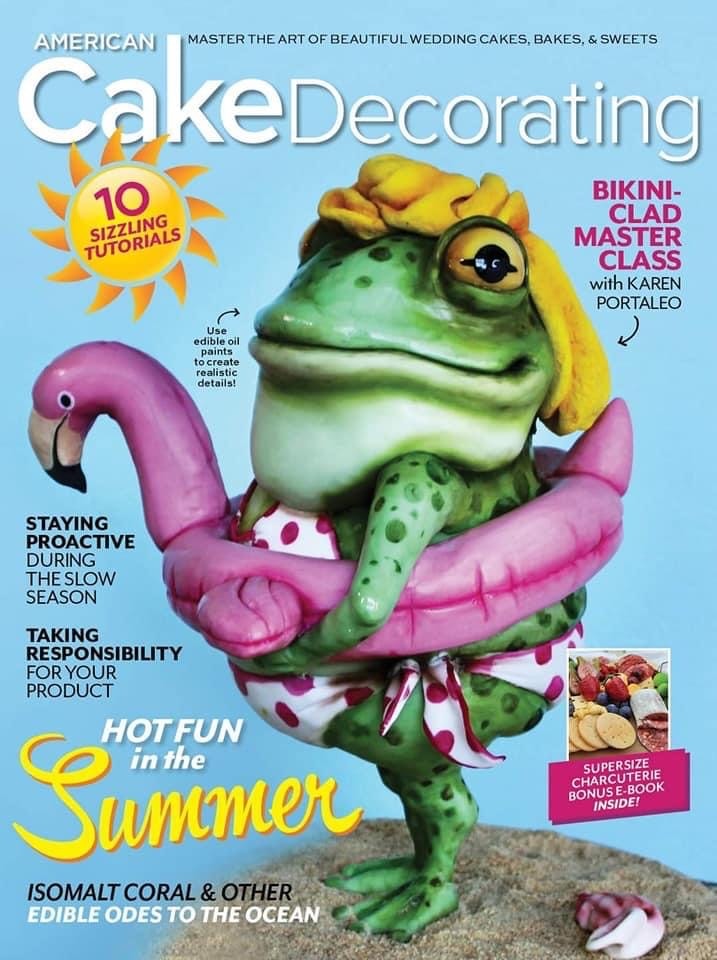









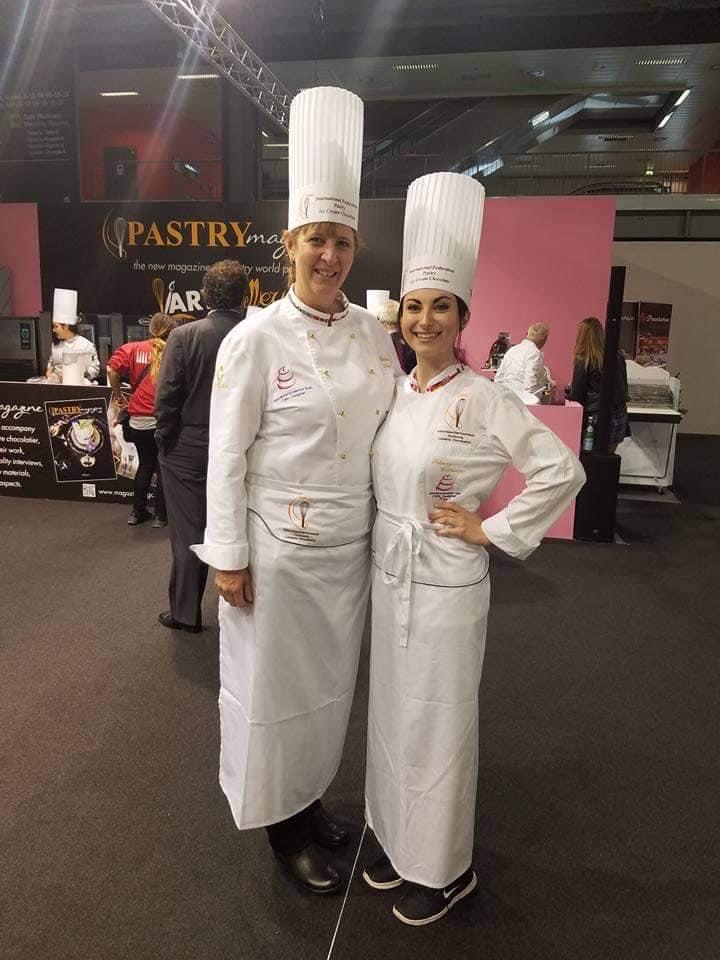
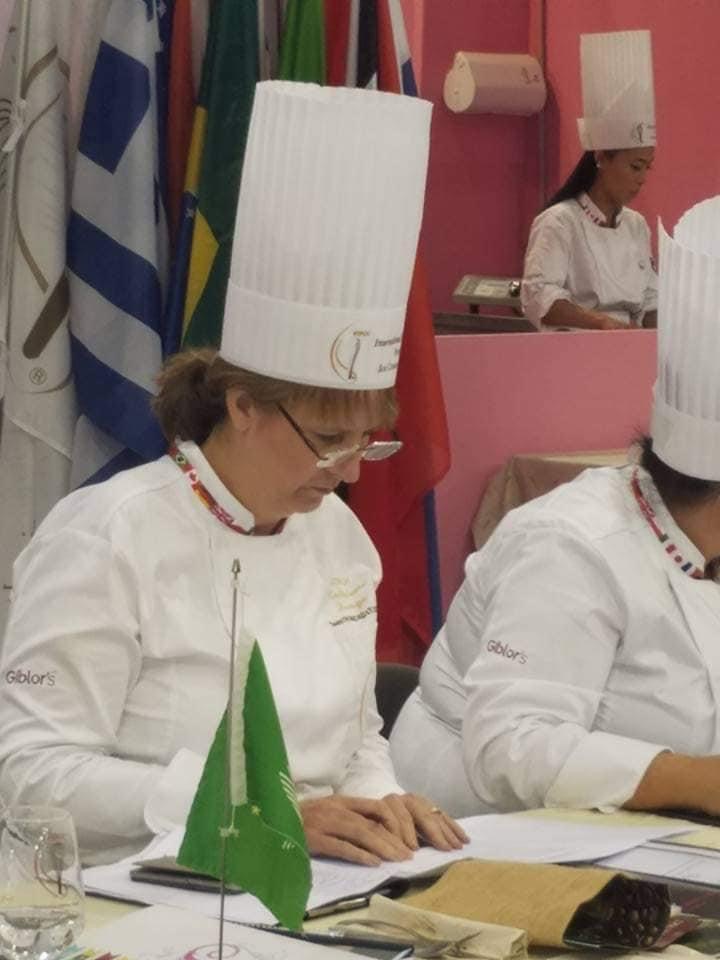

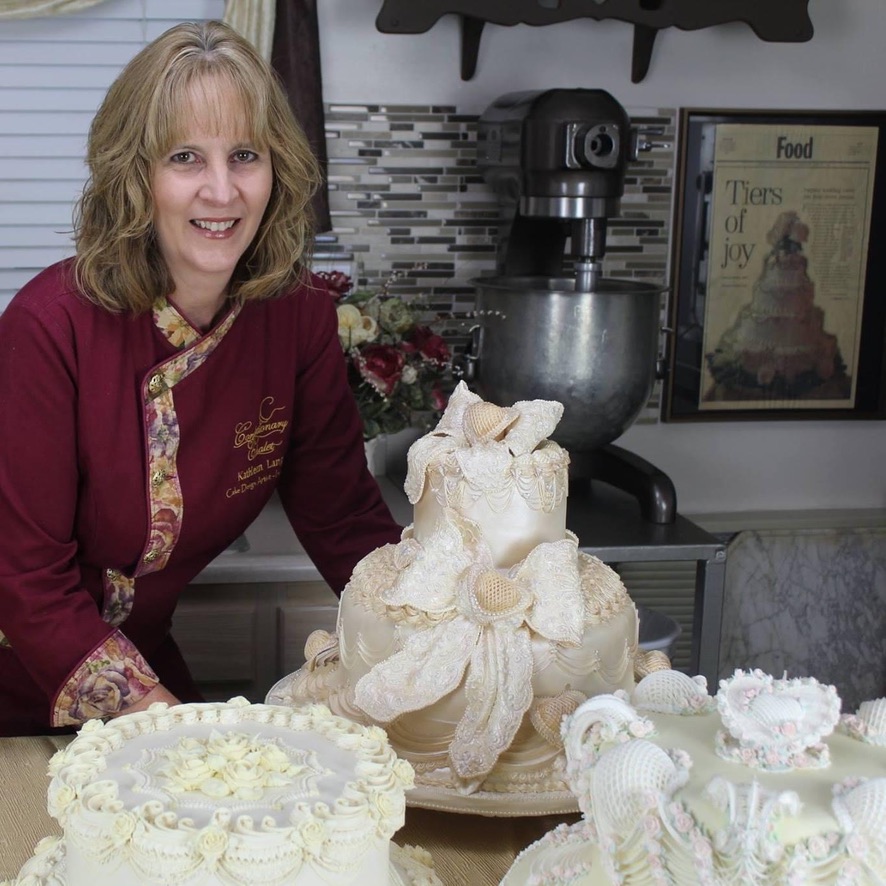

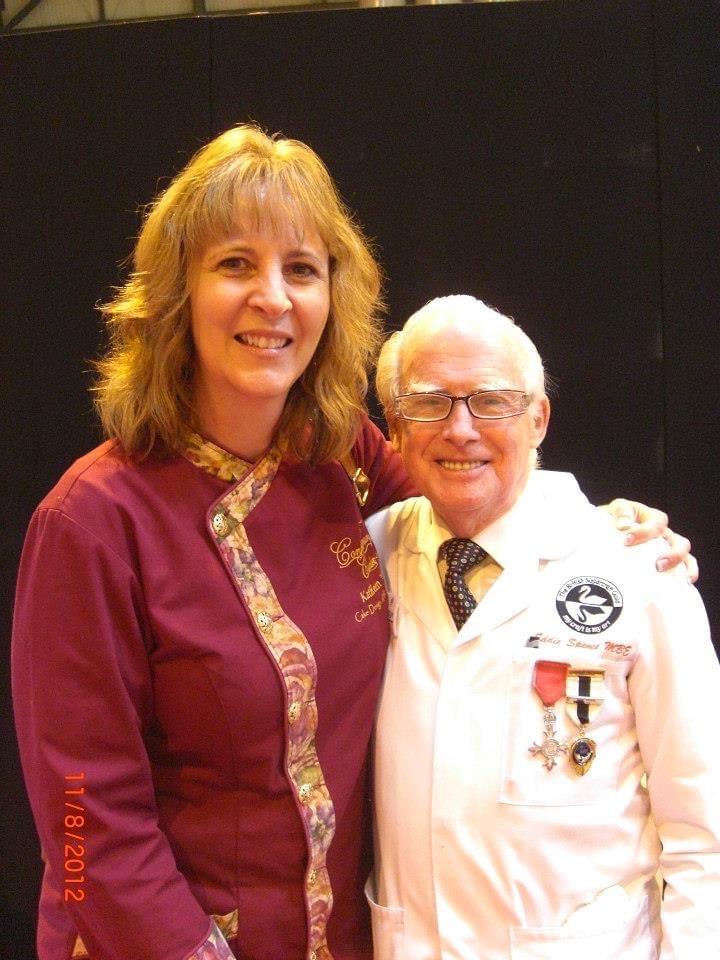
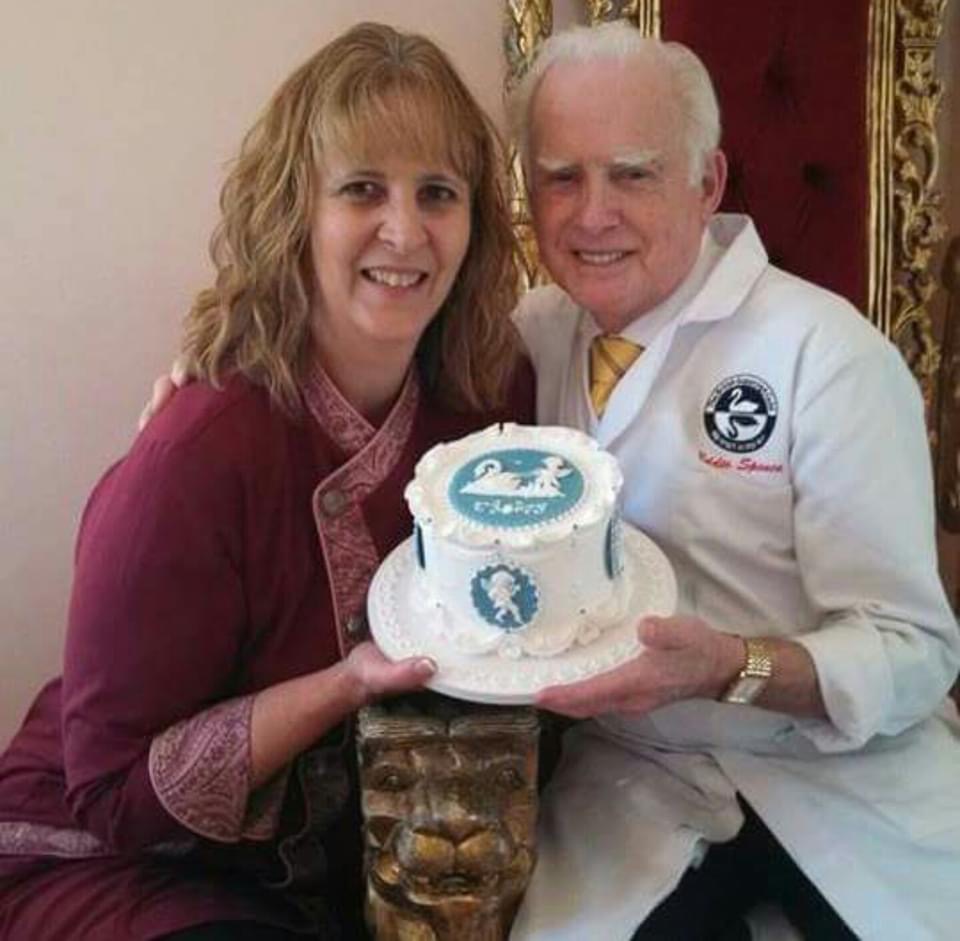
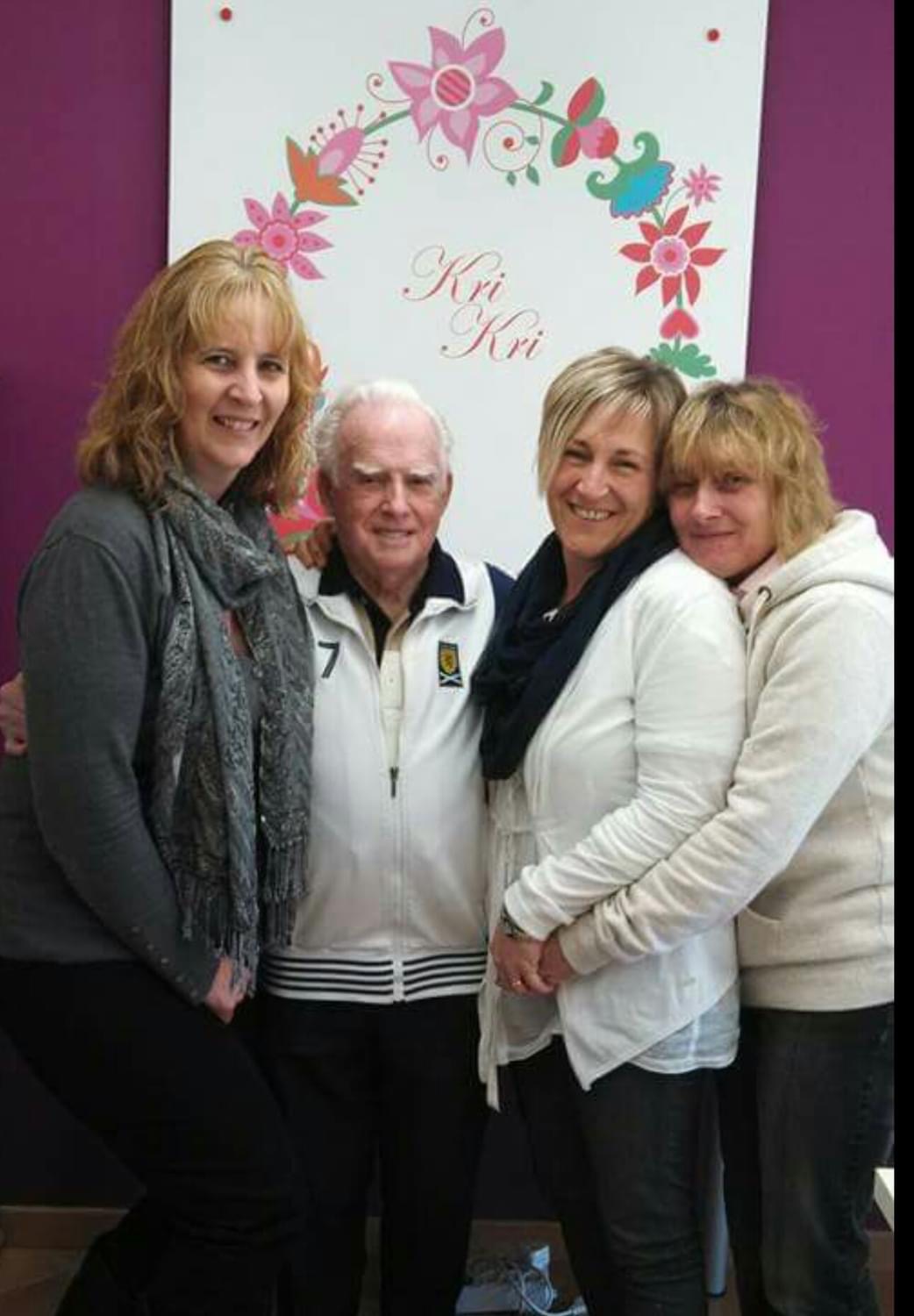
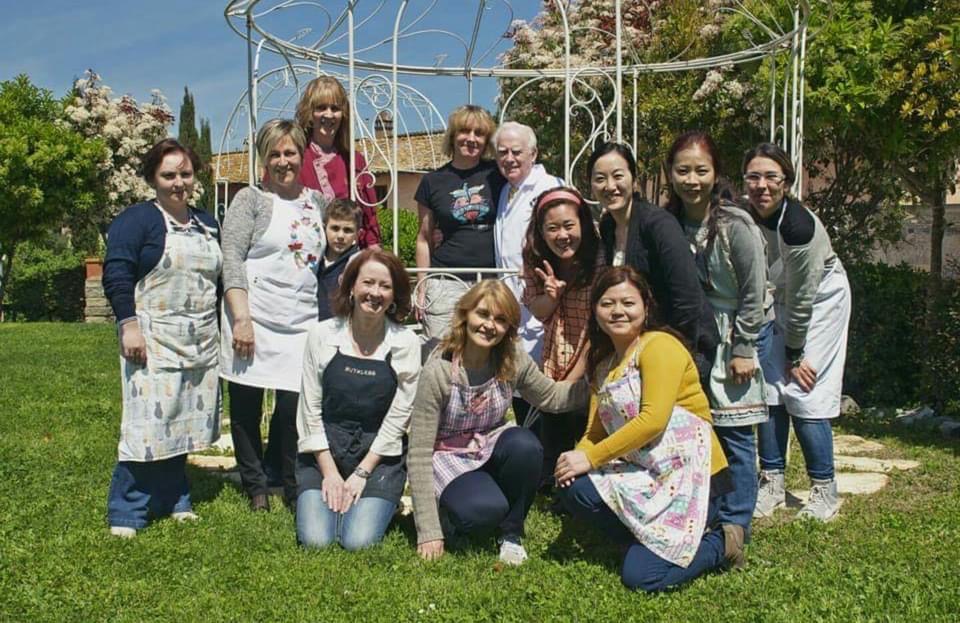



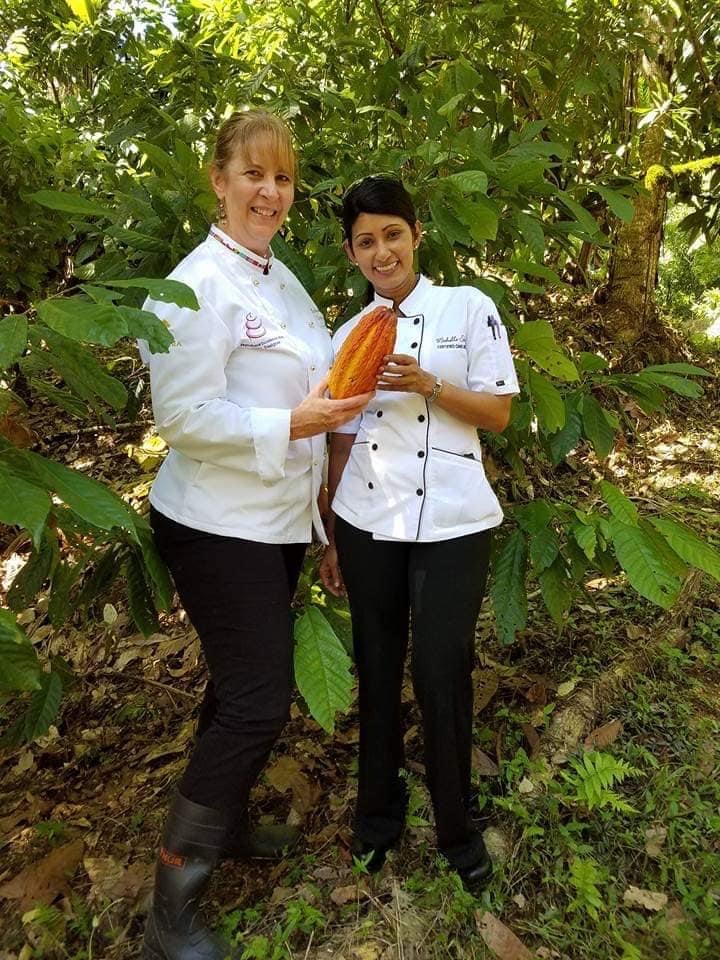
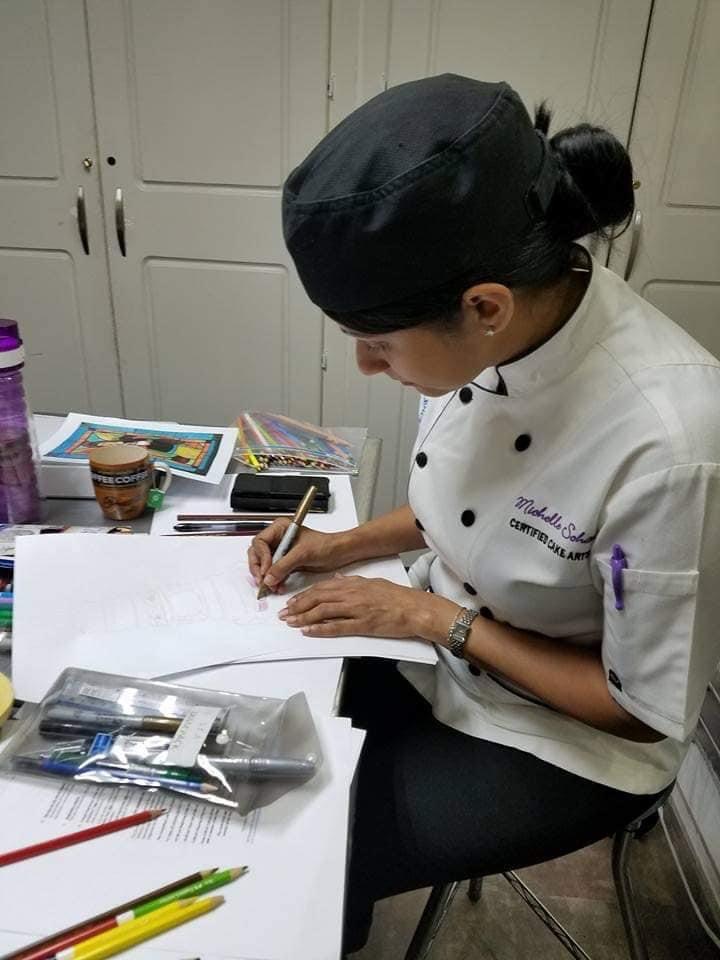
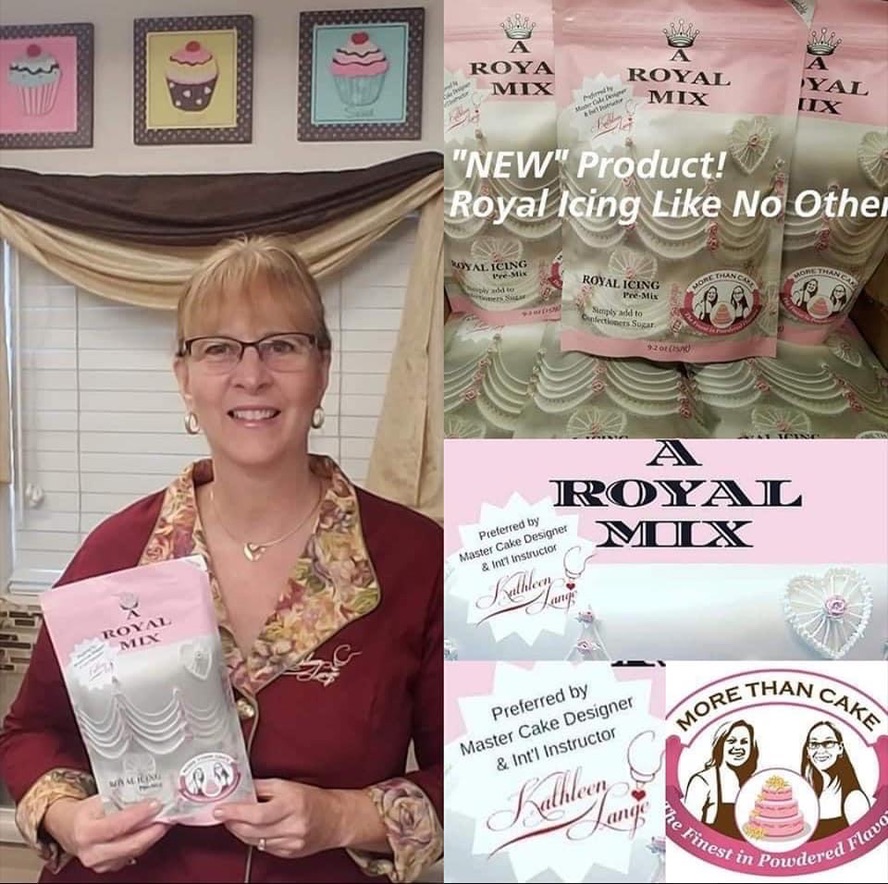
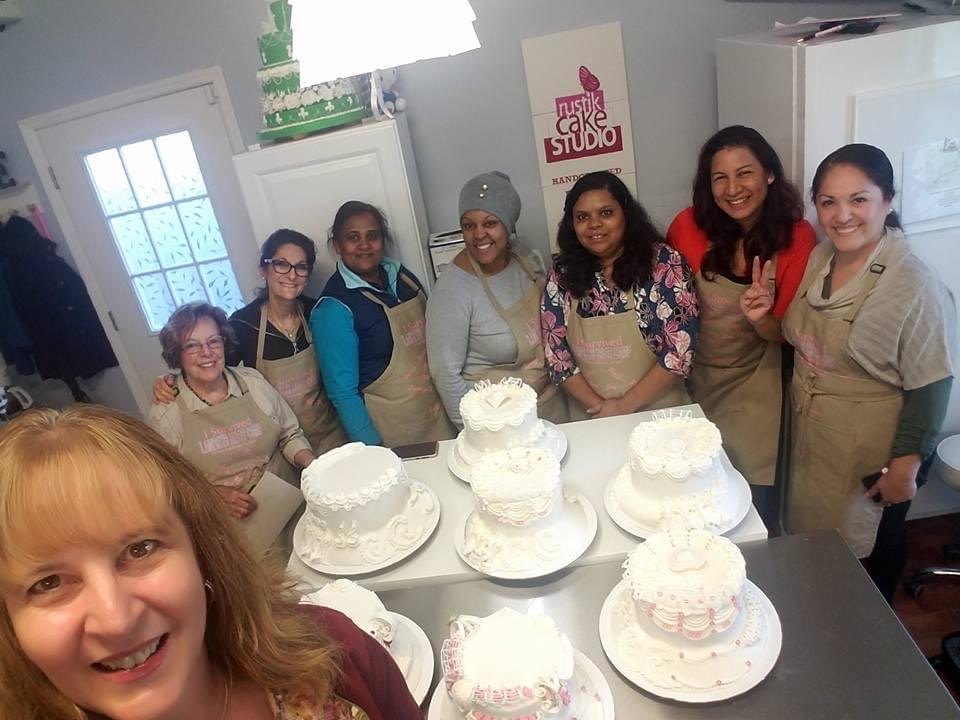




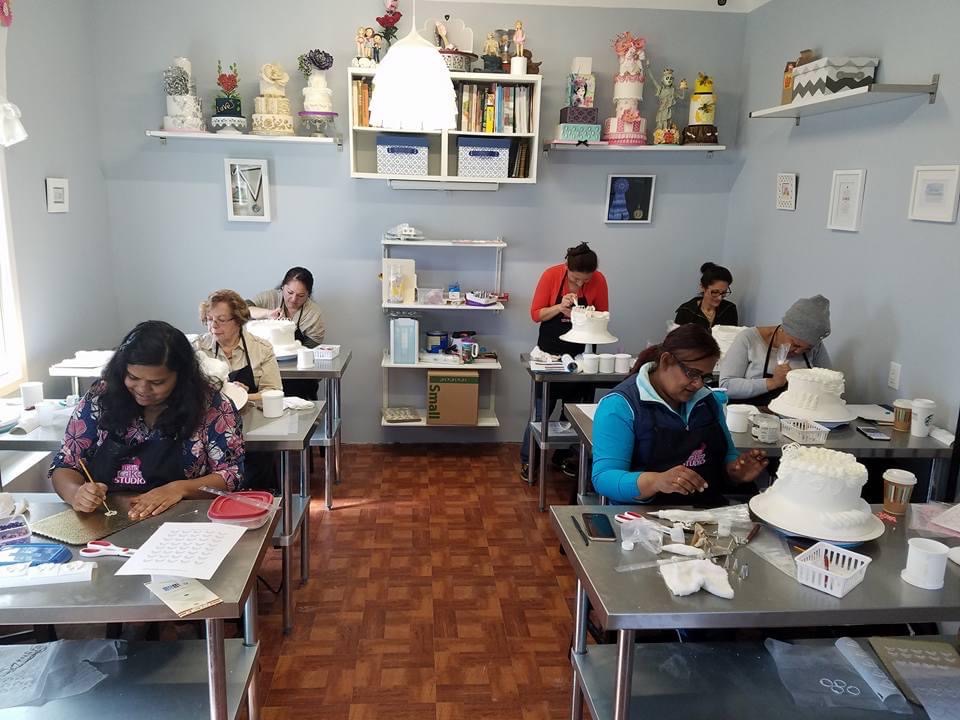

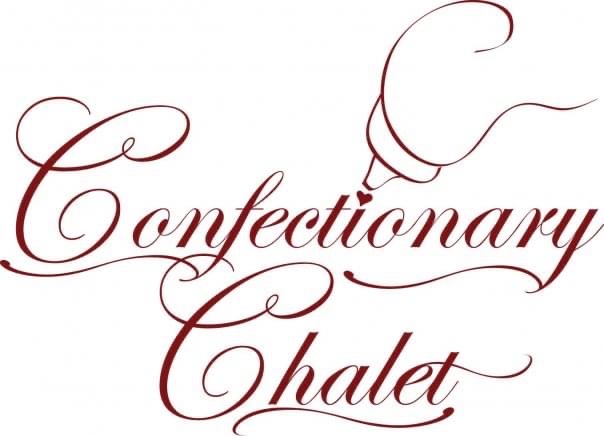

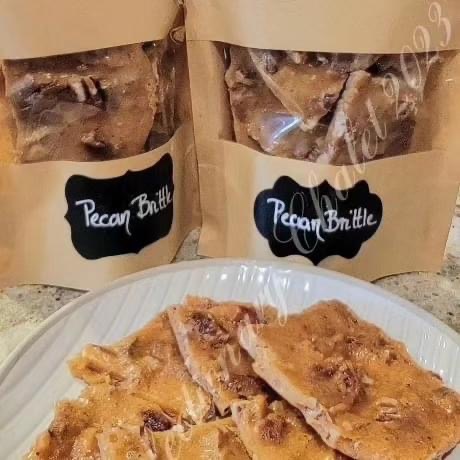
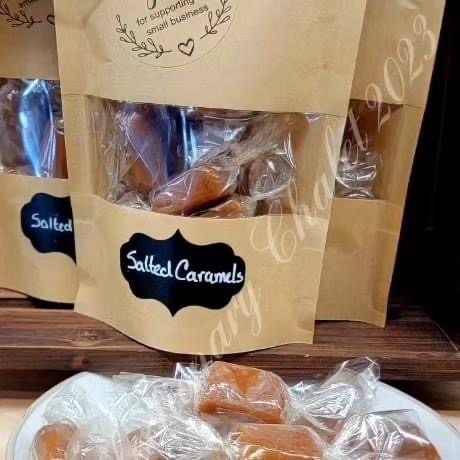
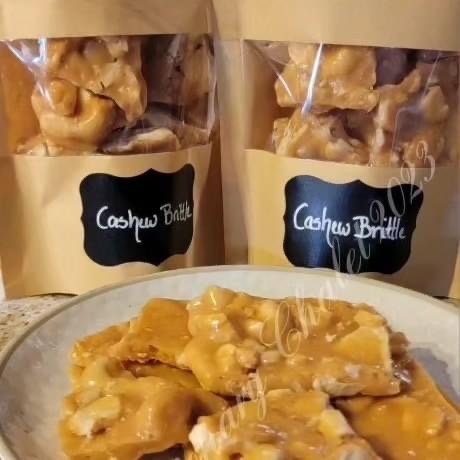





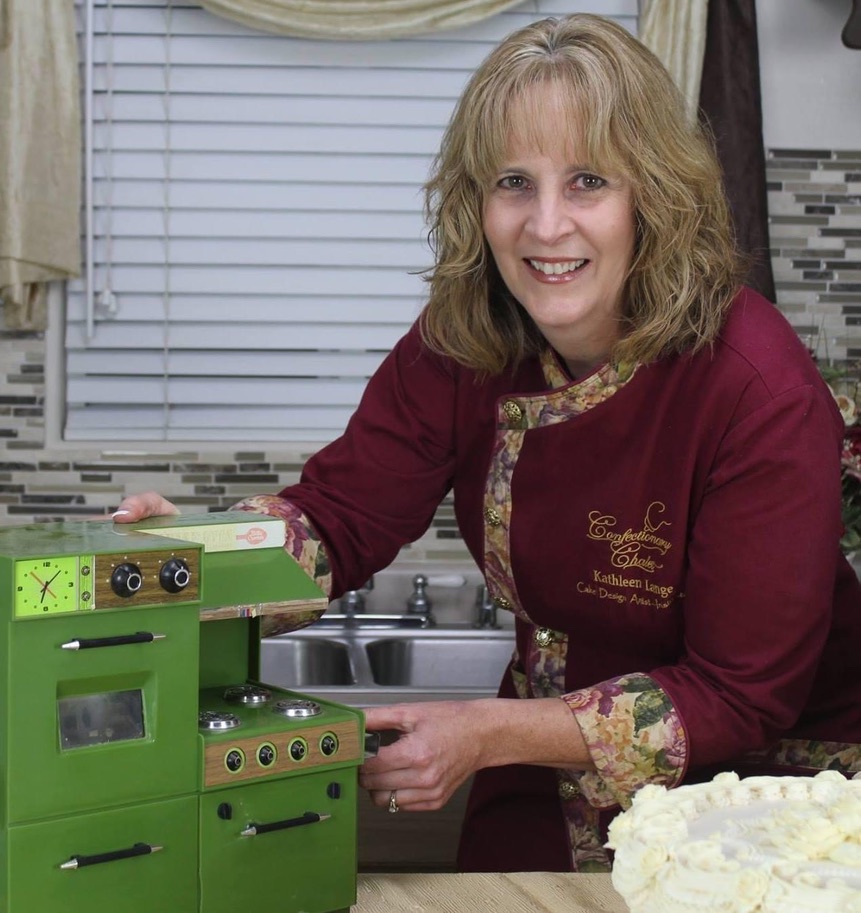

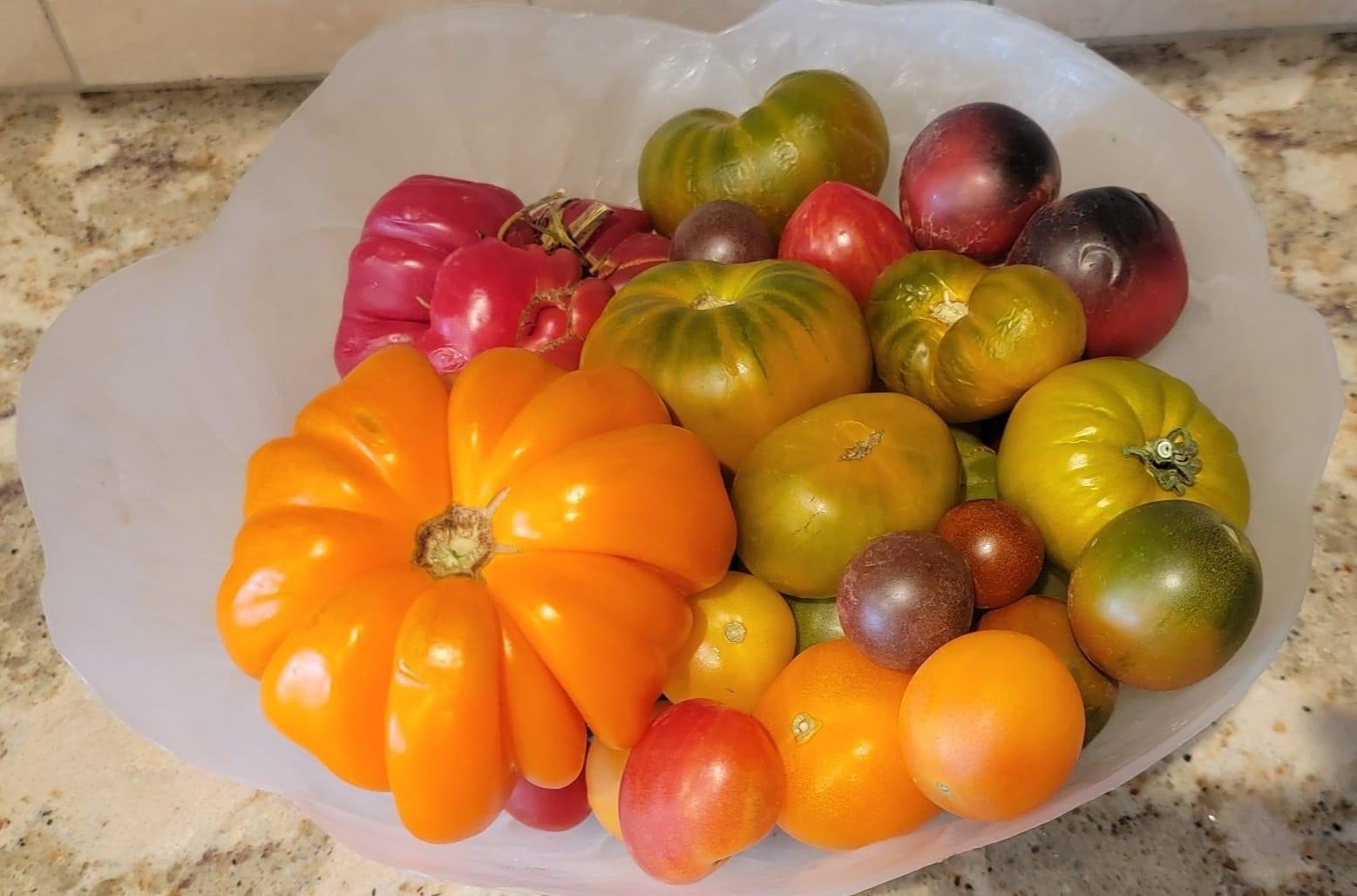
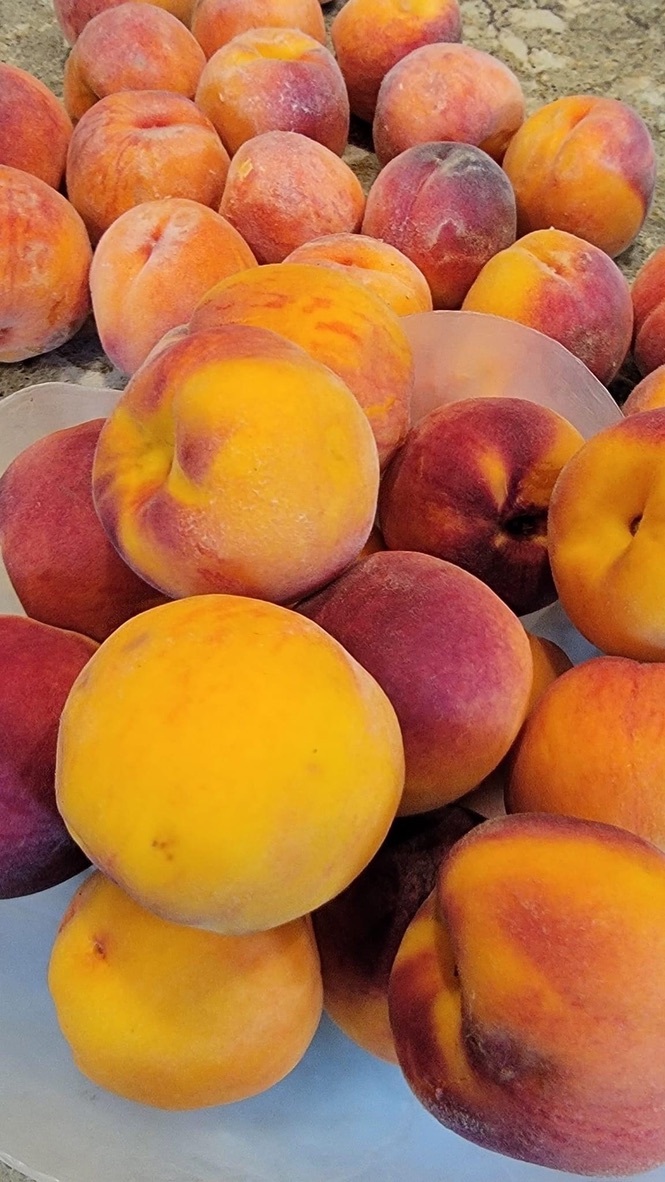


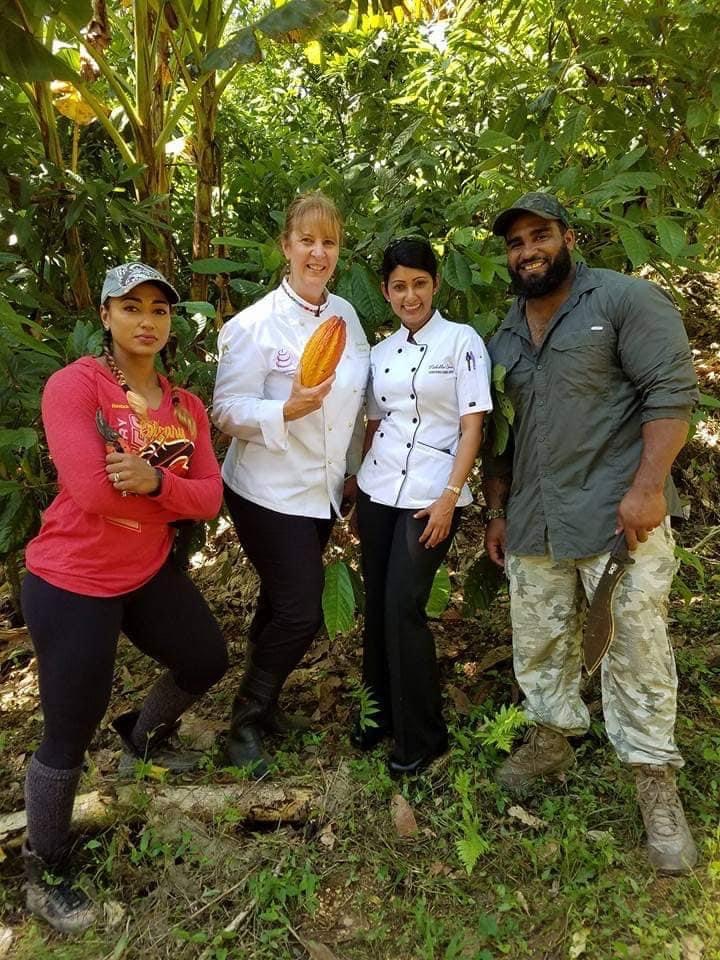

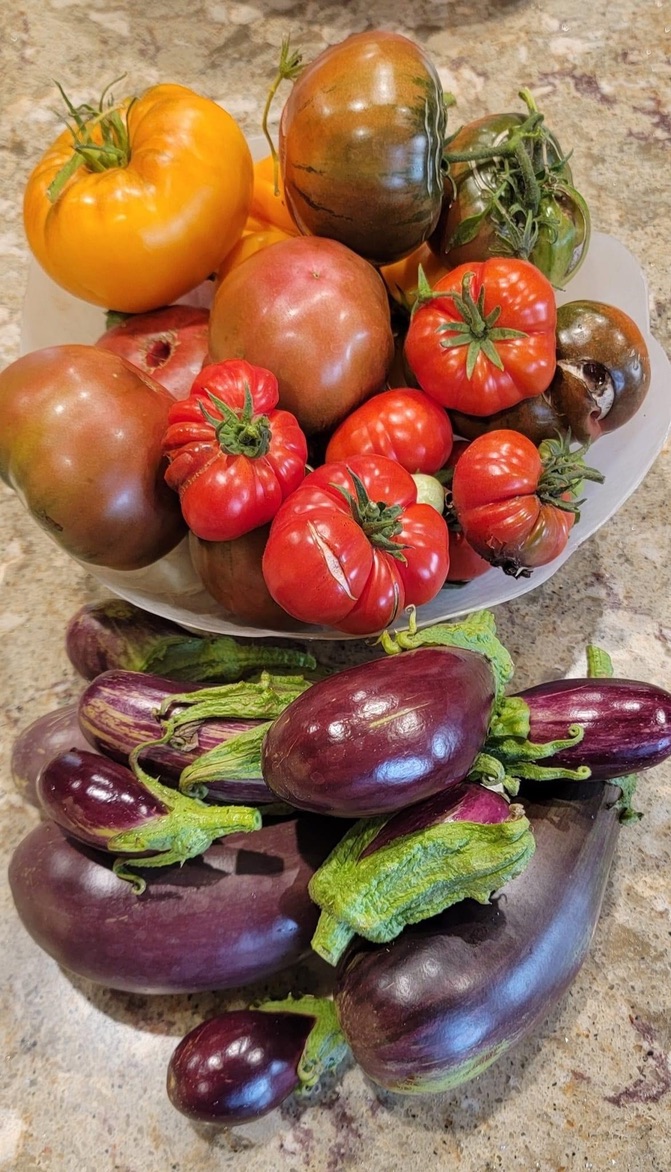
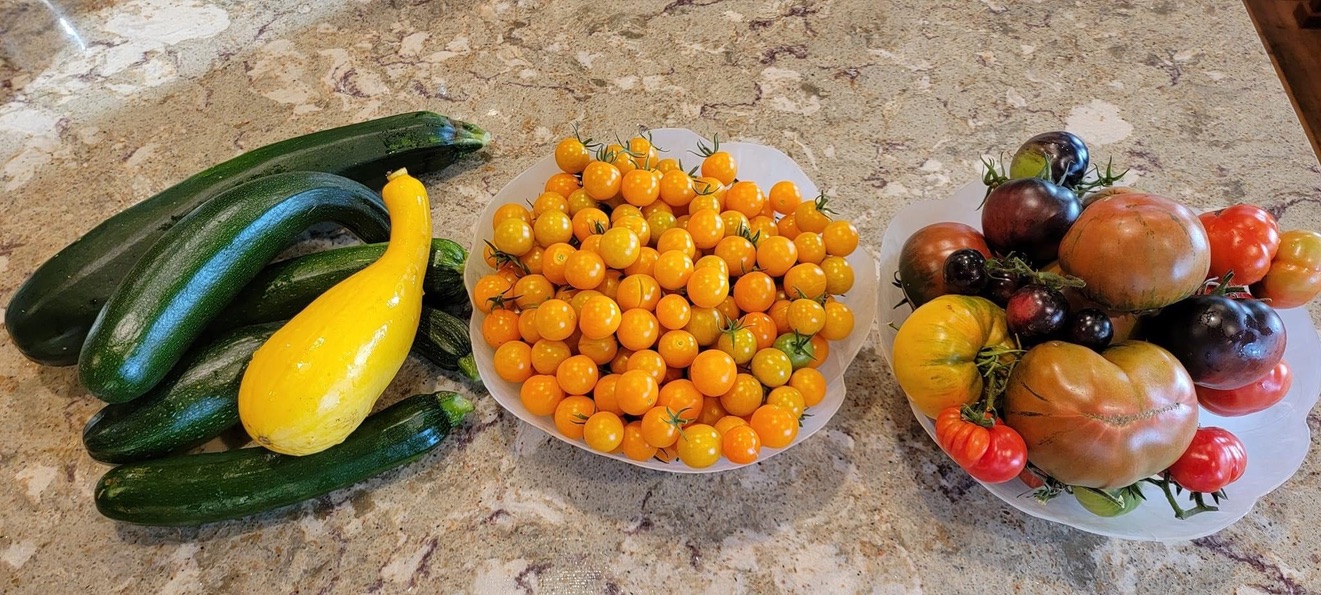



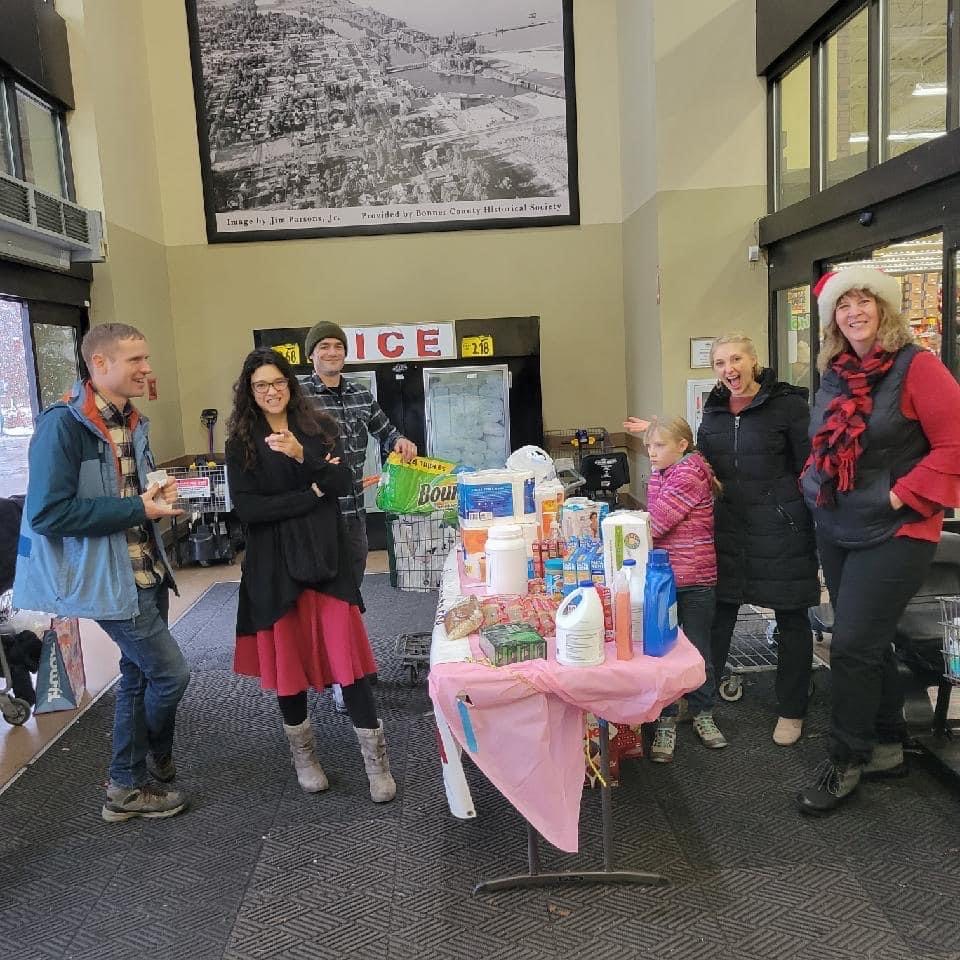



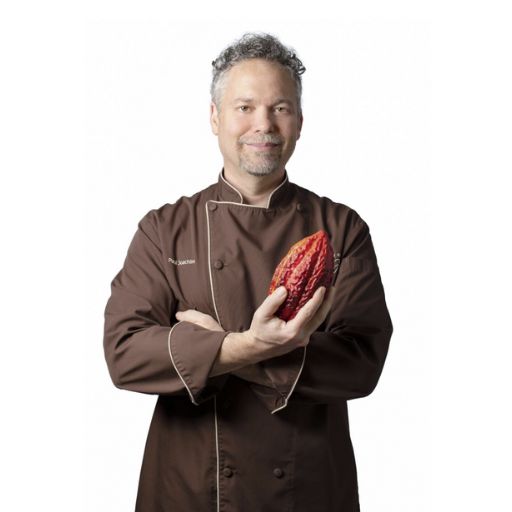
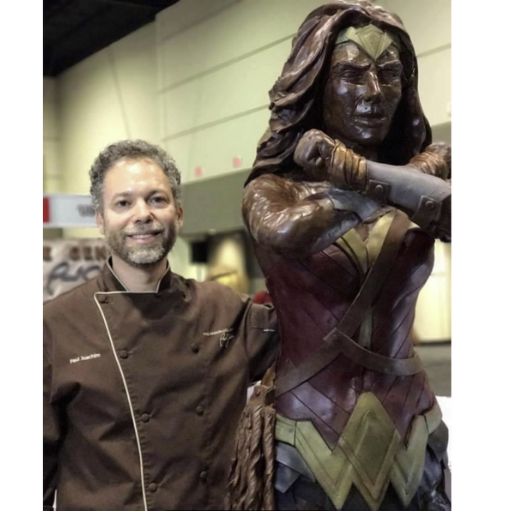
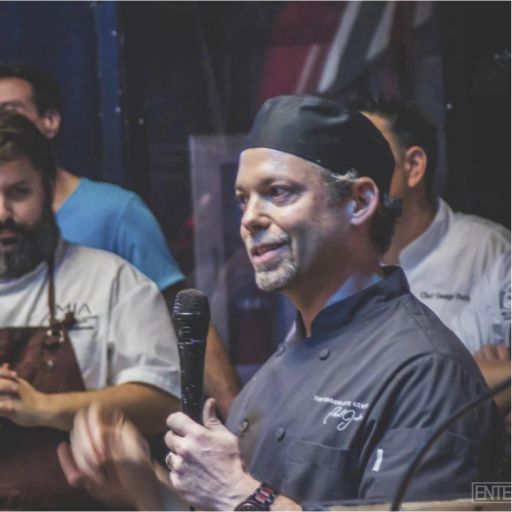









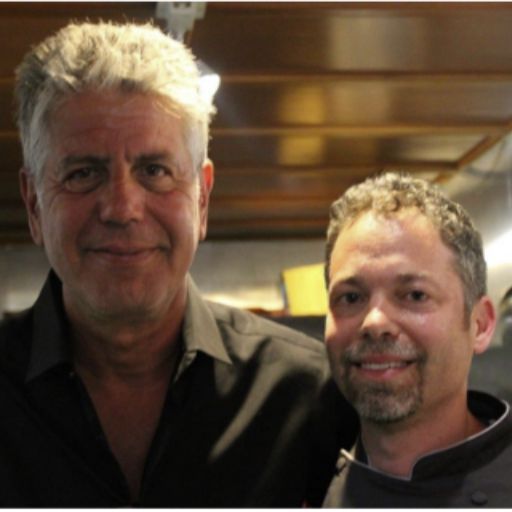










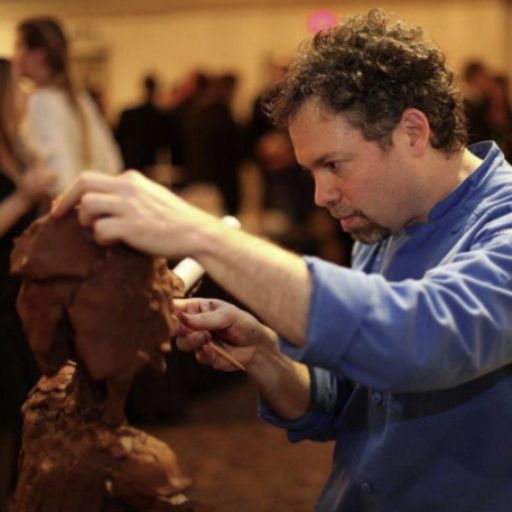

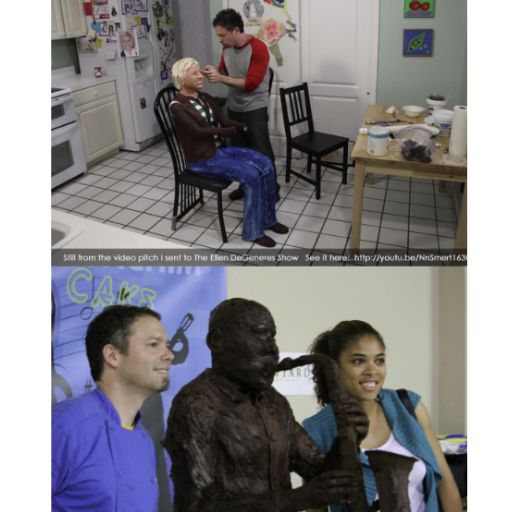

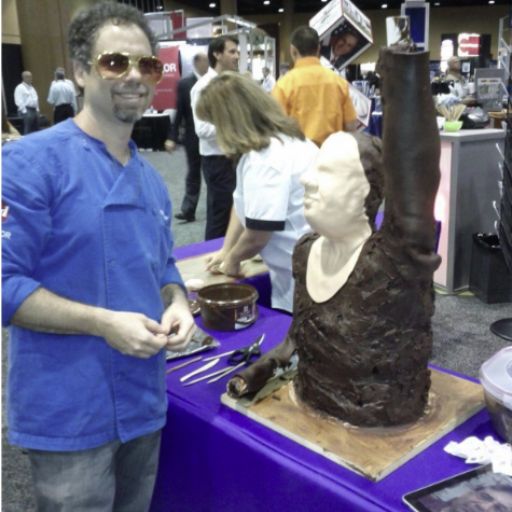






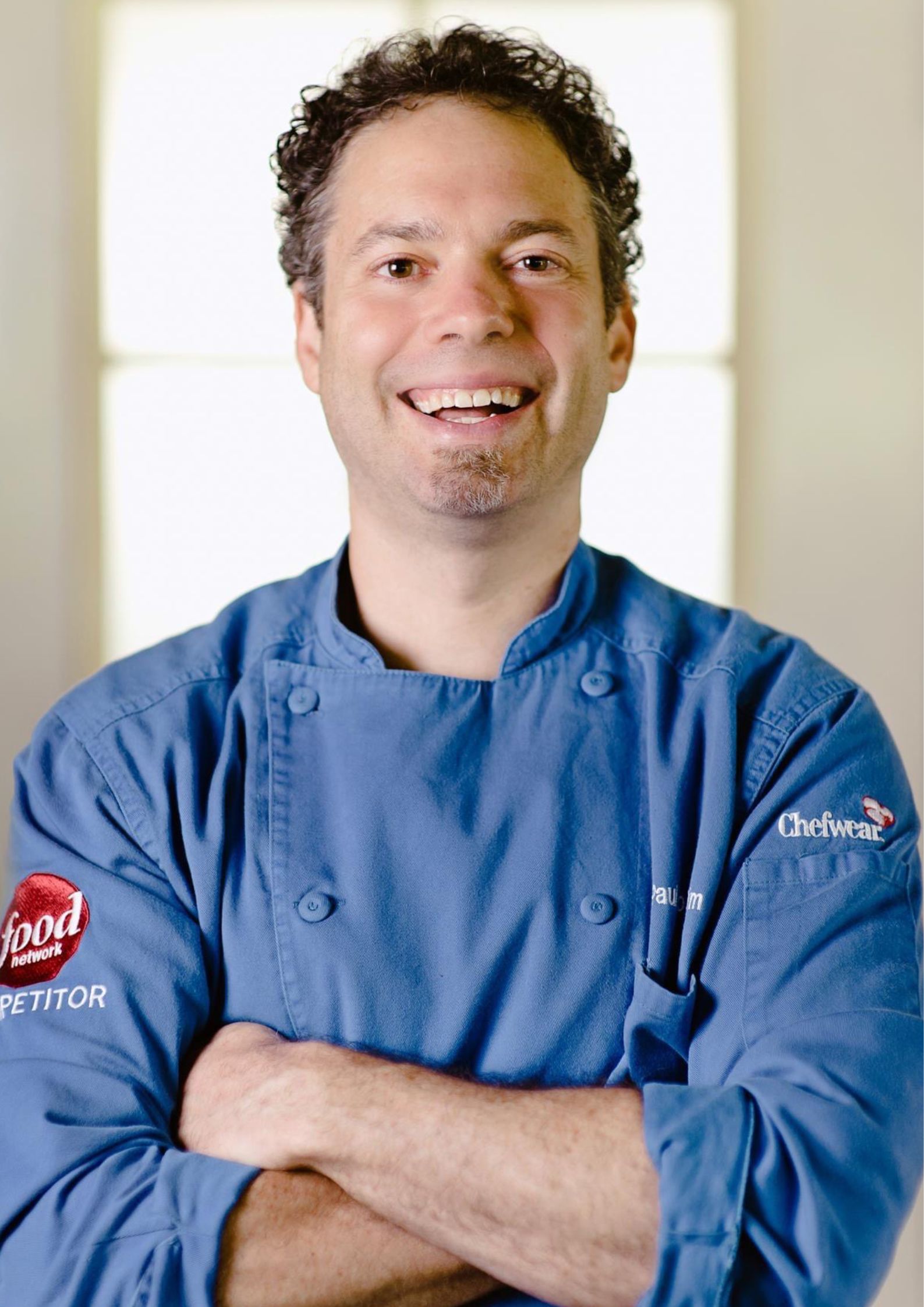


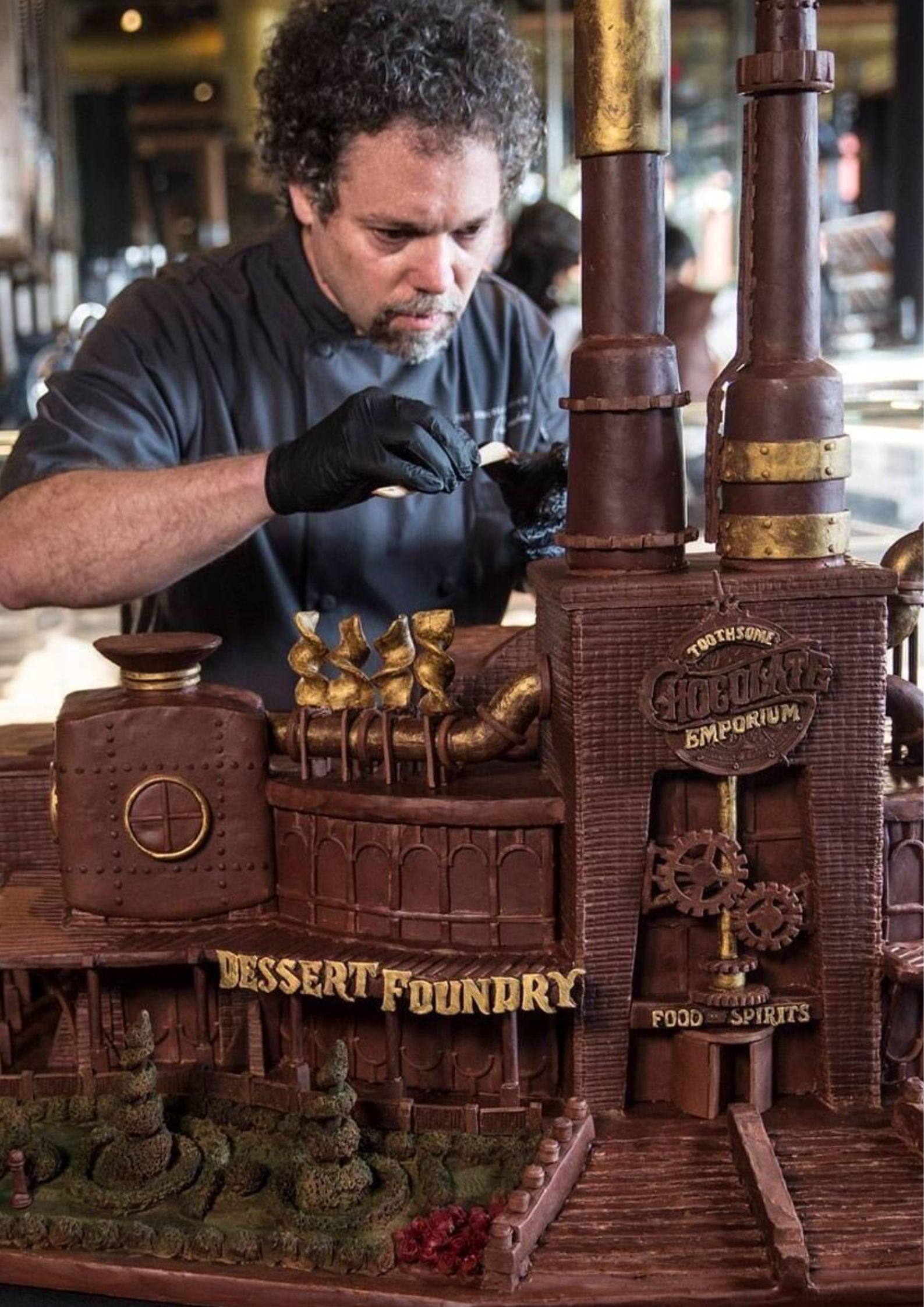





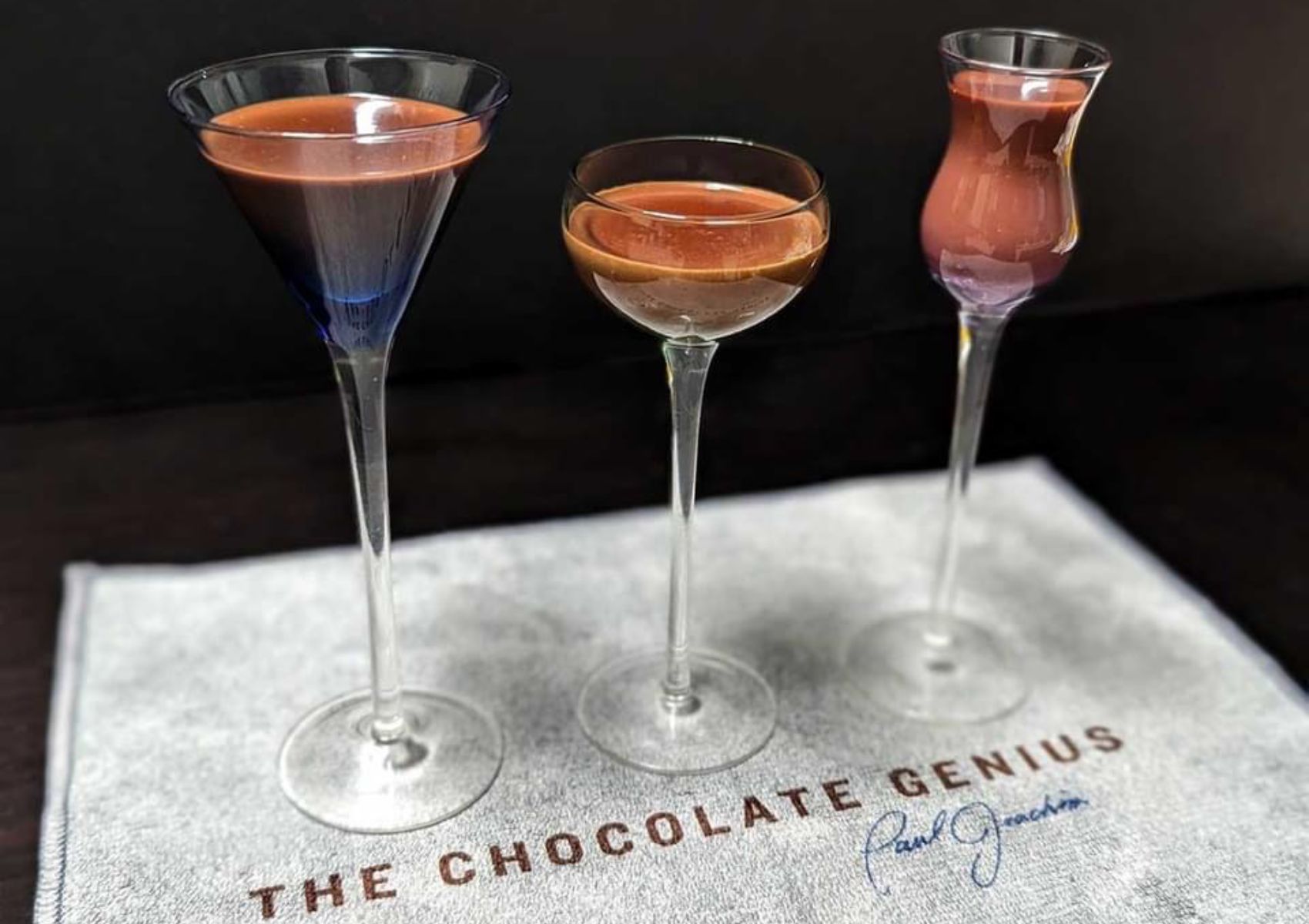












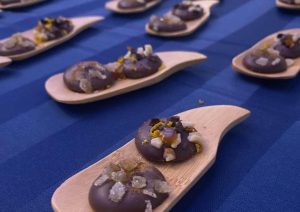
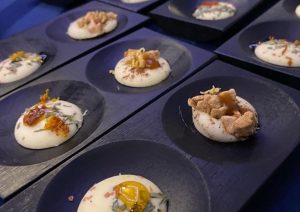
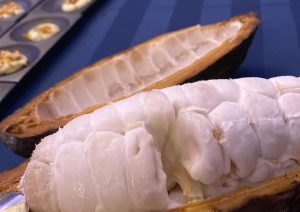






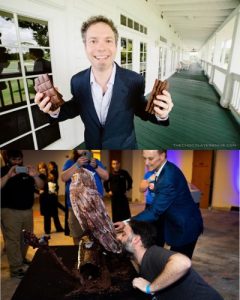







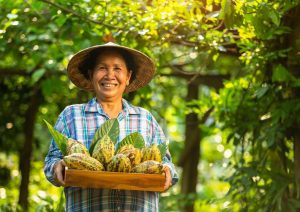
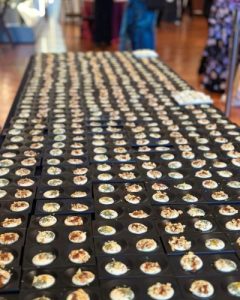


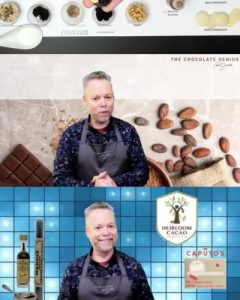



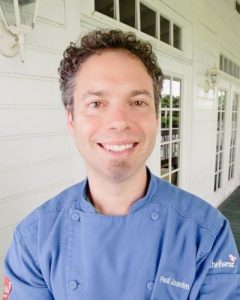




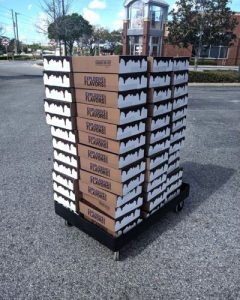














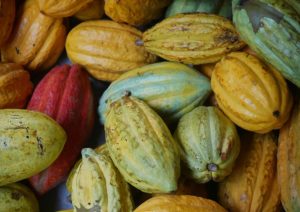
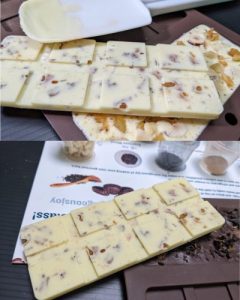

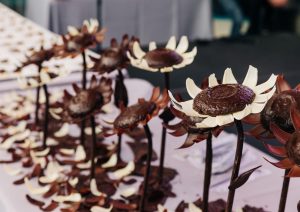










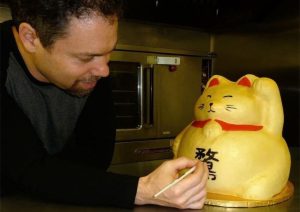










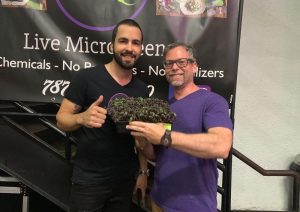




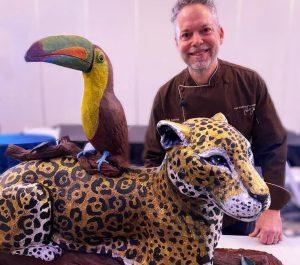



























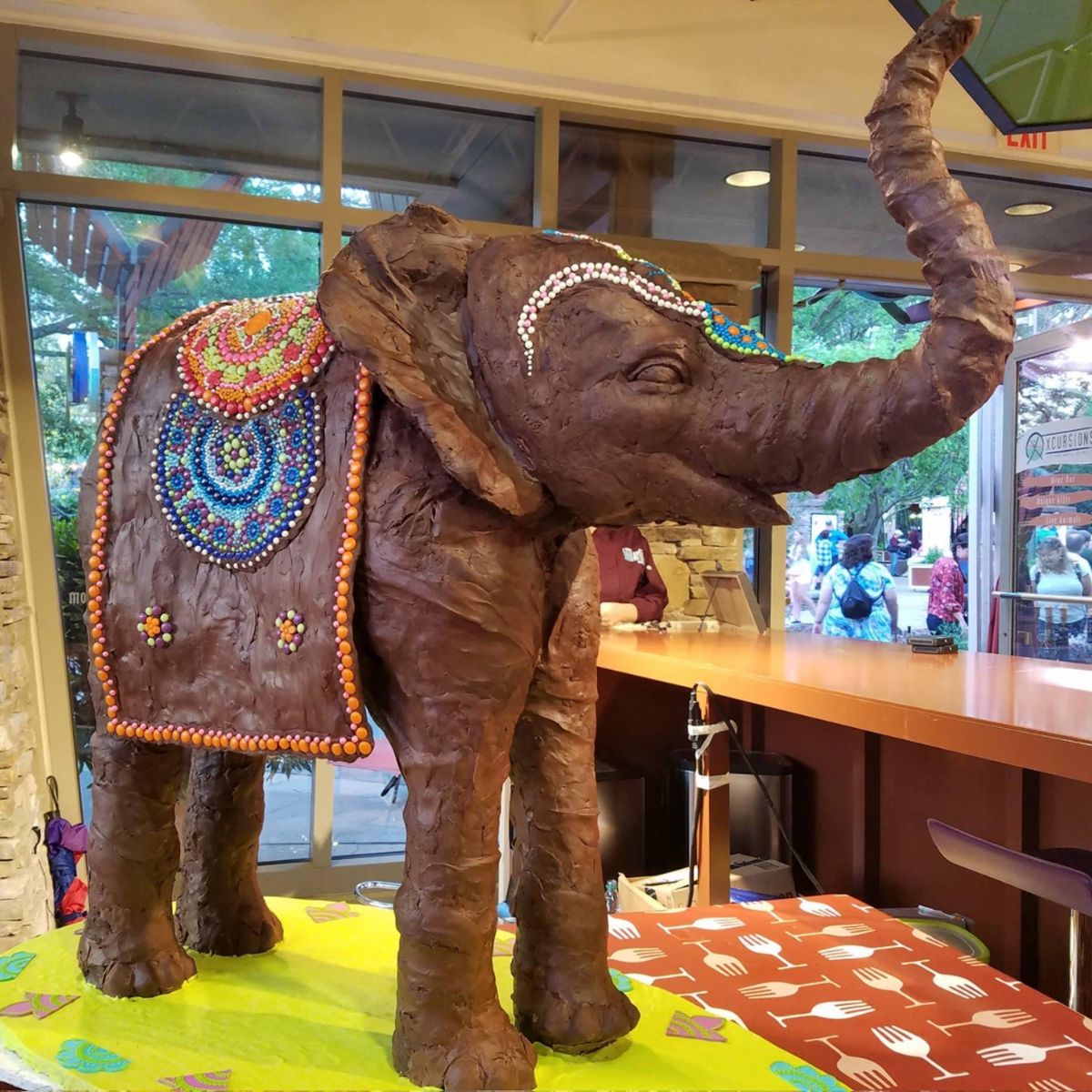



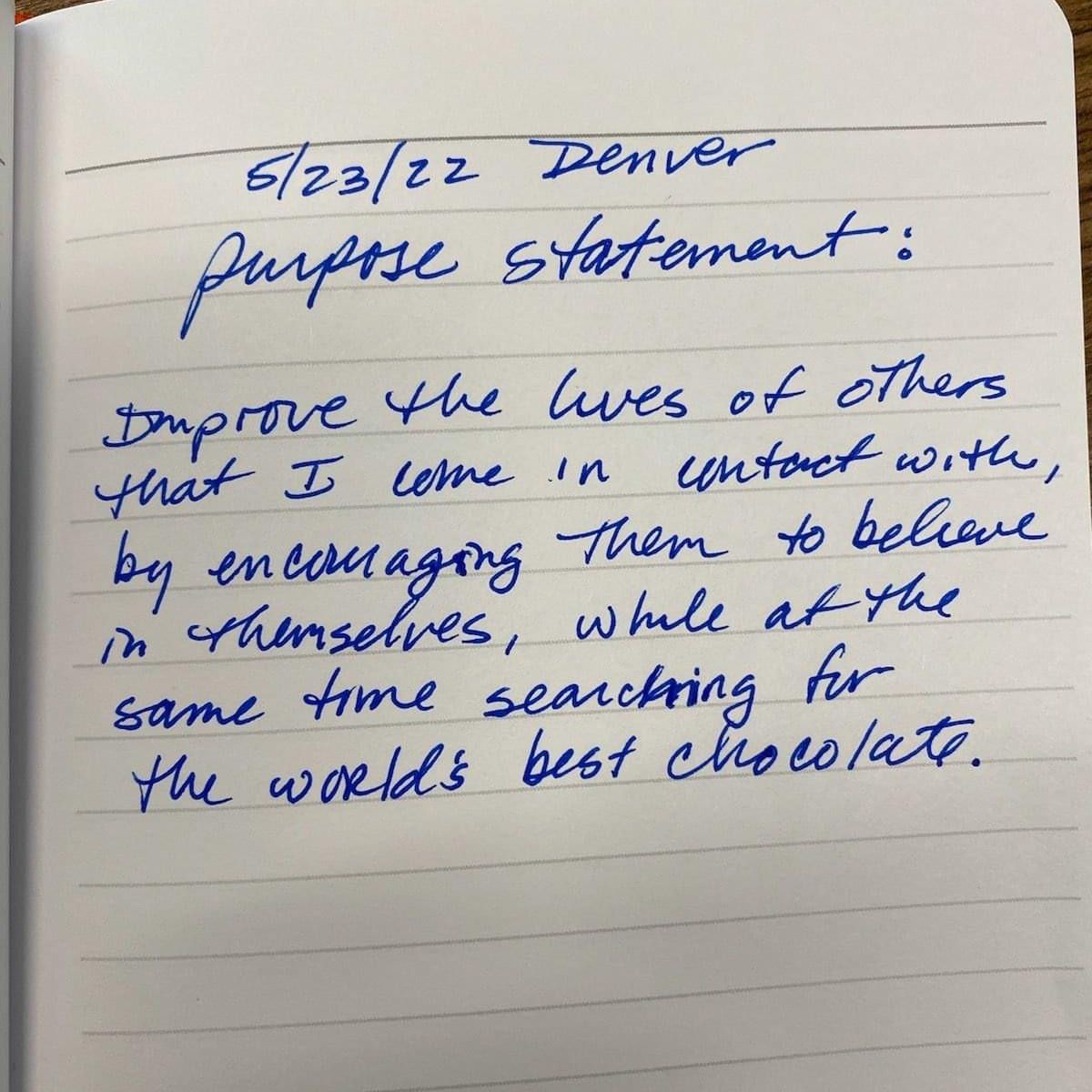
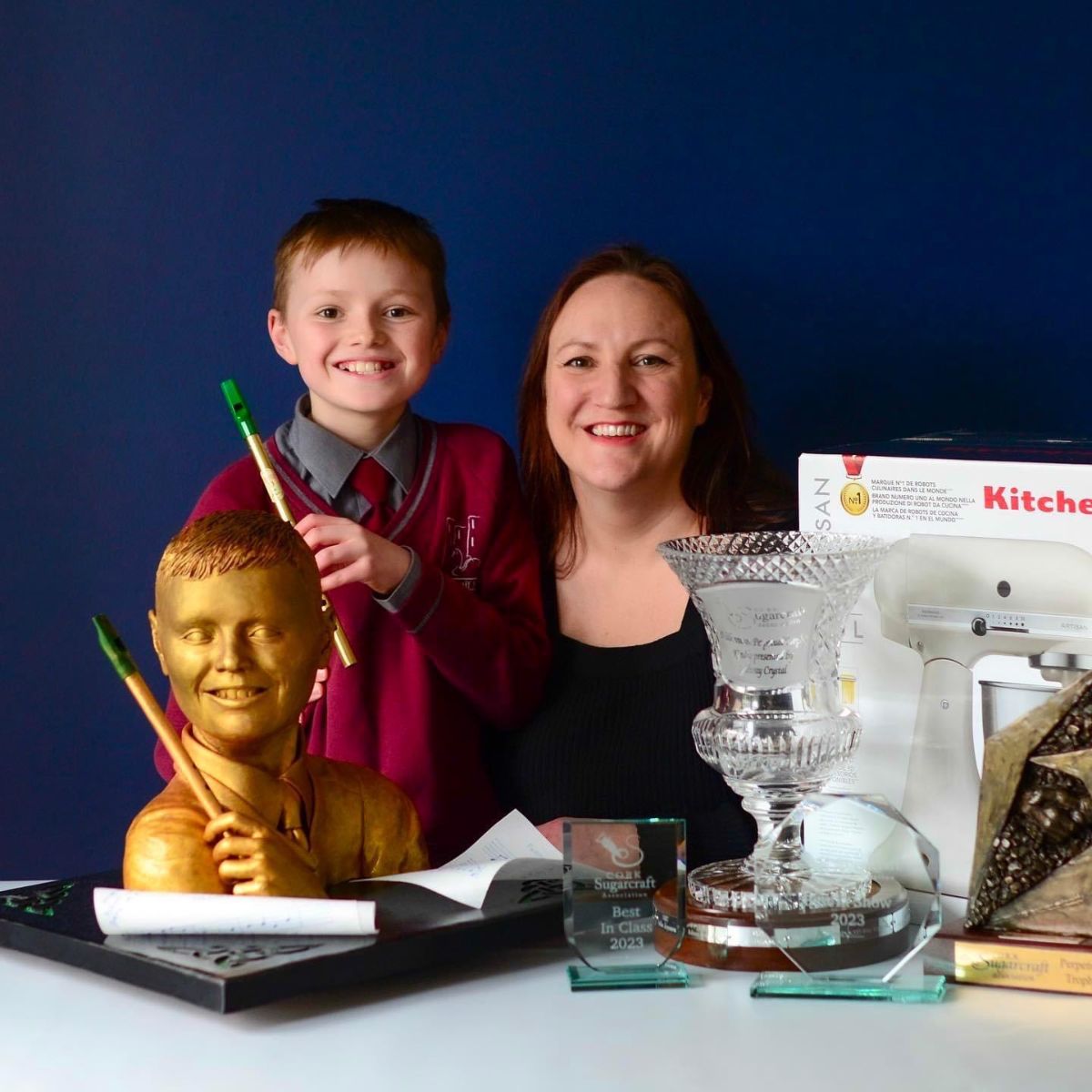
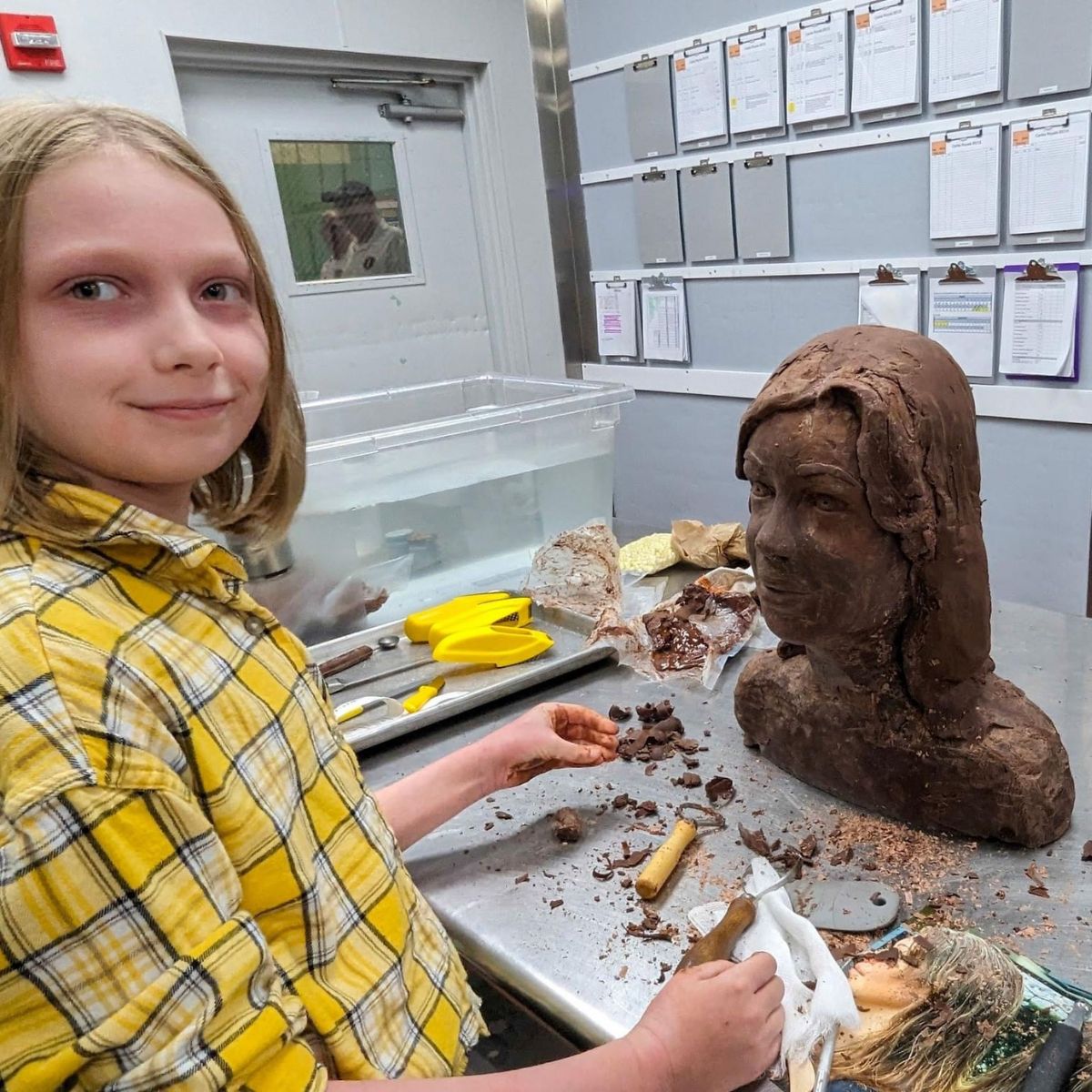
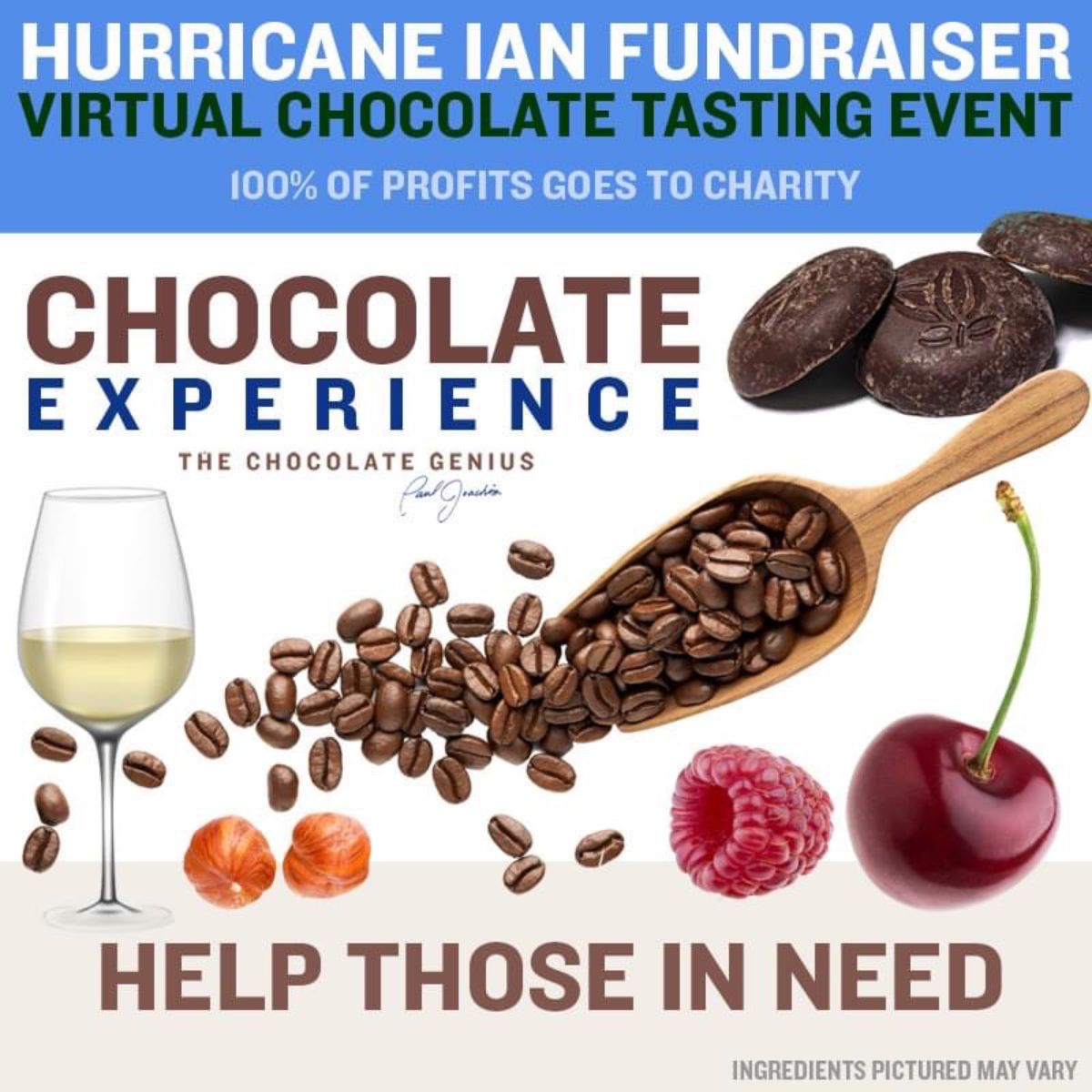
 Mission LiFE, a global initiative for ‘Lifestyle for Environment’ is a groundbreaking step towards sustainable living, according to Ruchira Kamboj, India’s Permanent Representative to the UN. Kamboj was speaking at a reception hosted by India’s Permanent Mission to the UN on December 4, 2023 at the UN headquarters in New York to highlight 2023 as the International Year of the Millet.
Mission LiFE, a global initiative for ‘Lifestyle for Environment’ is a groundbreaking step towards sustainable living, according to Ruchira Kamboj, India’s Permanent Representative to the UN. Kamboj was speaking at a reception hosted by India’s Permanent Mission to the UN on December 4, 2023 at the UN headquarters in New York to highlight 2023 as the International Year of the Millet.
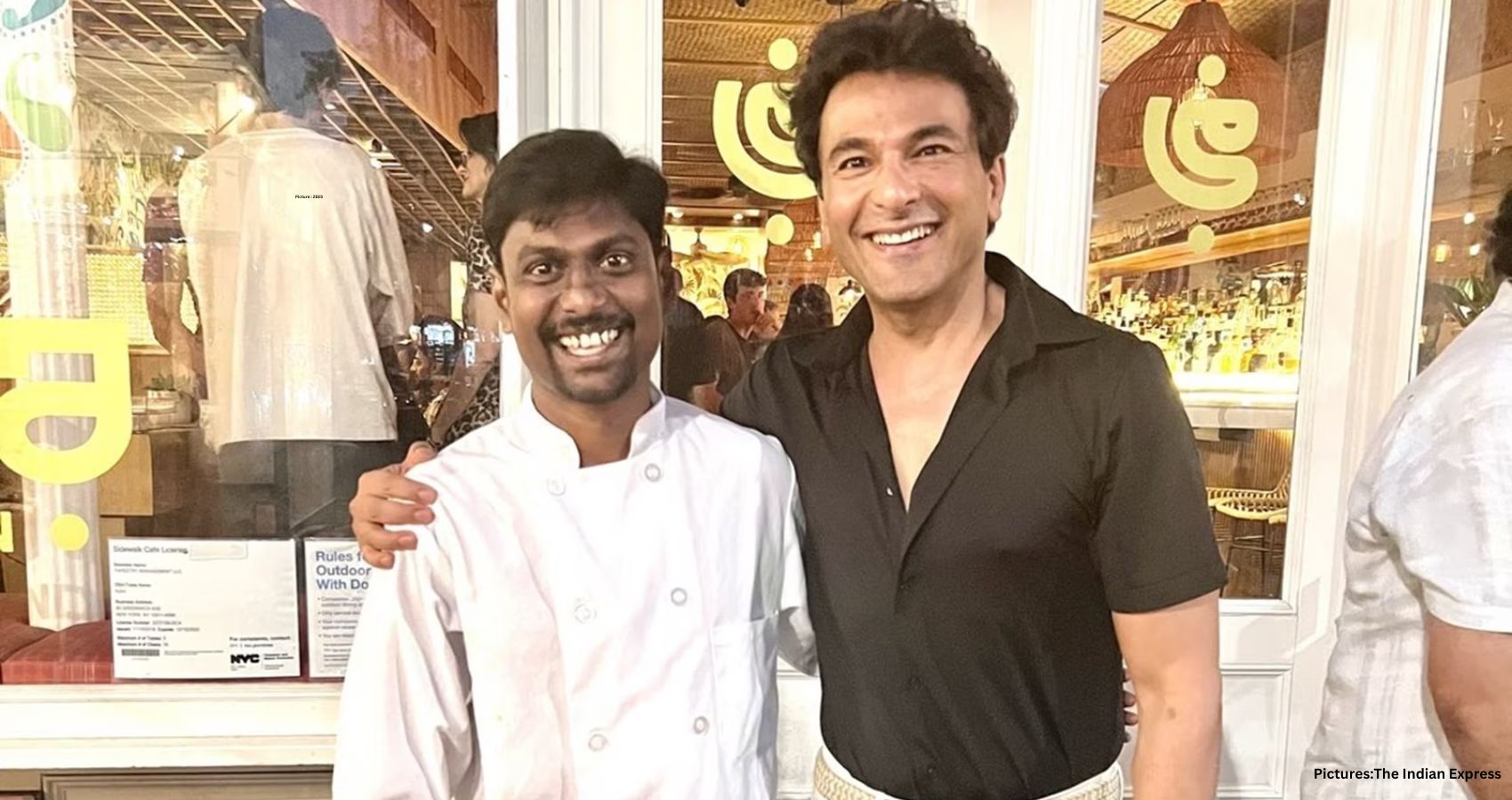 Chef Vijay Kumar, renowned for his innovative spin on regional South Indian cuisine, moved from Rasa in San Francisco to run “Semma” in New York. Noting that the restaurant’s “authentic Indian cooking does not pander to American expectations,” the guide advises guests who are not familiar with the flavors and specific dishes to “lean on the staff who know their stuff and are eager to share.”
Chef Vijay Kumar, renowned for his innovative spin on regional South Indian cuisine, moved from Rasa in San Francisco to run “Semma” in New York. Noting that the restaurant’s “authentic Indian cooking does not pander to American expectations,” the guide advises guests who are not familiar with the flavors and specific dishes to “lean on the staff who know their stuff and are eager to share.”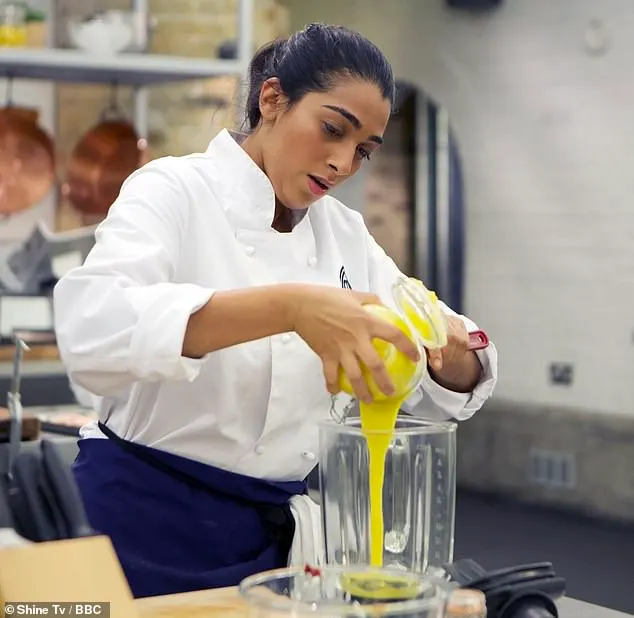
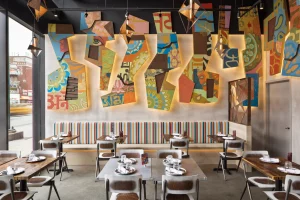


 This herb also contains cooling components thus making it really helpful for summers. It detoxifies the body and maintains one’s body temperature pace. Adding to the benefits Basil contains antioxidant-rich volatile essential oils, which are considered hydrophobic, meaning they don’t dissolve in water and are light and small enough to travel through the air and the pores within our skin. Basil’s volatile essential oil is something that gives the herb its distinct smell and taste, but basil contains some great healing properties.
This herb also contains cooling components thus making it really helpful for summers. It detoxifies the body and maintains one’s body temperature pace. Adding to the benefits Basil contains antioxidant-rich volatile essential oils, which are considered hydrophobic, meaning they don’t dissolve in water and are light and small enough to travel through the air and the pores within our skin. Basil’s volatile essential oil is something that gives the herb its distinct smell and taste, but basil contains some great healing properties.